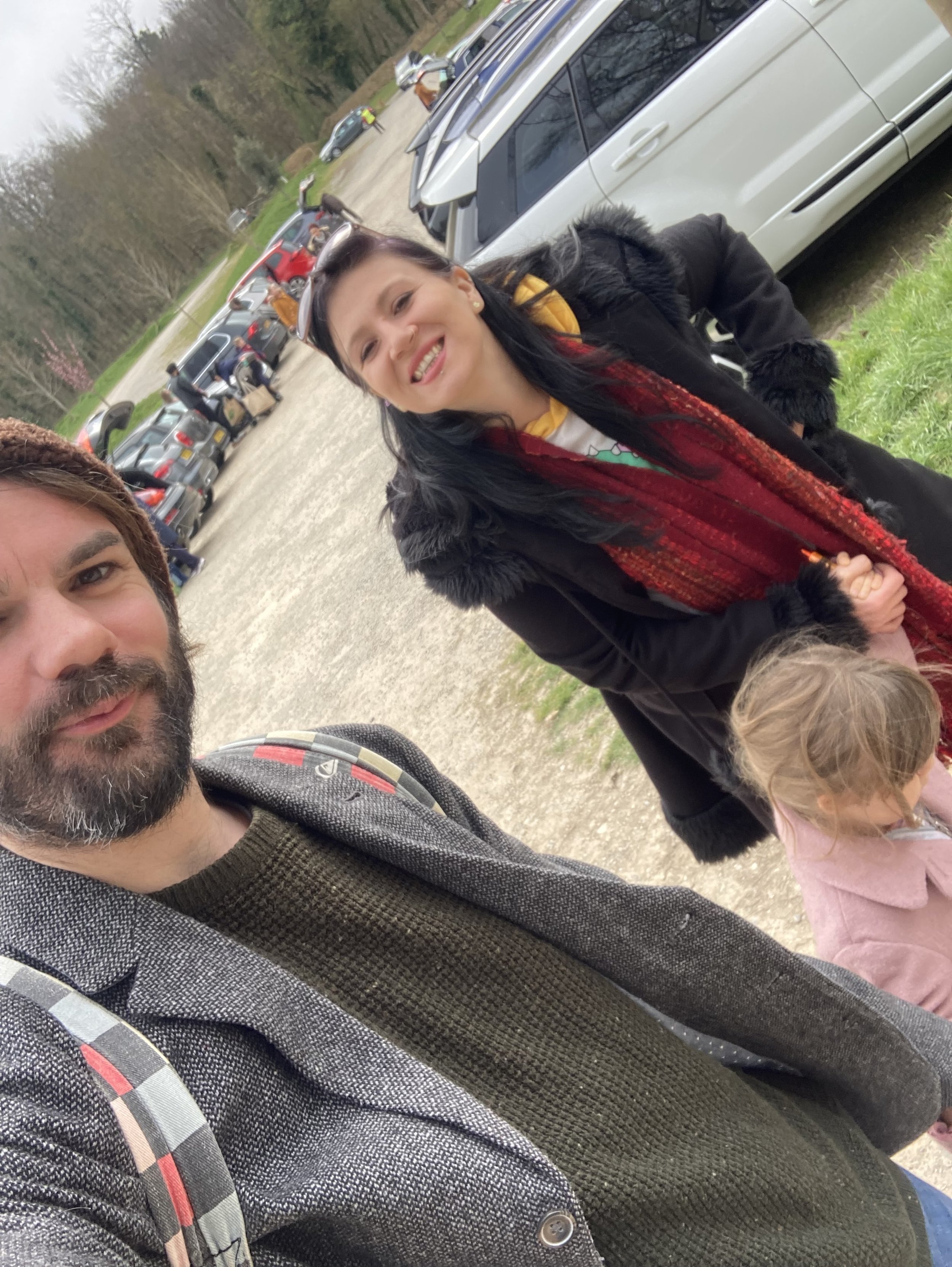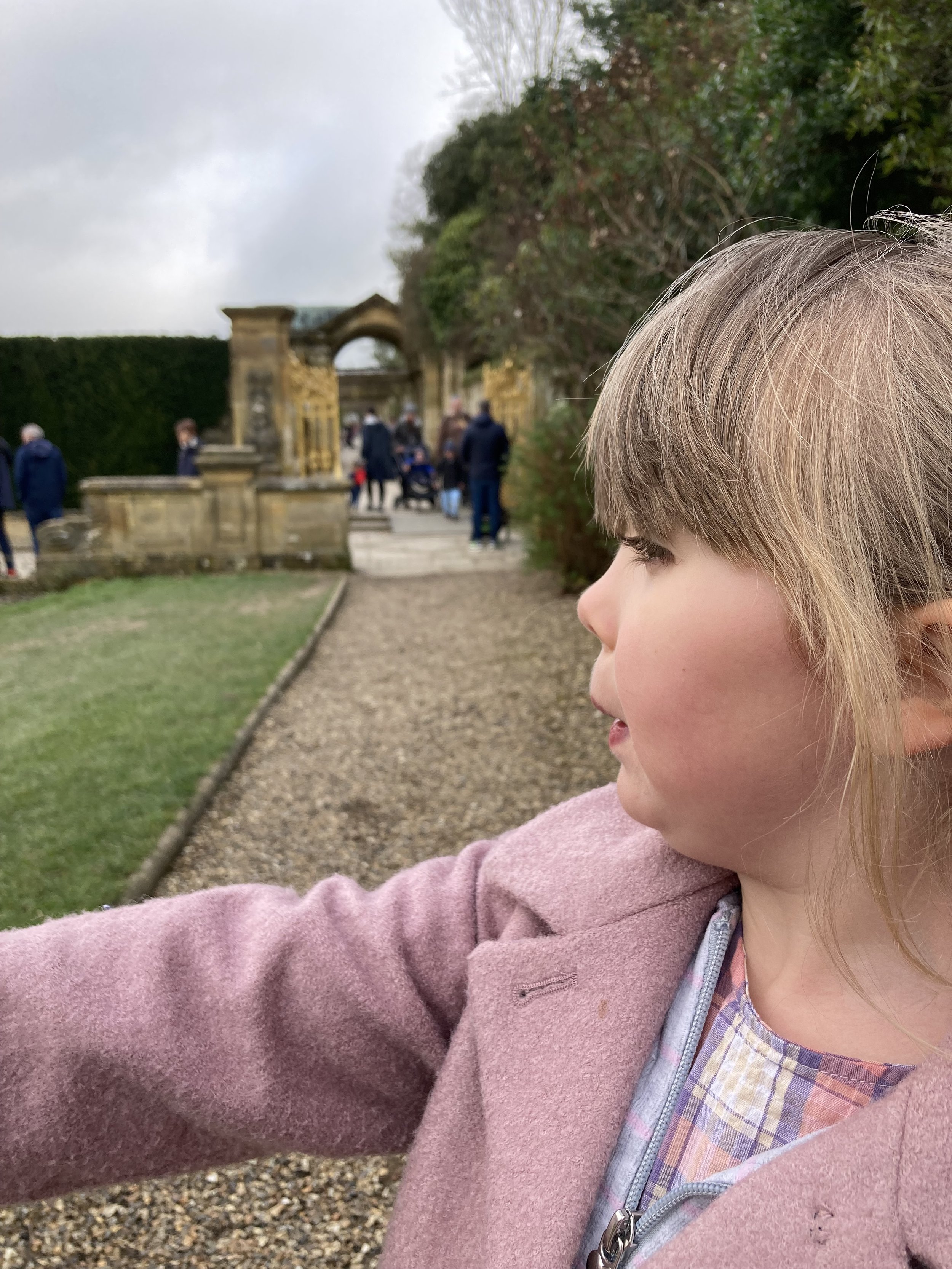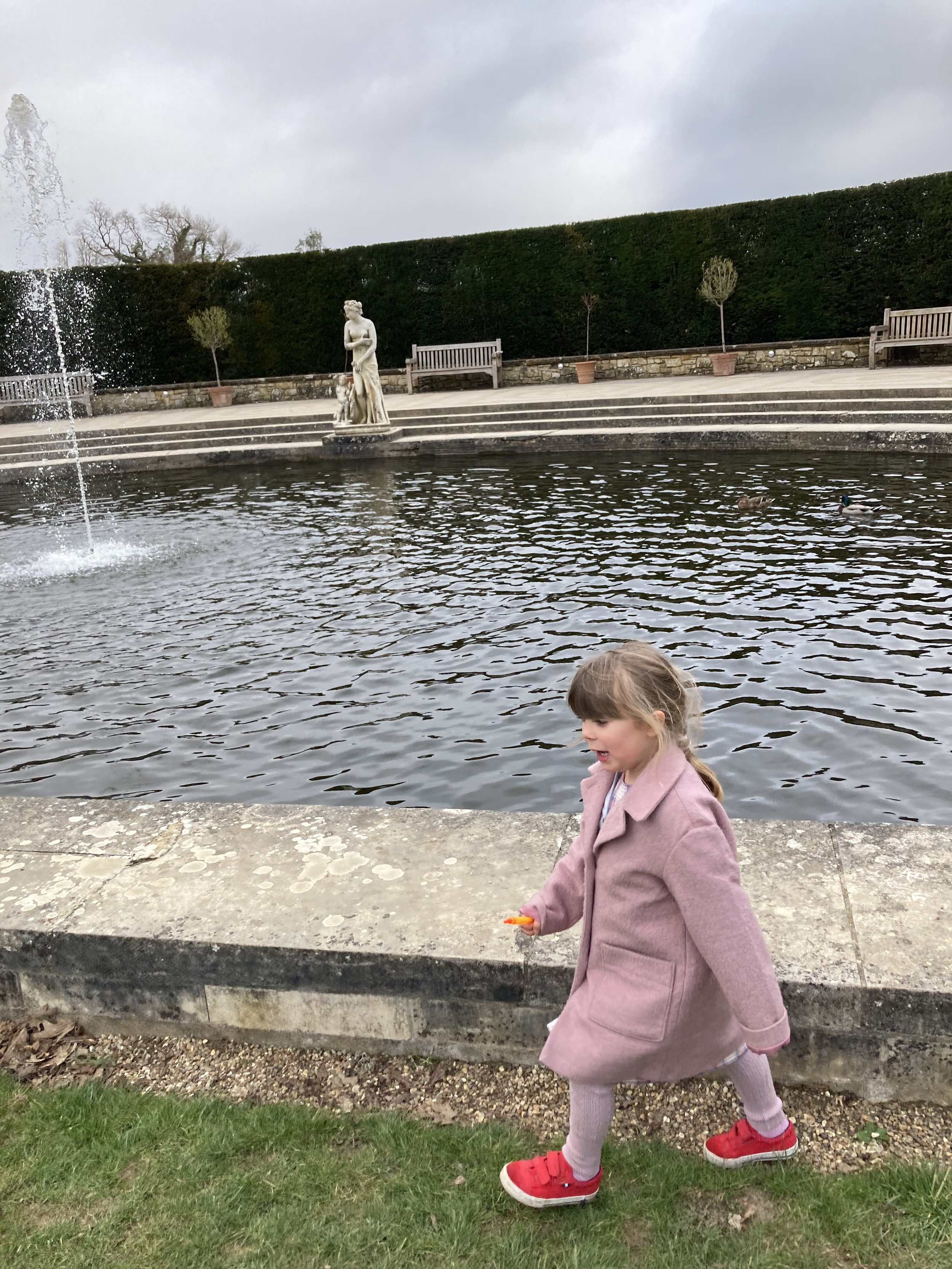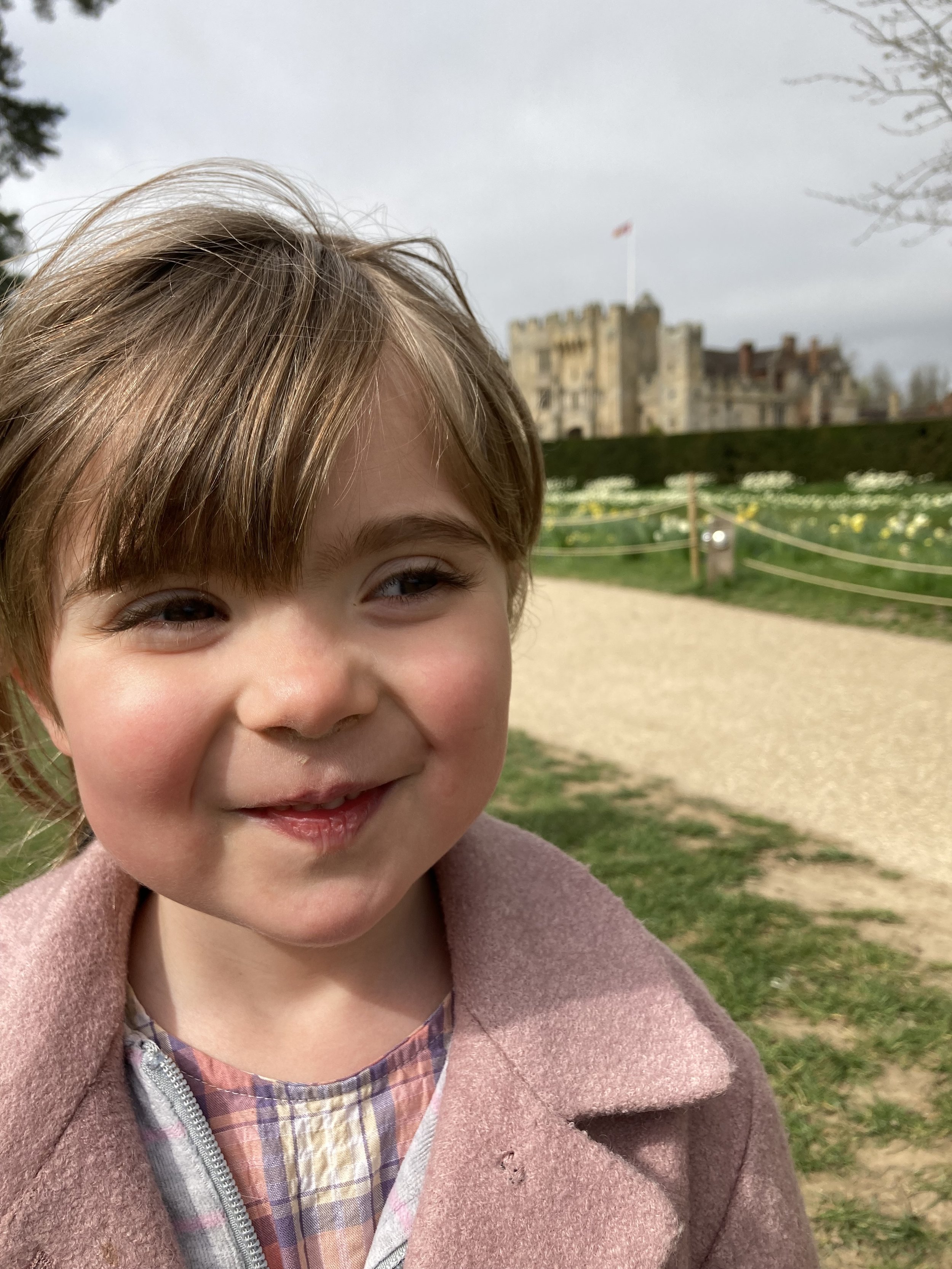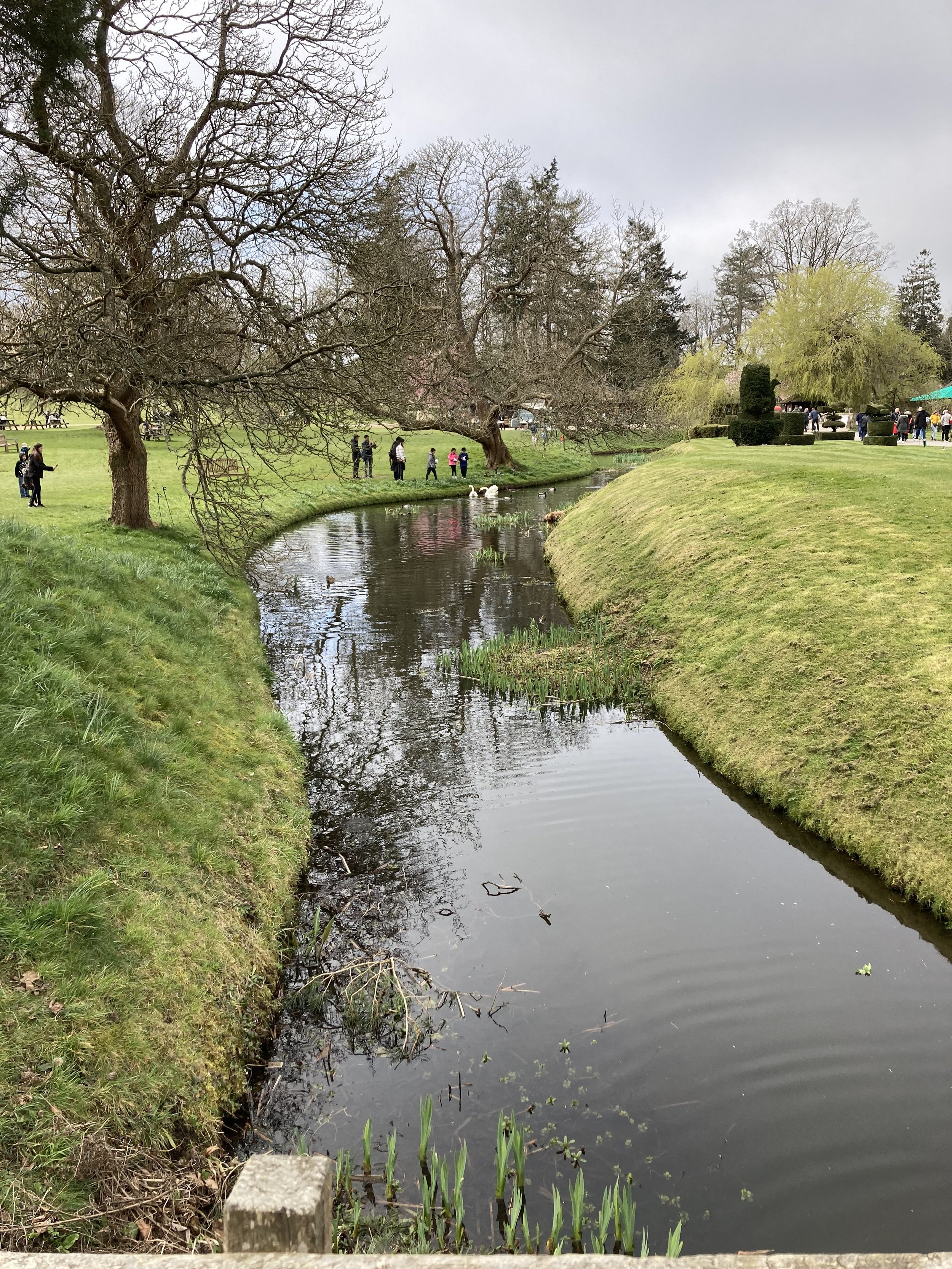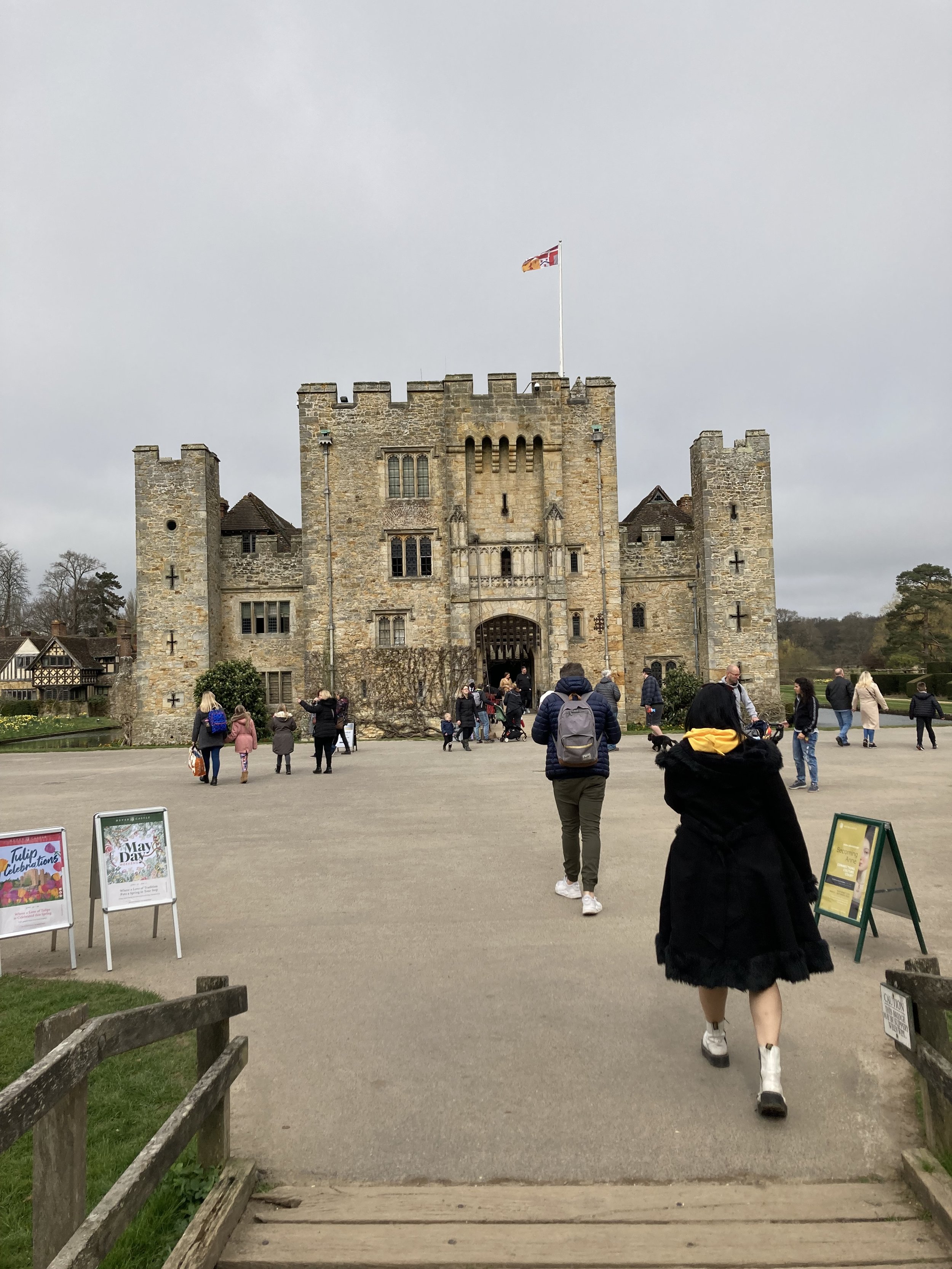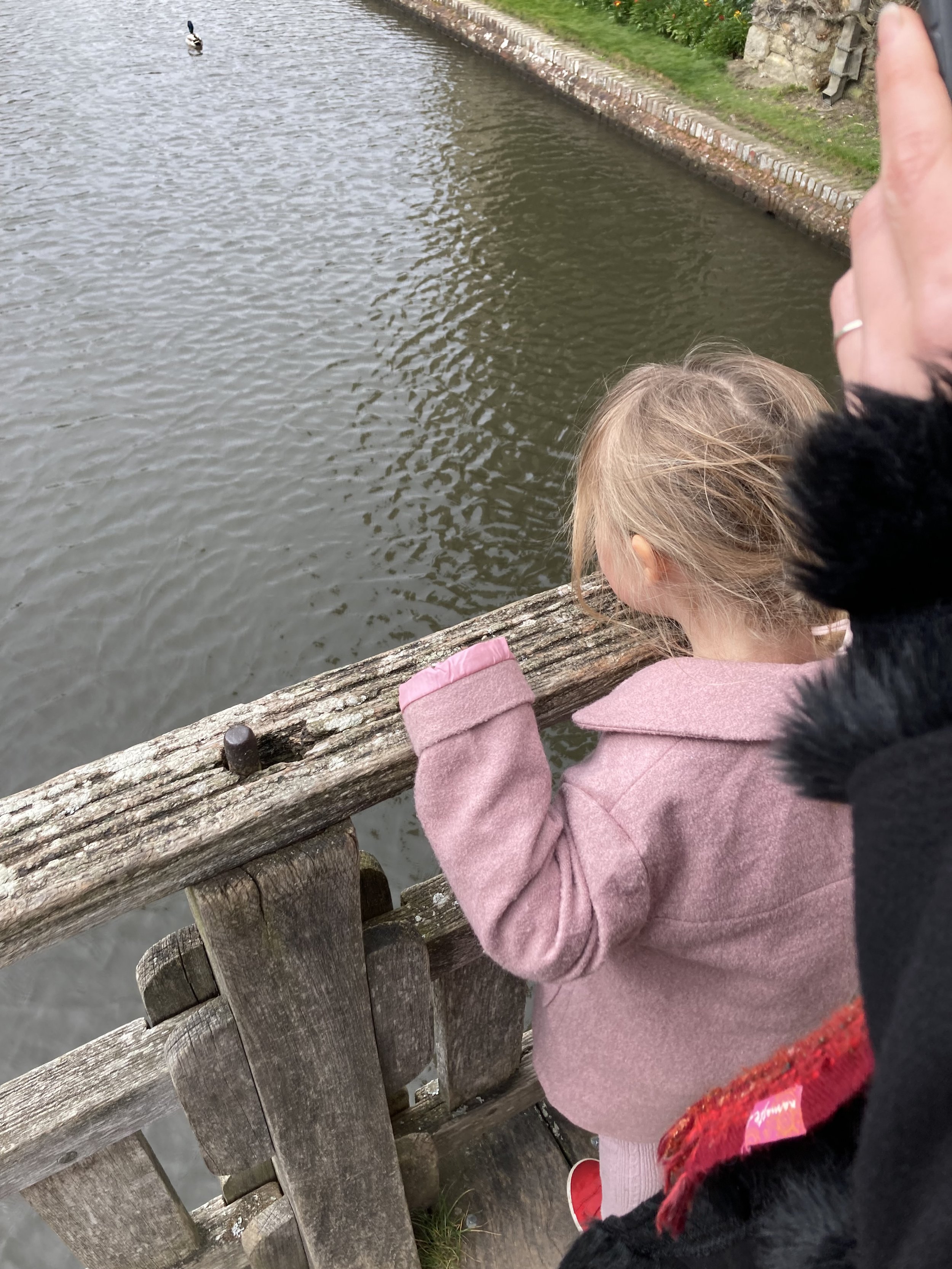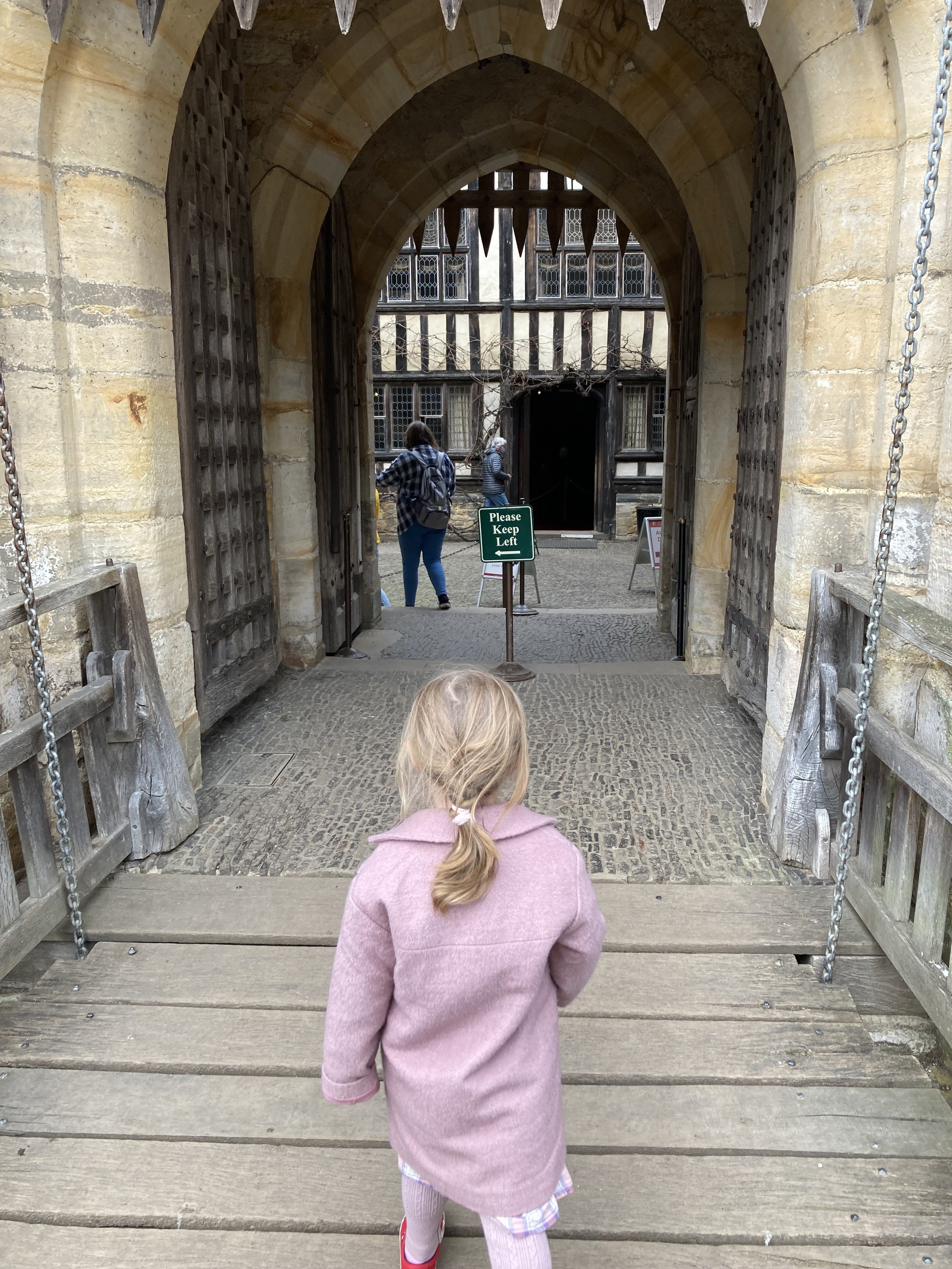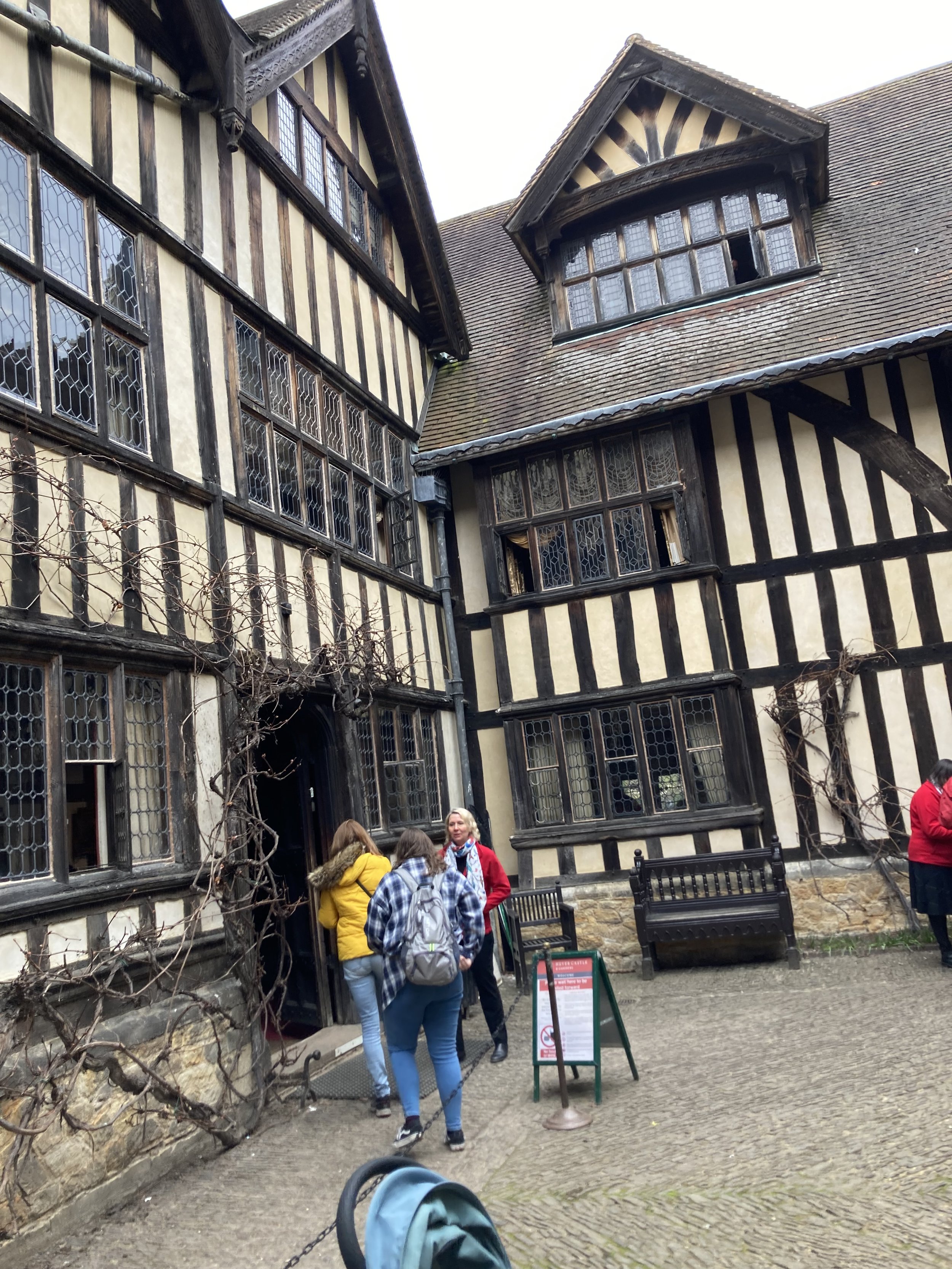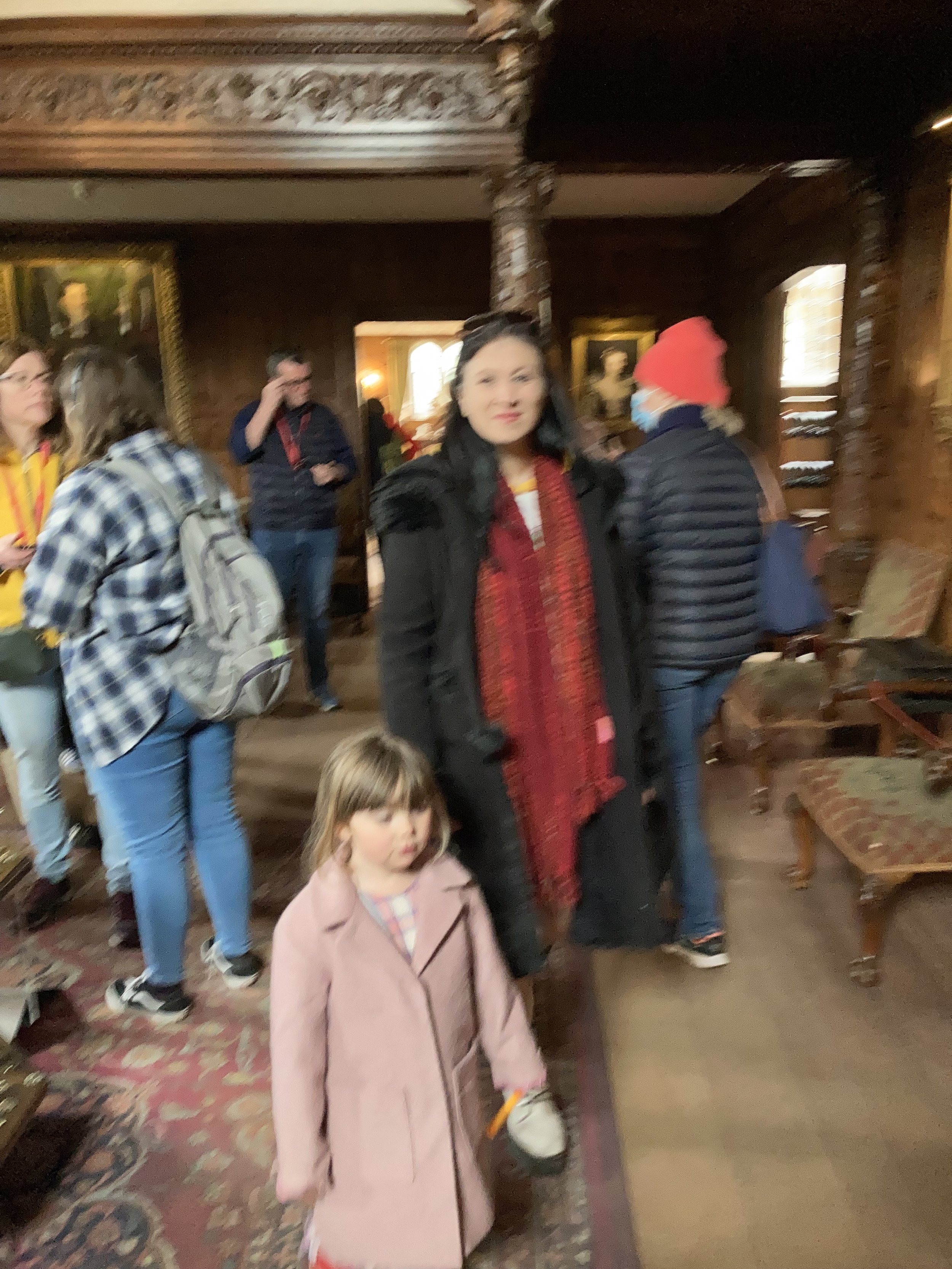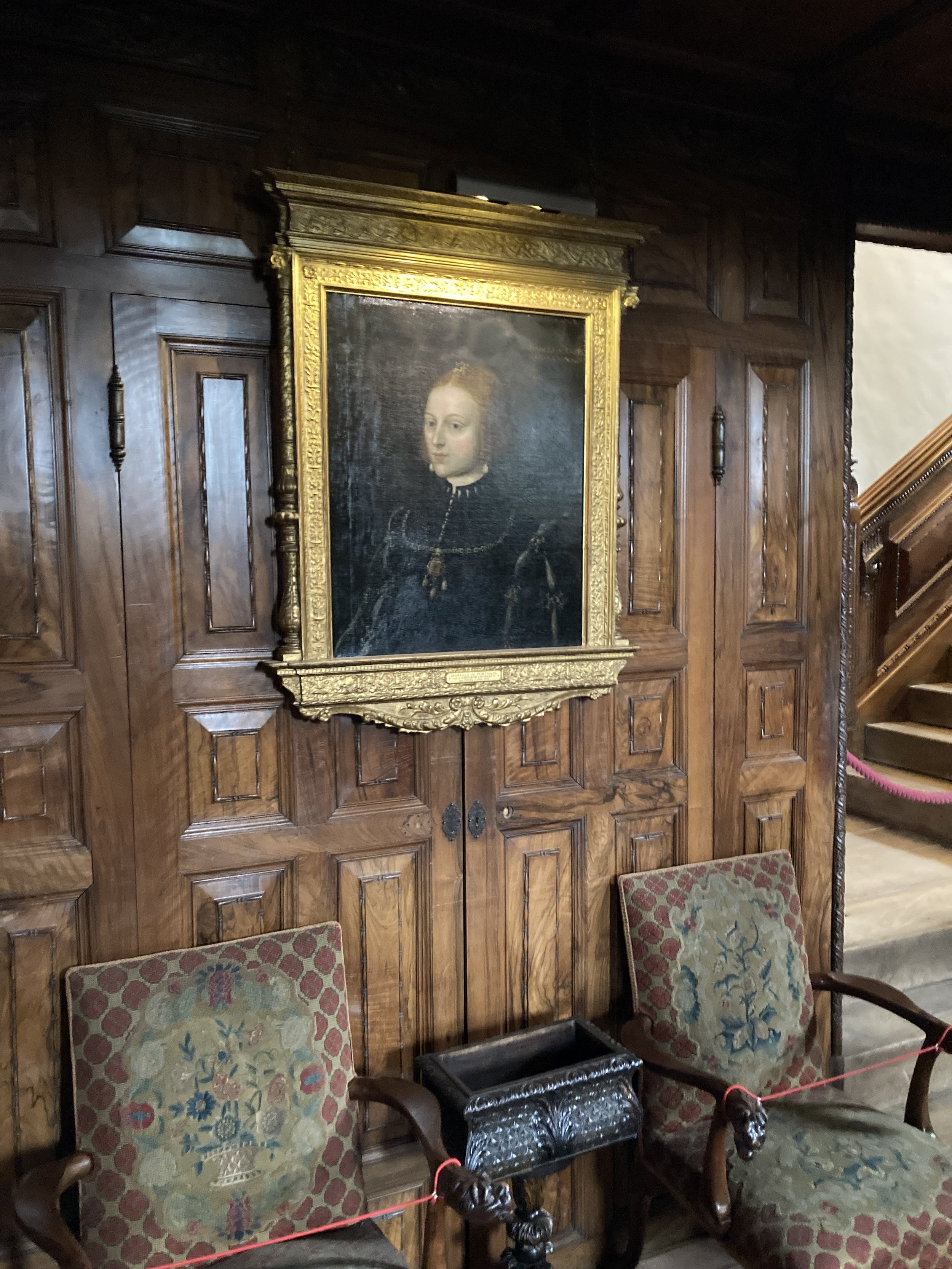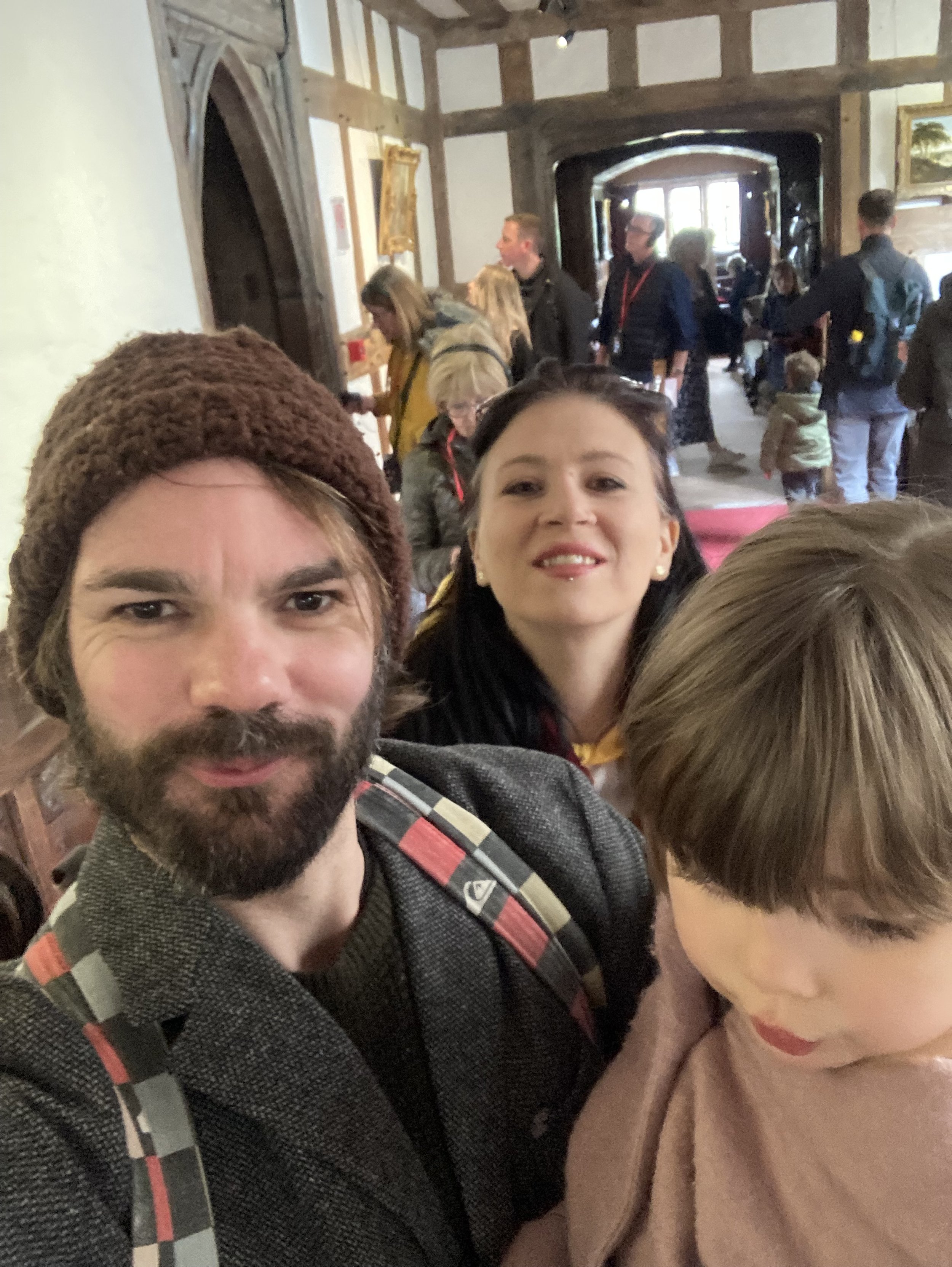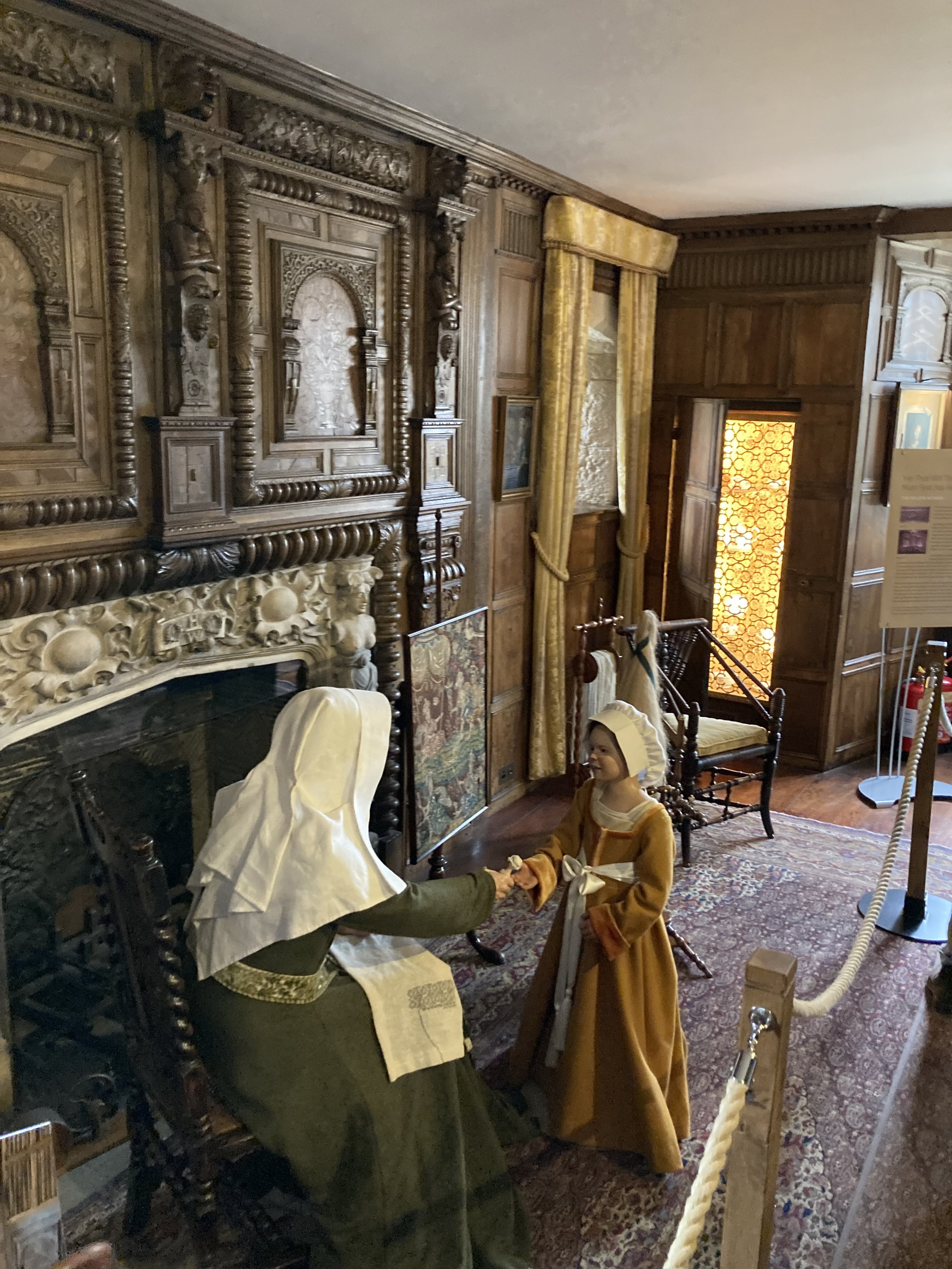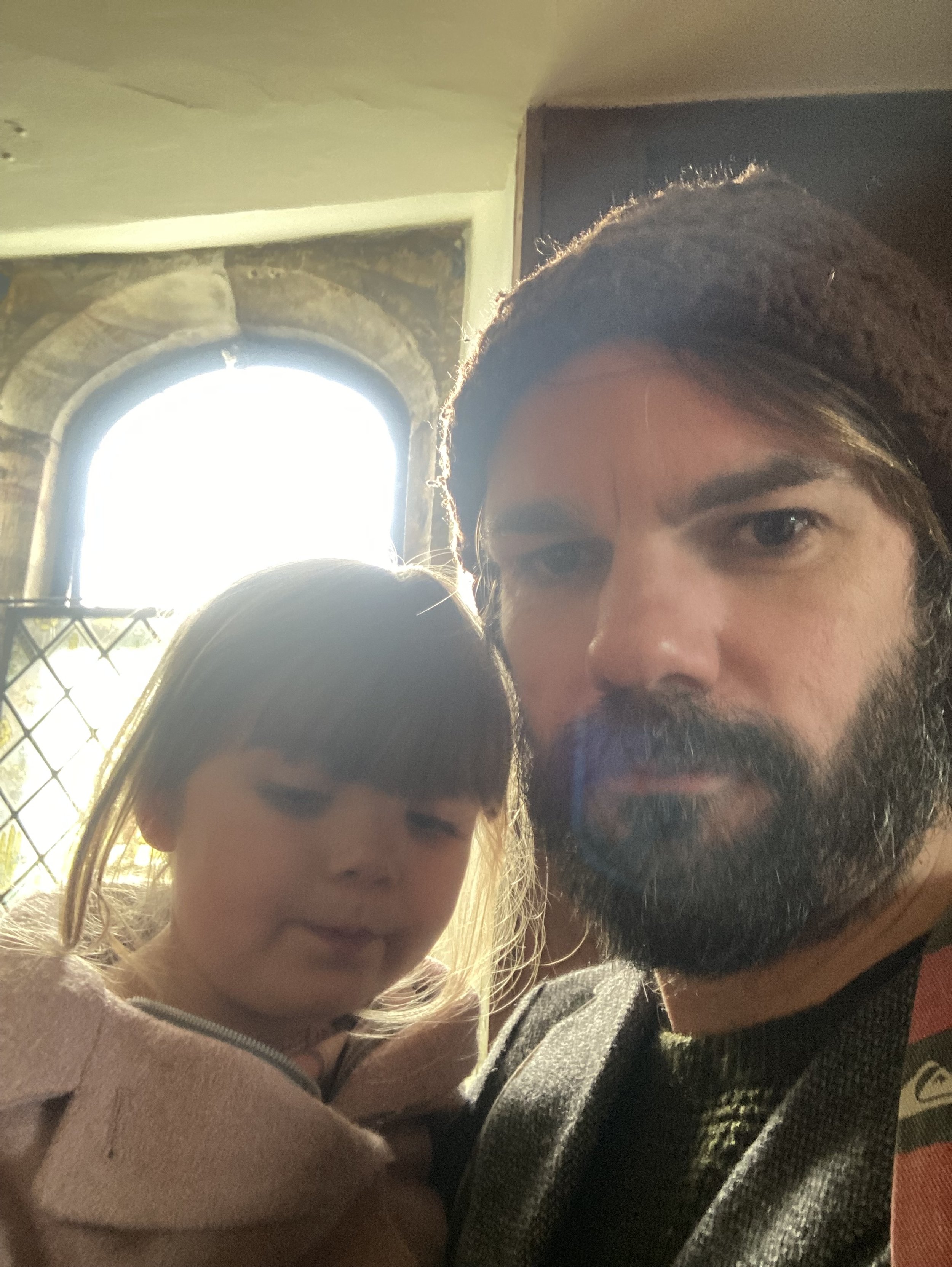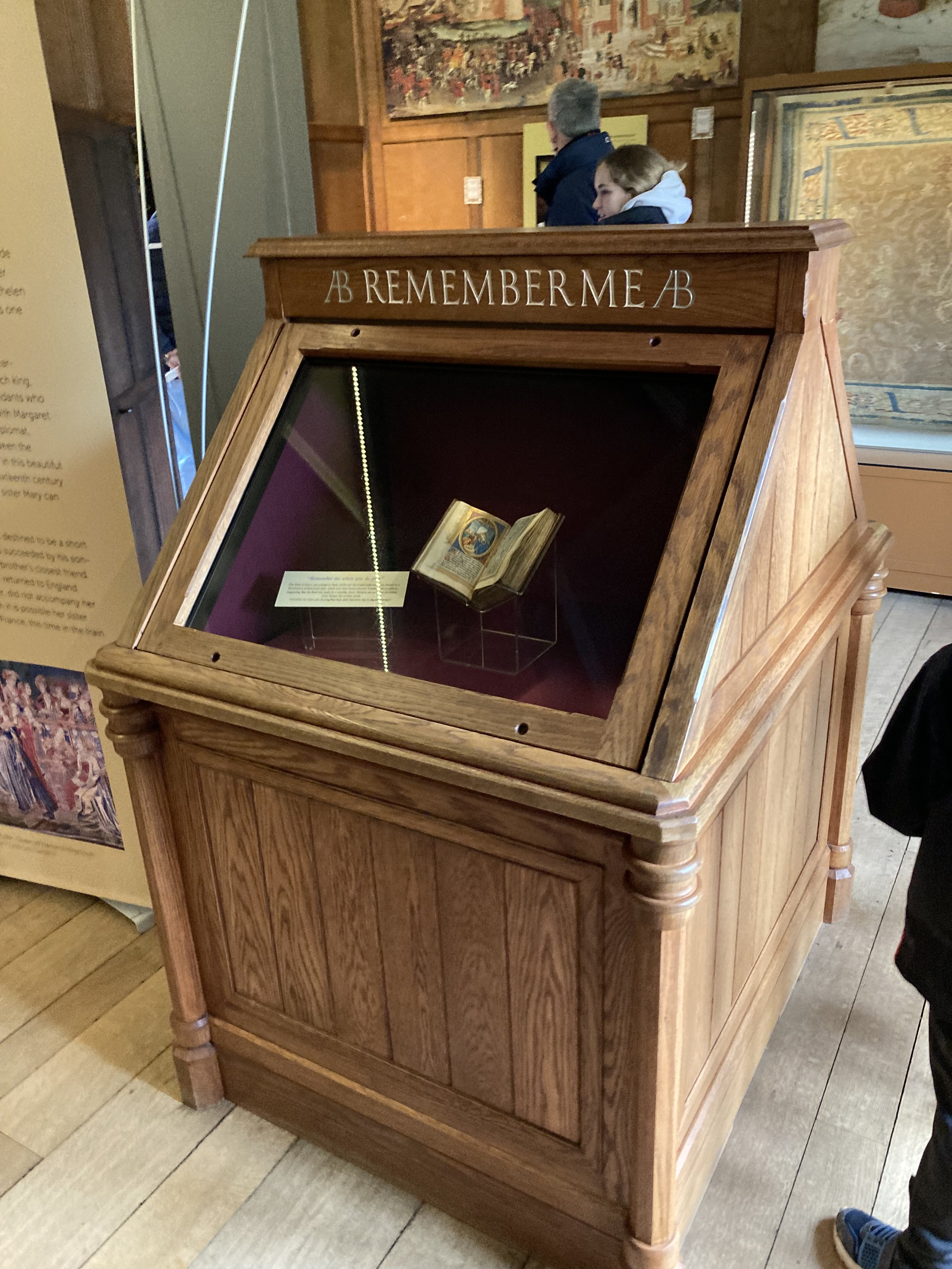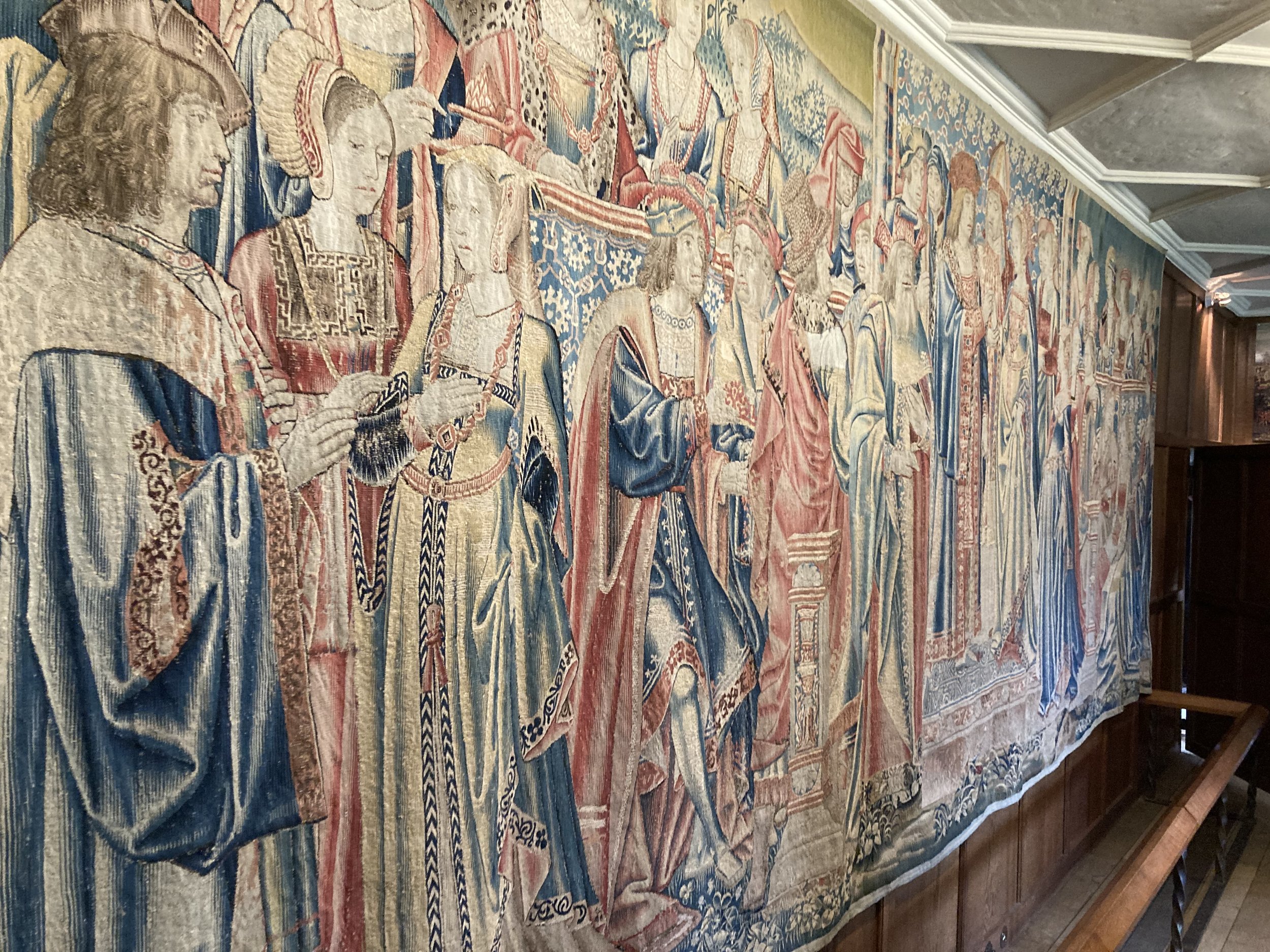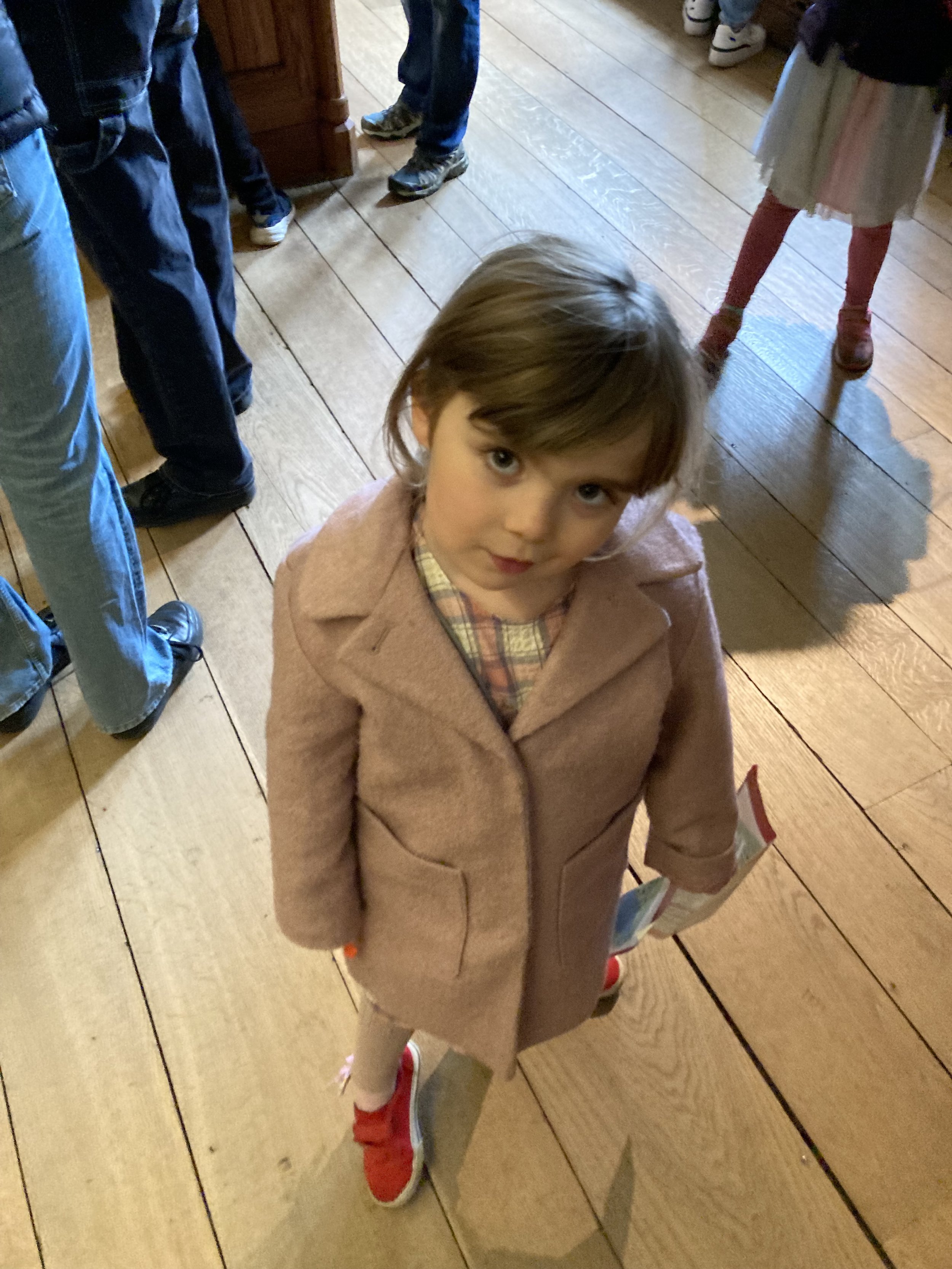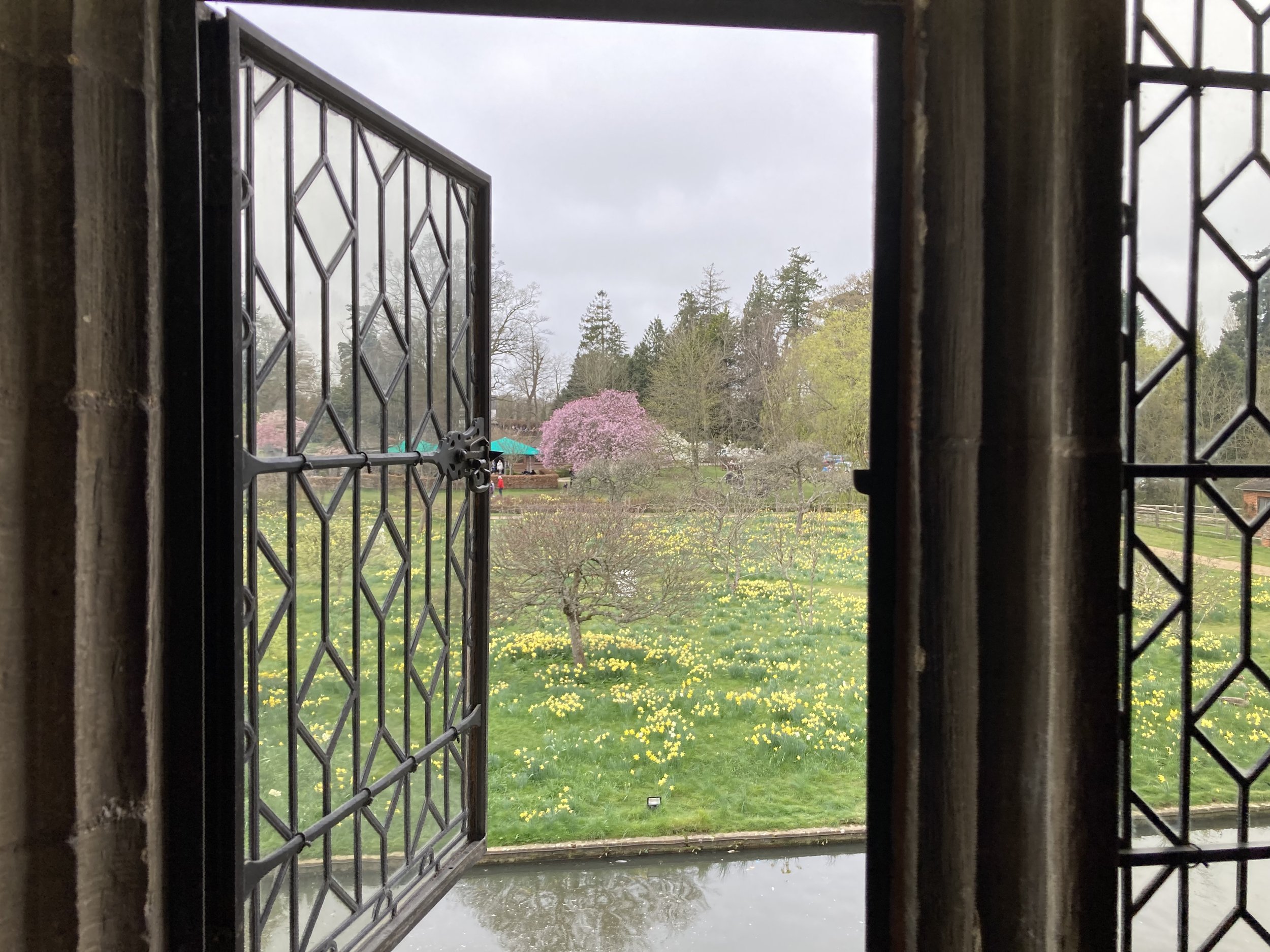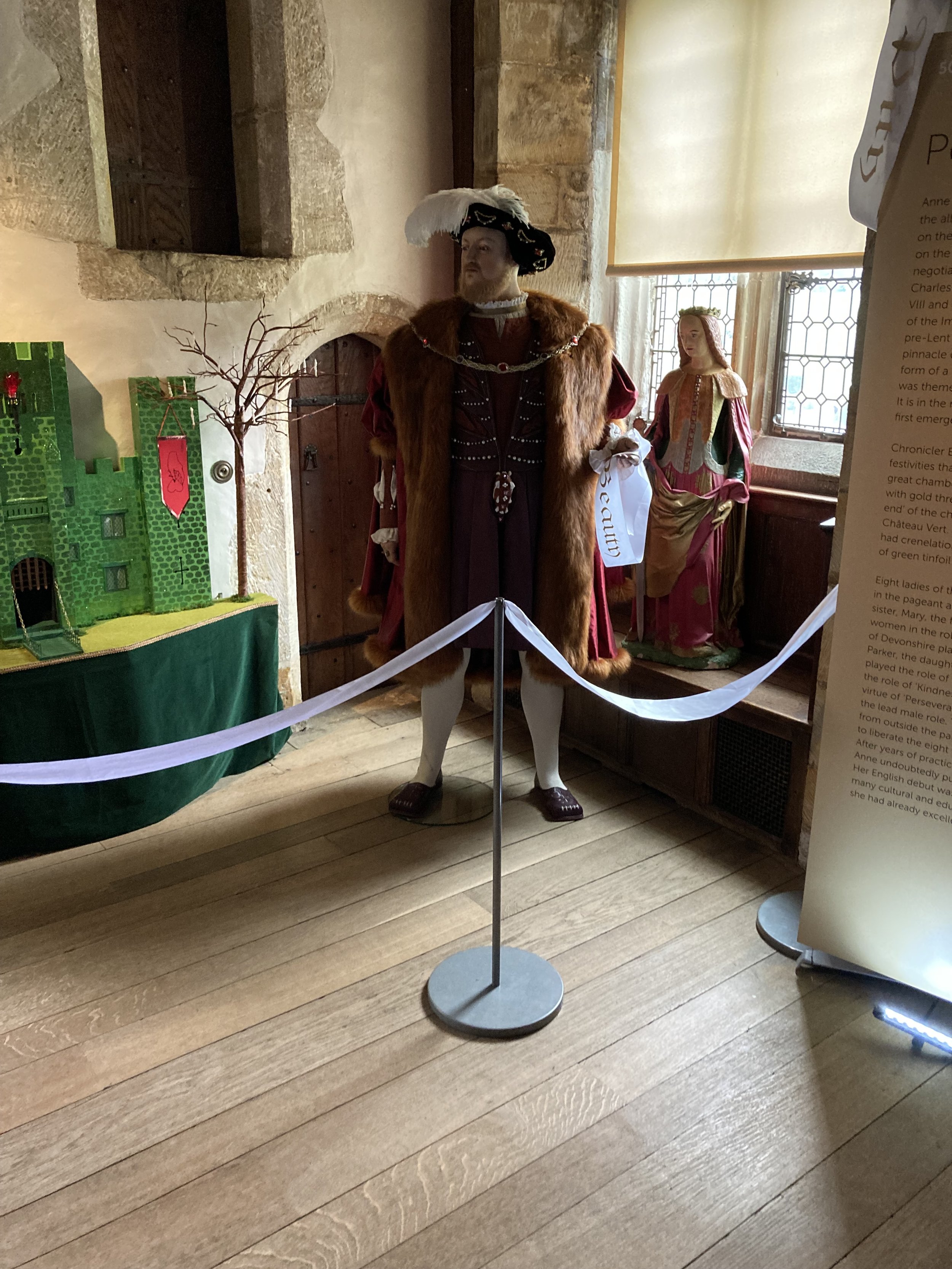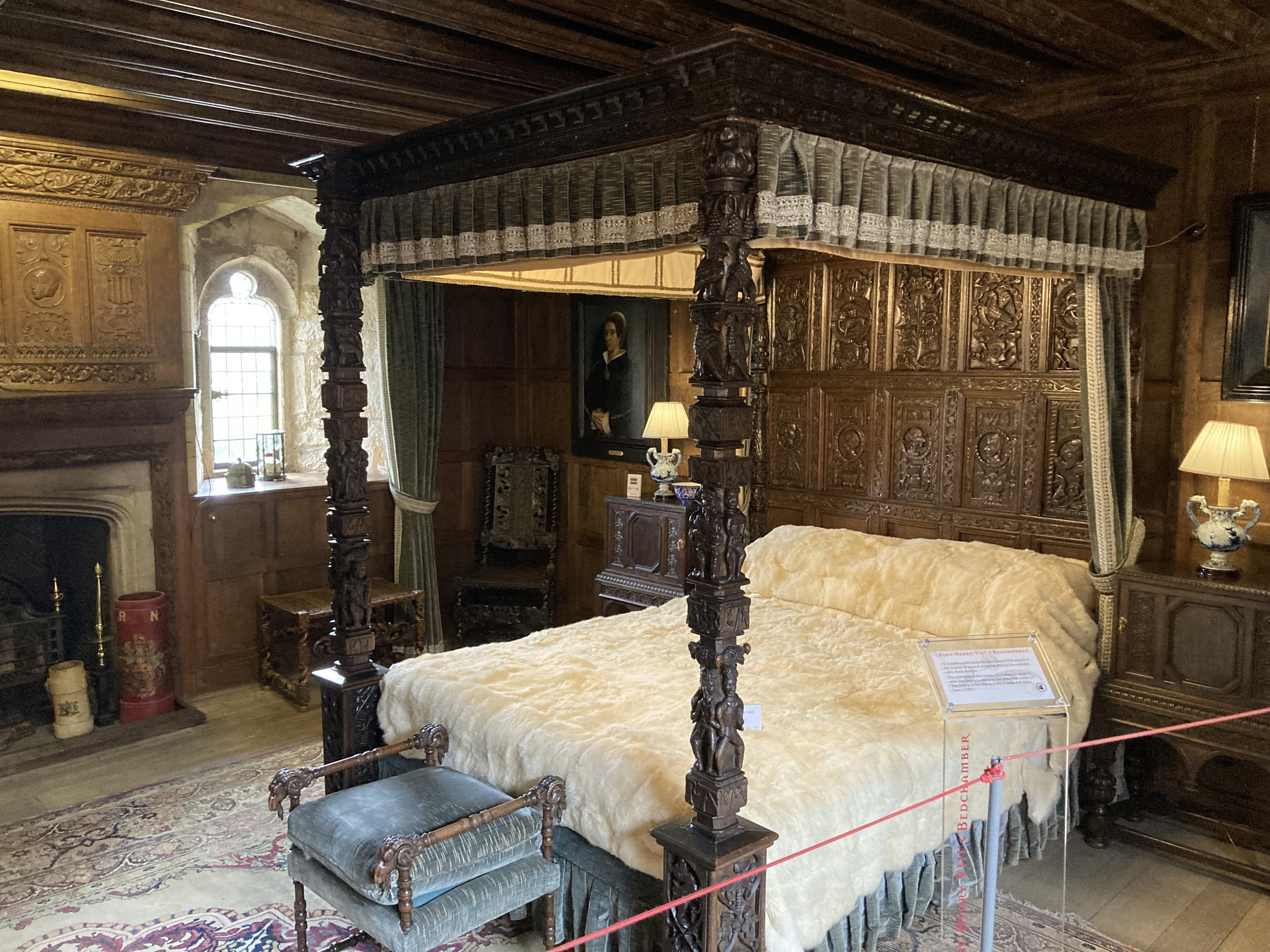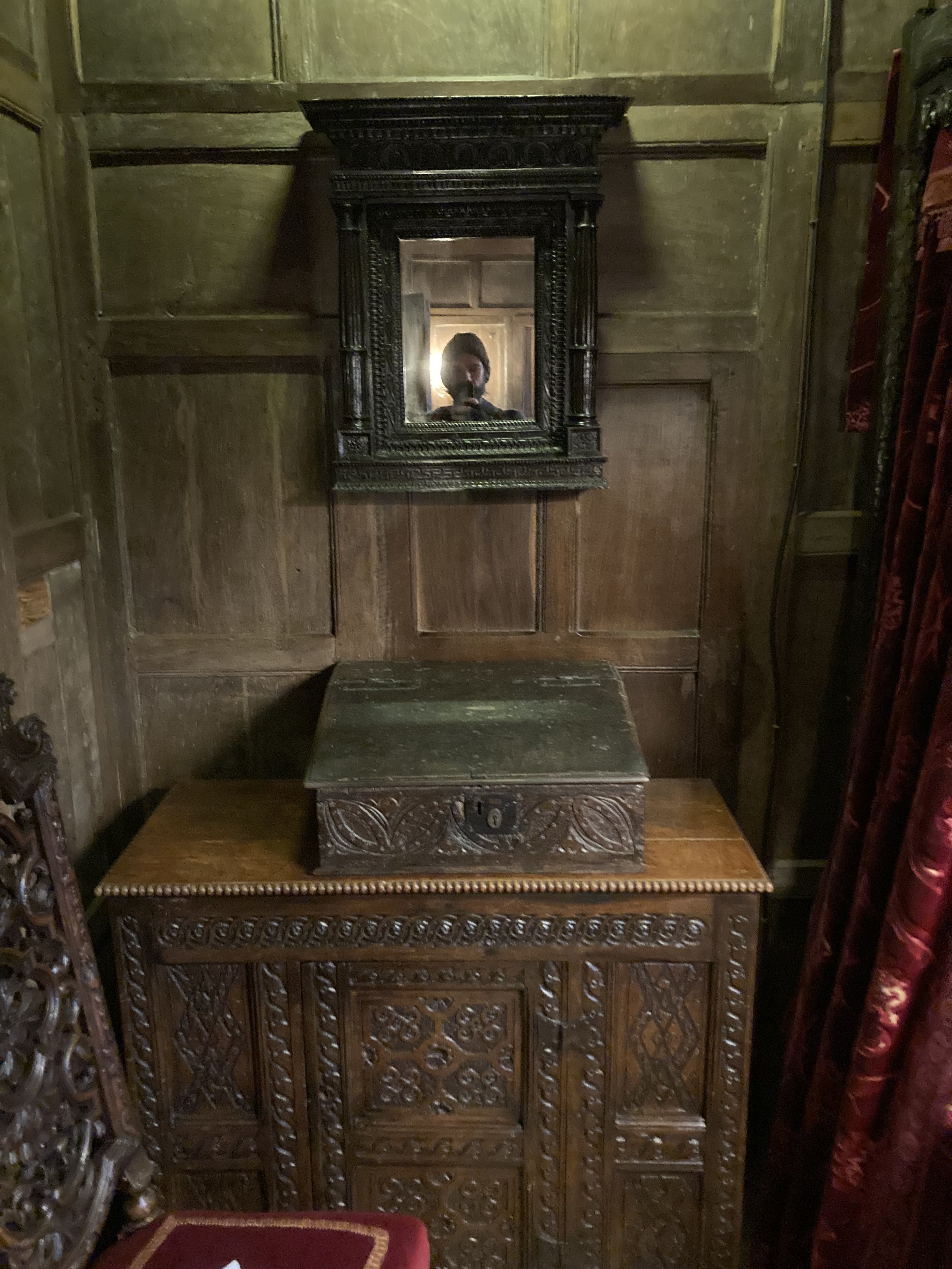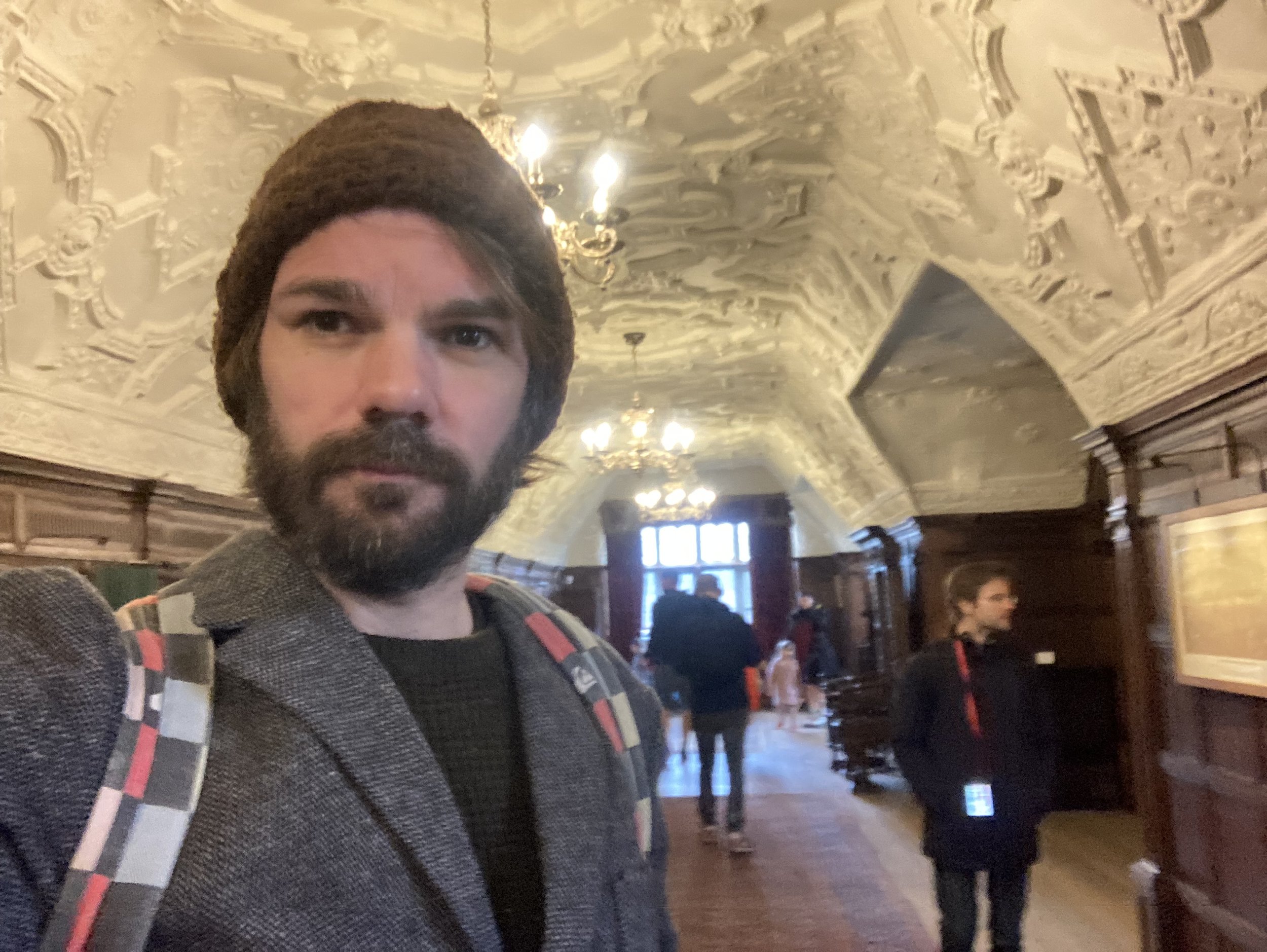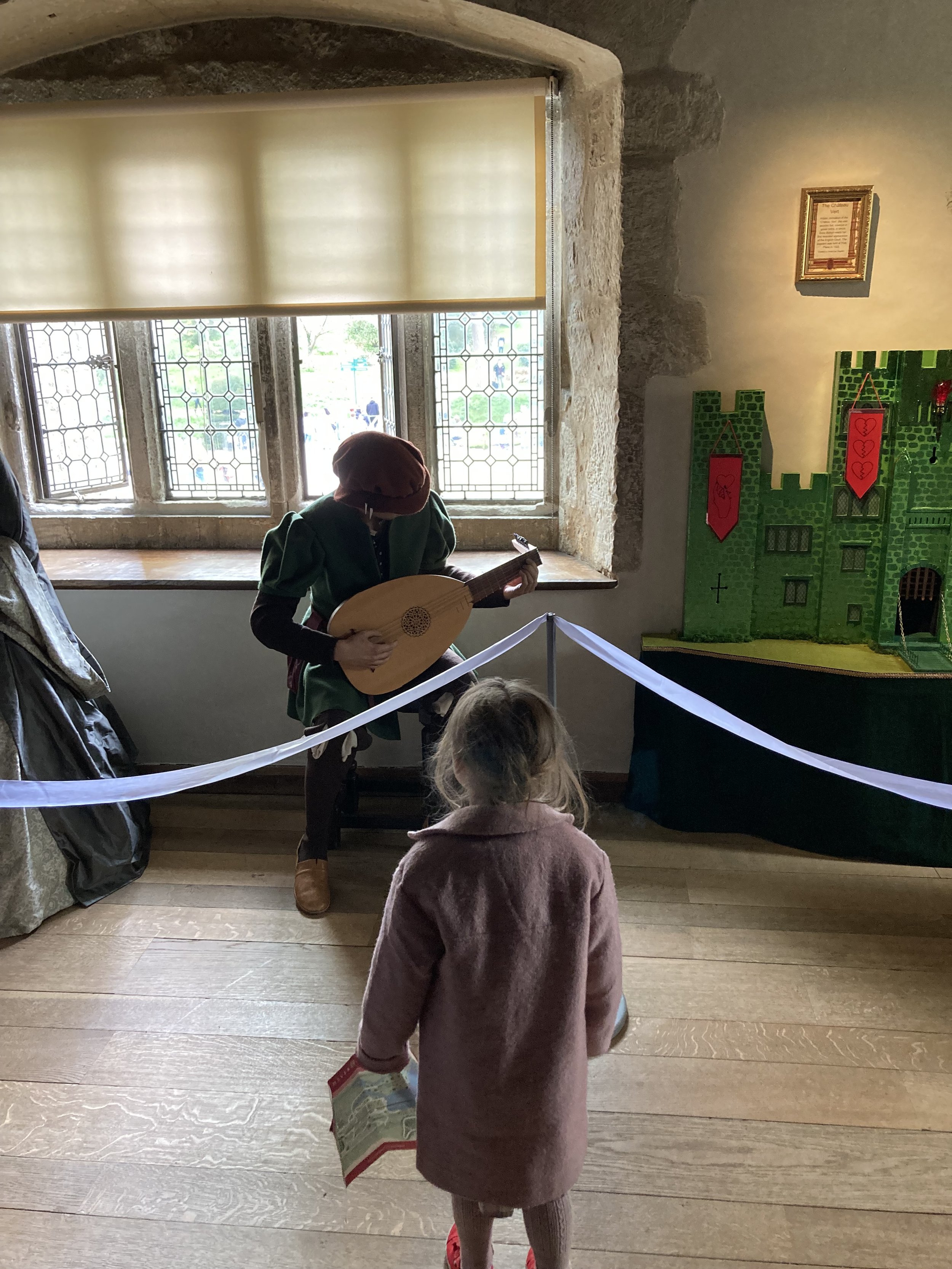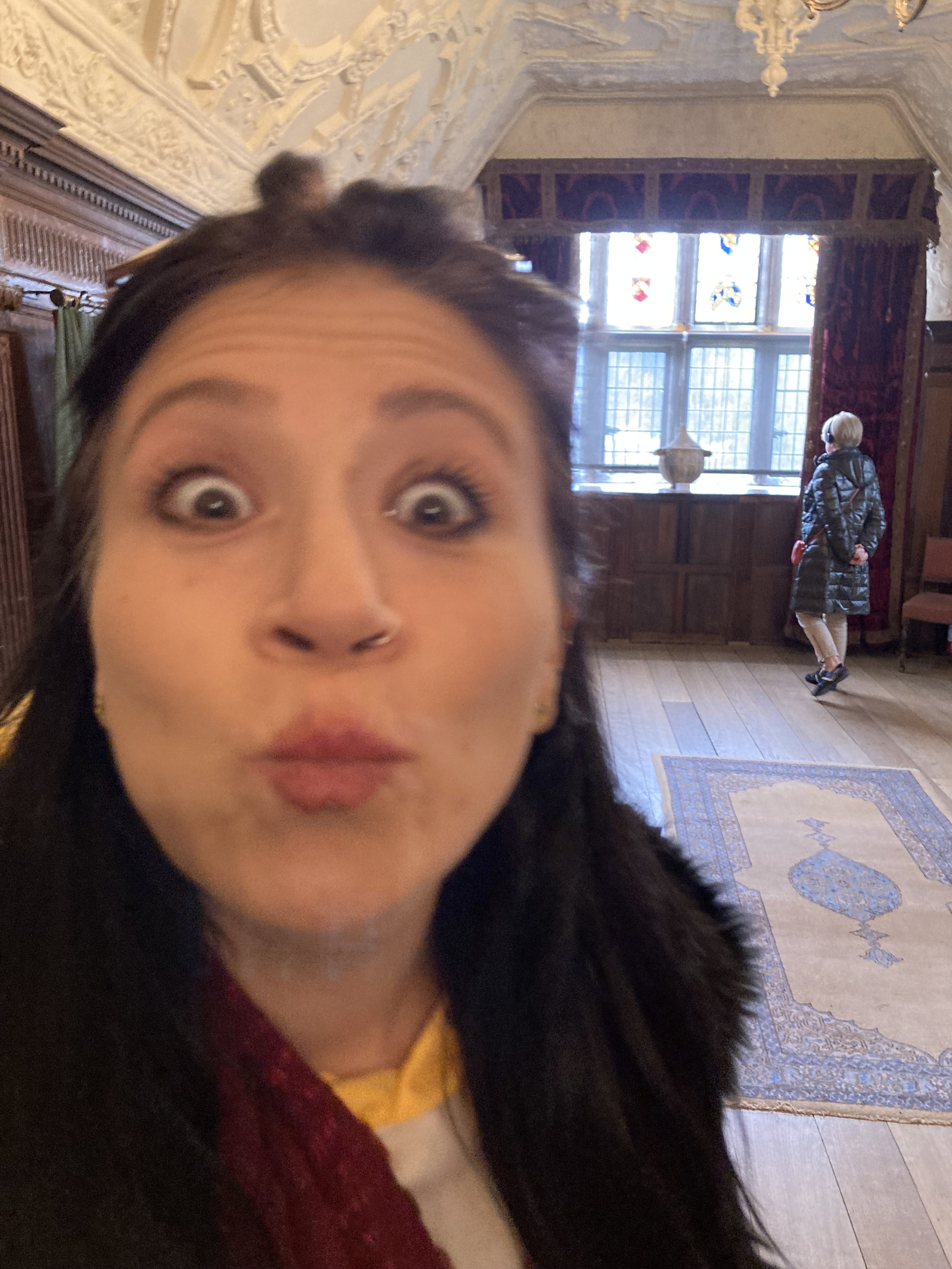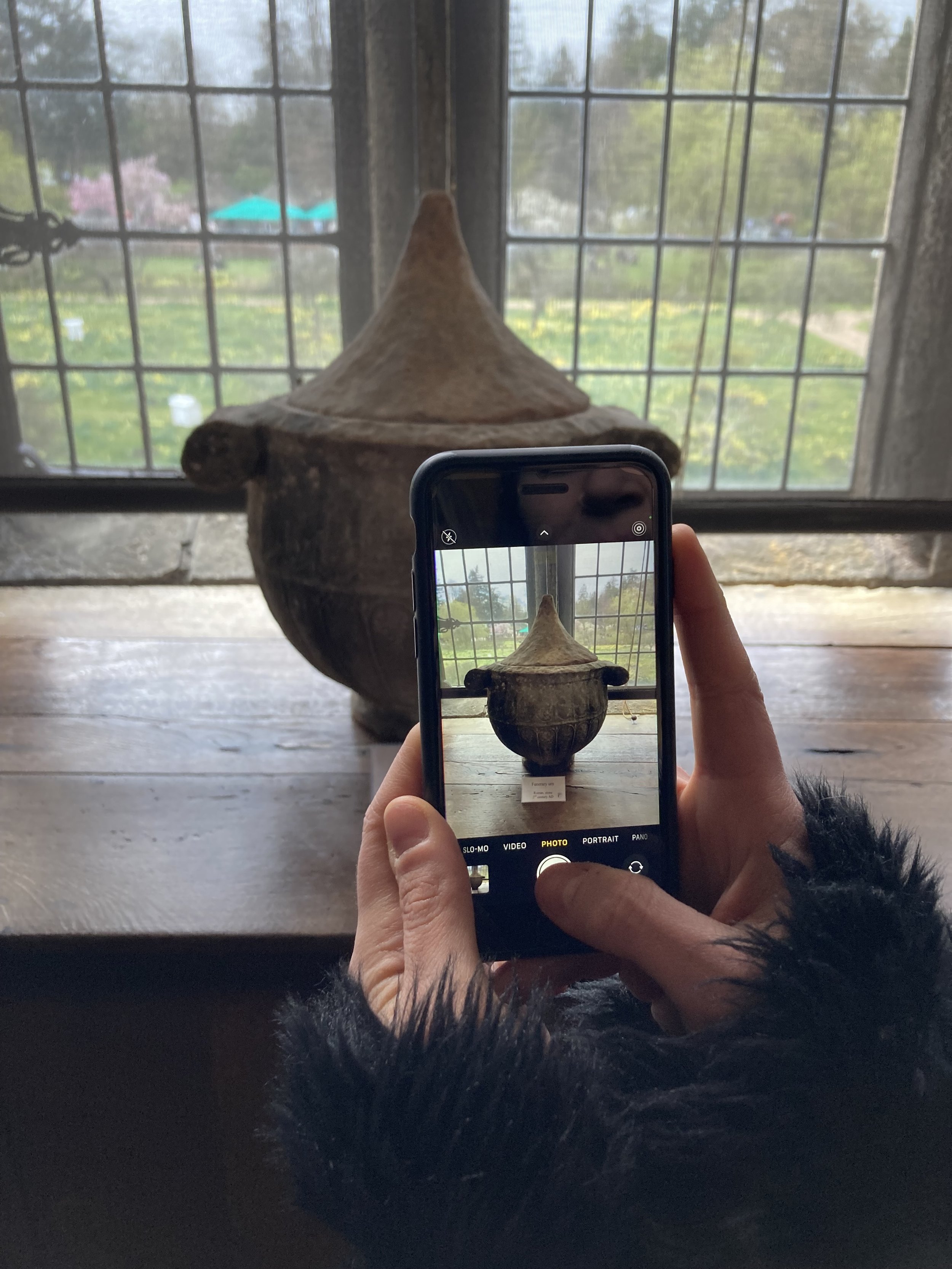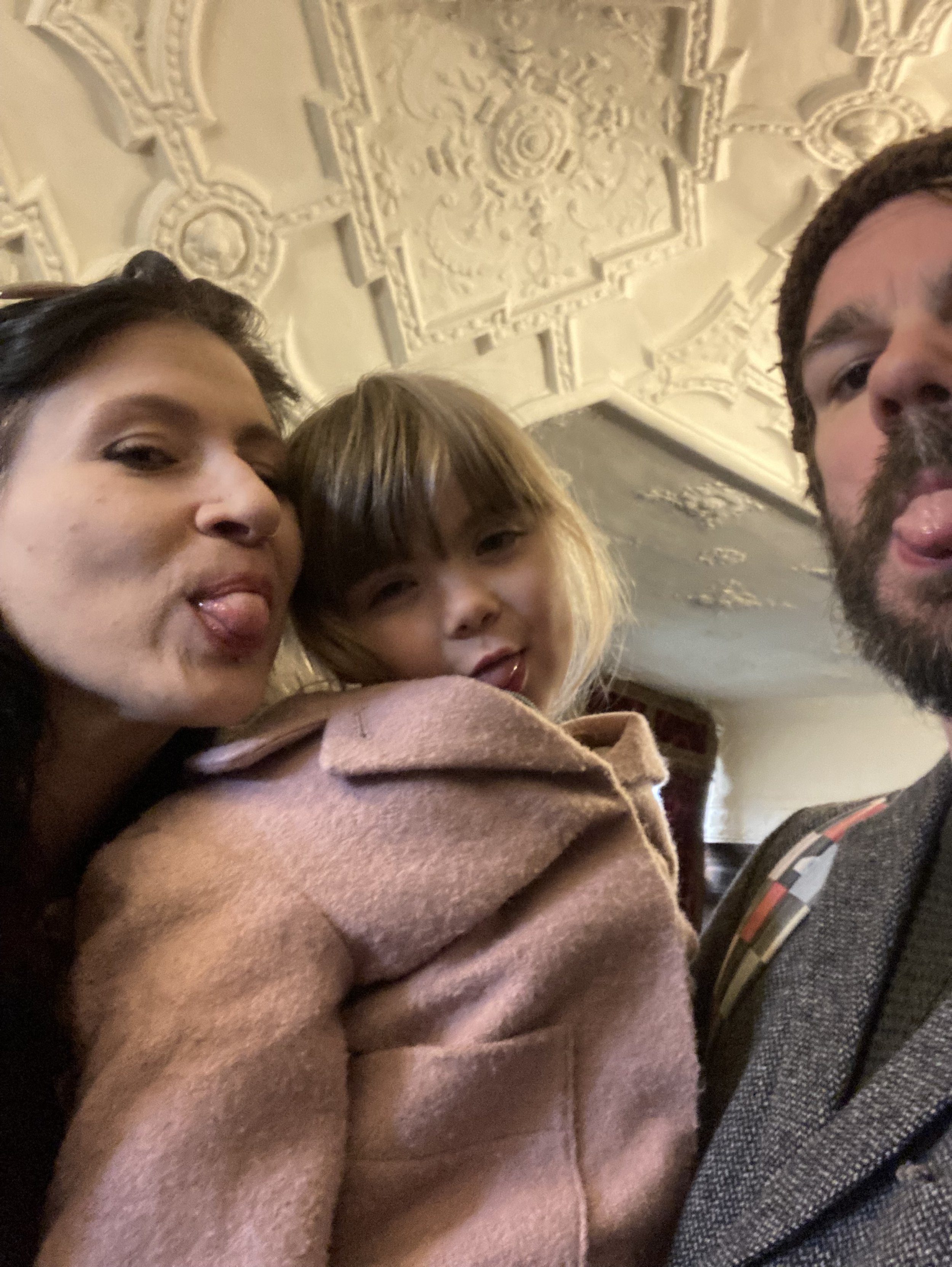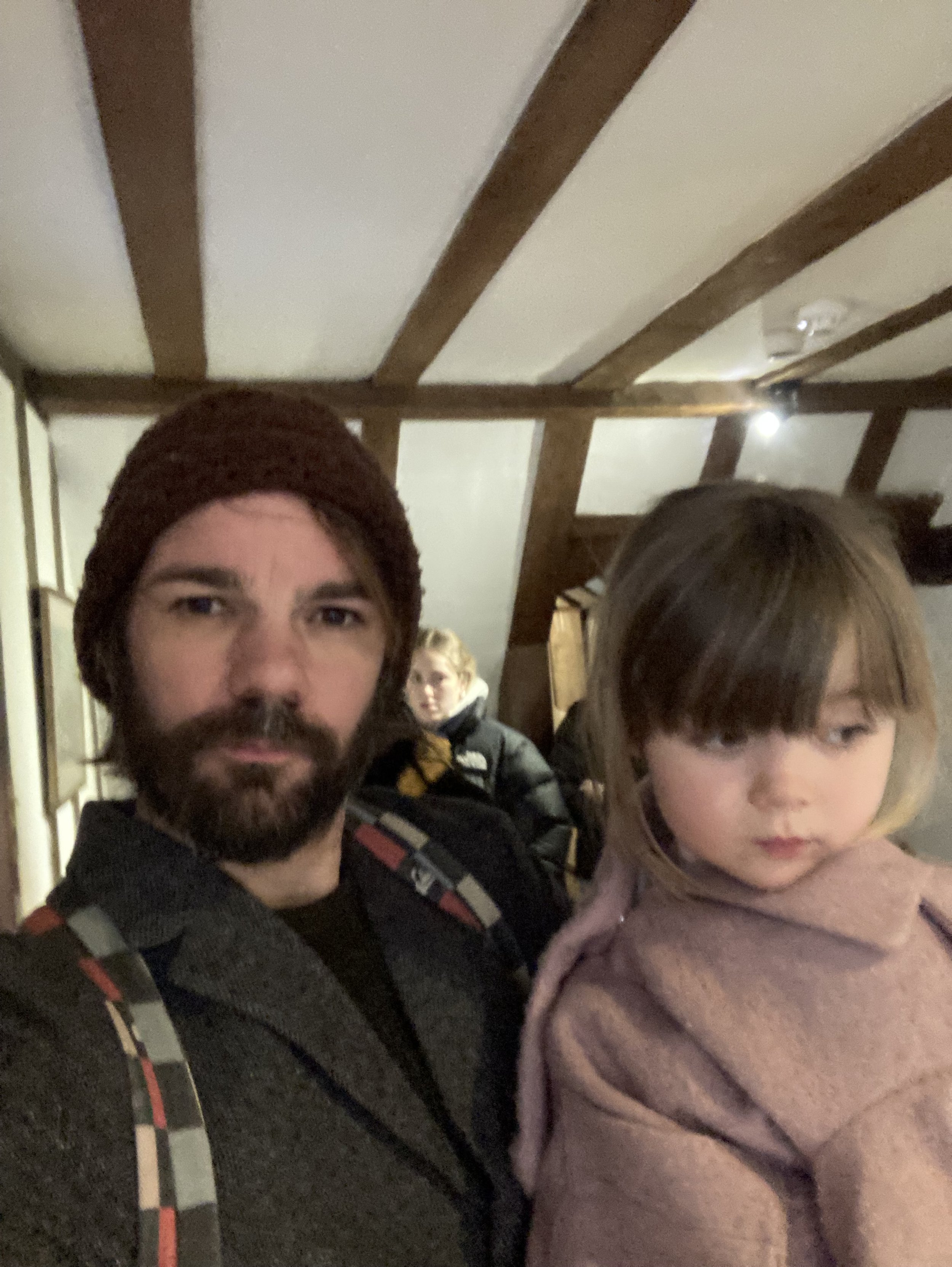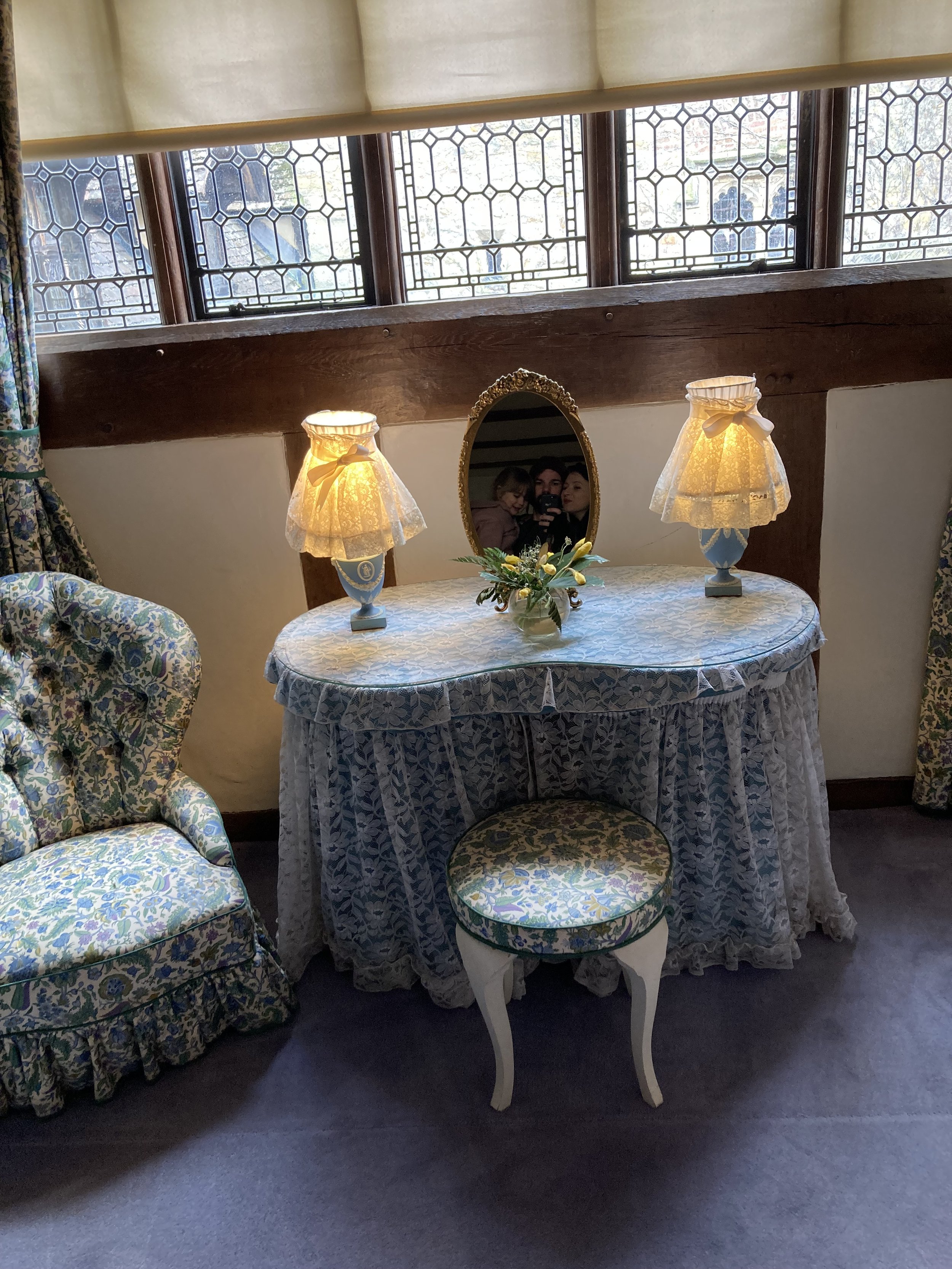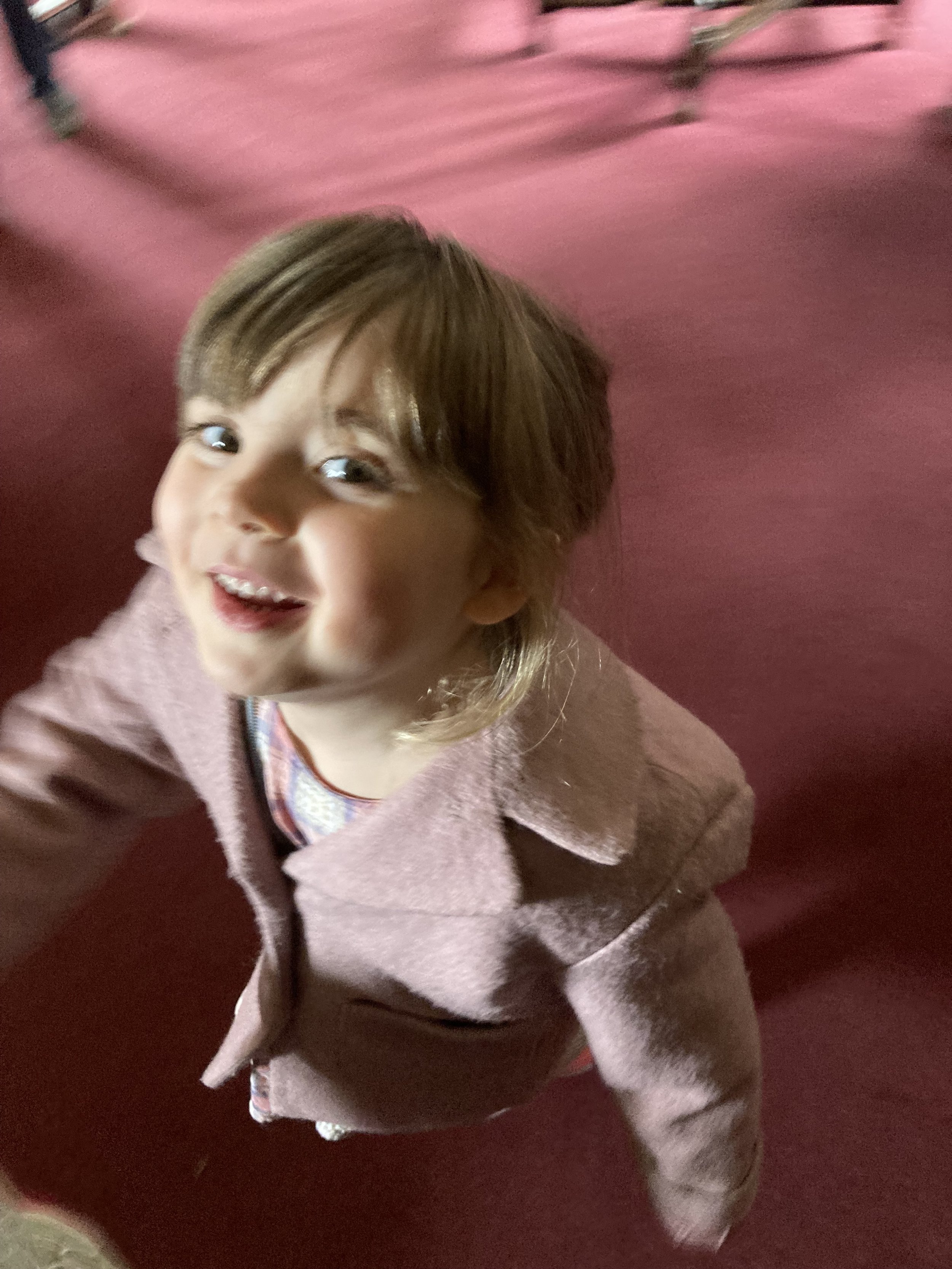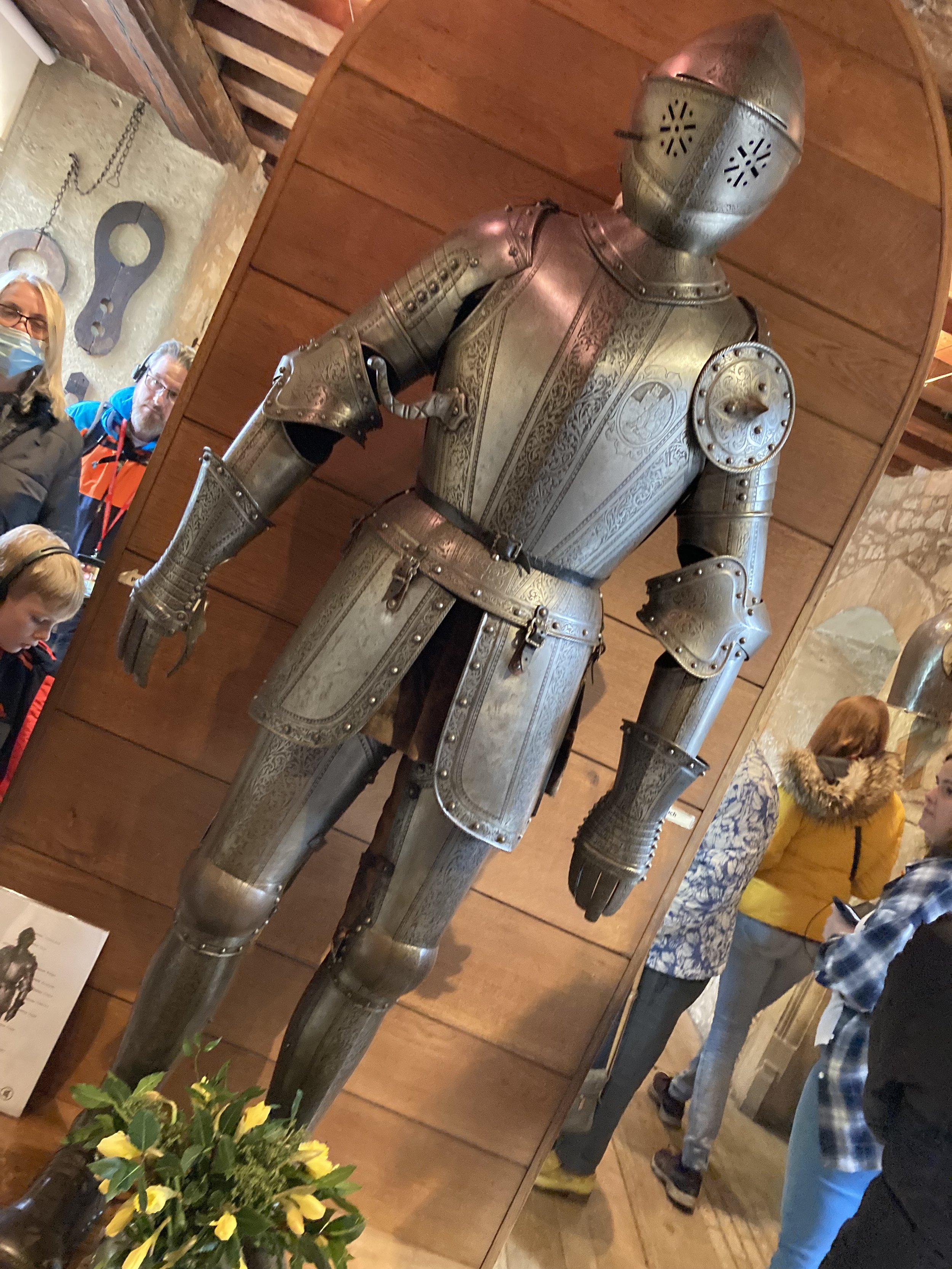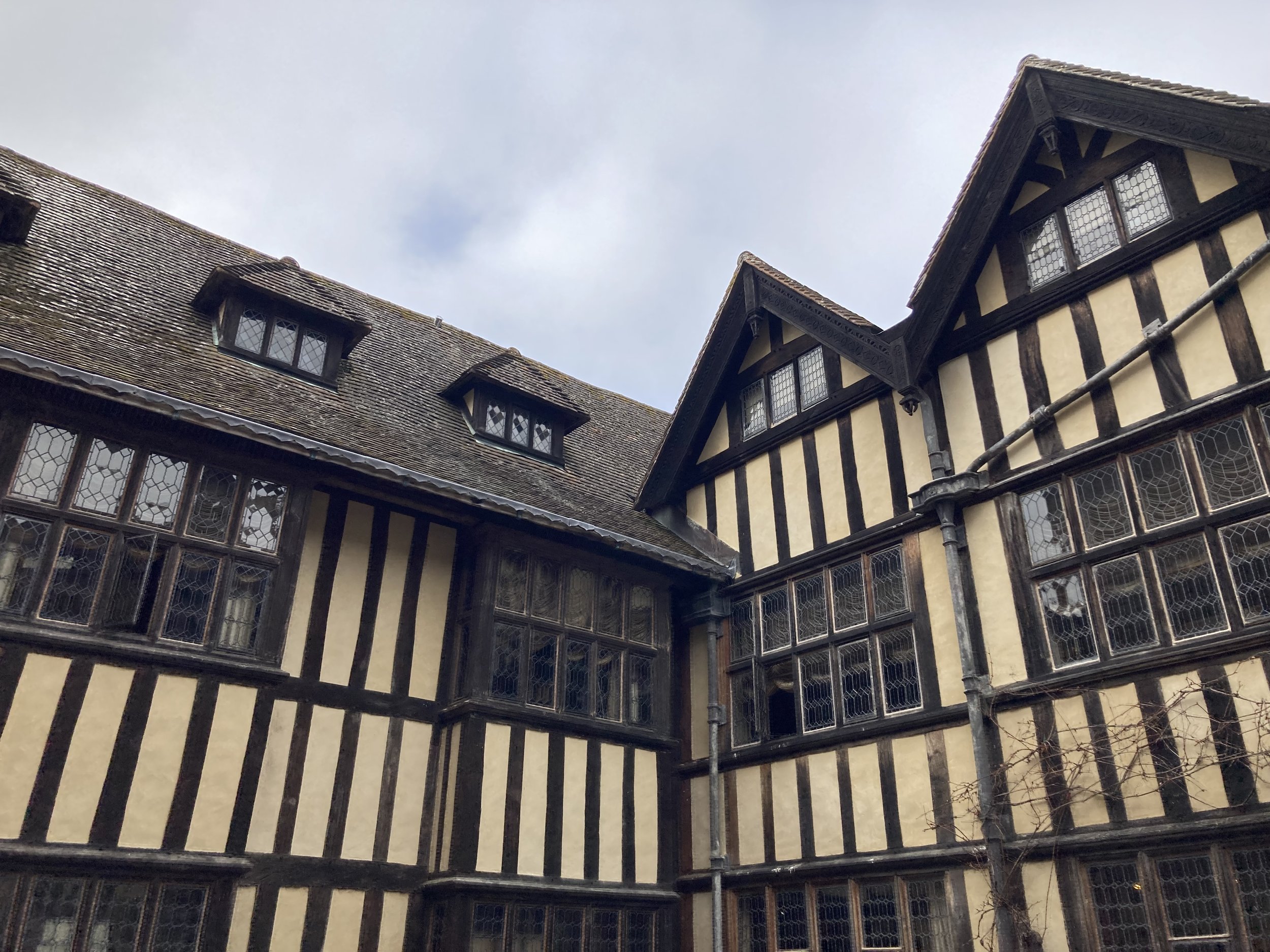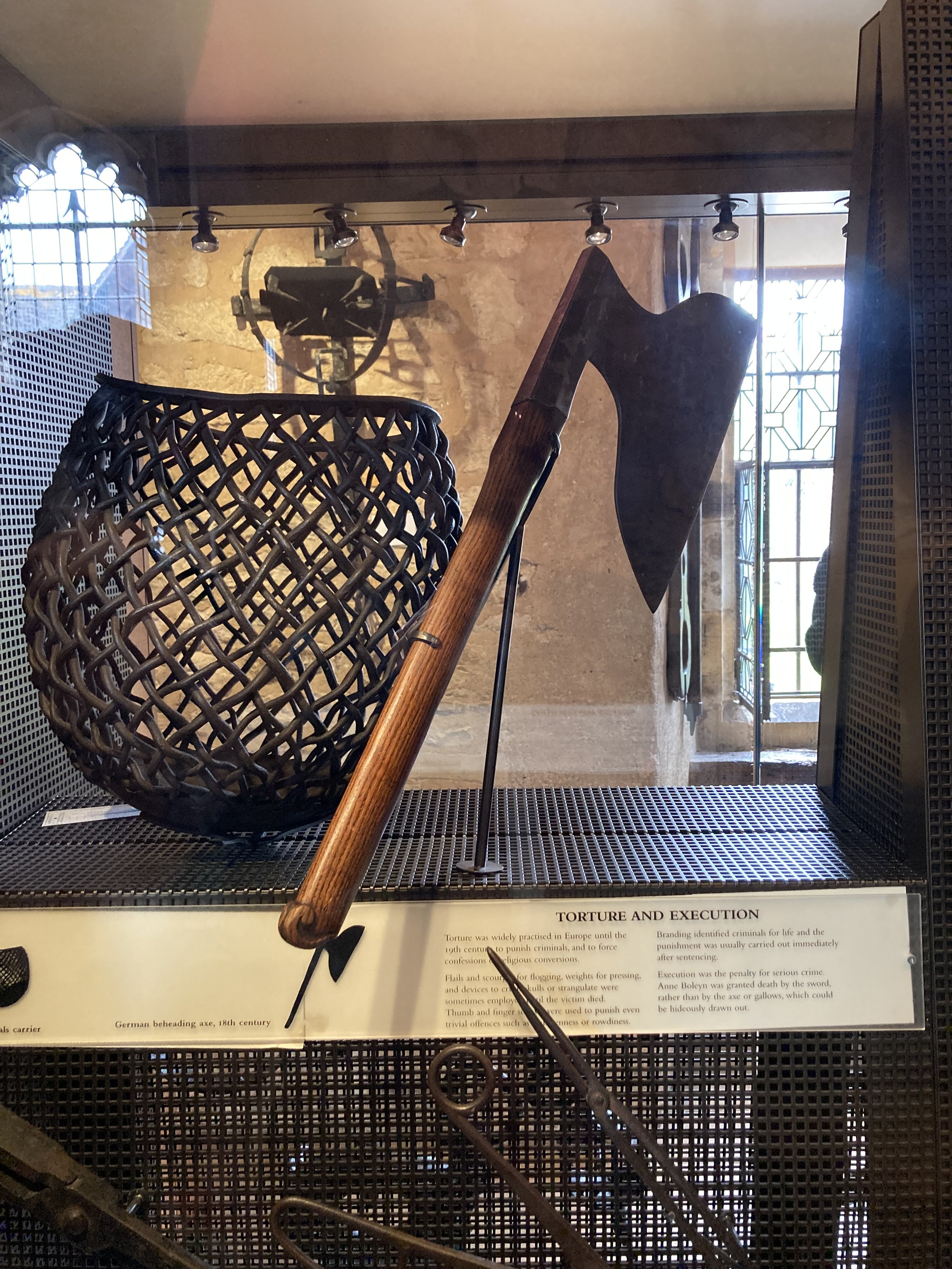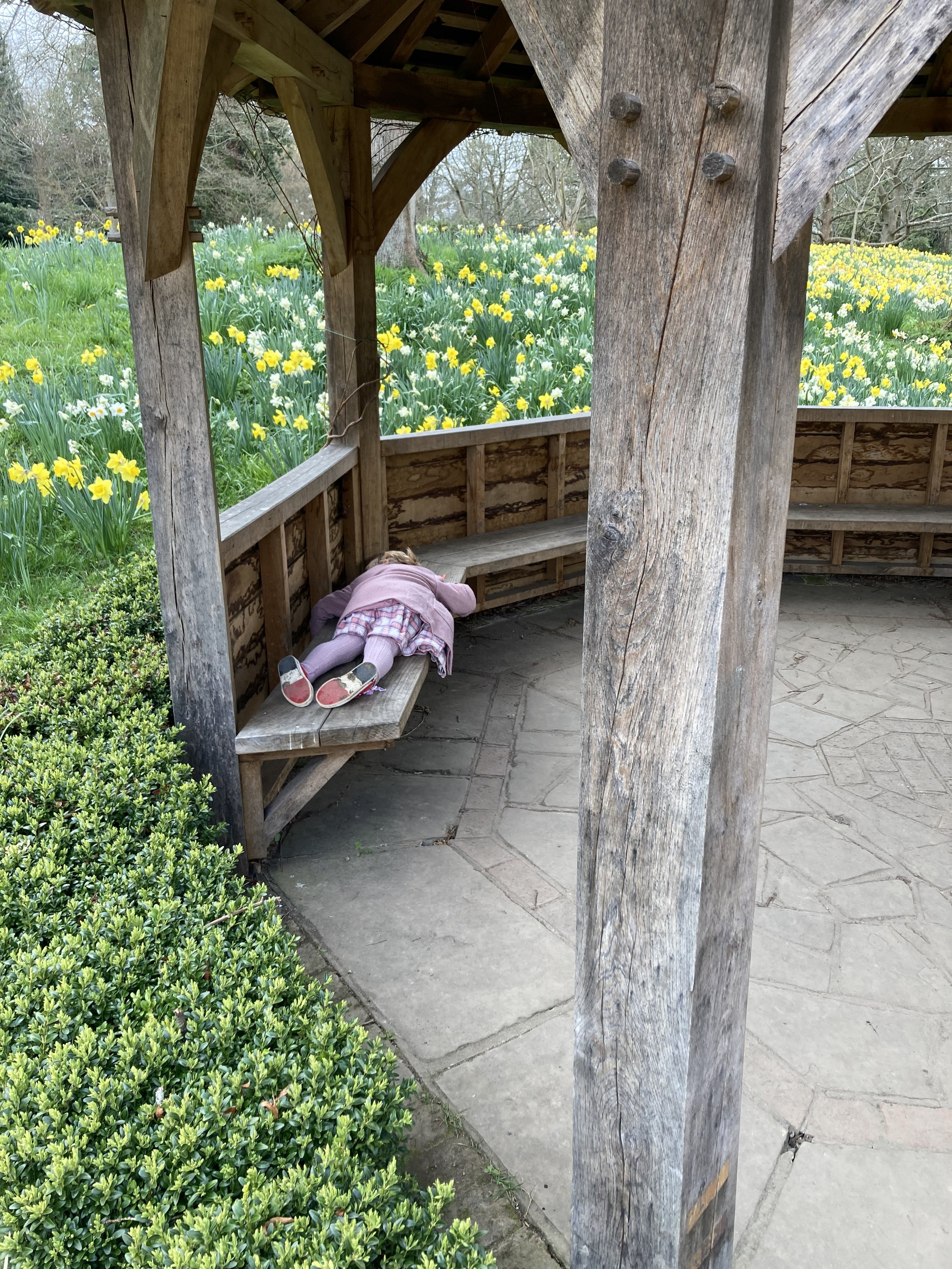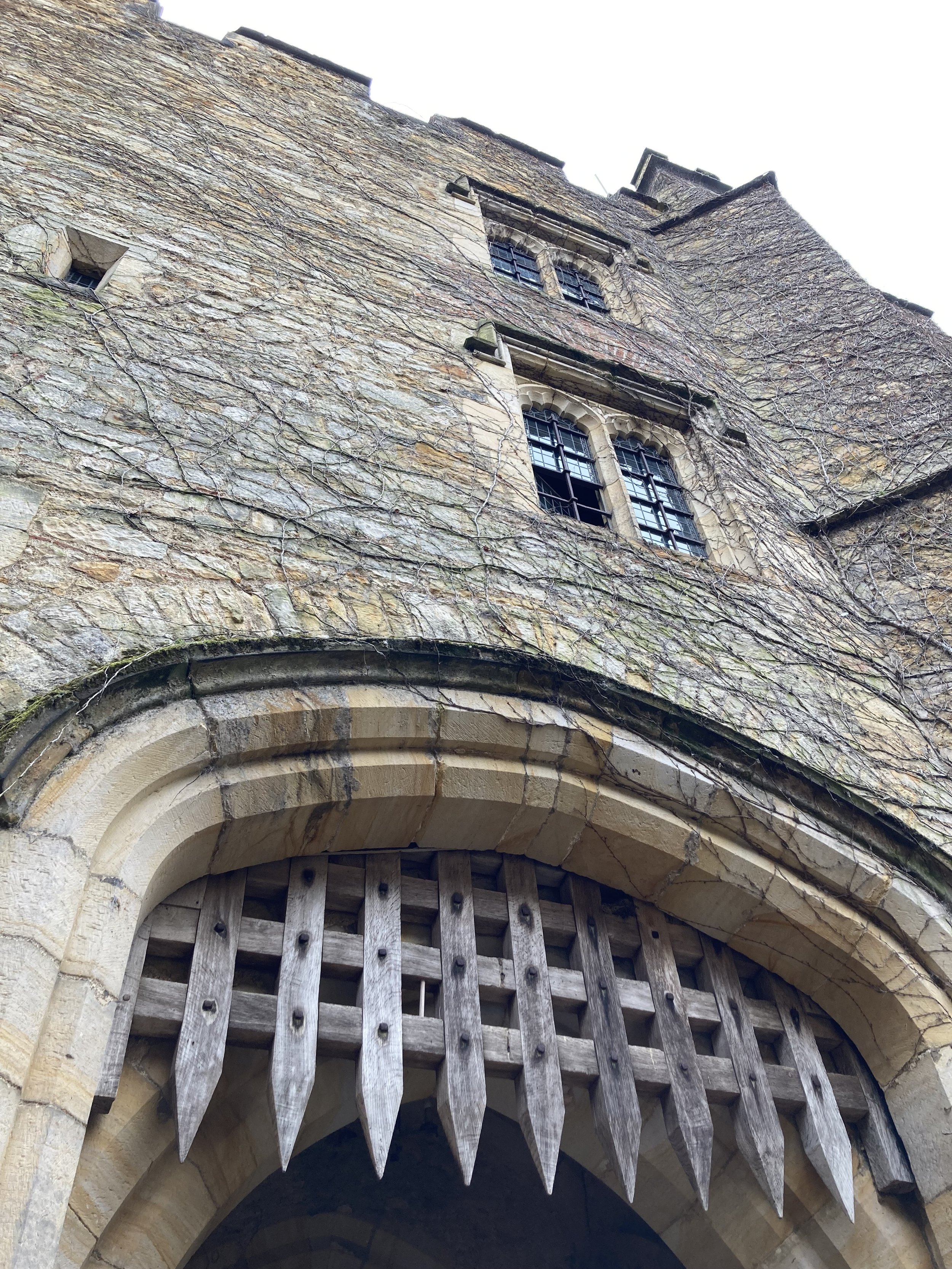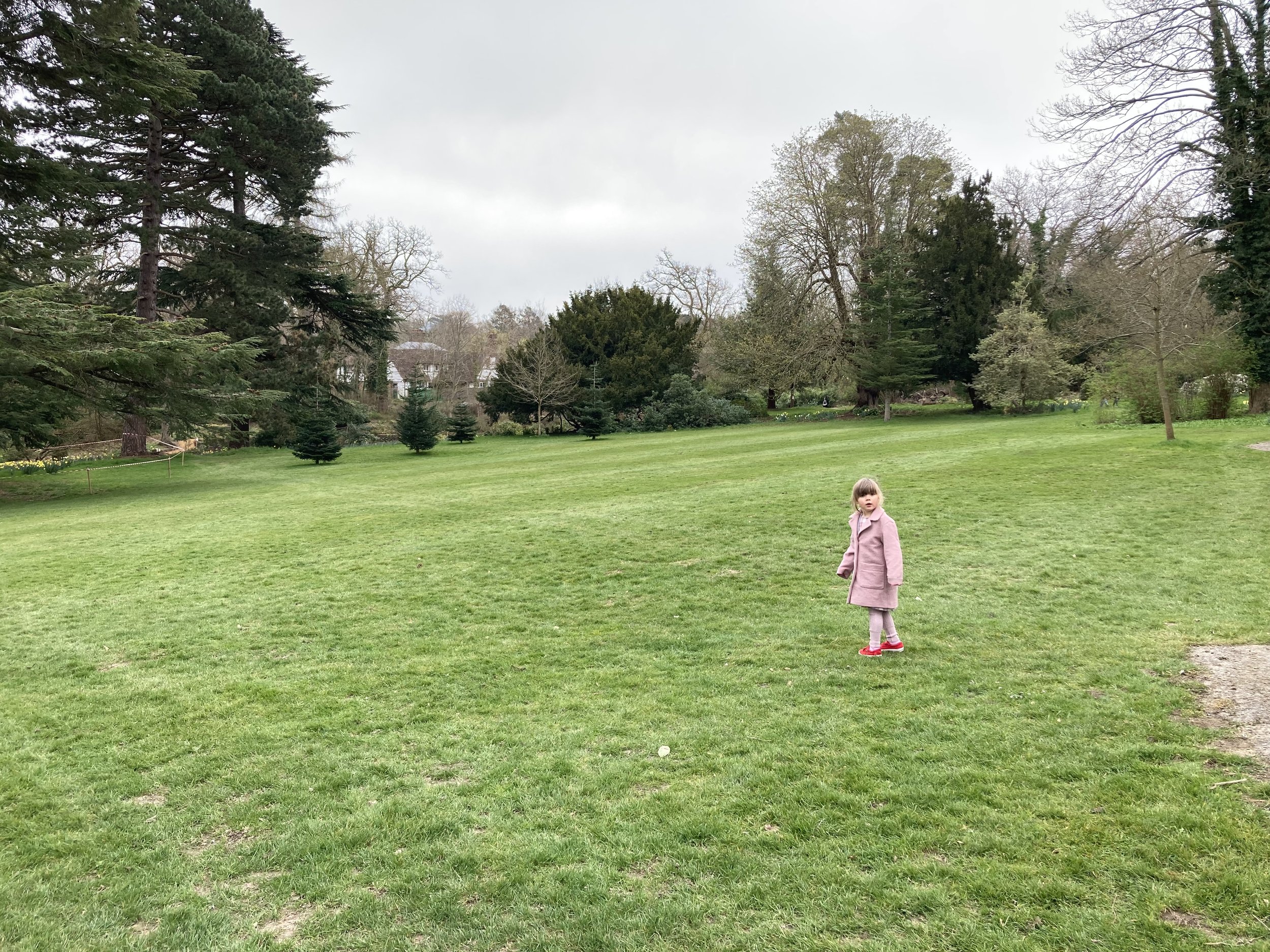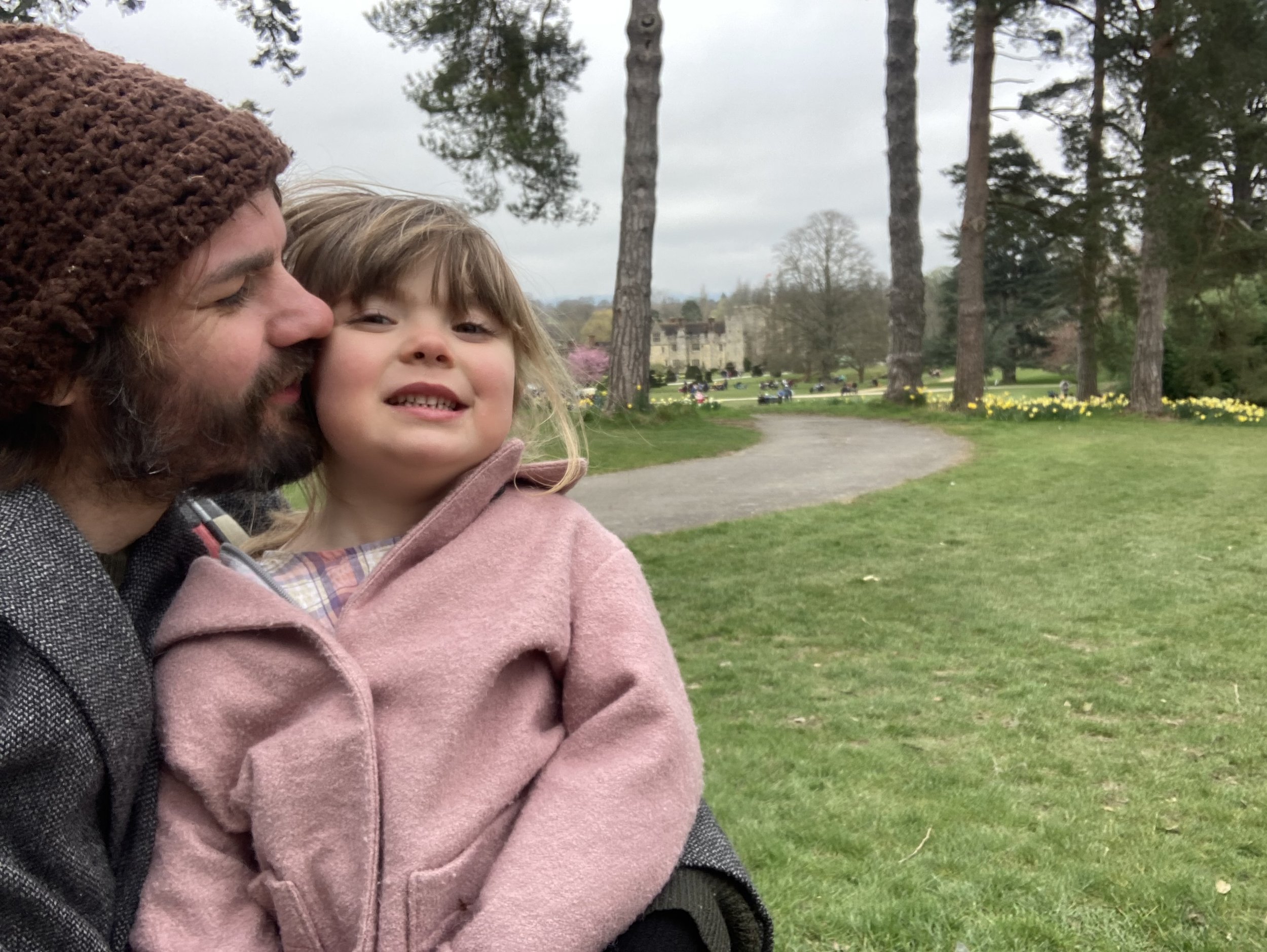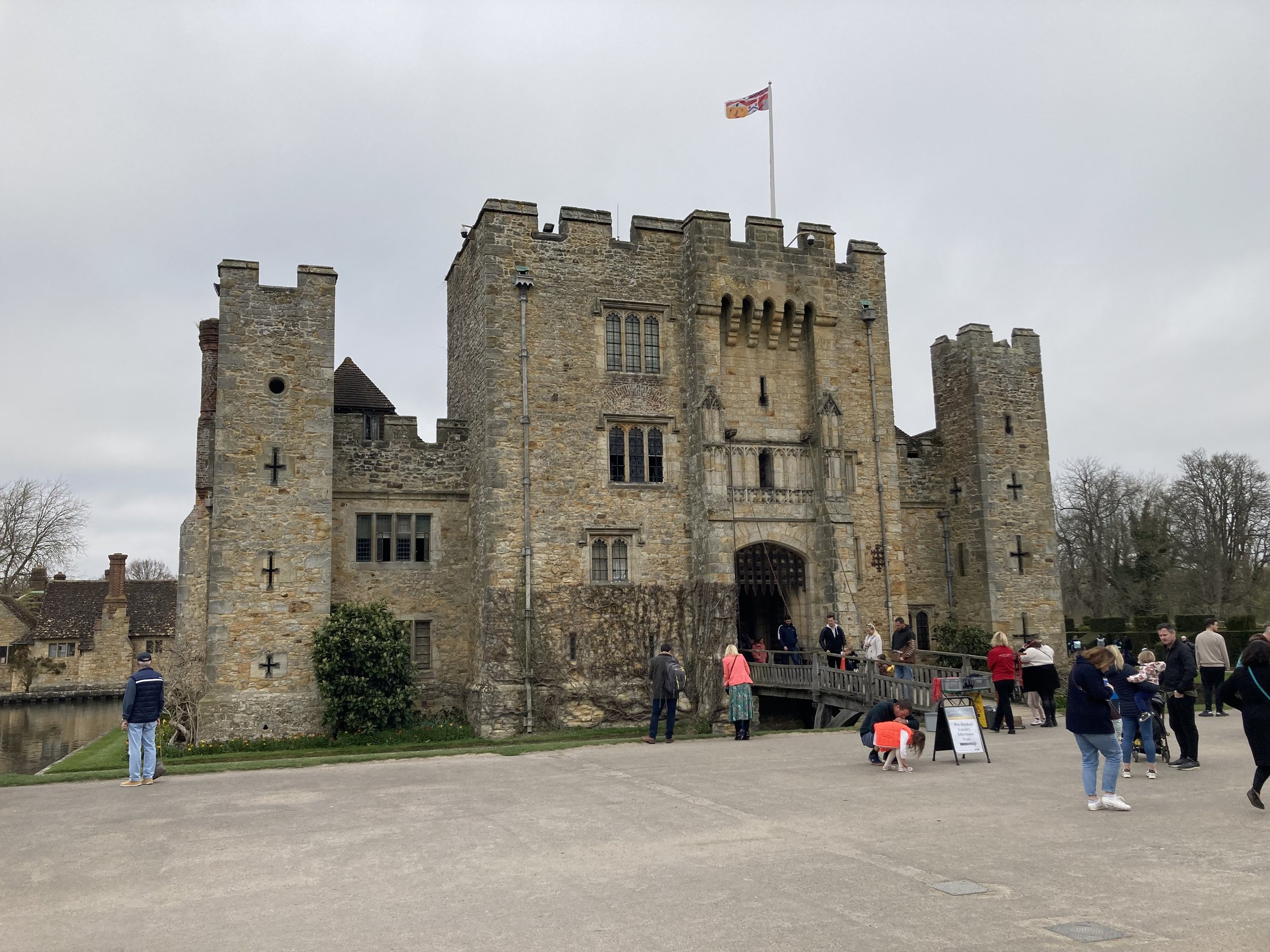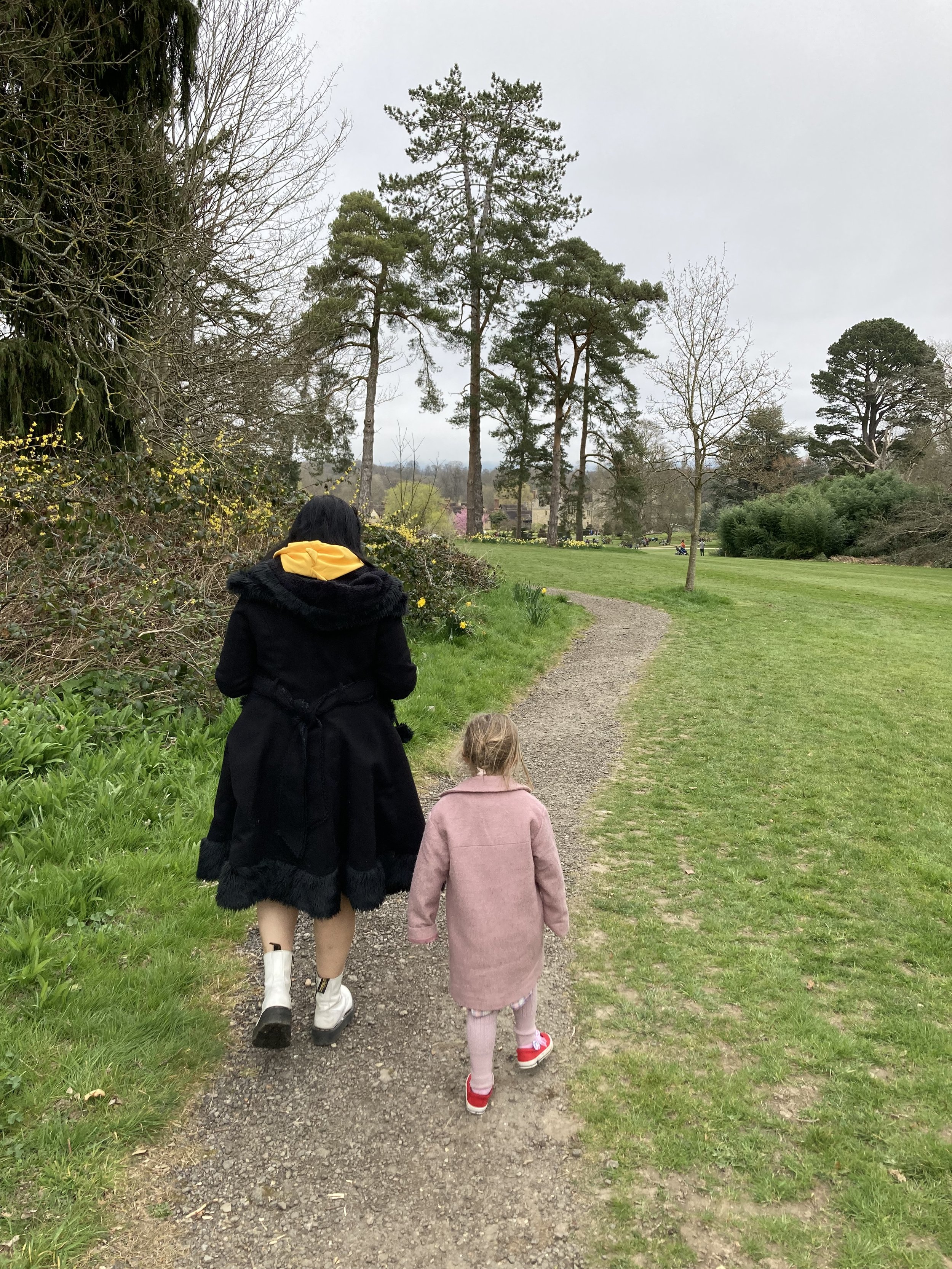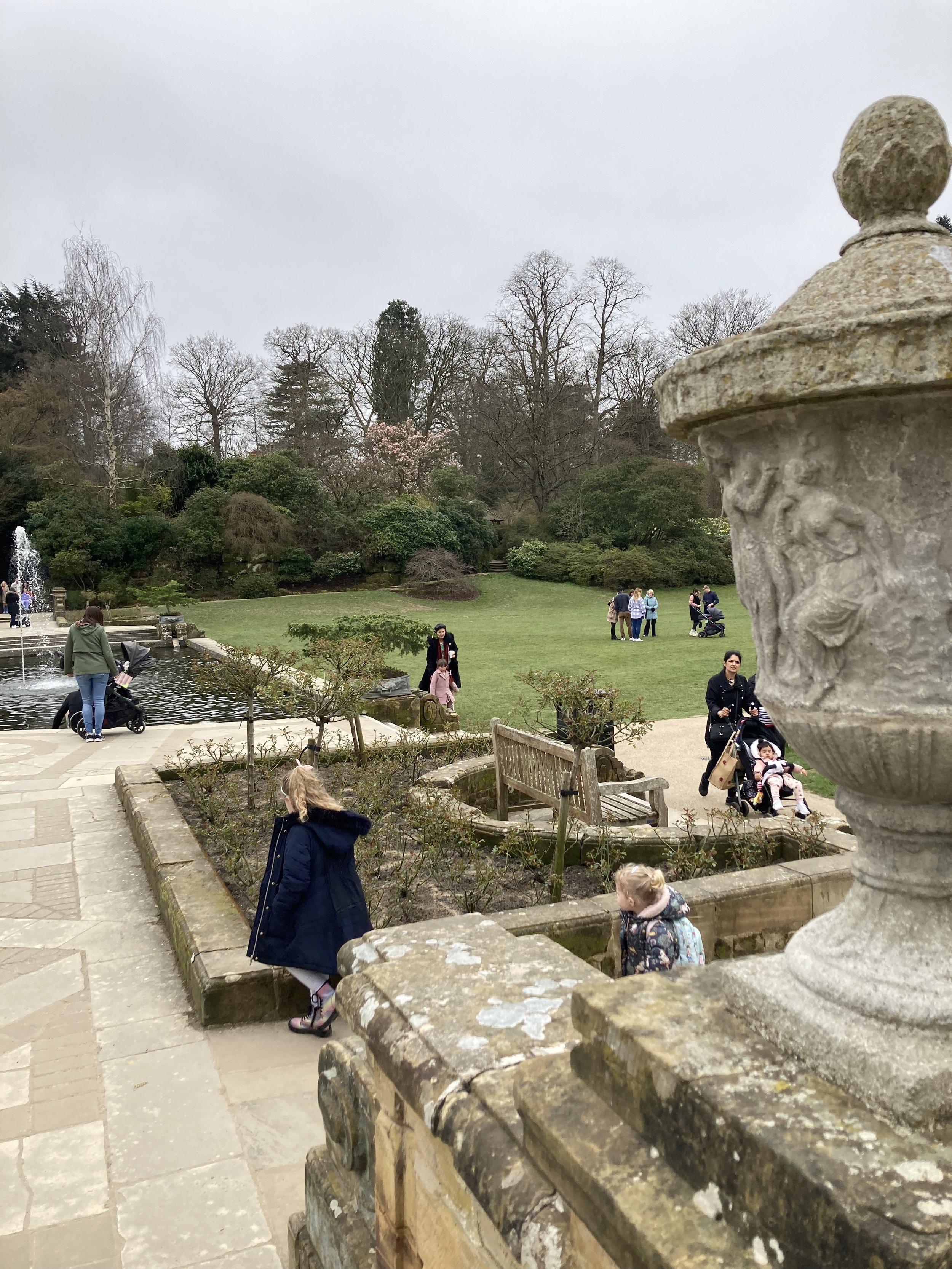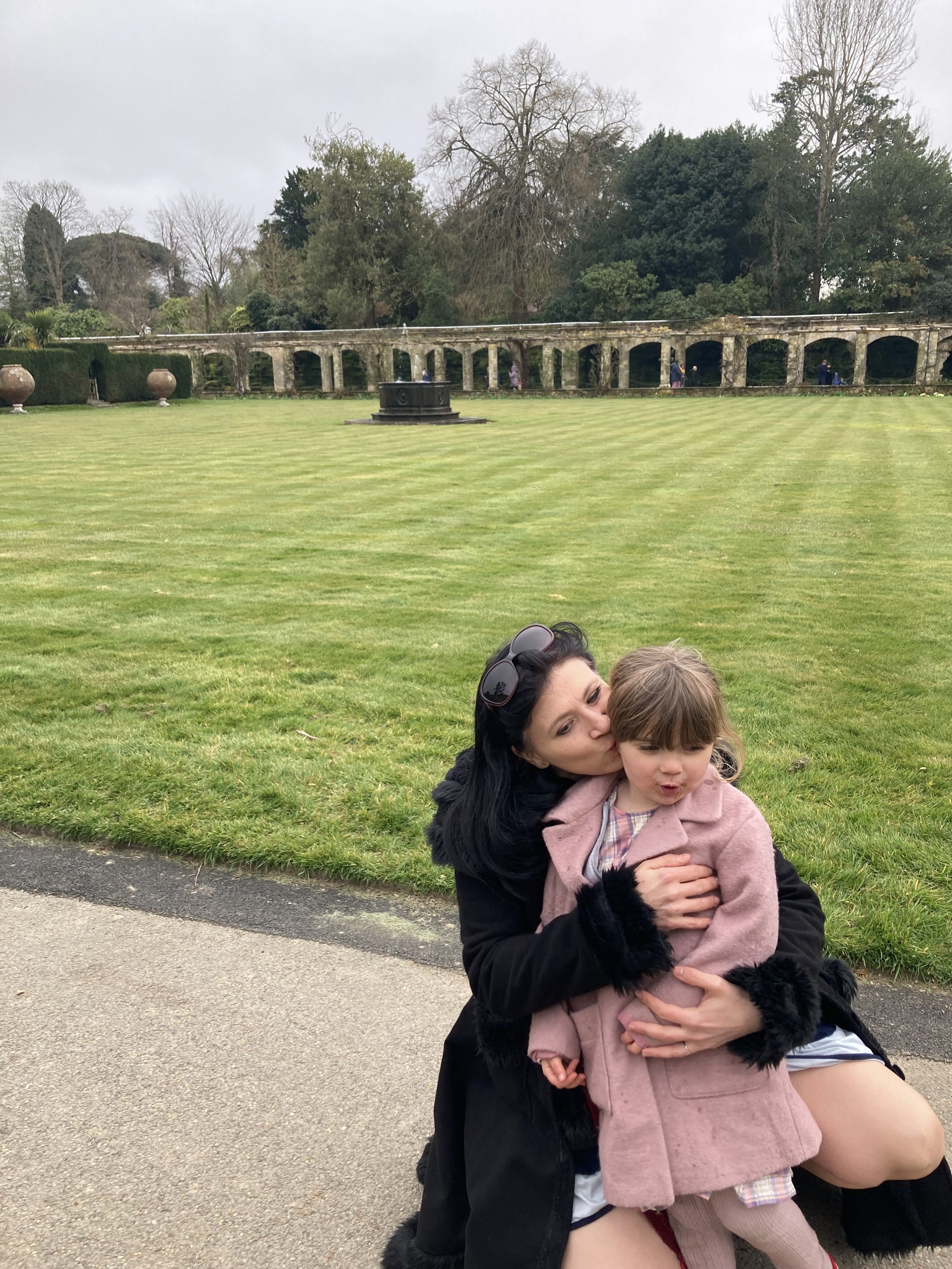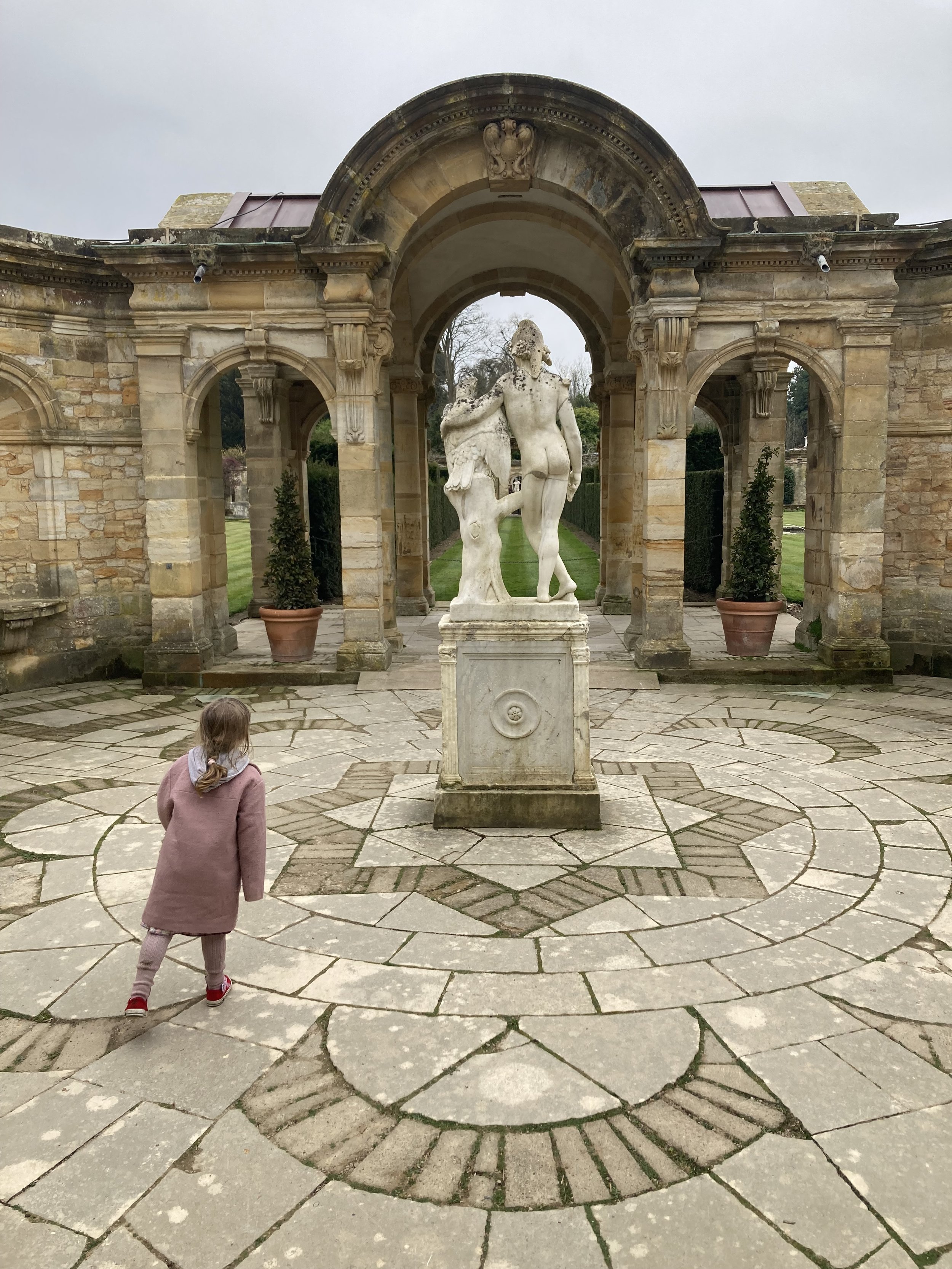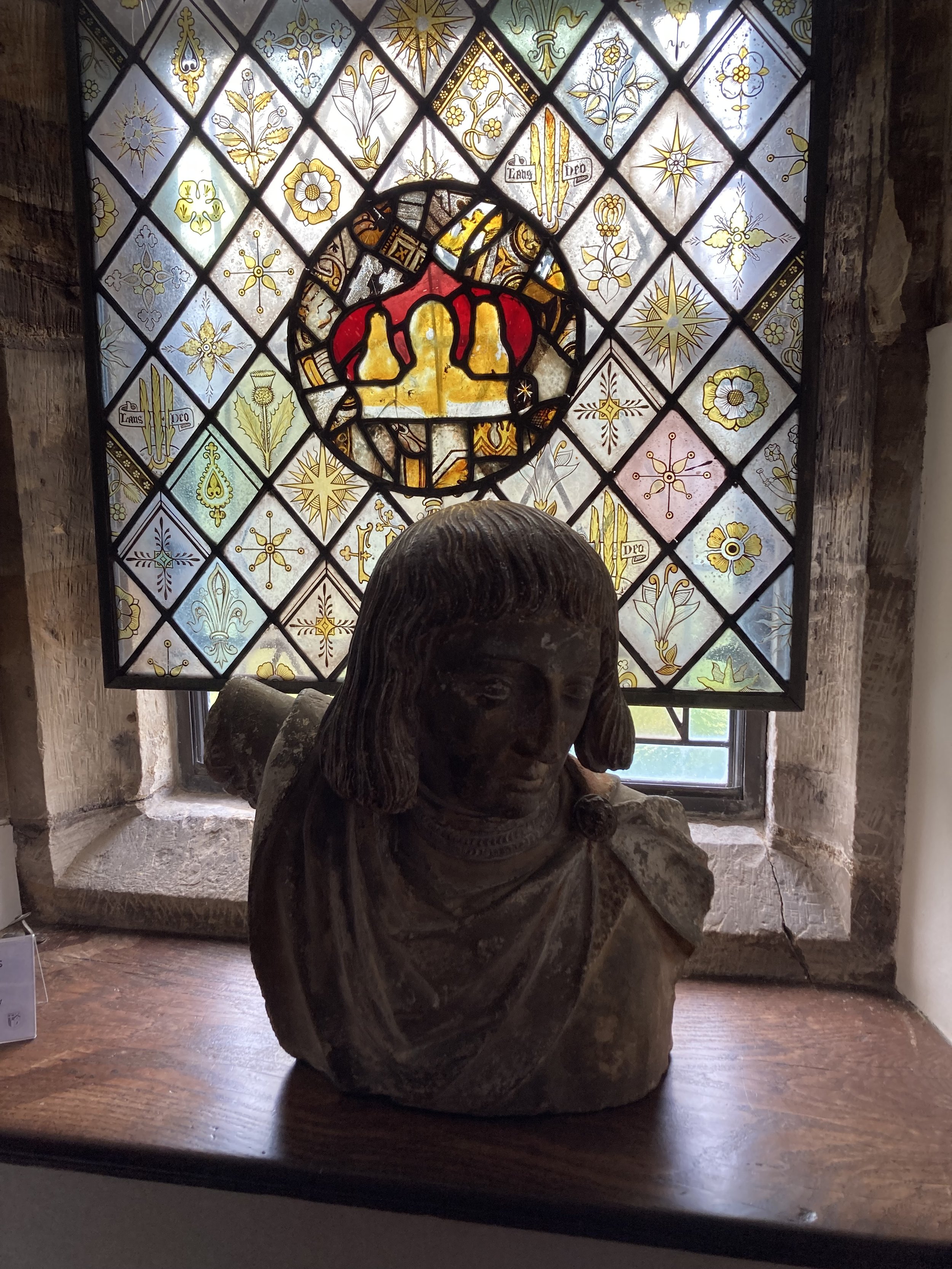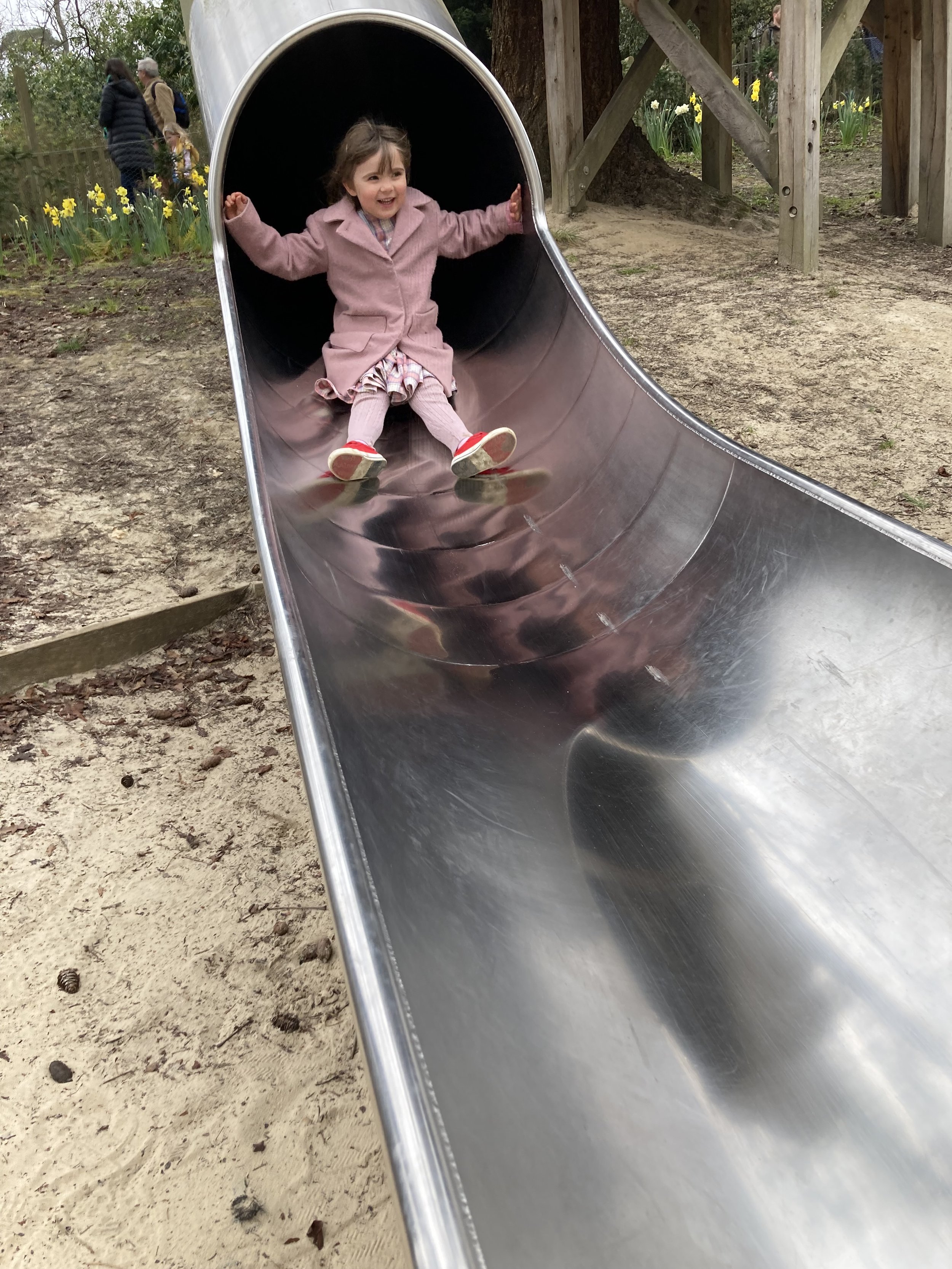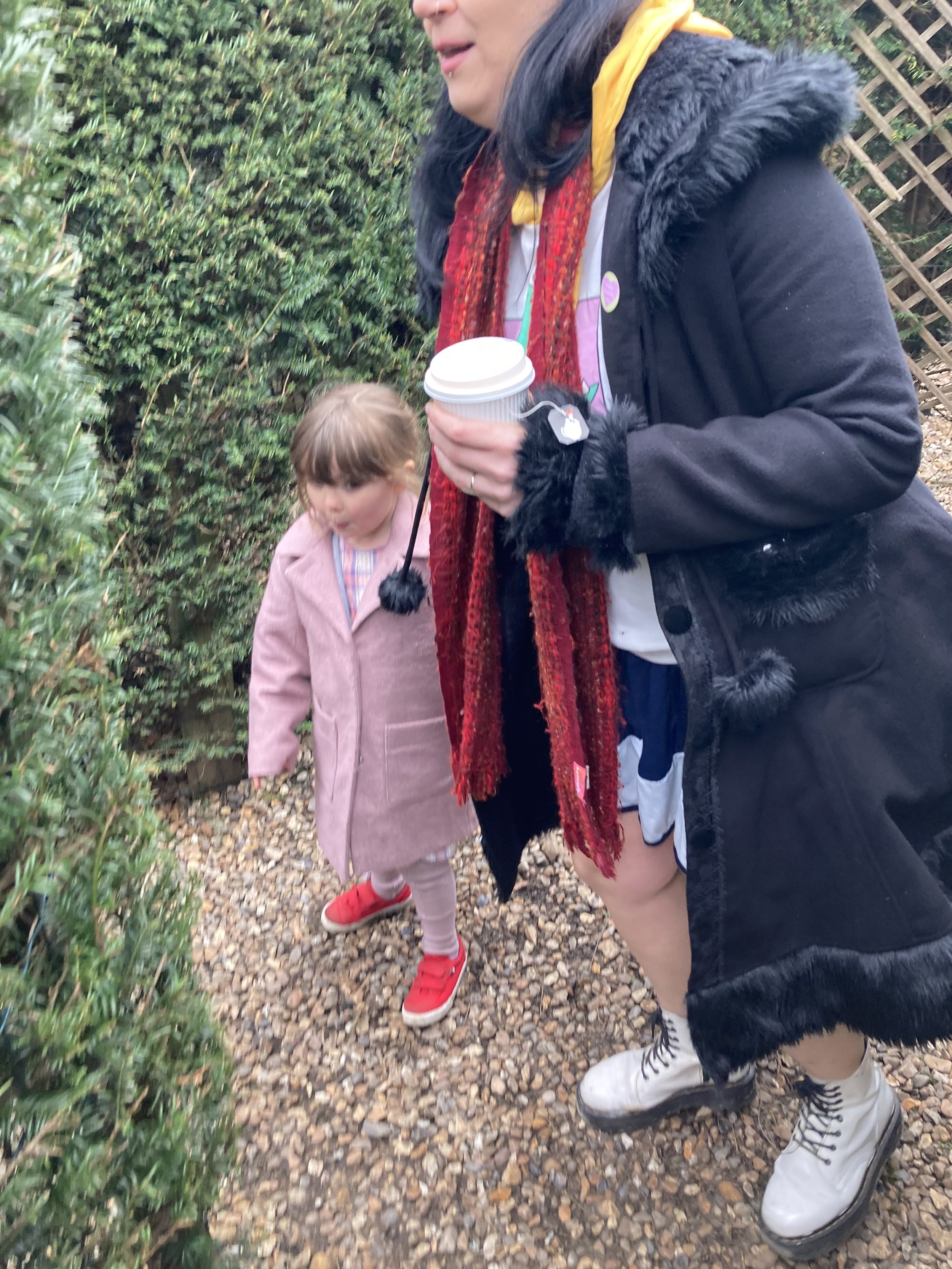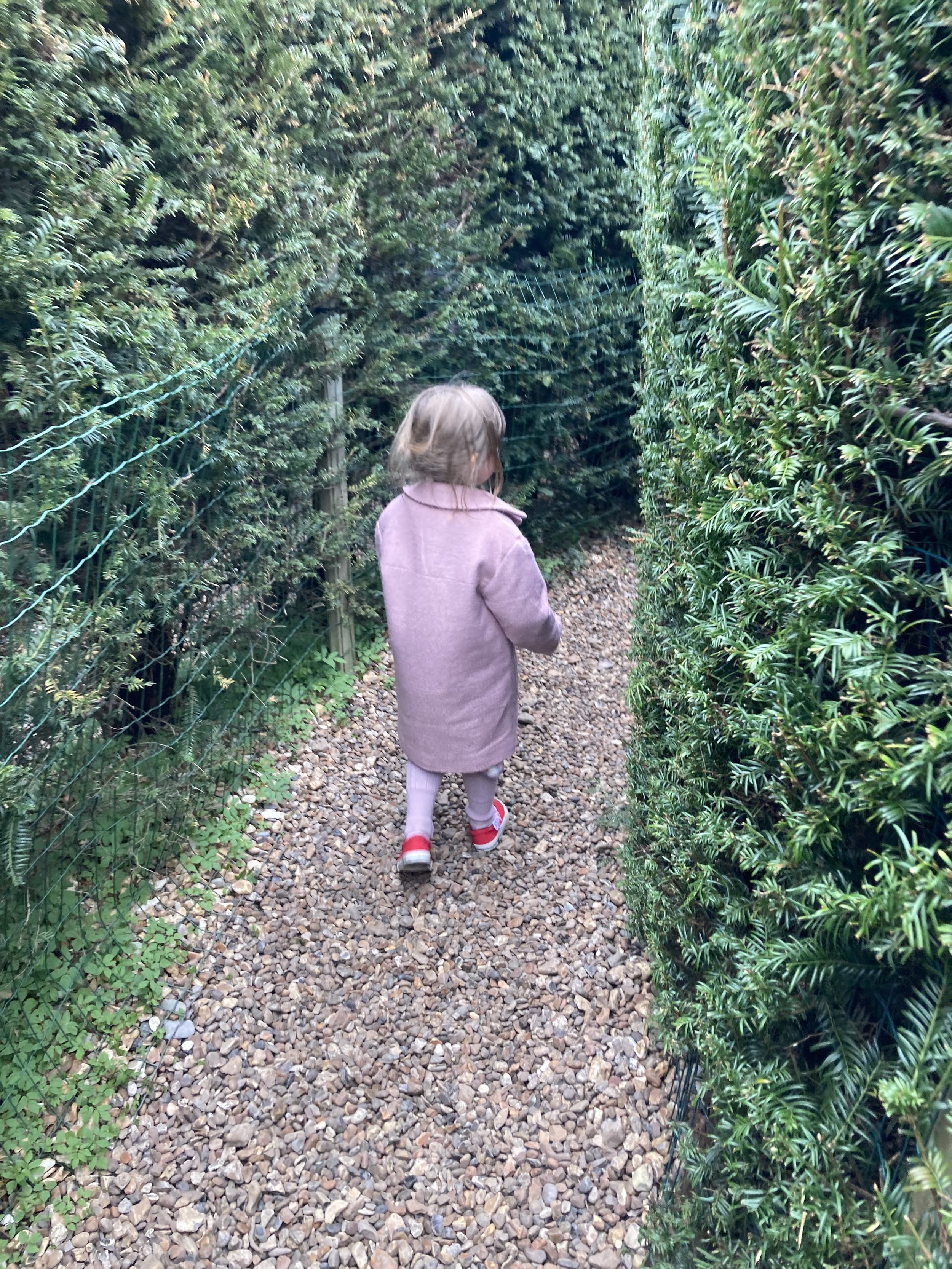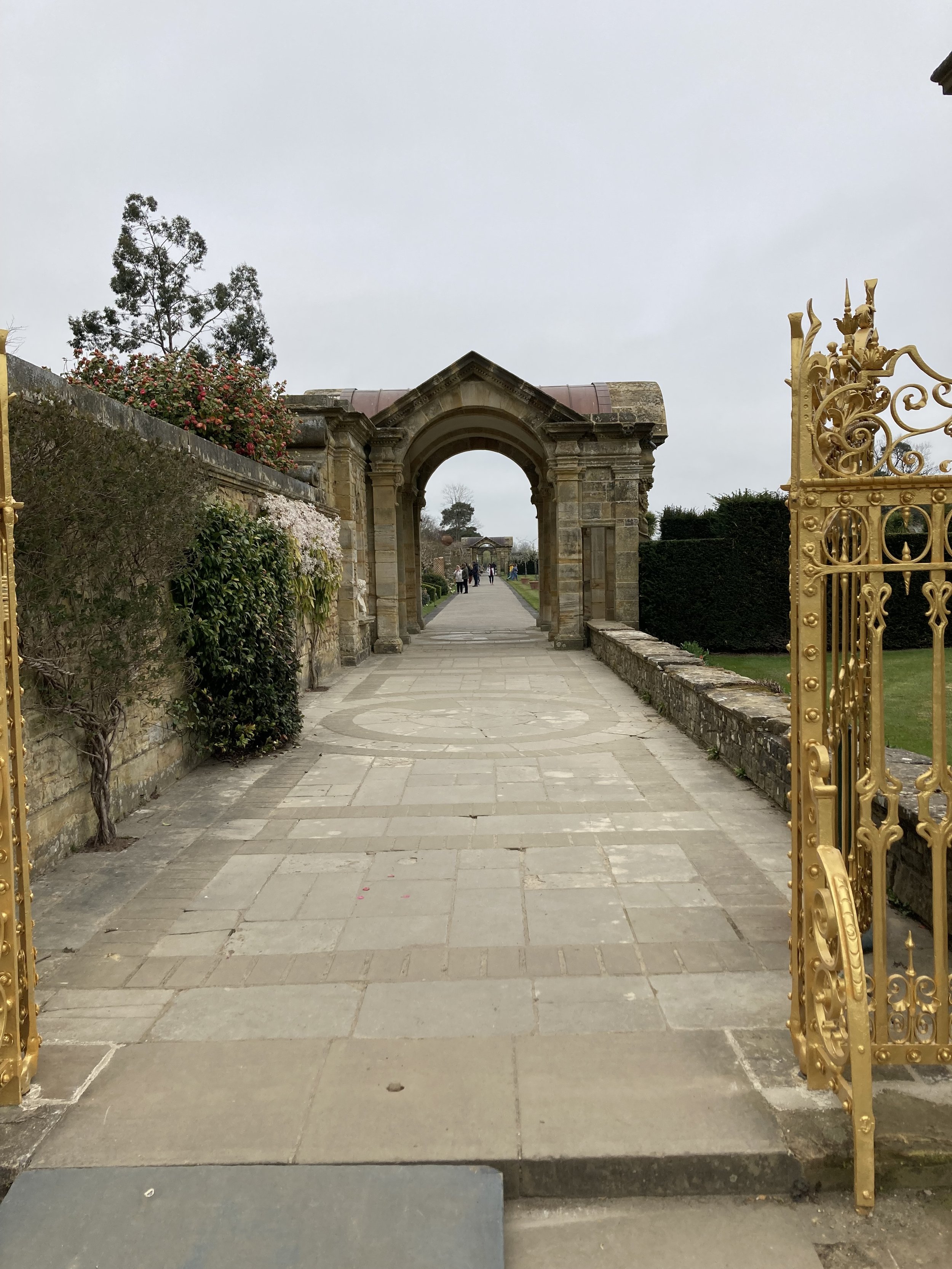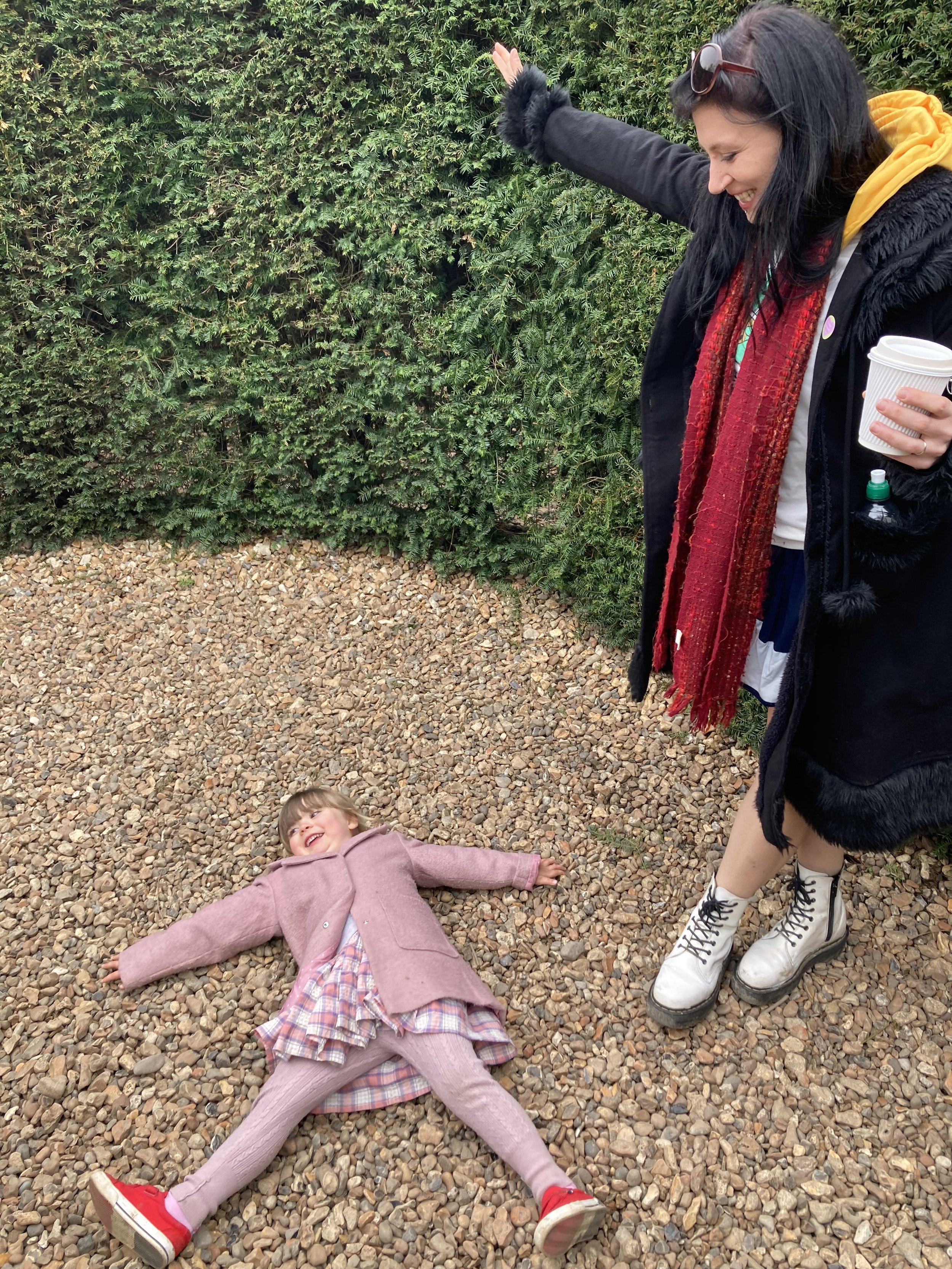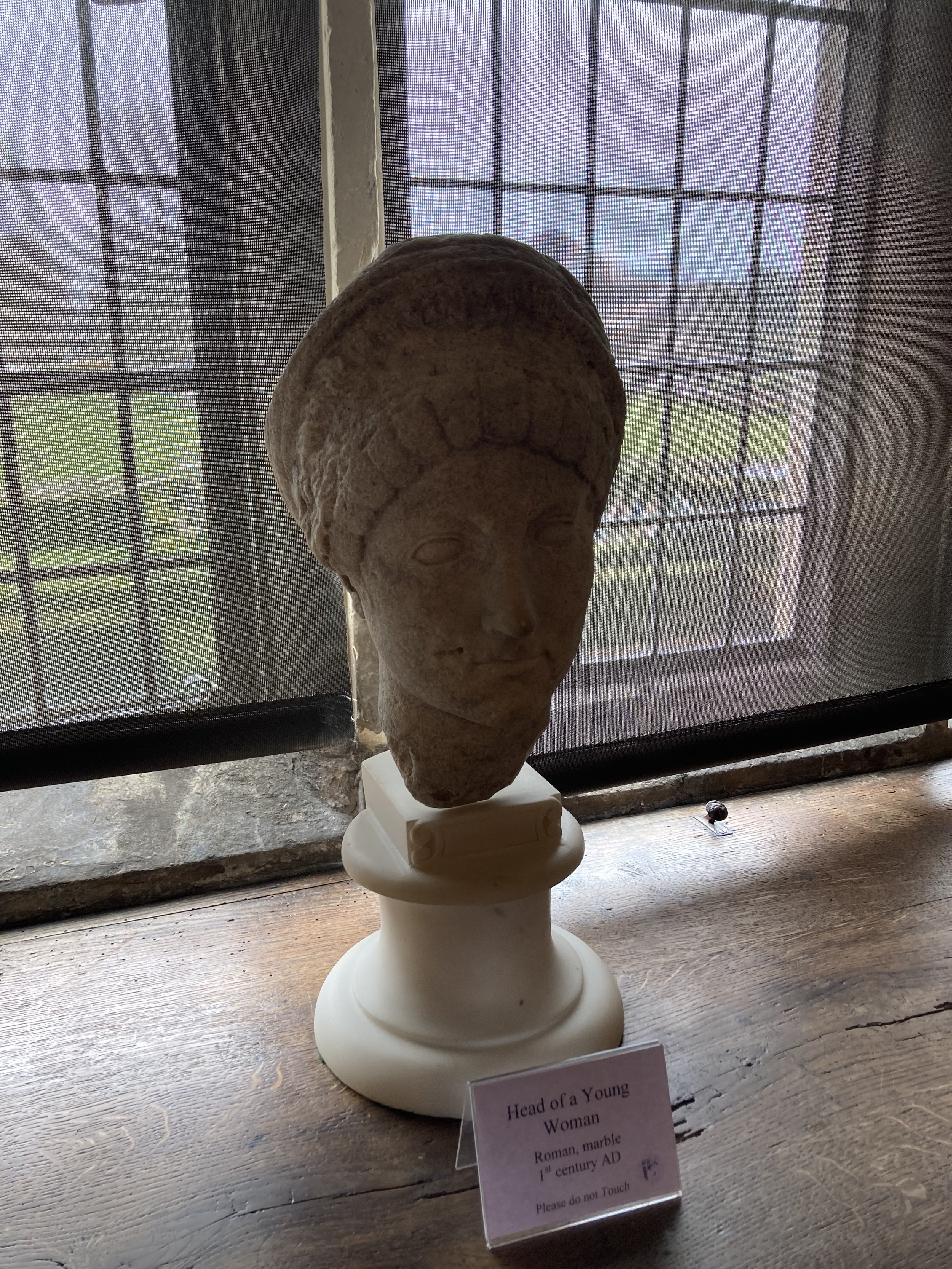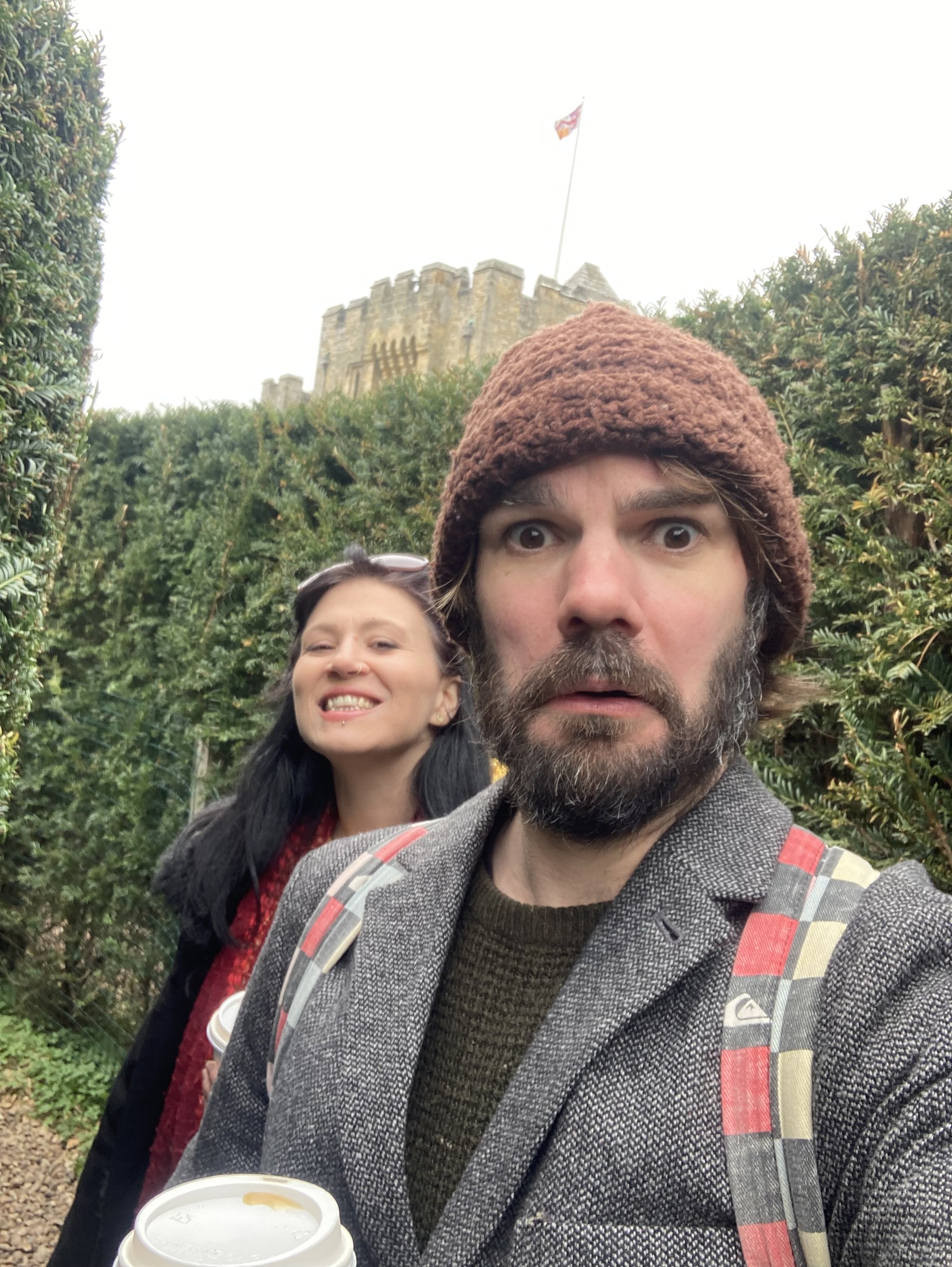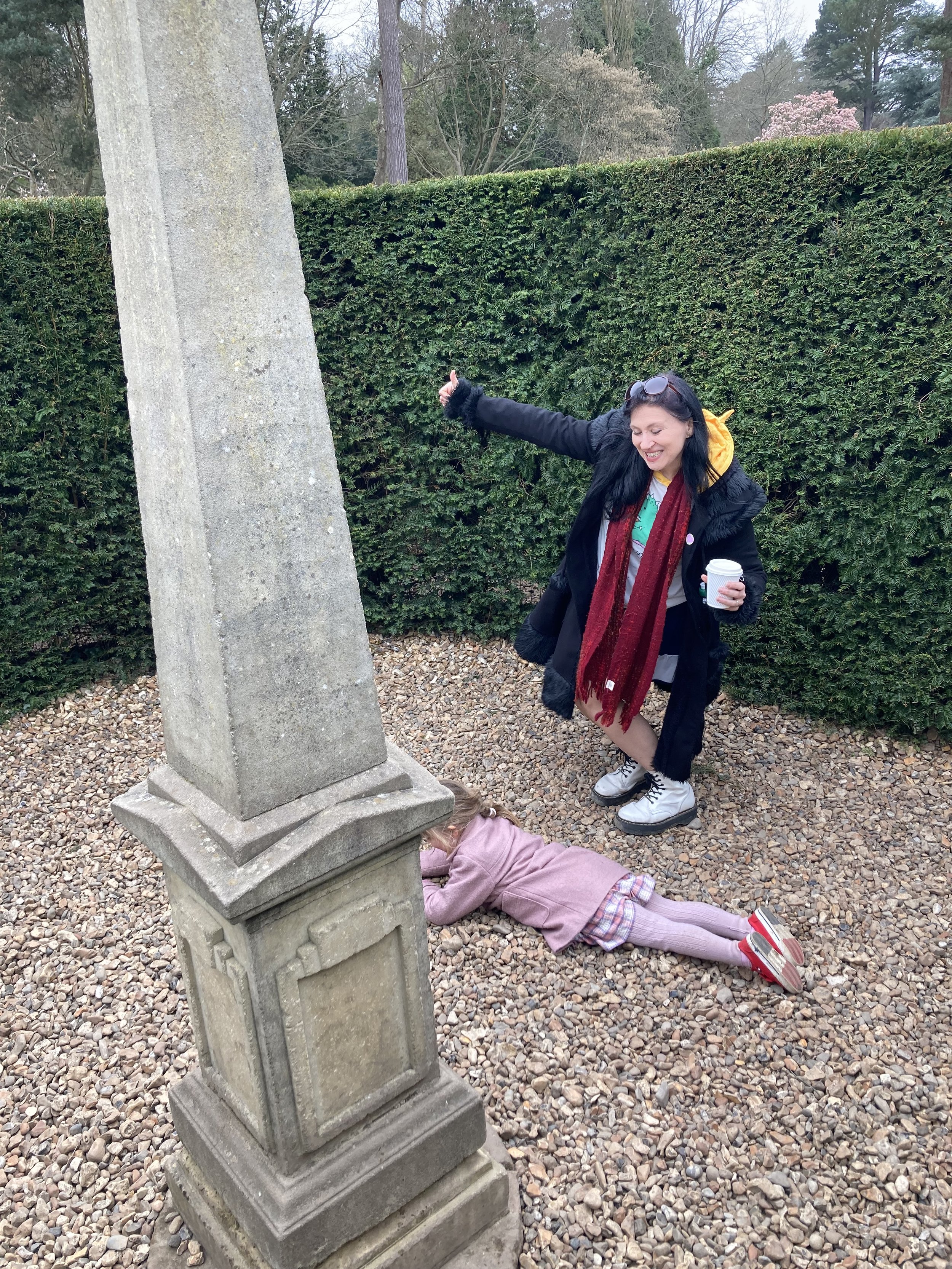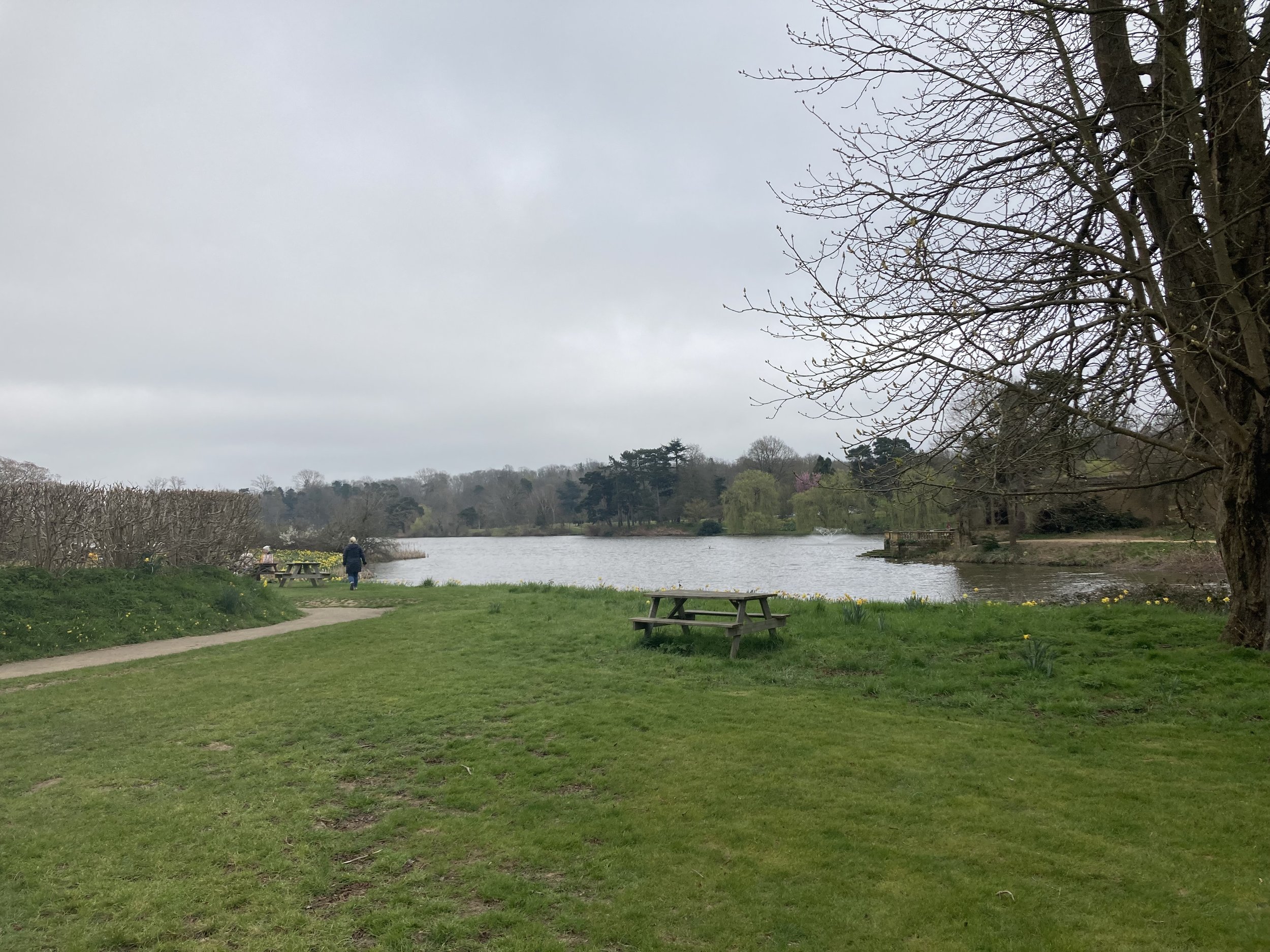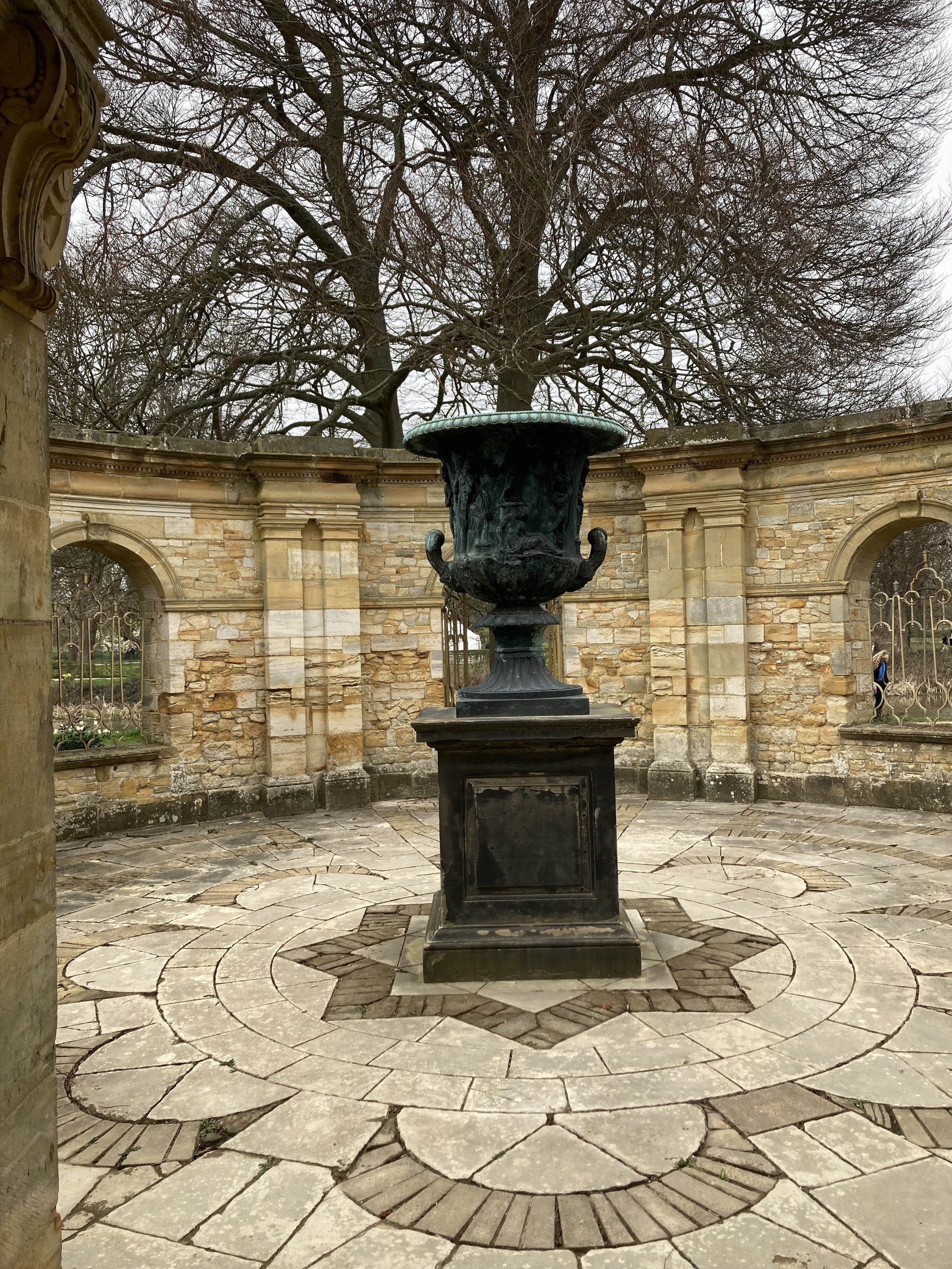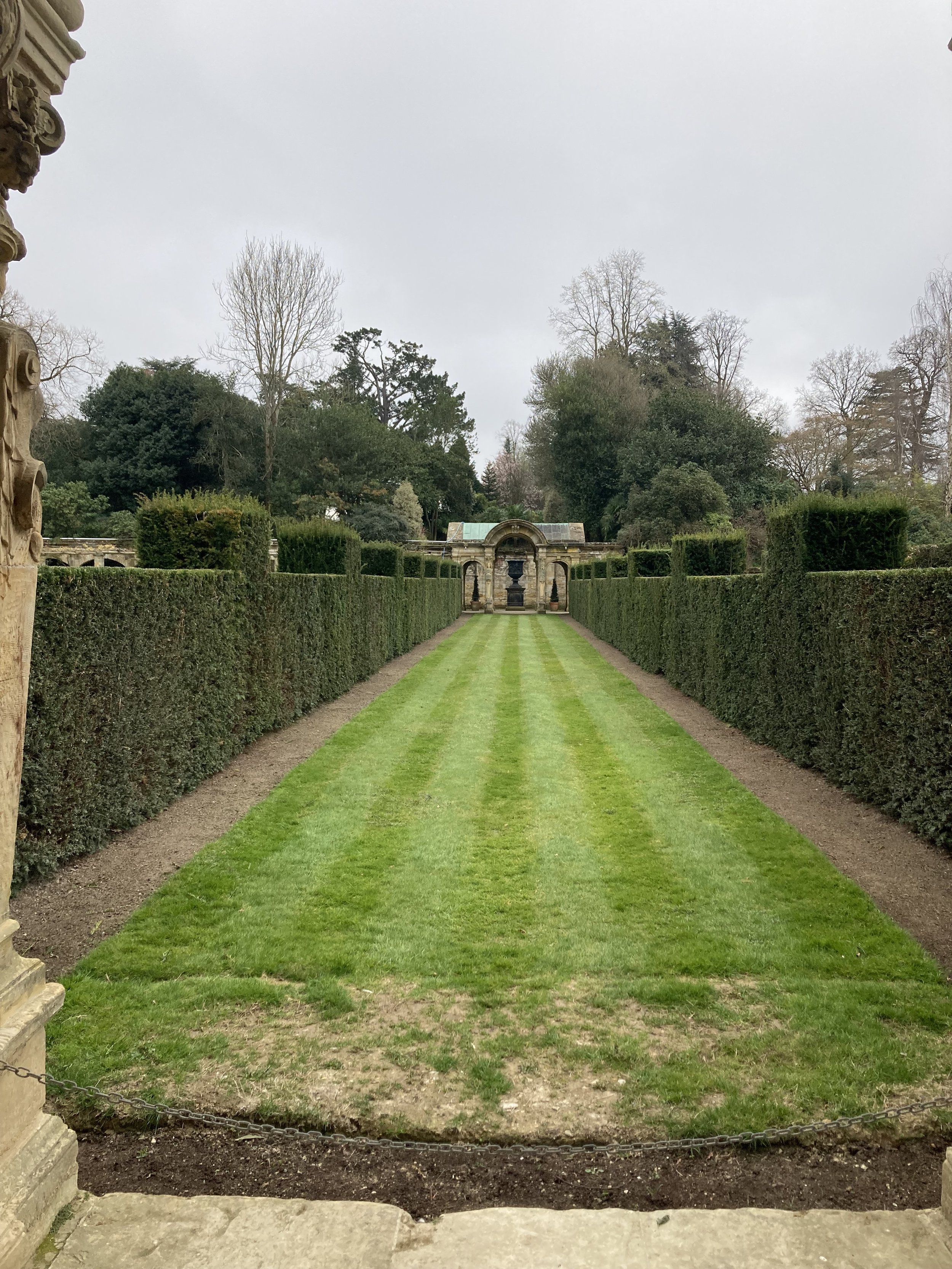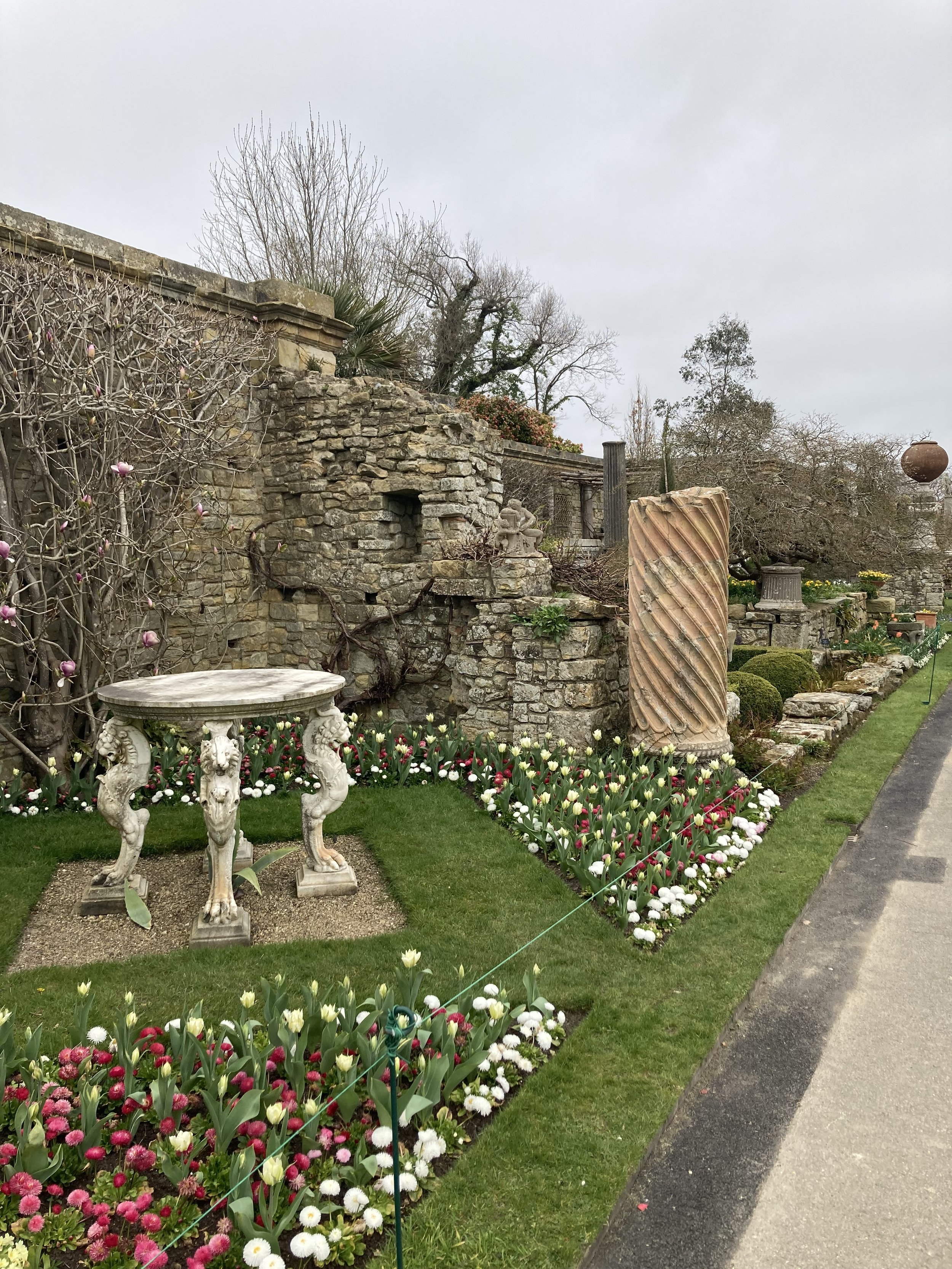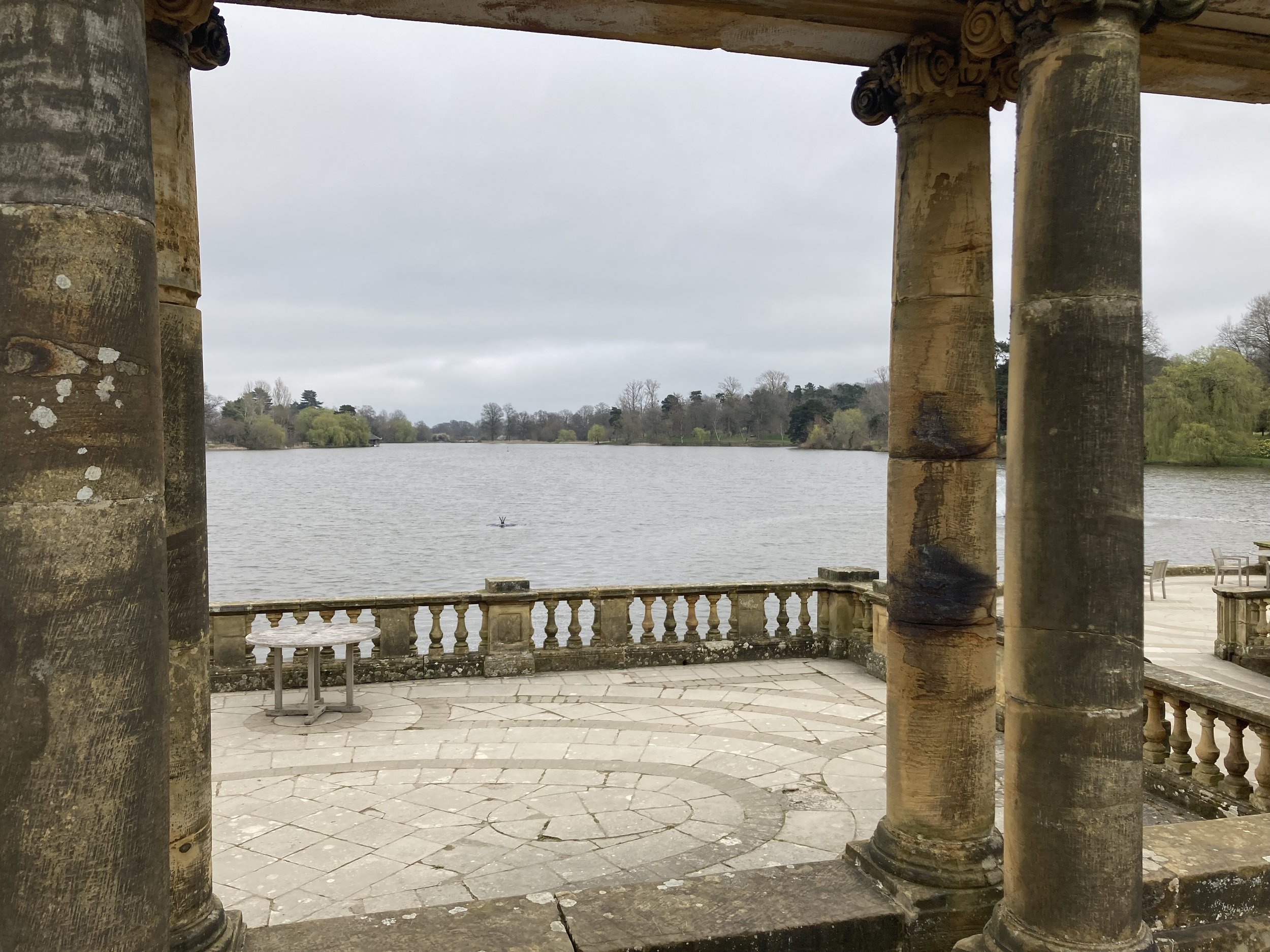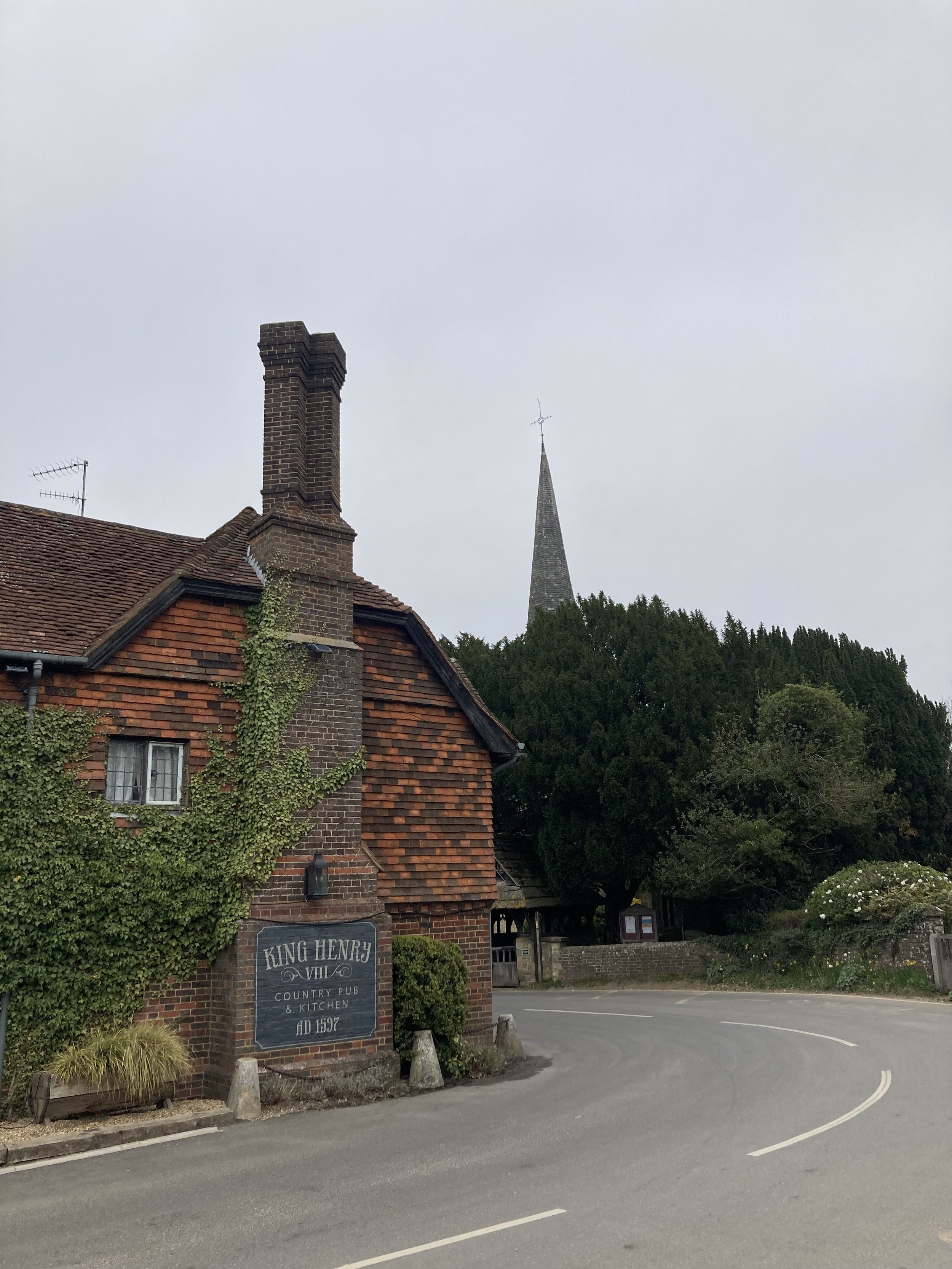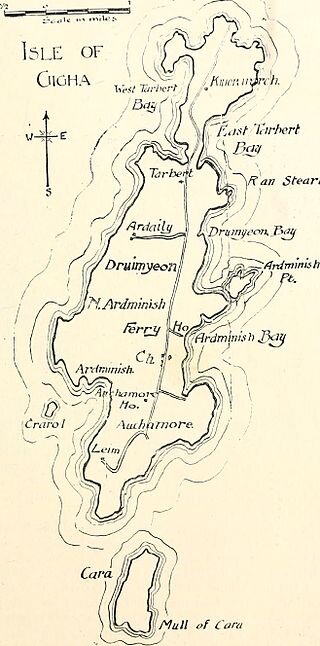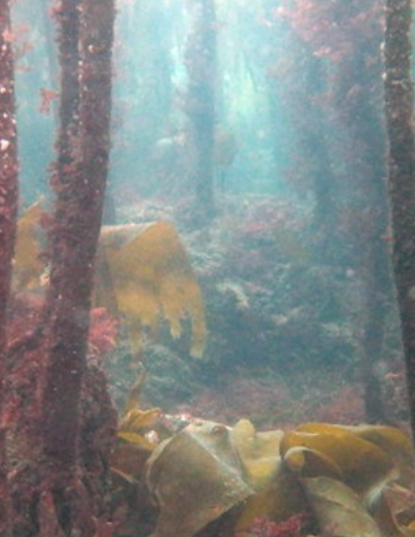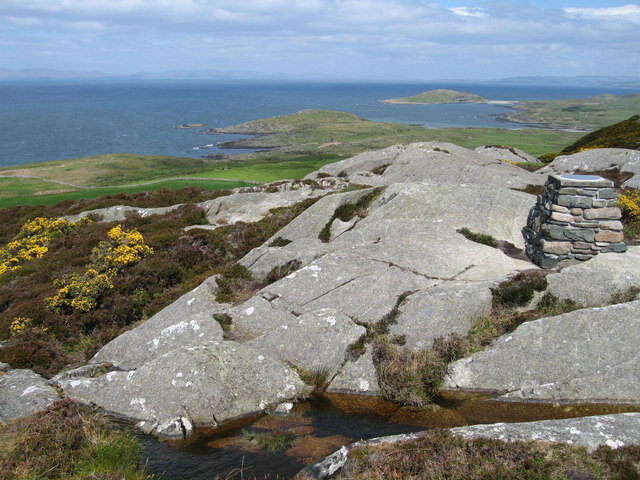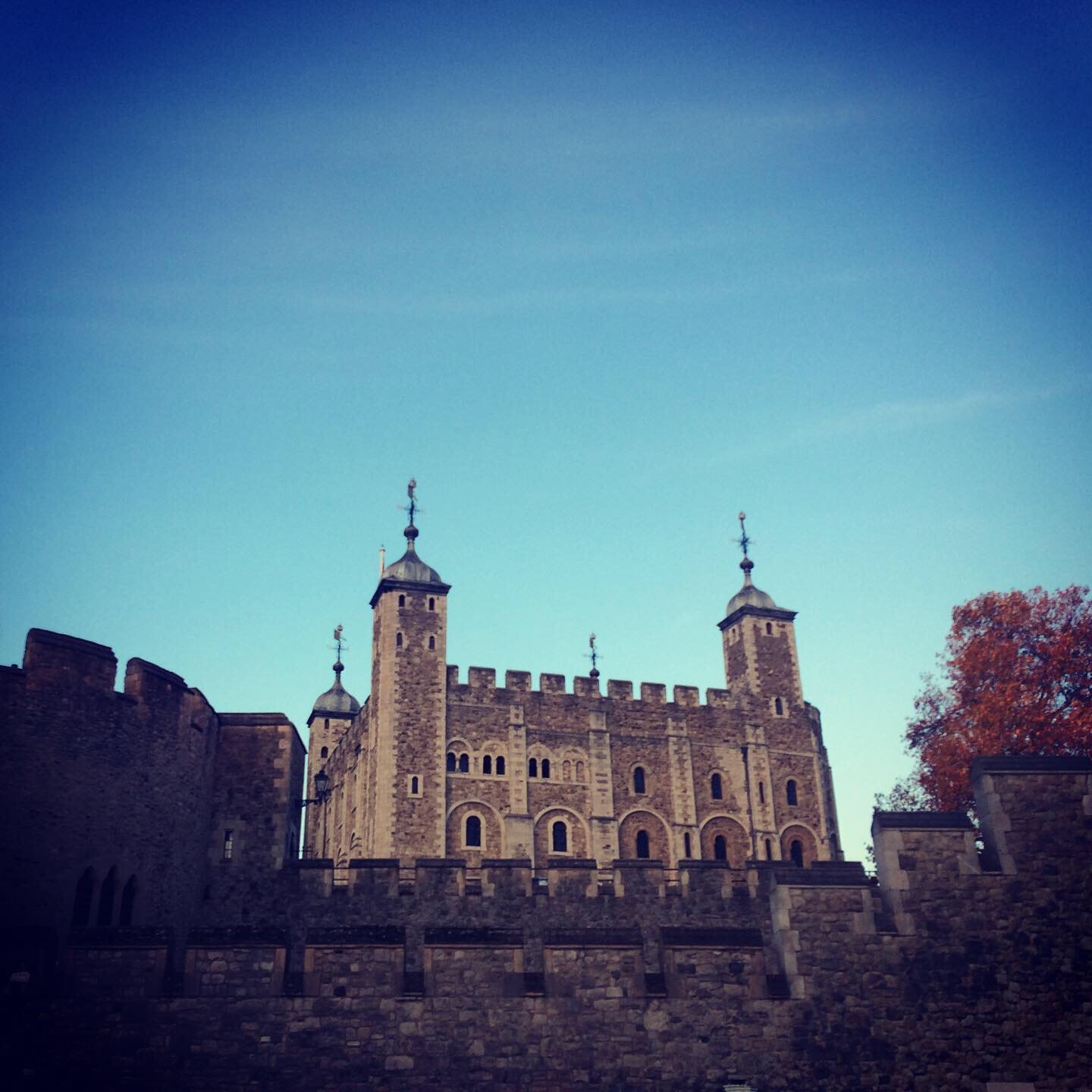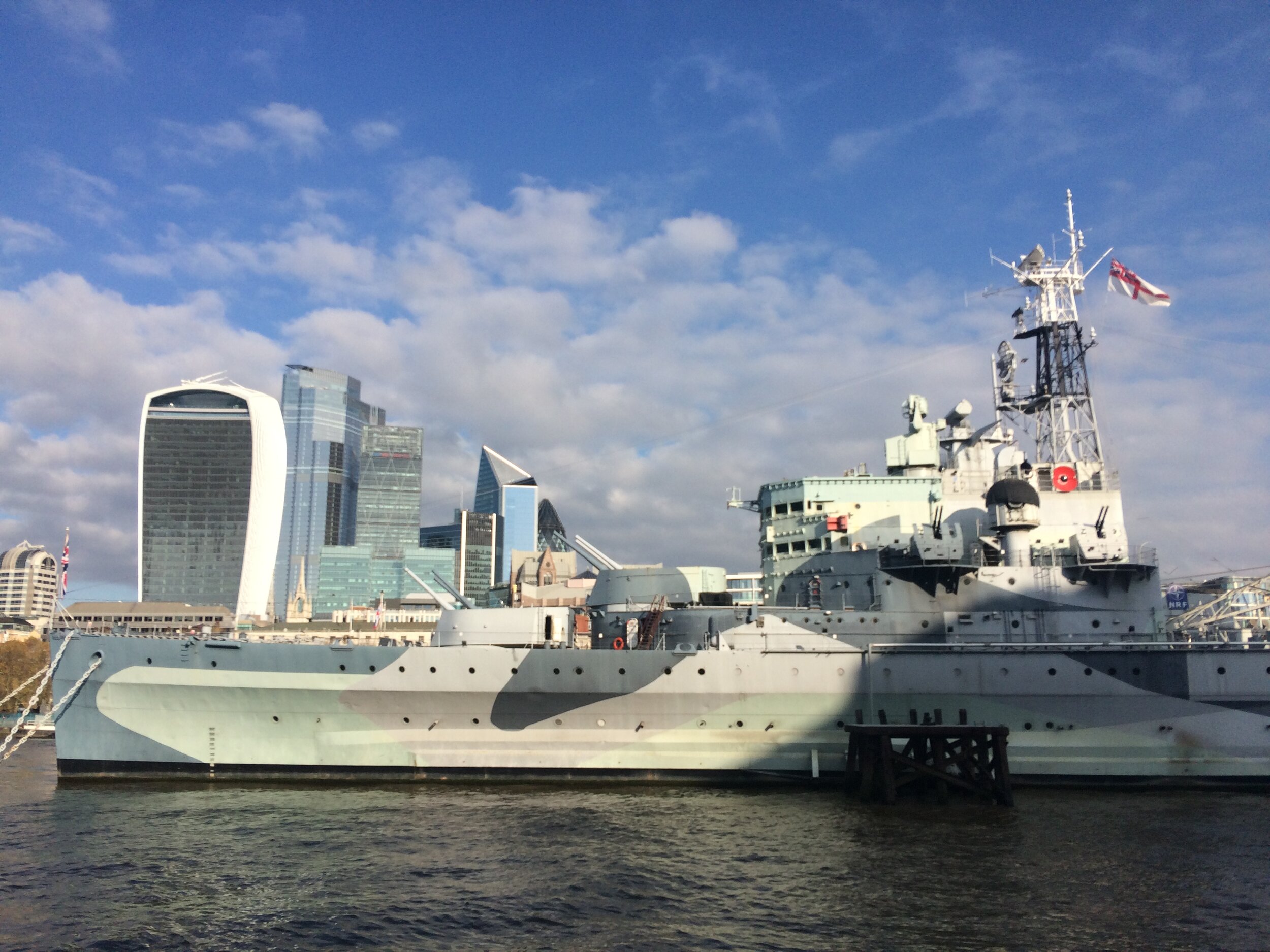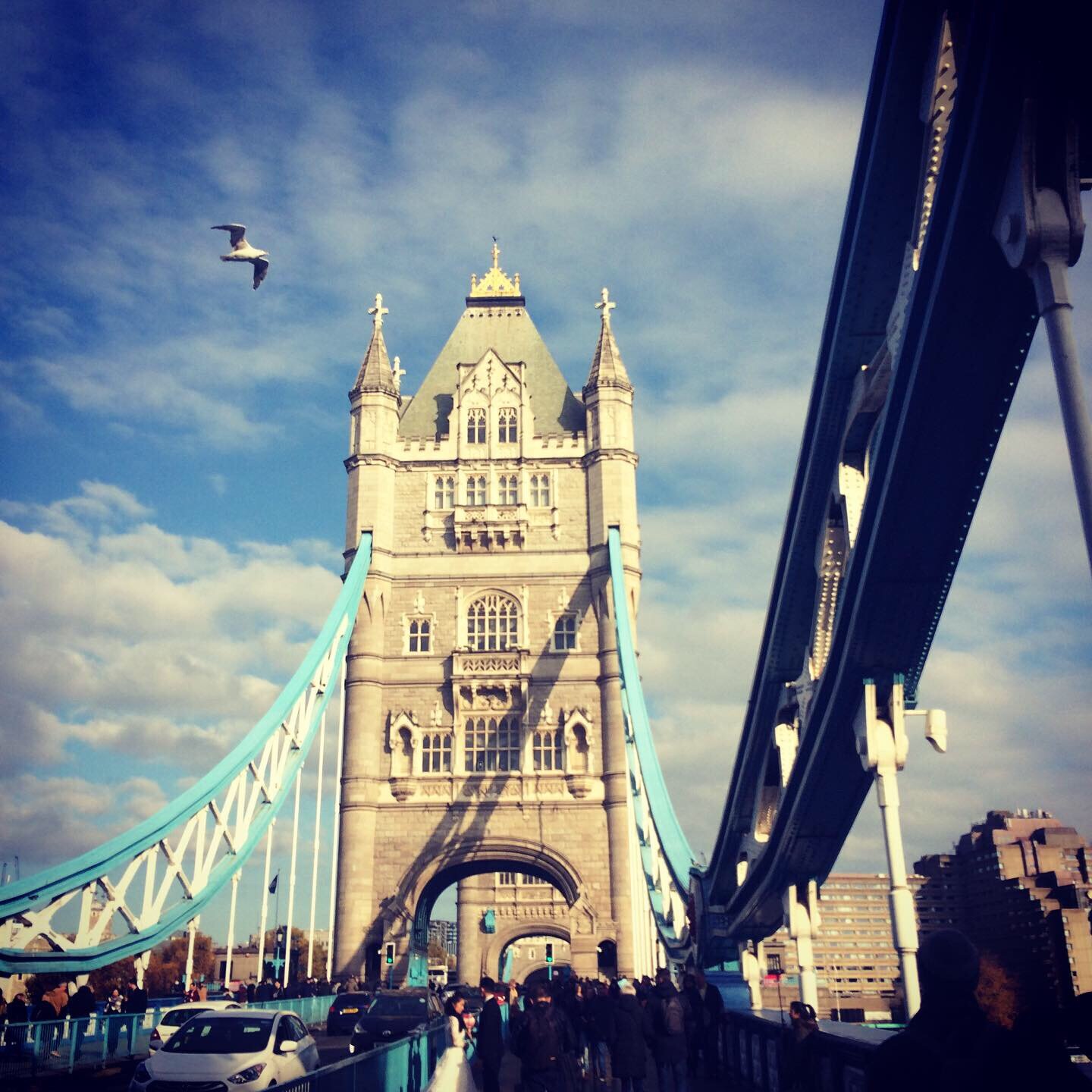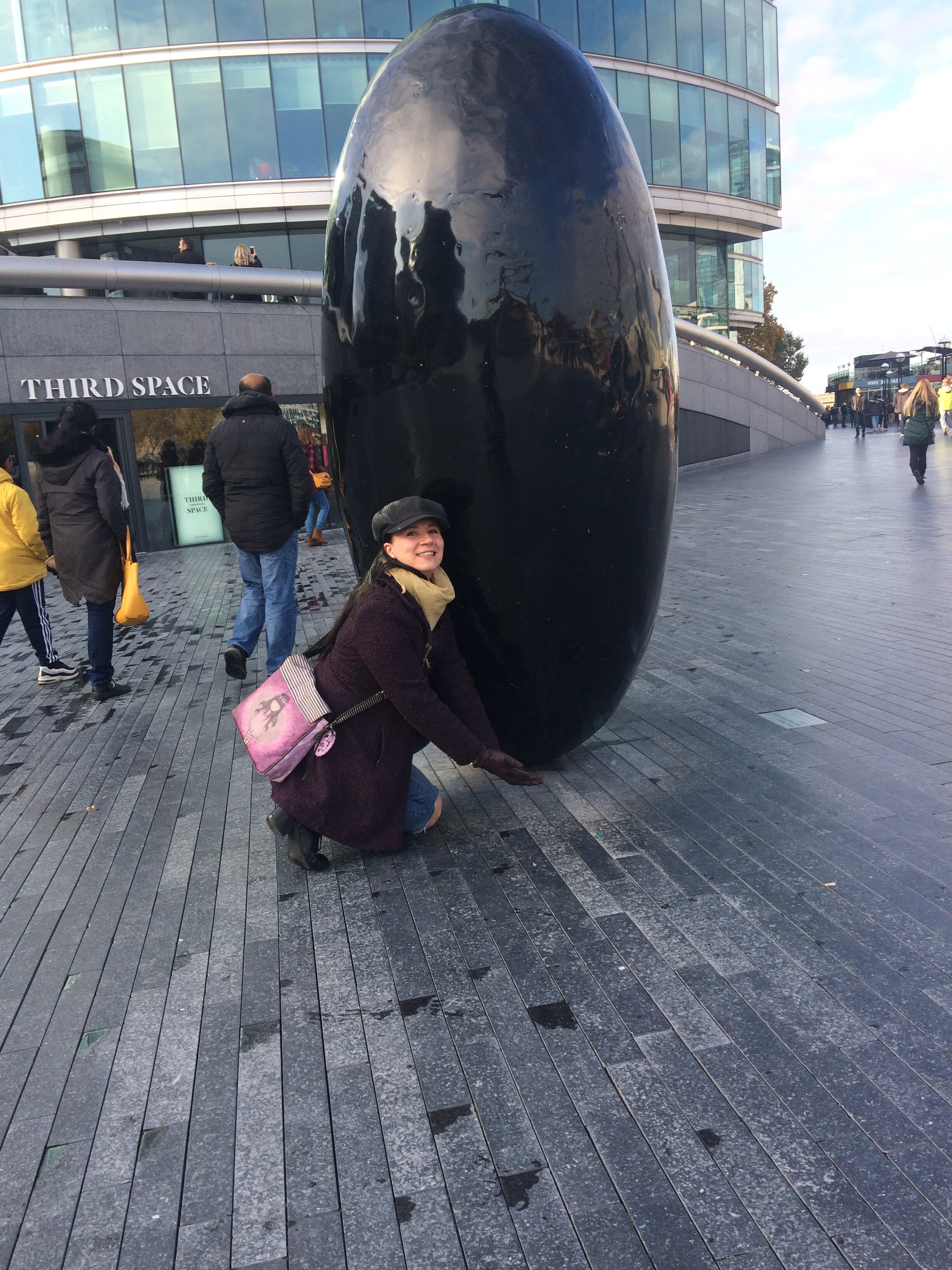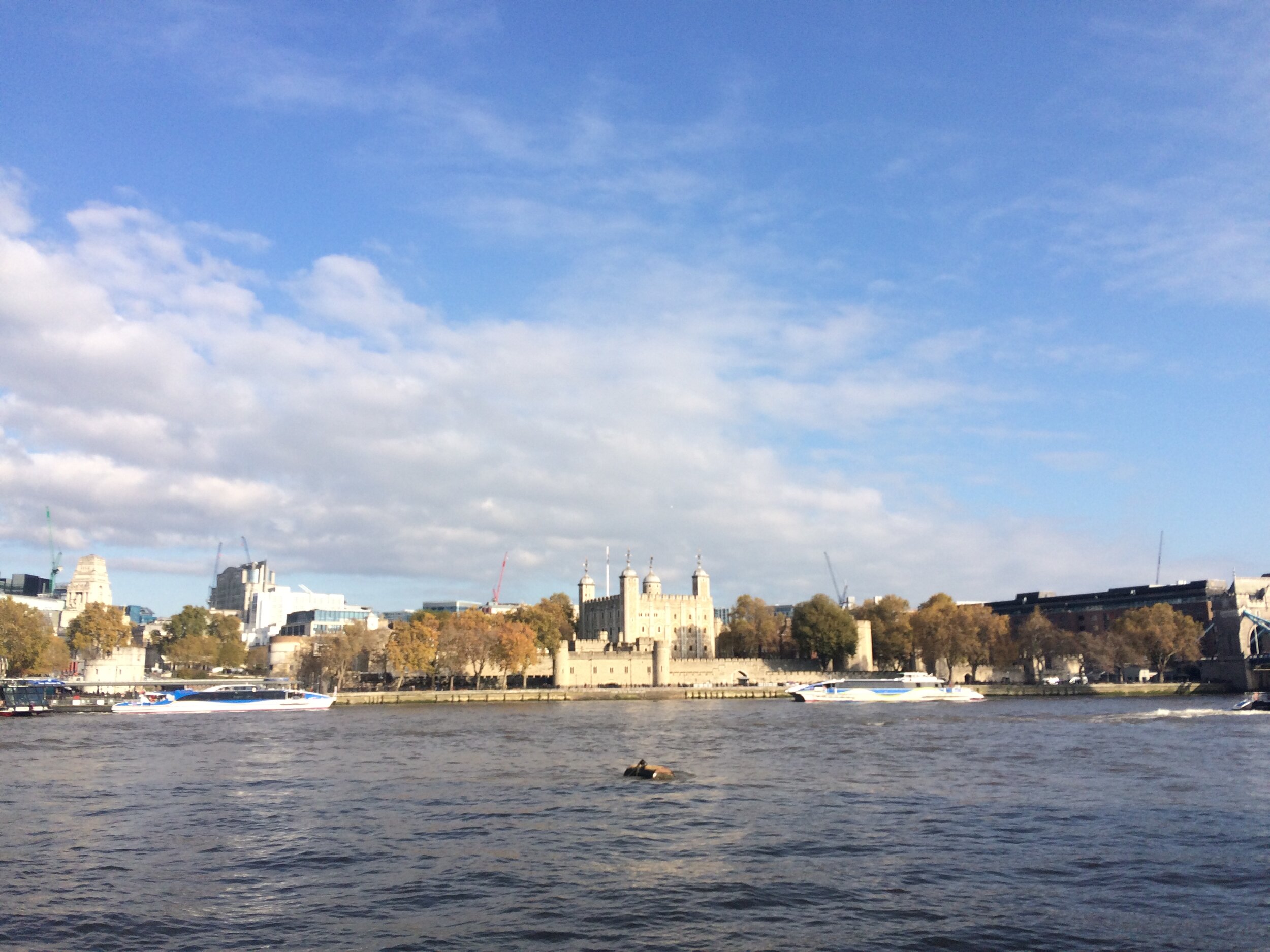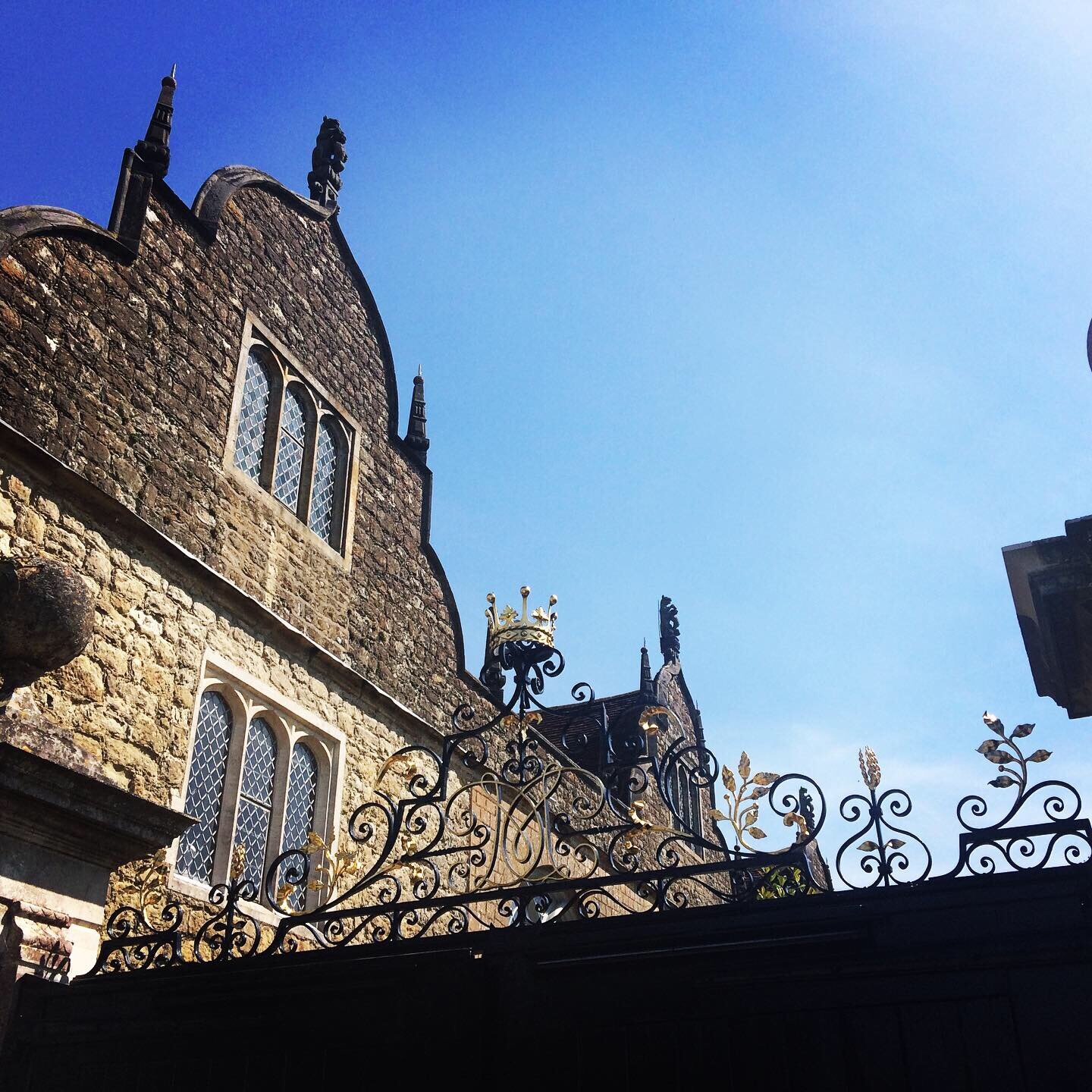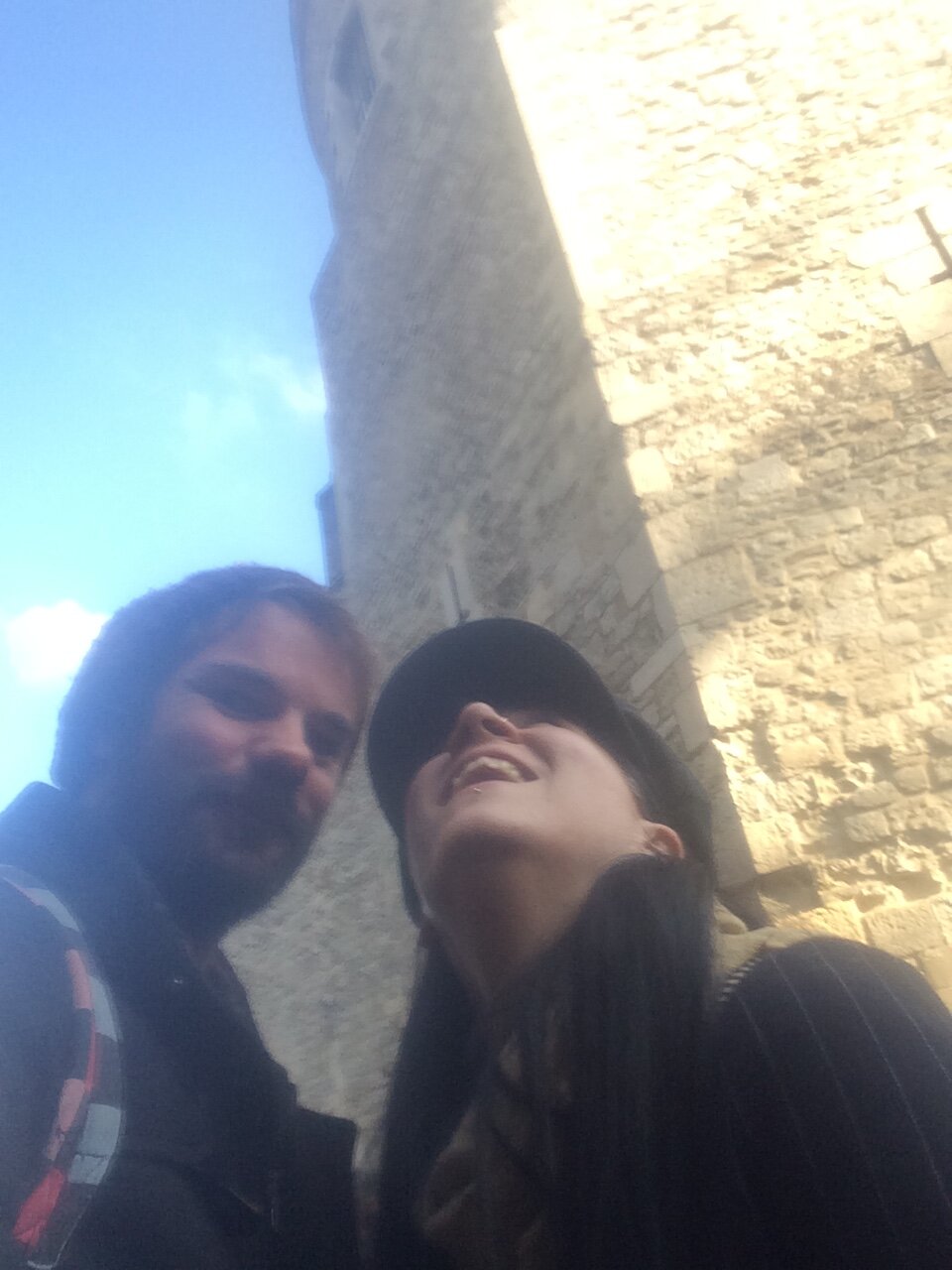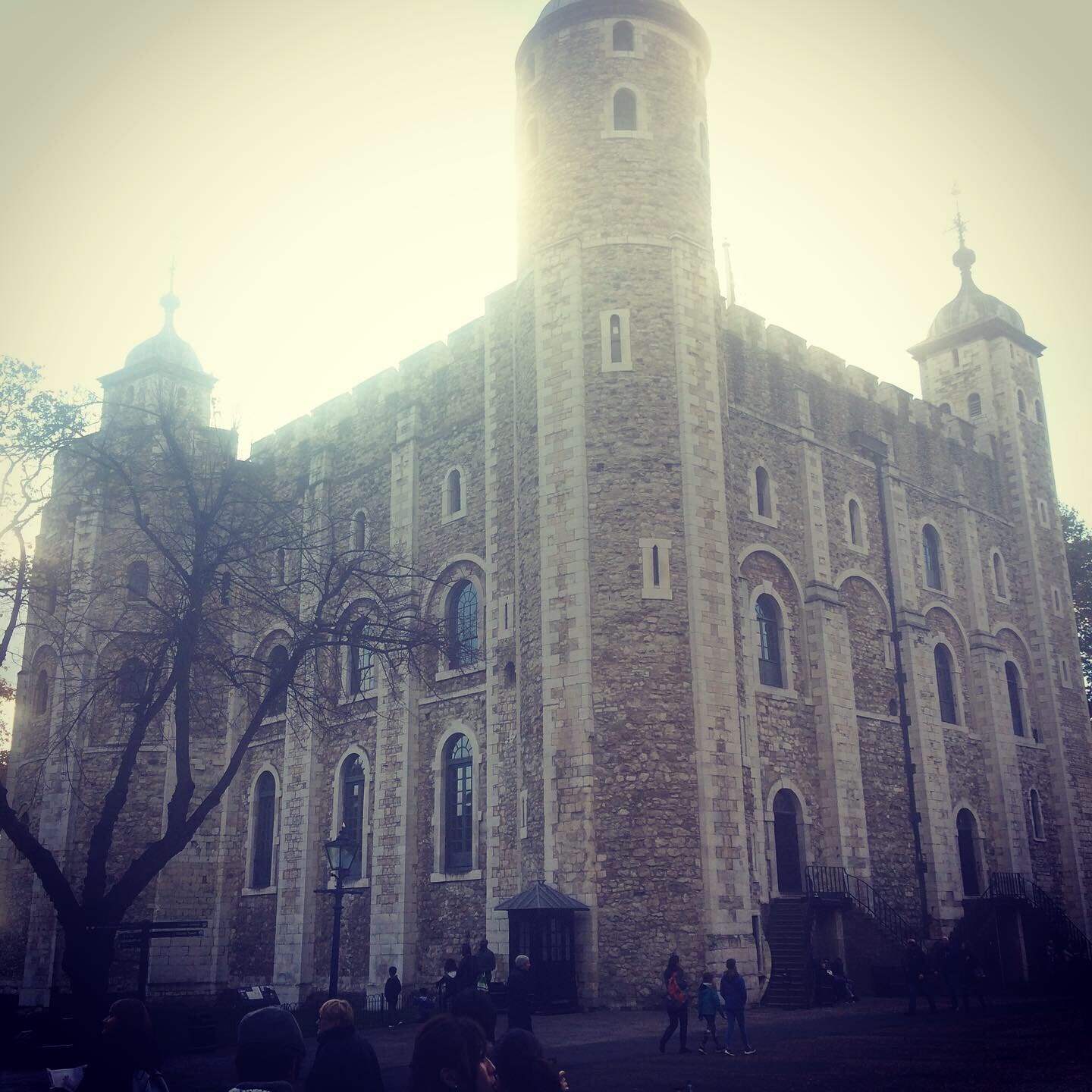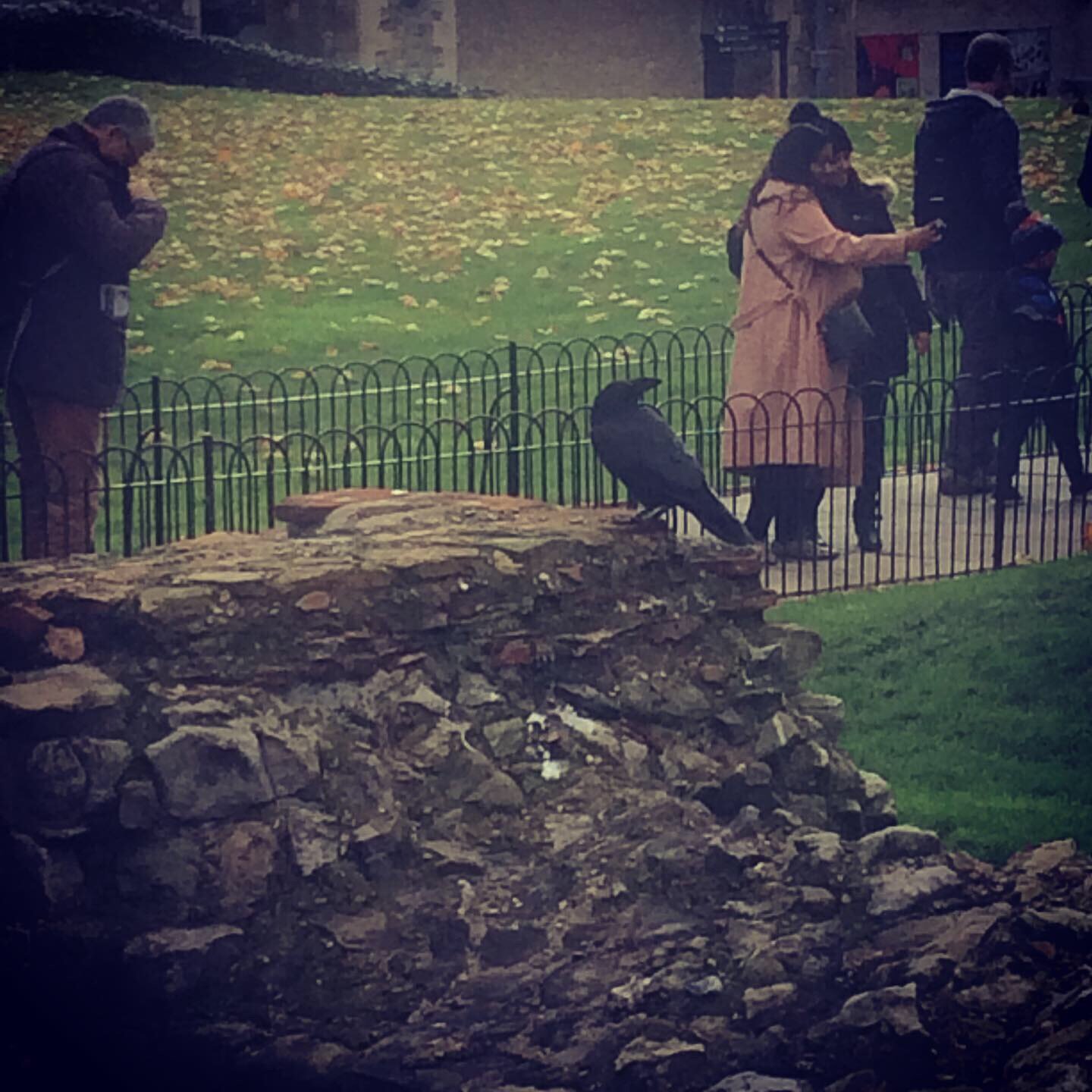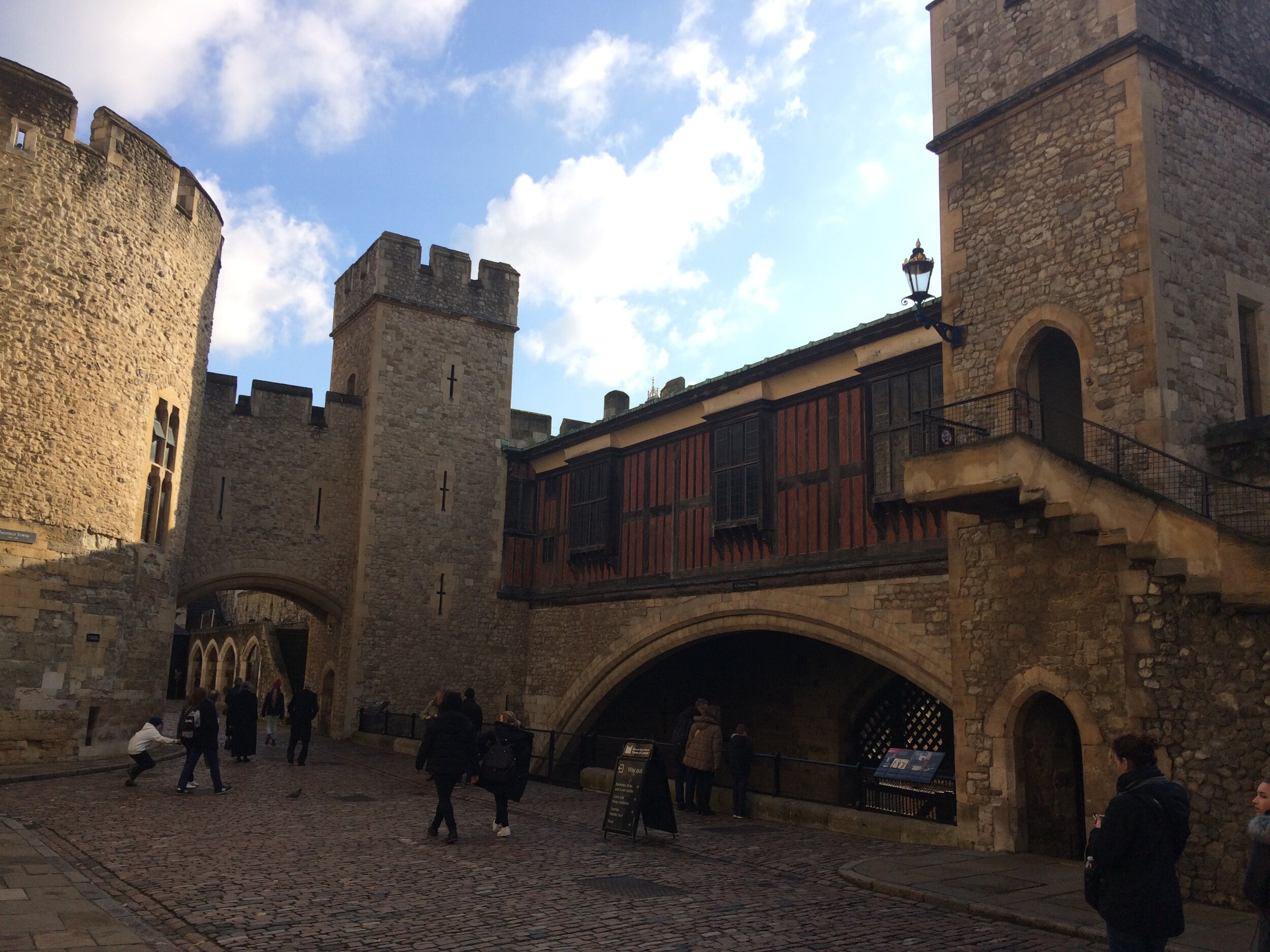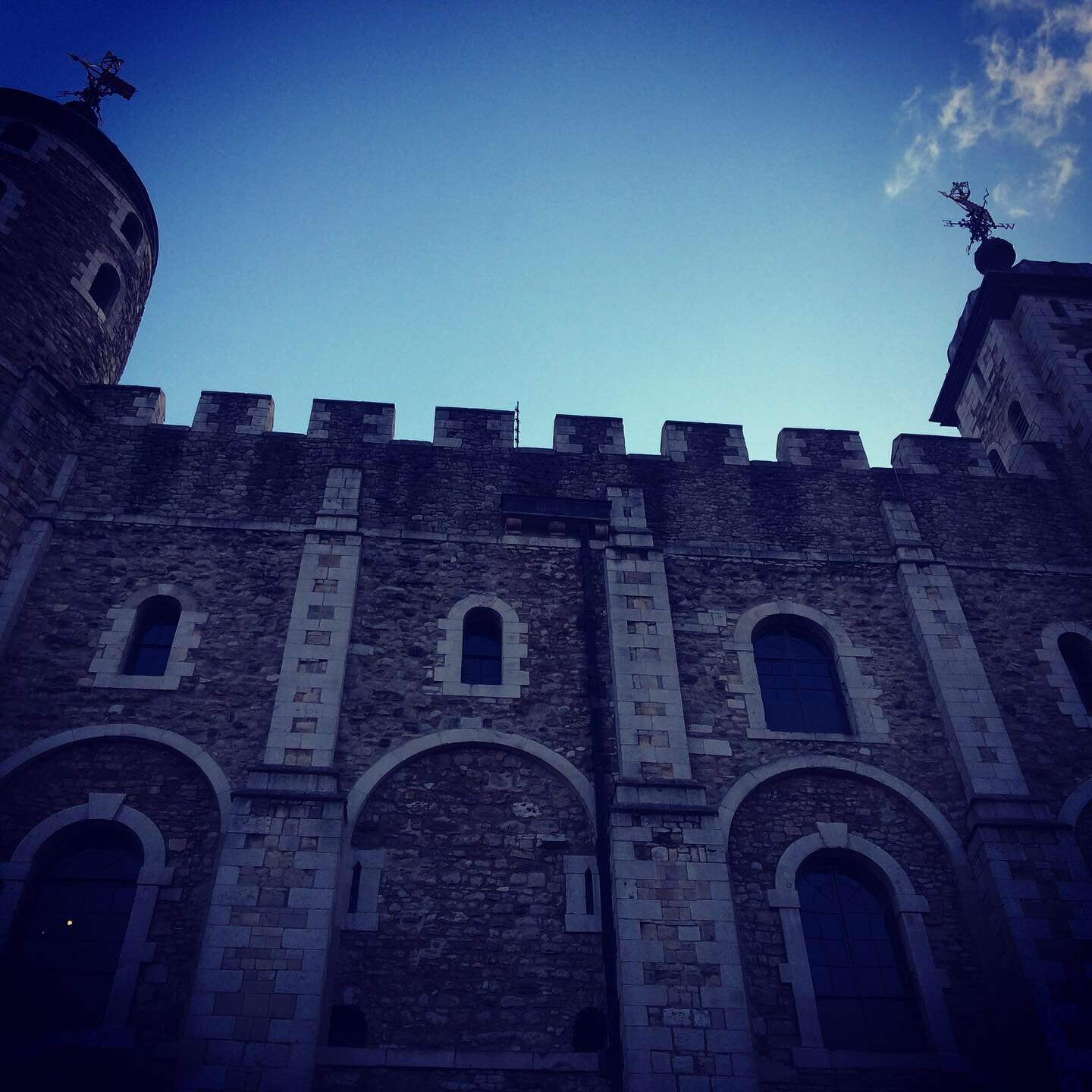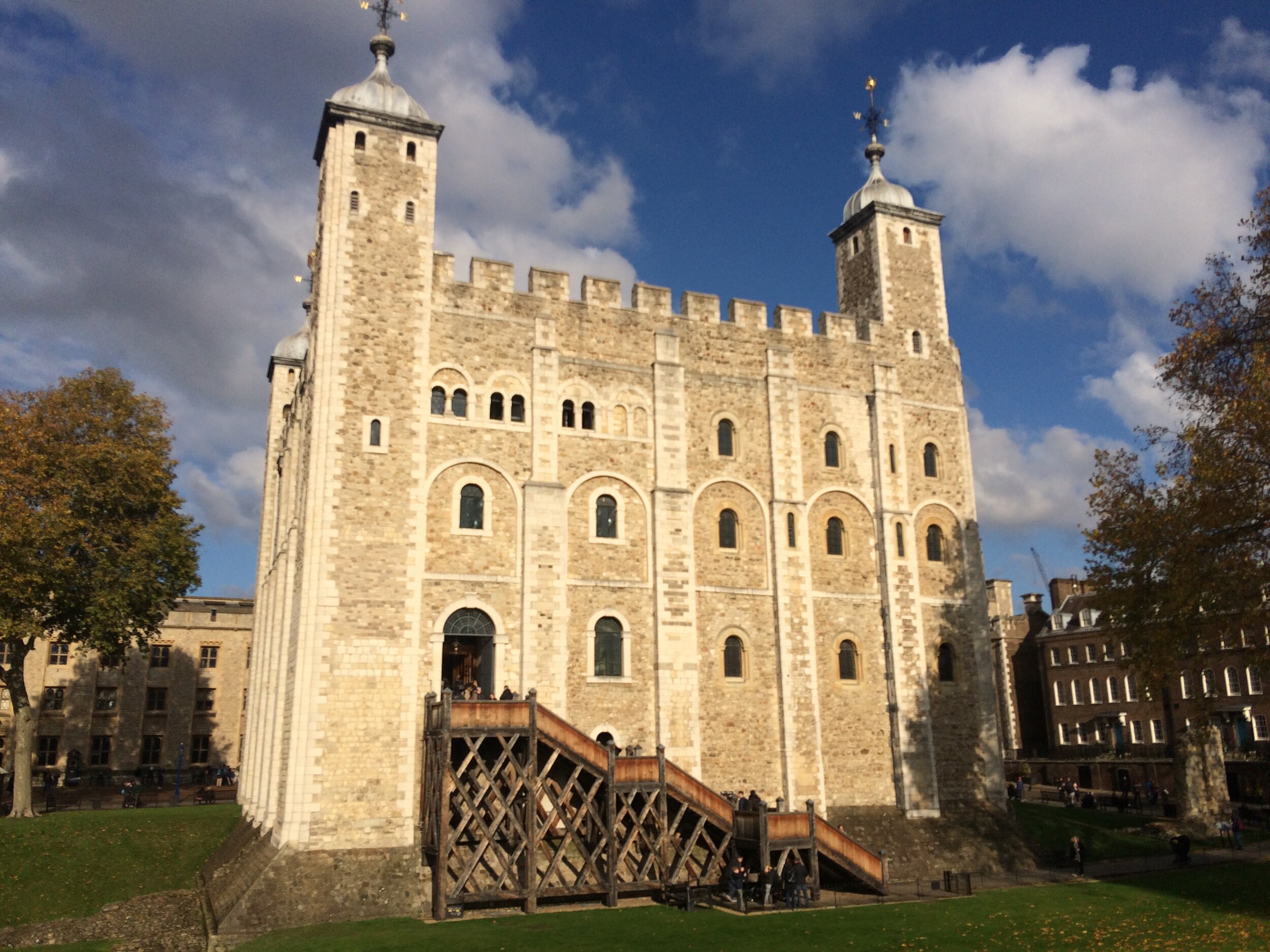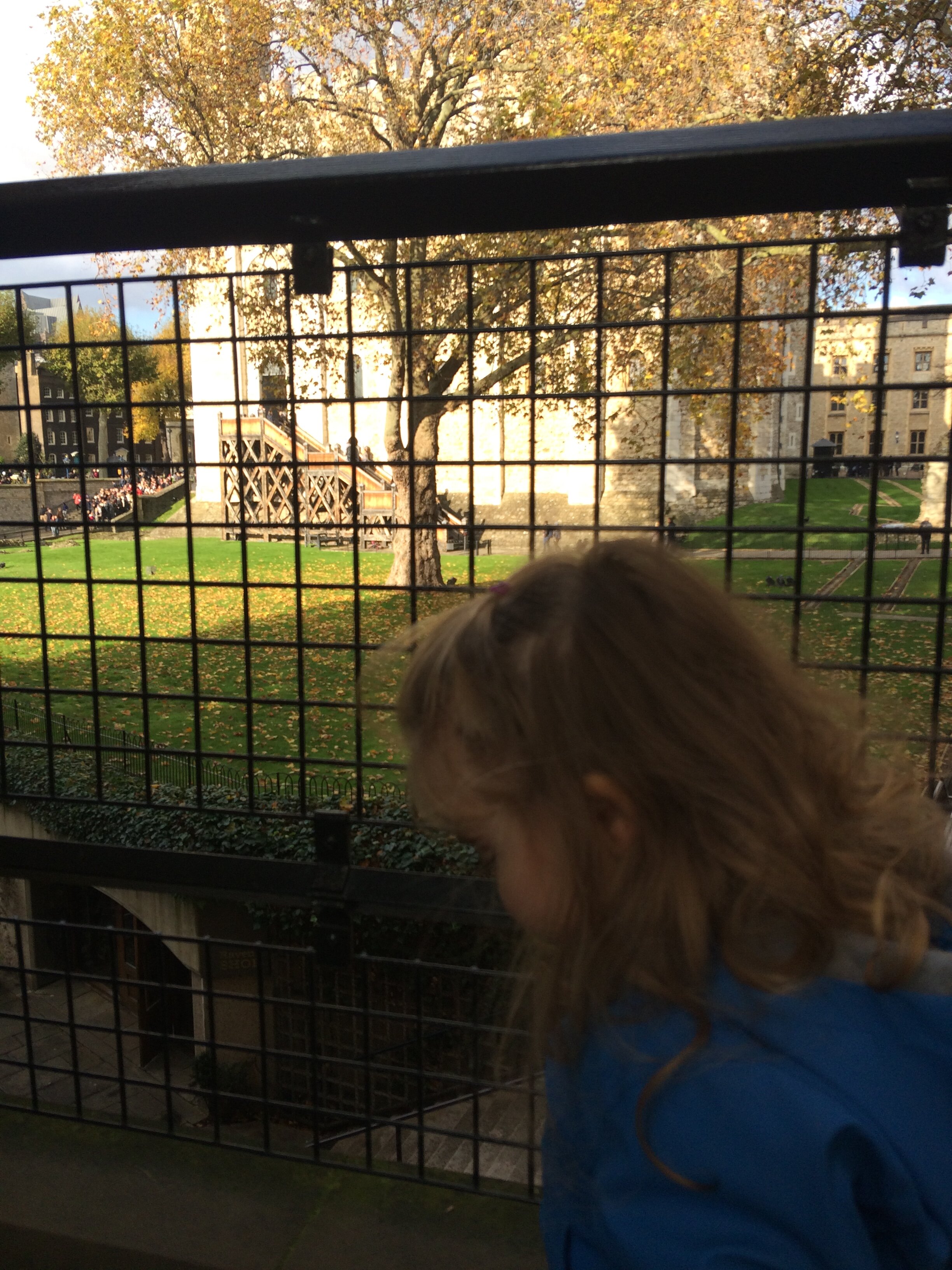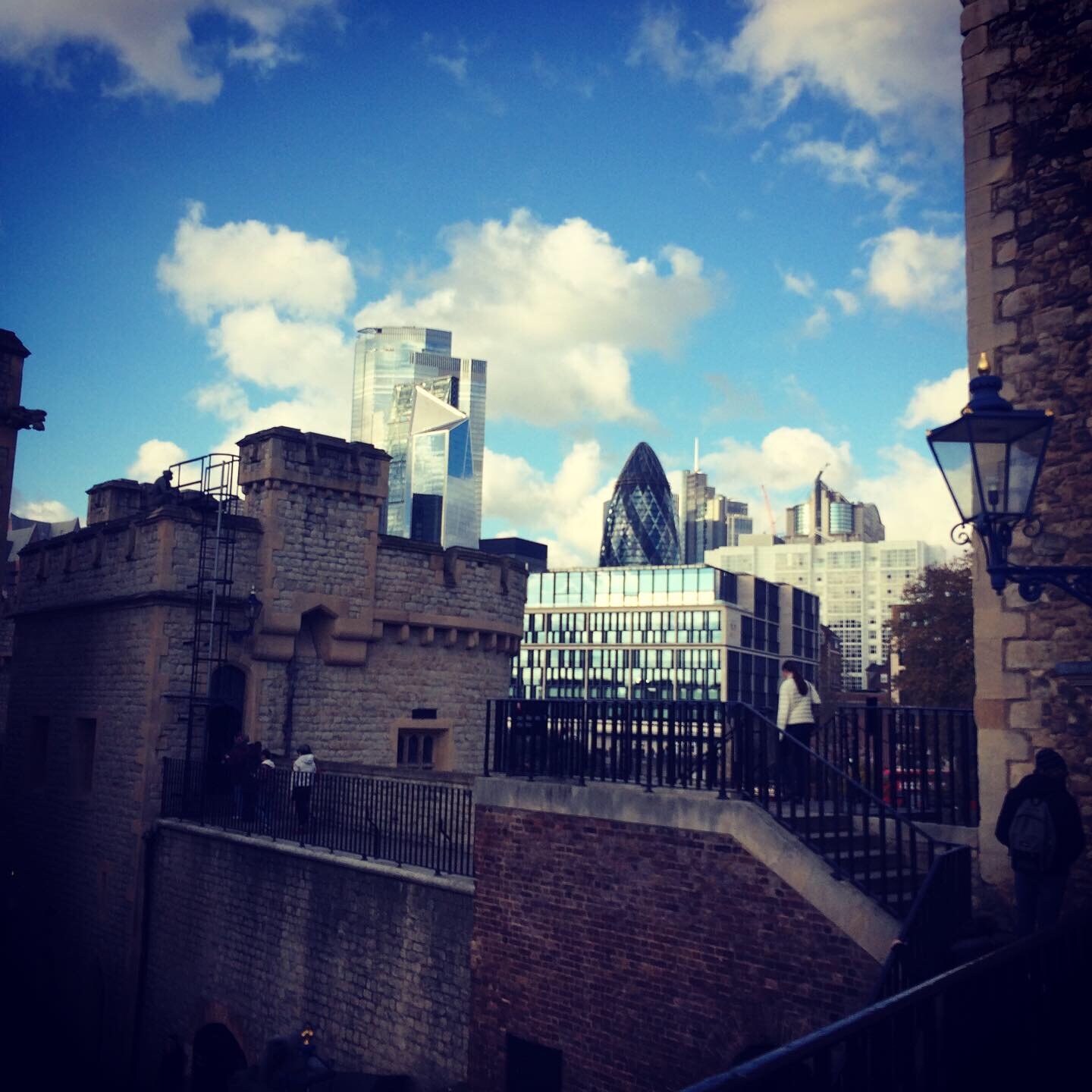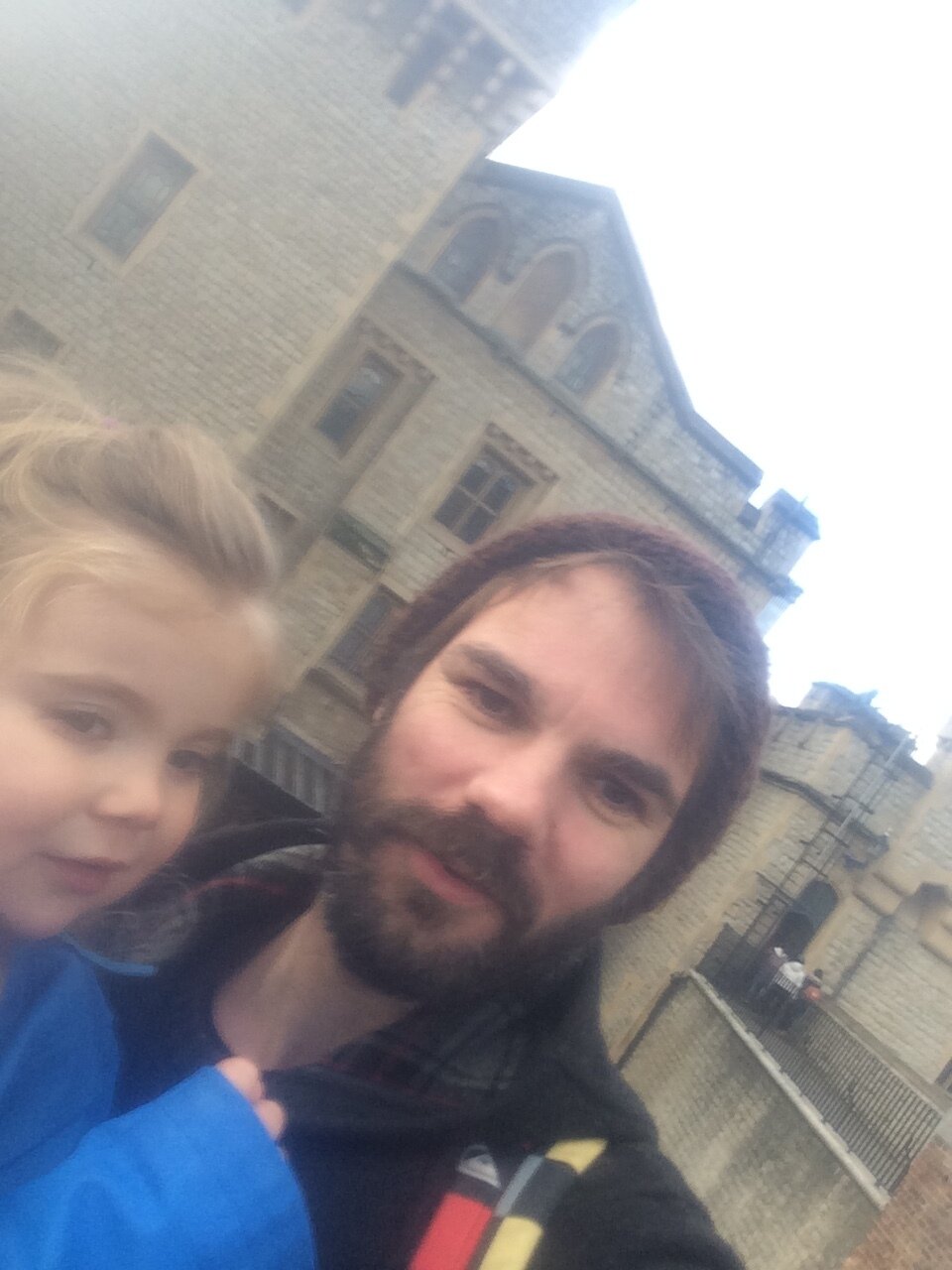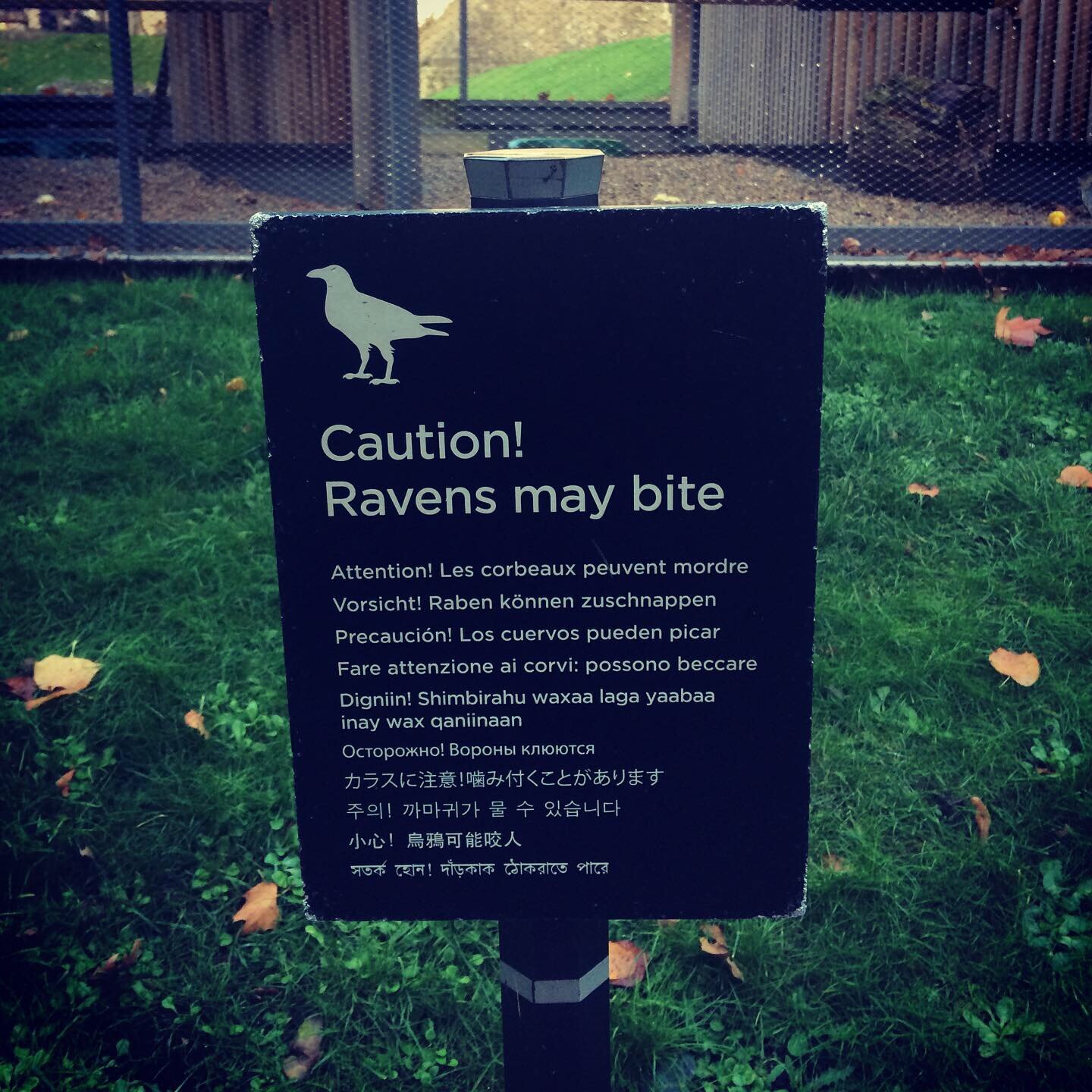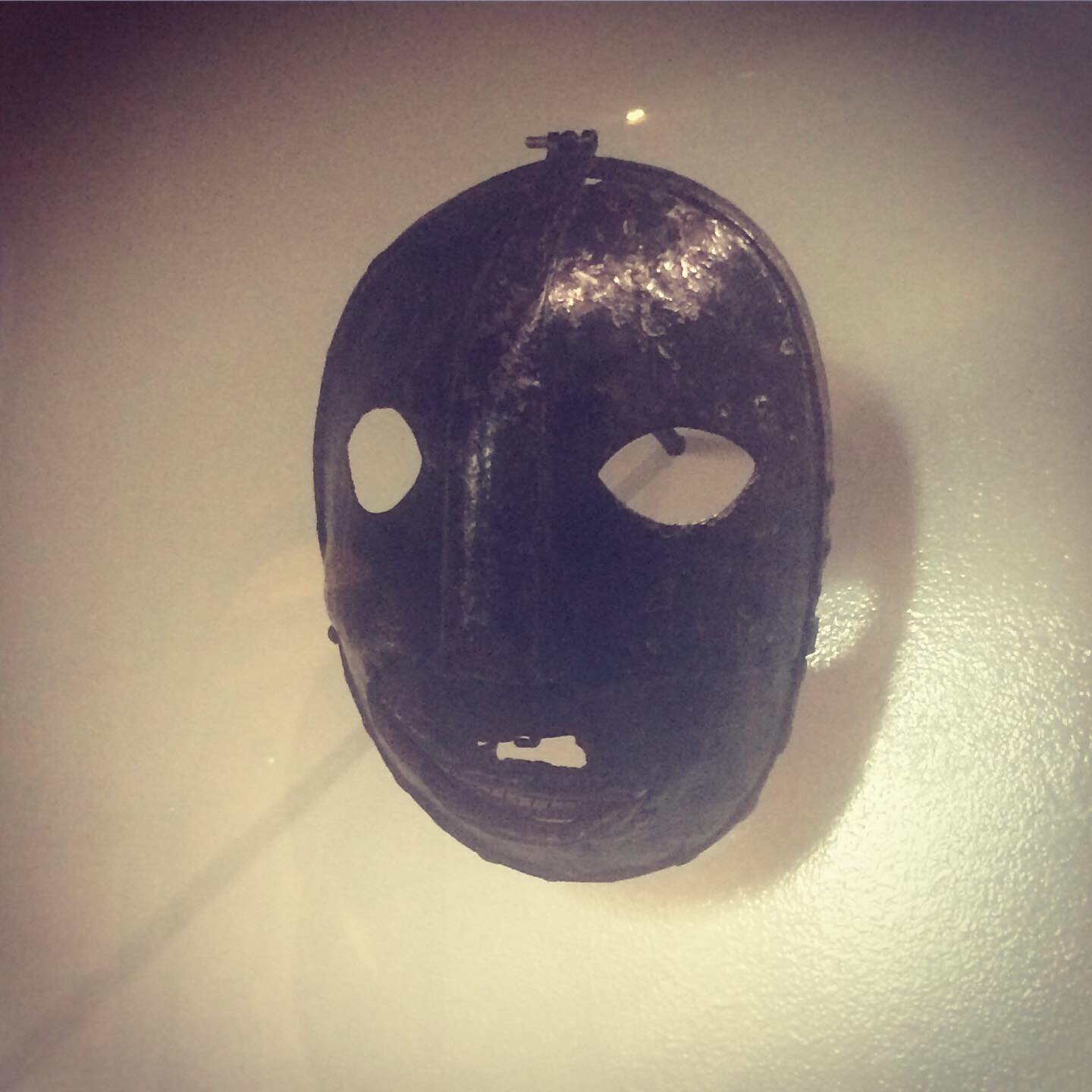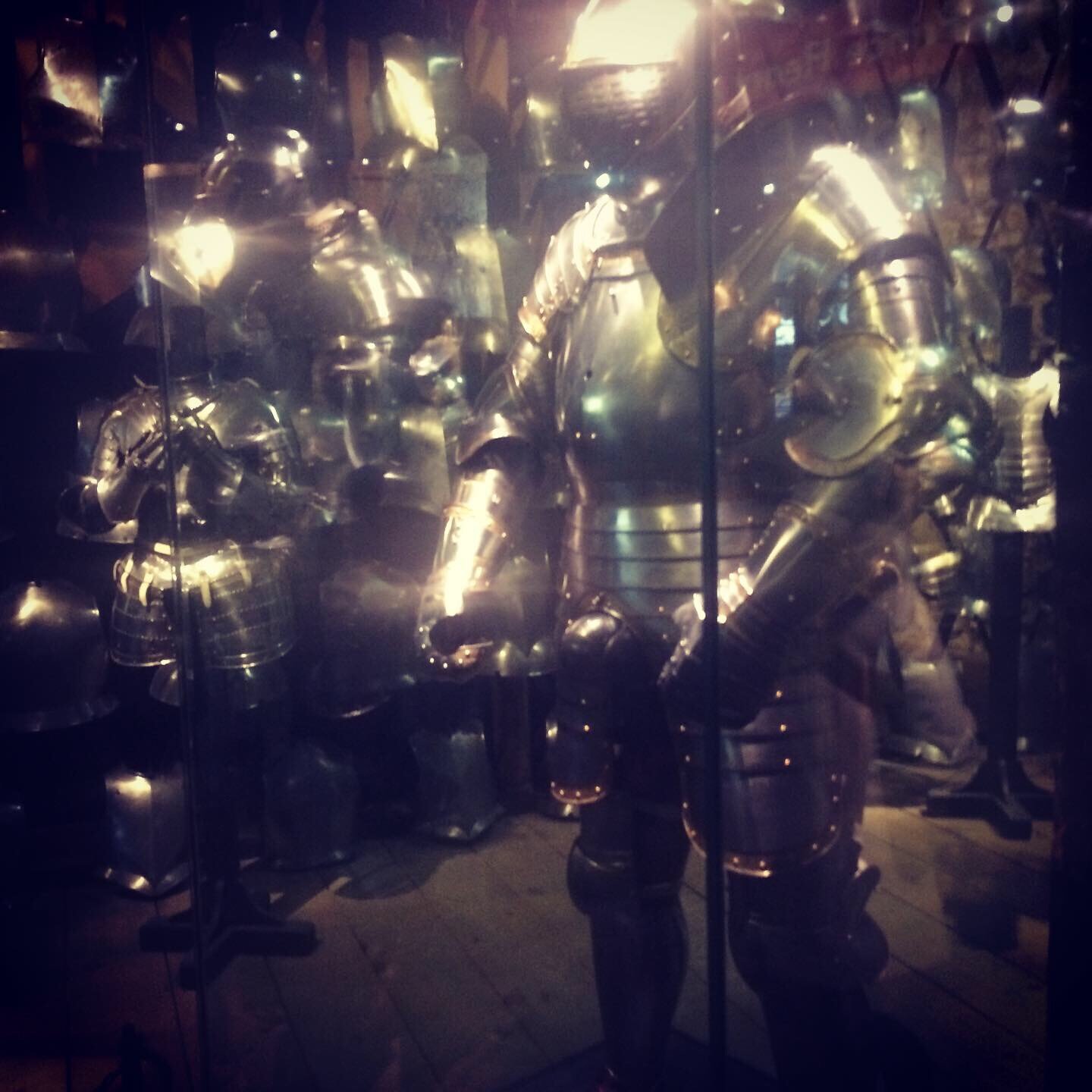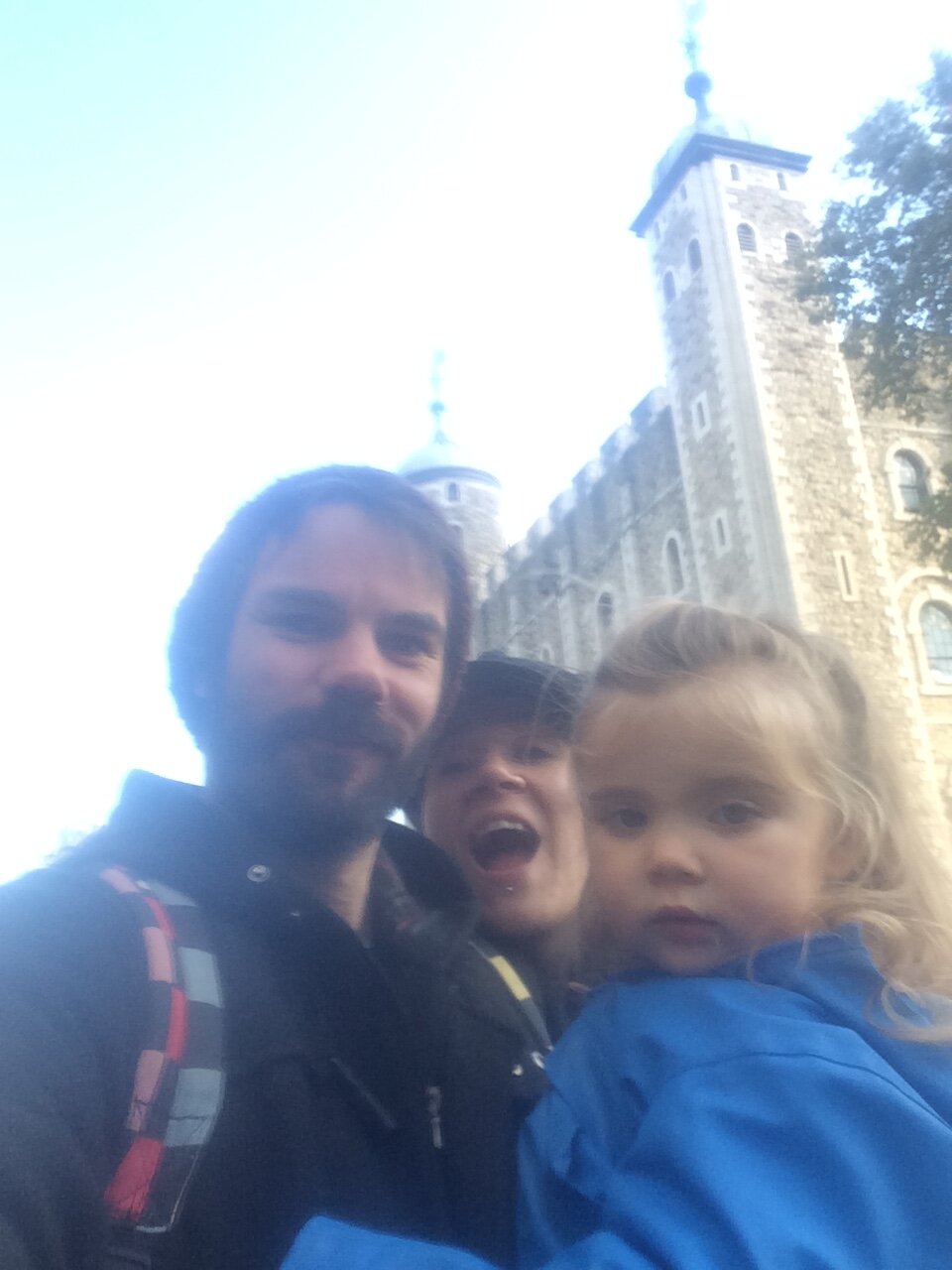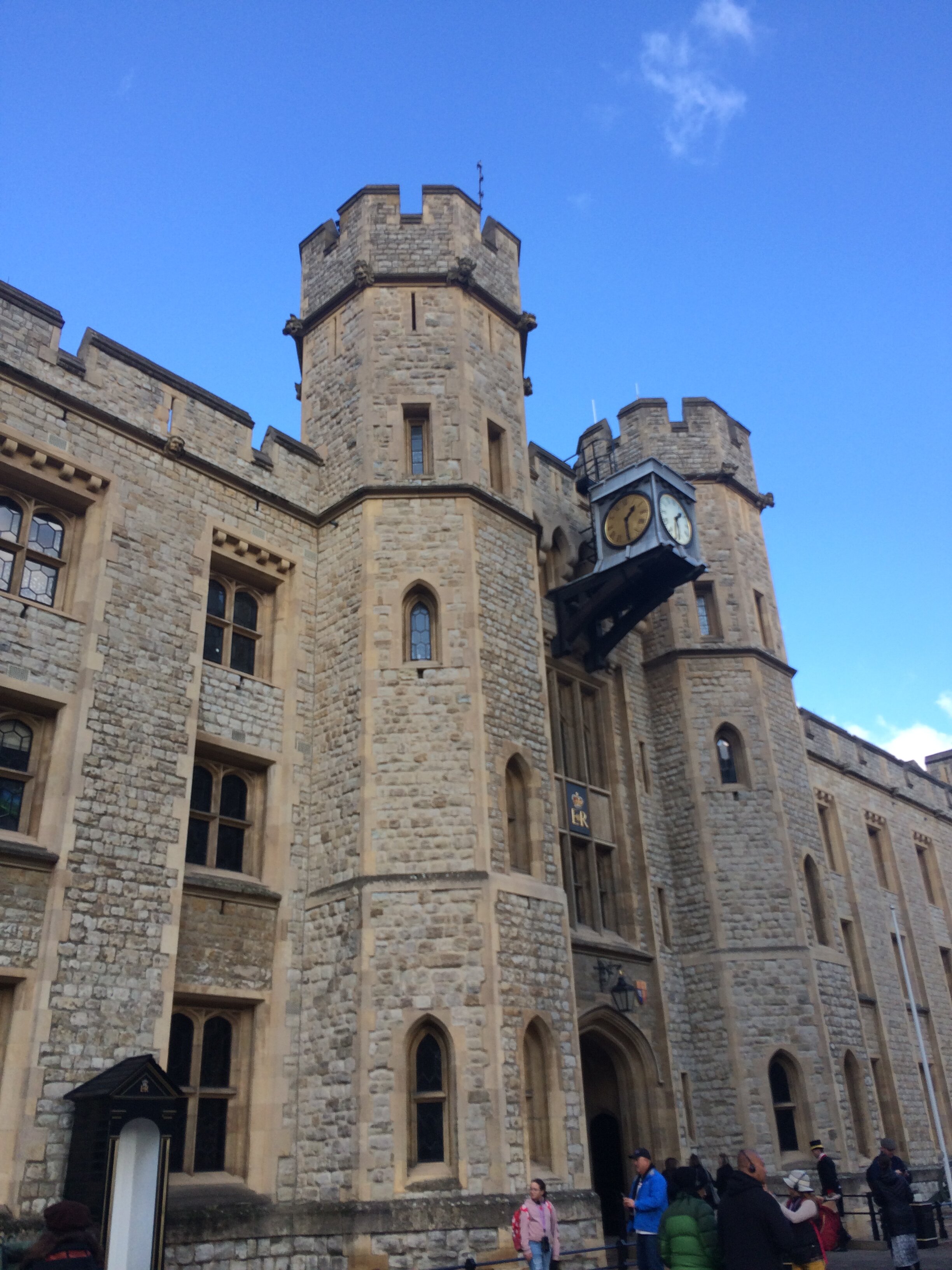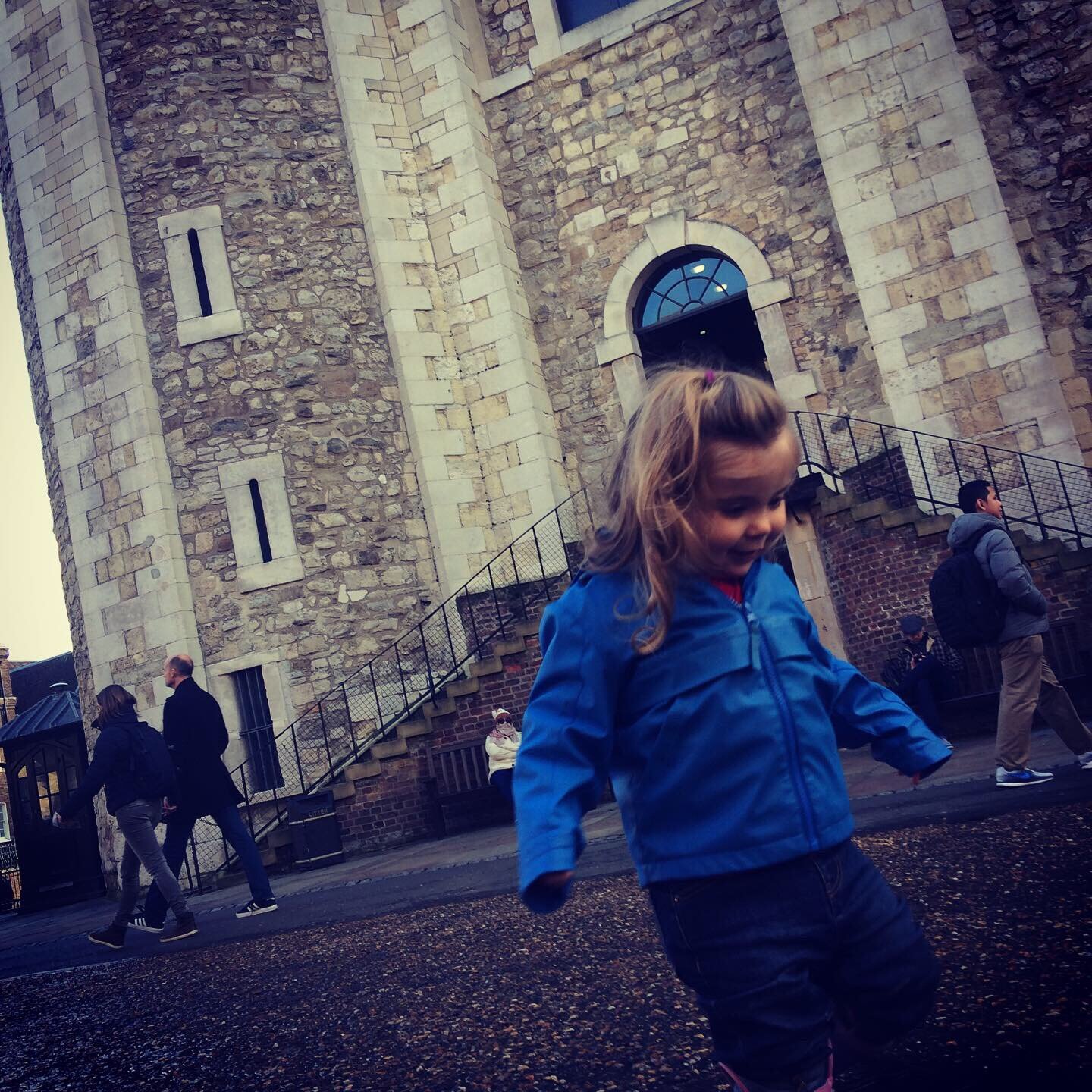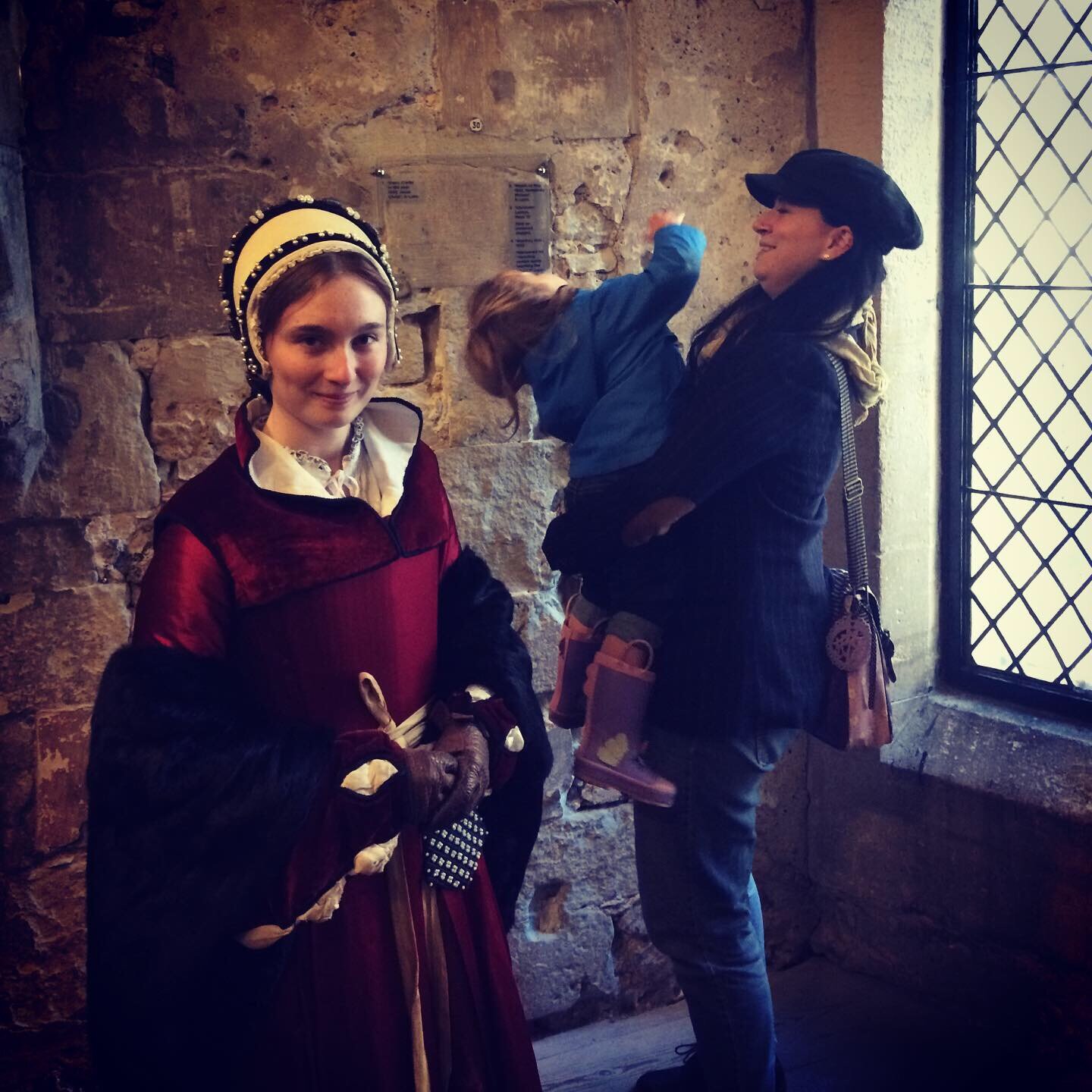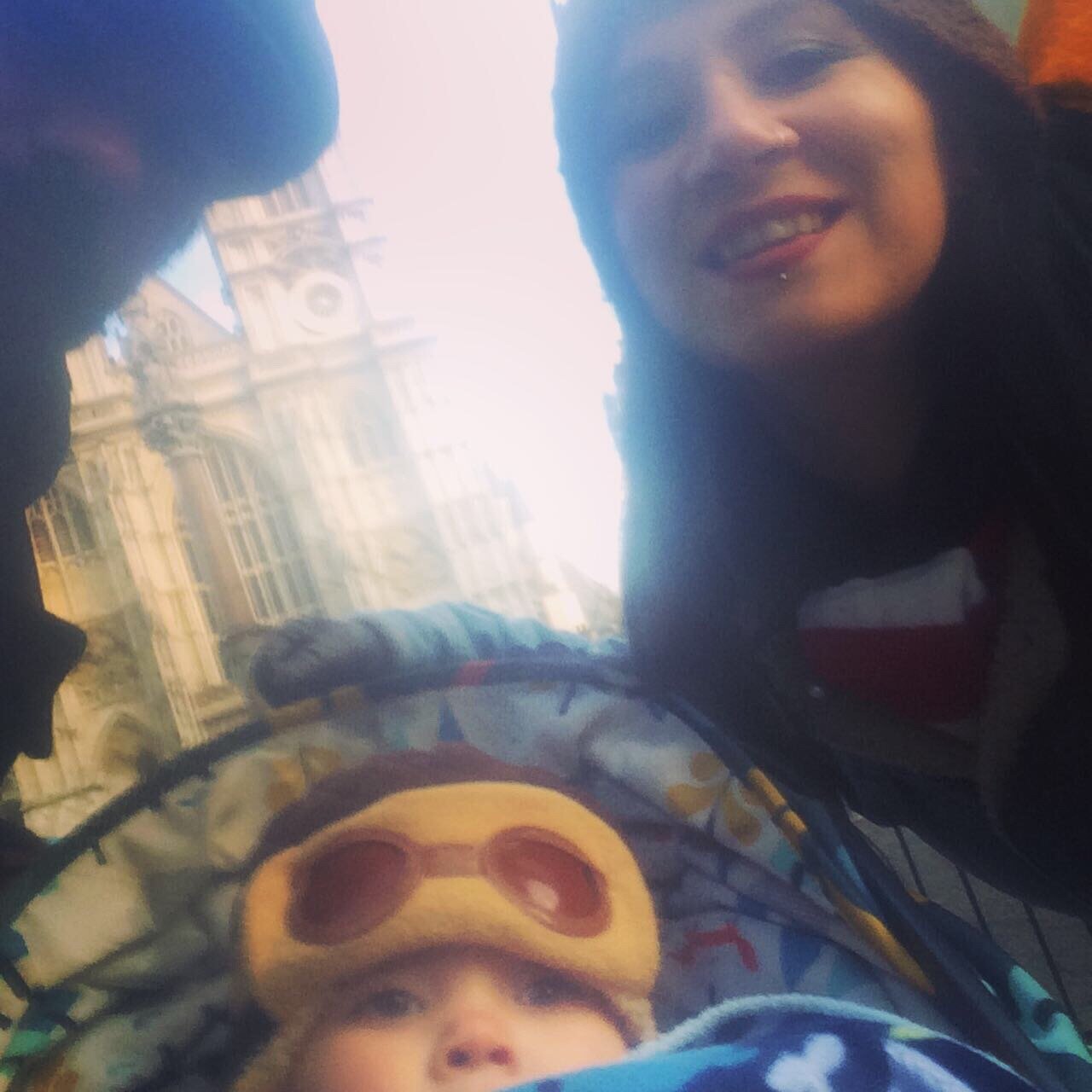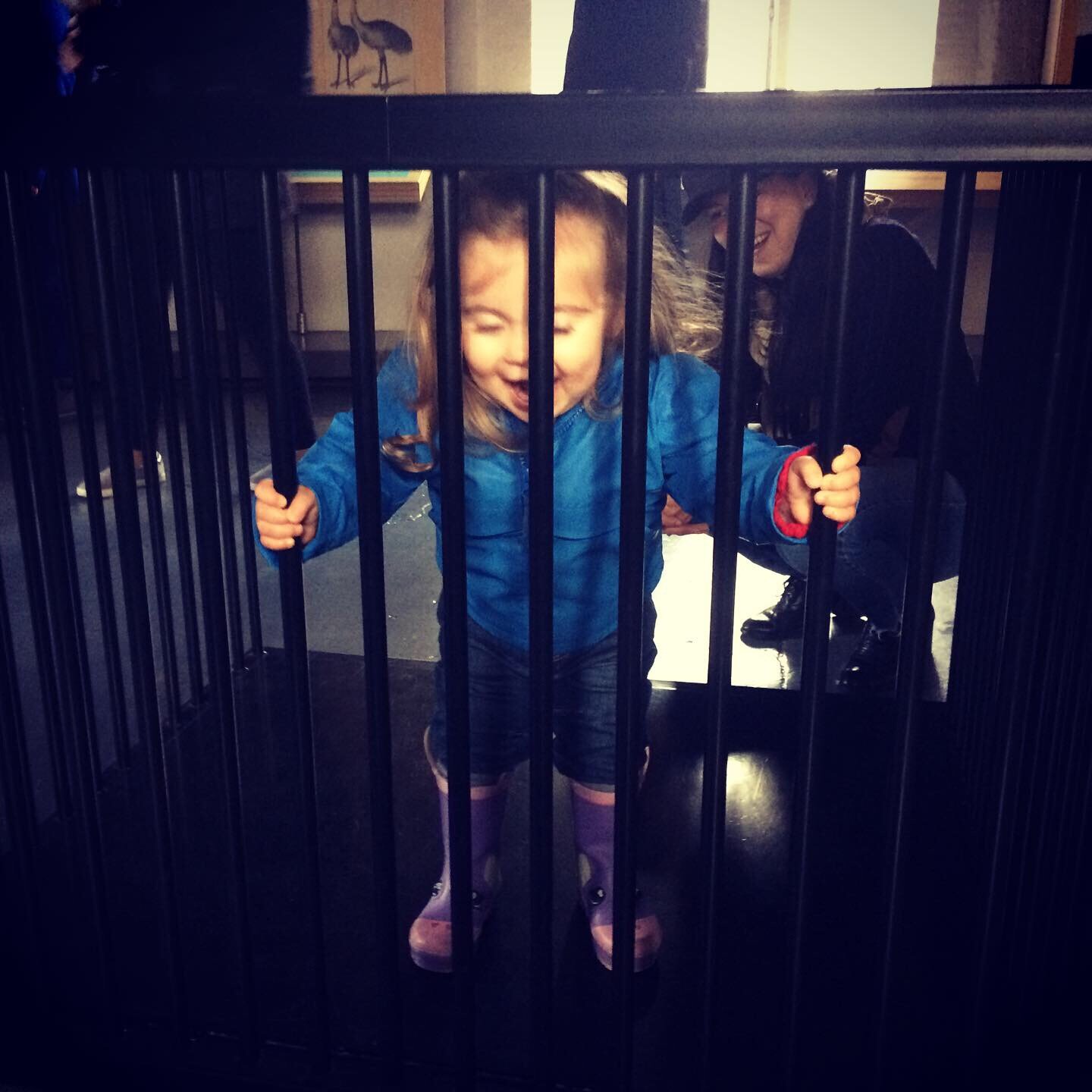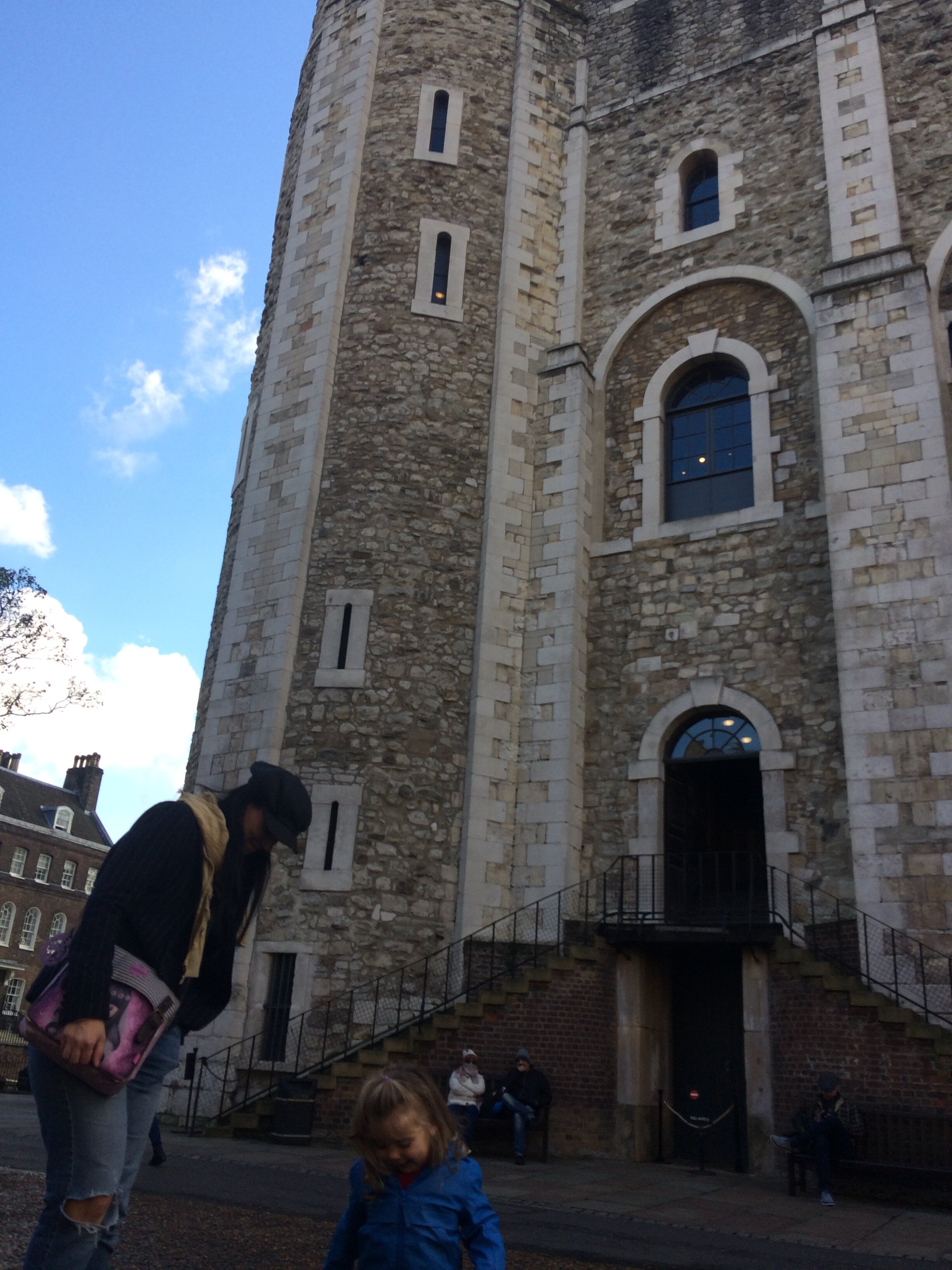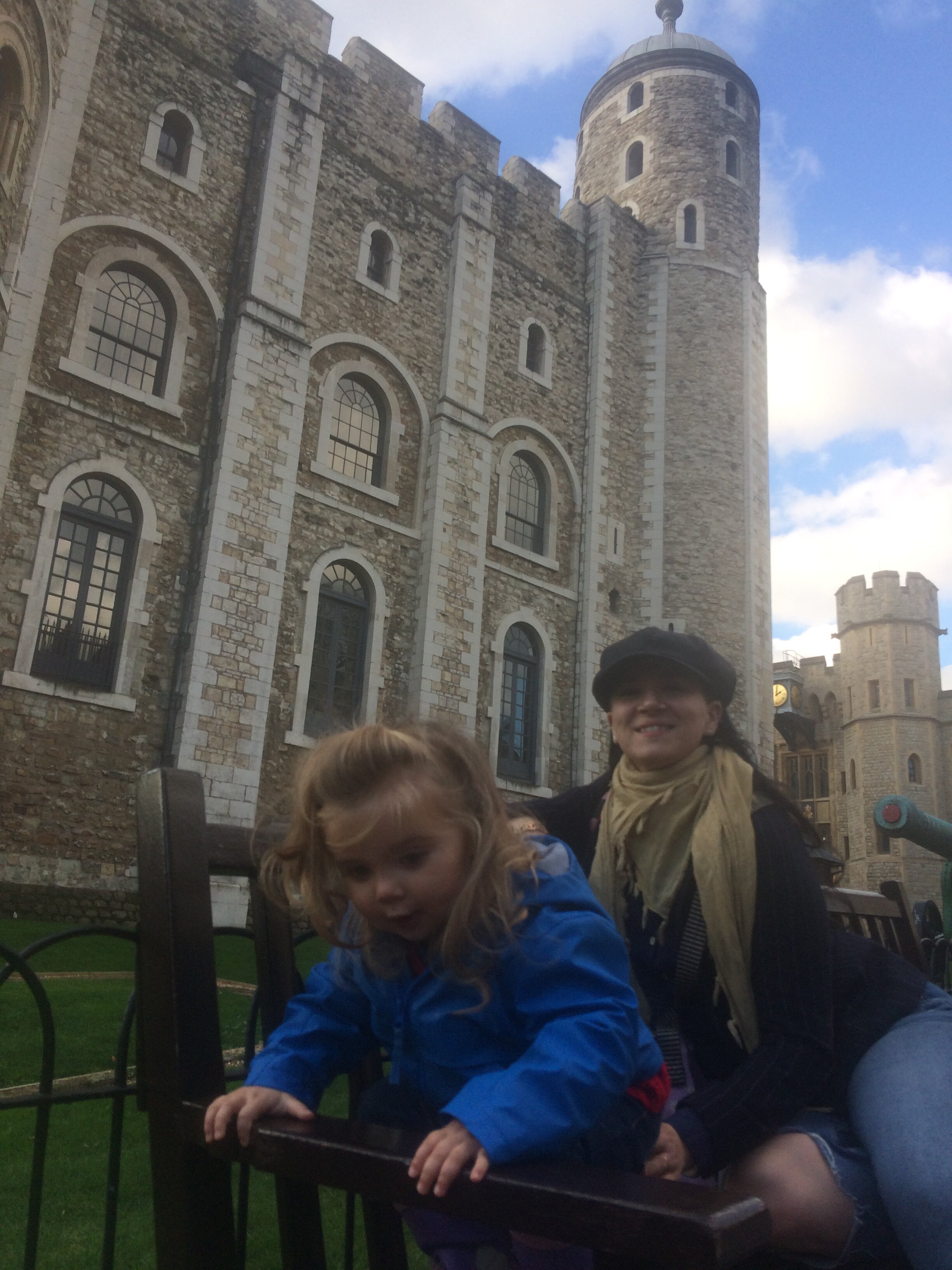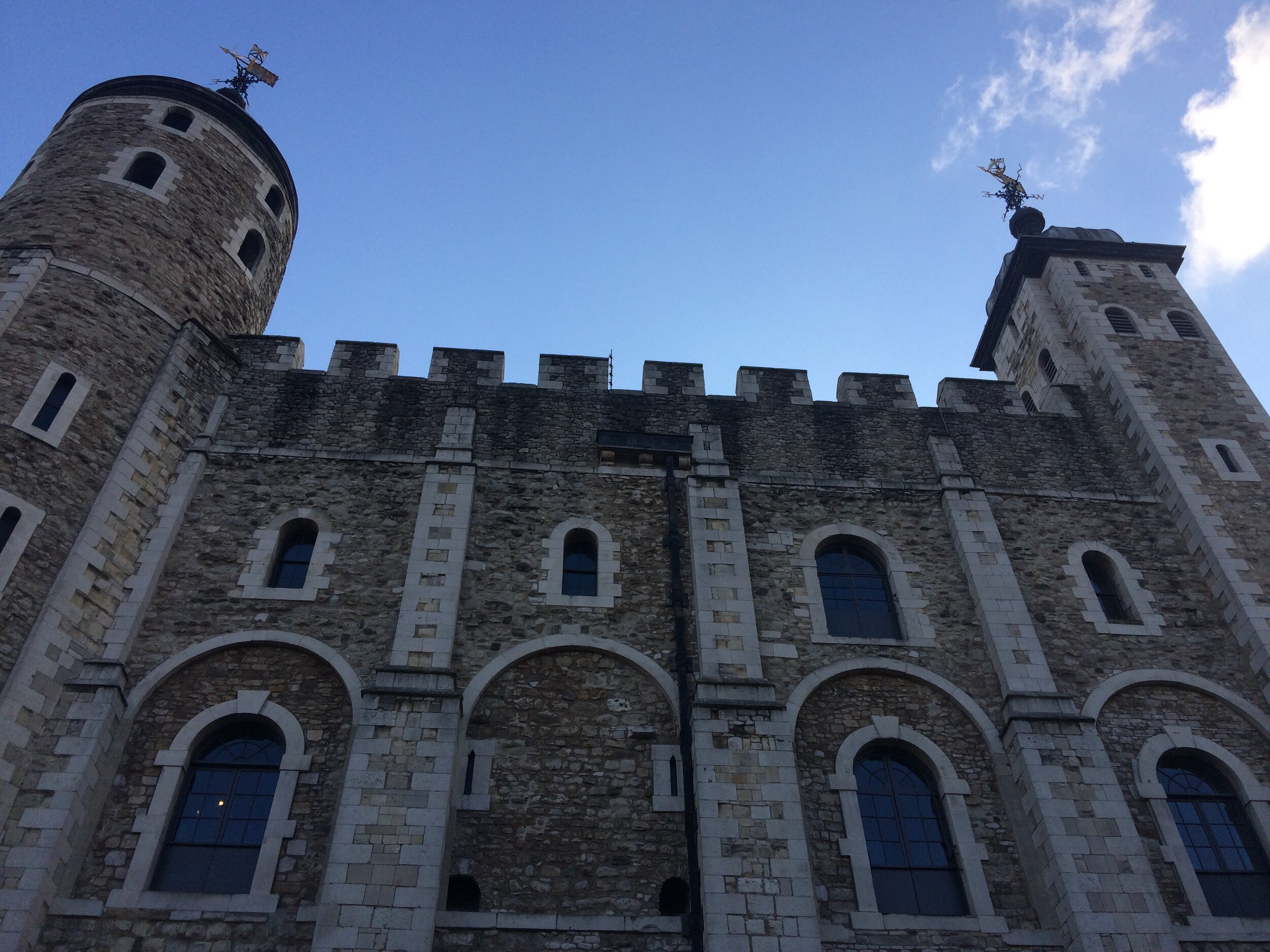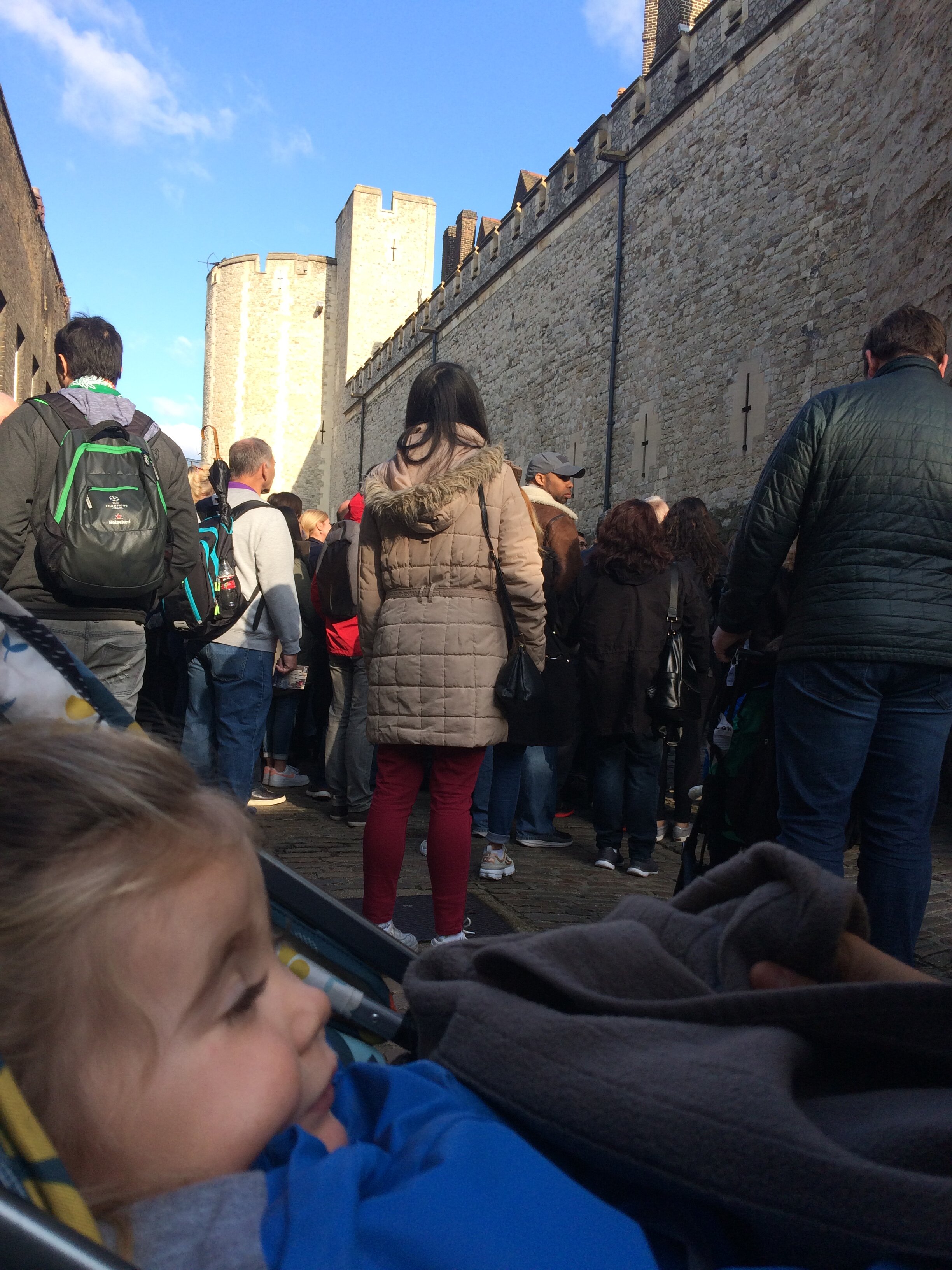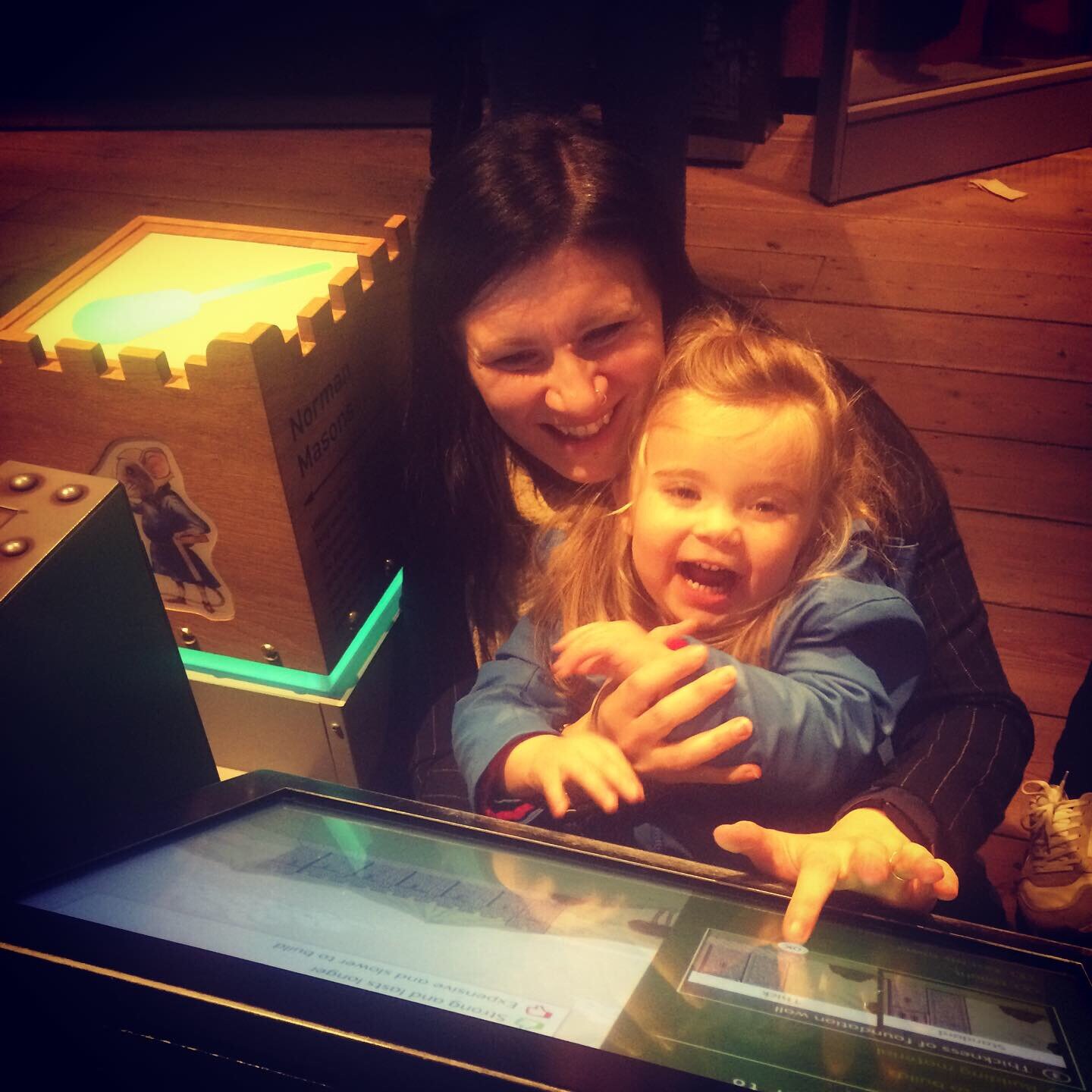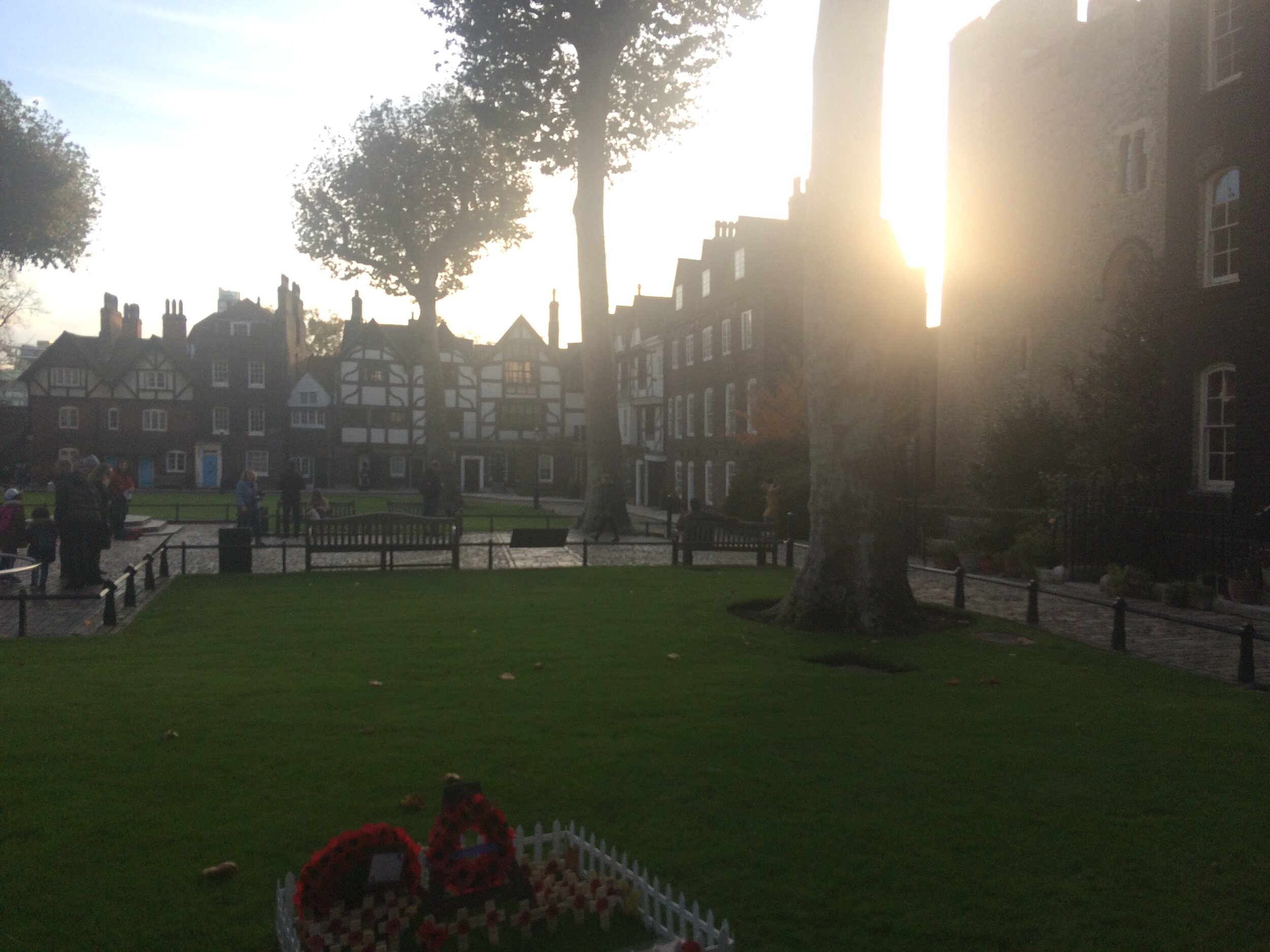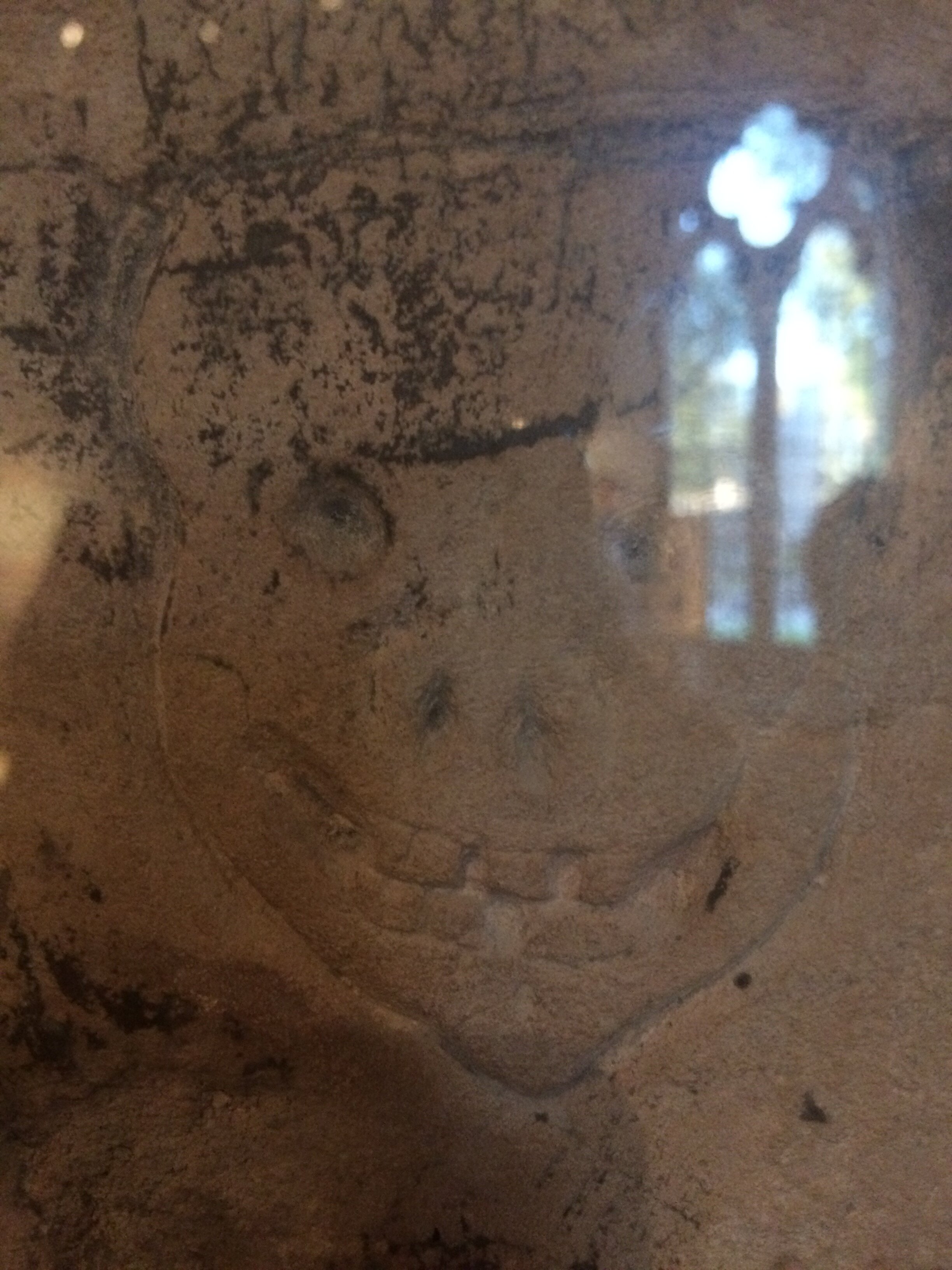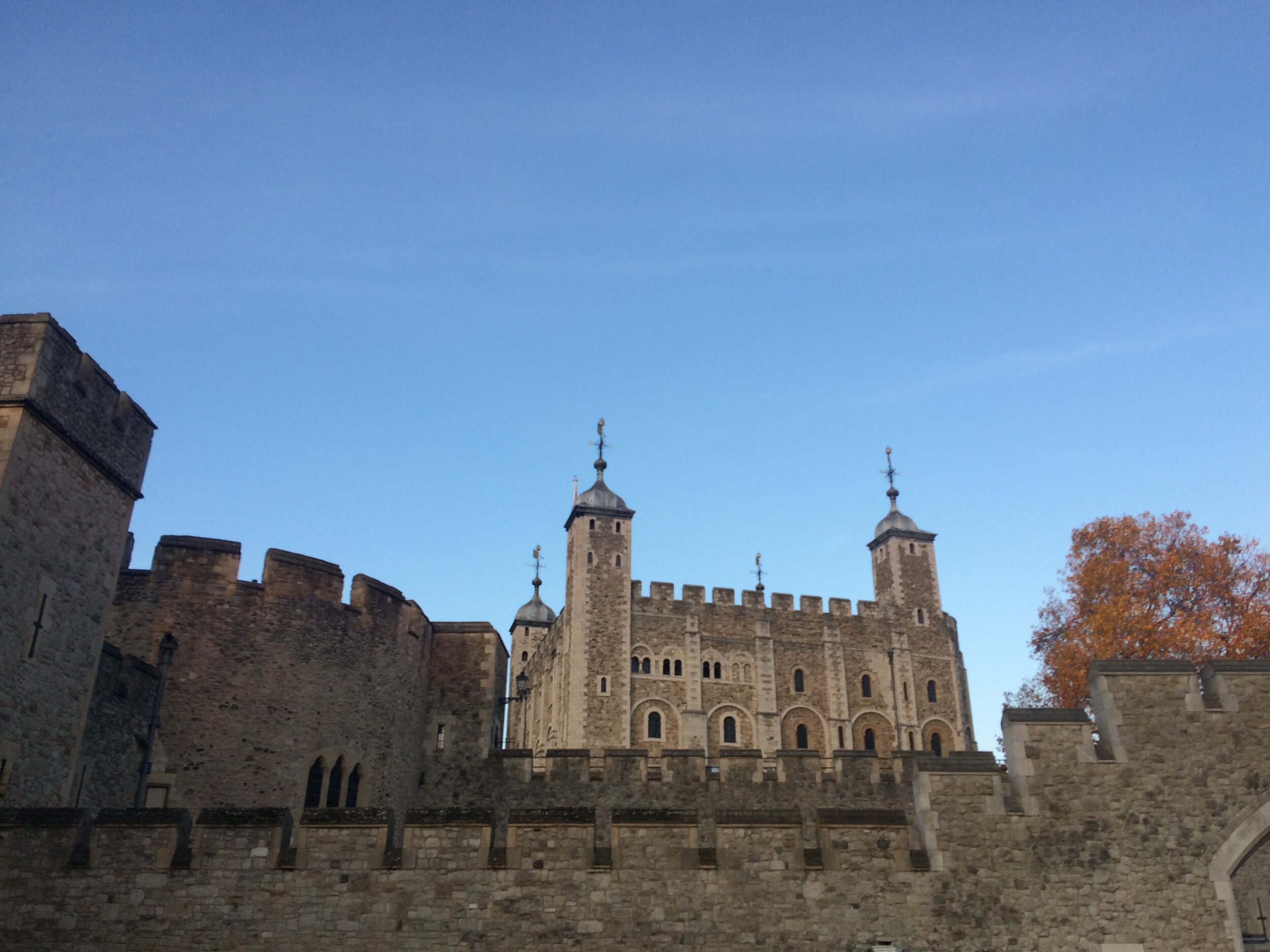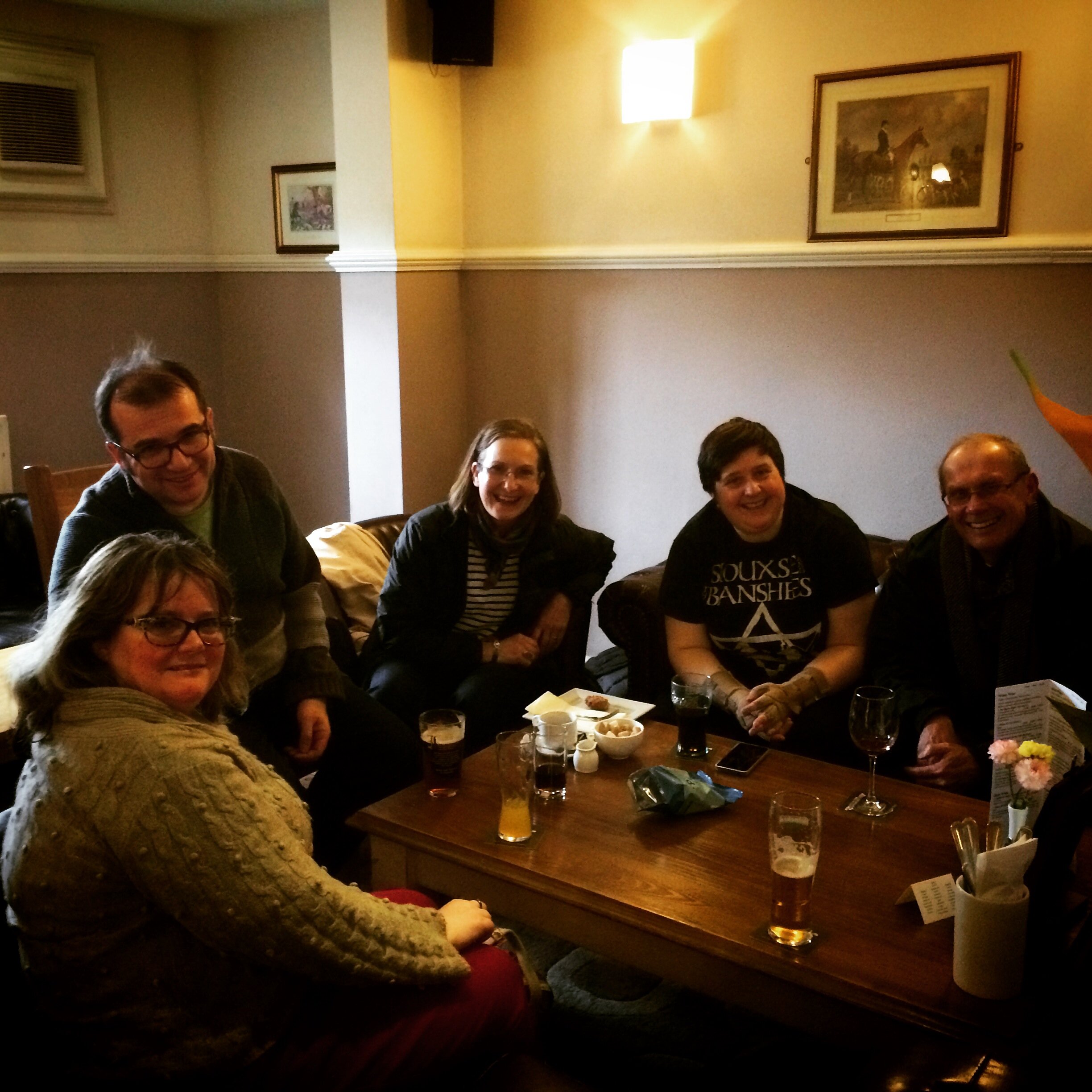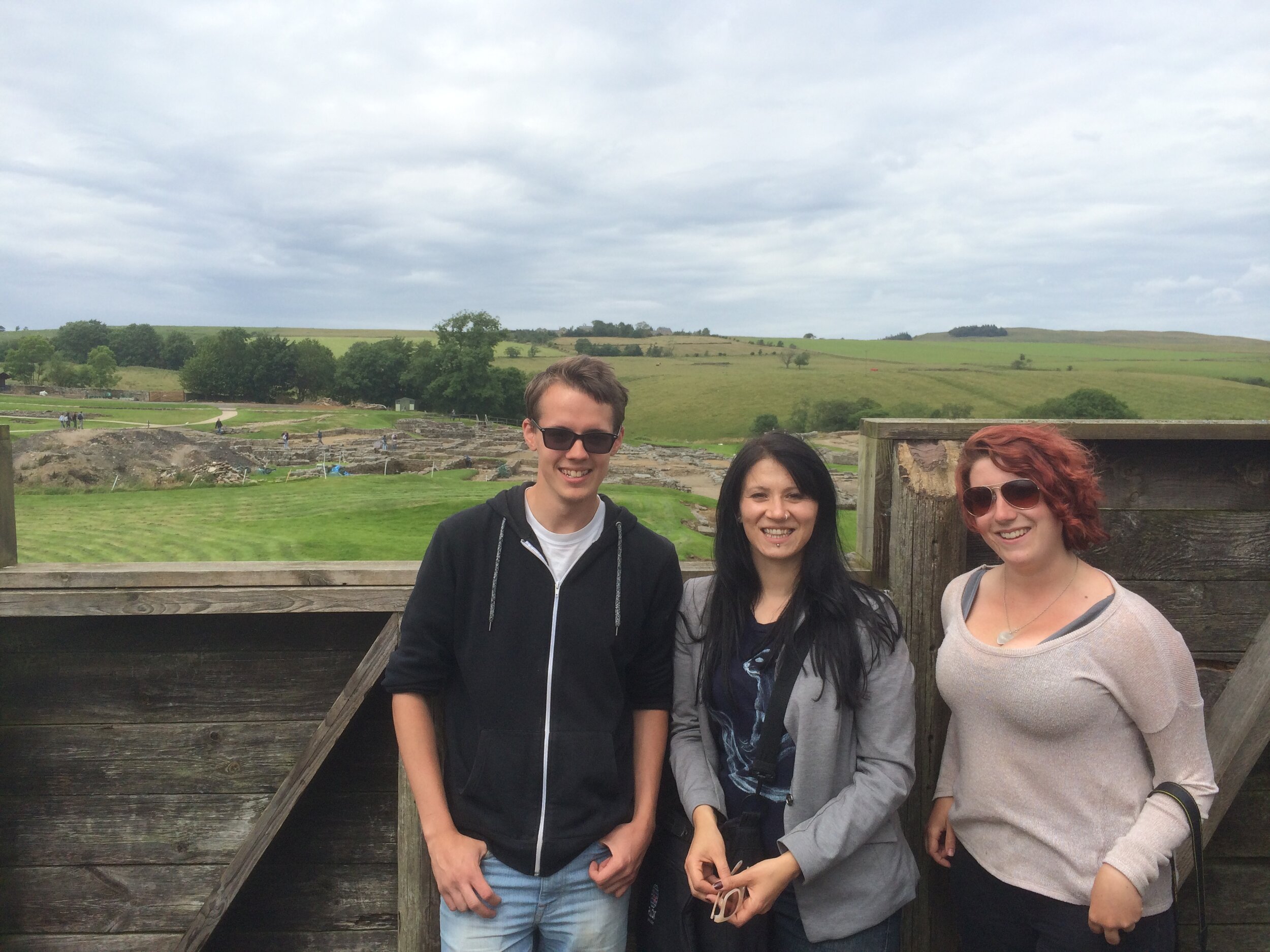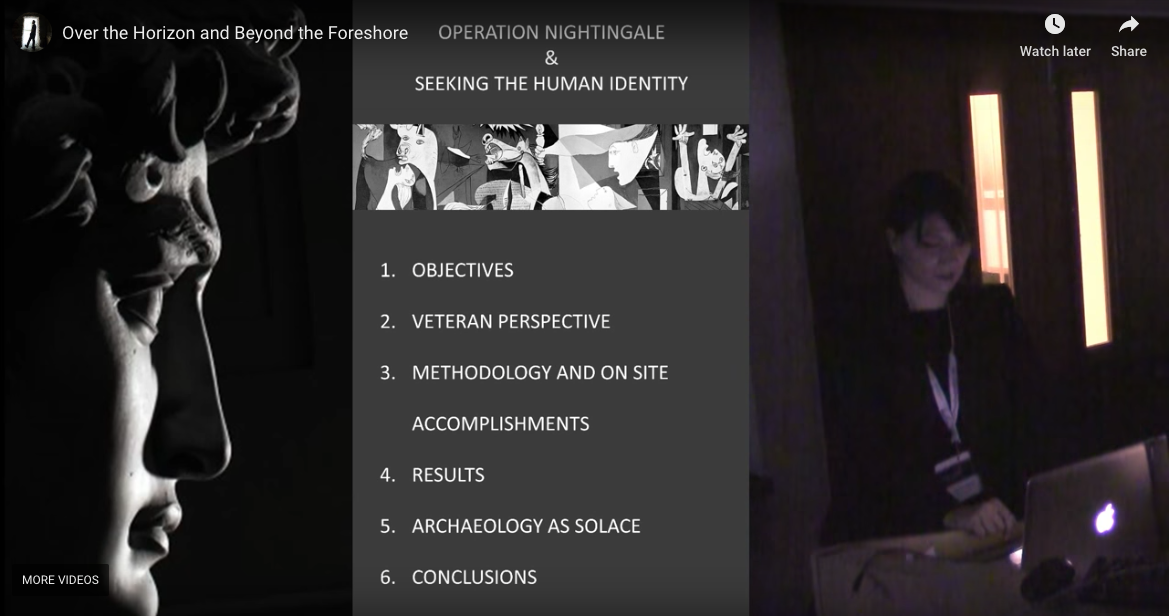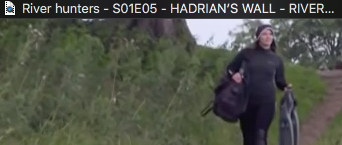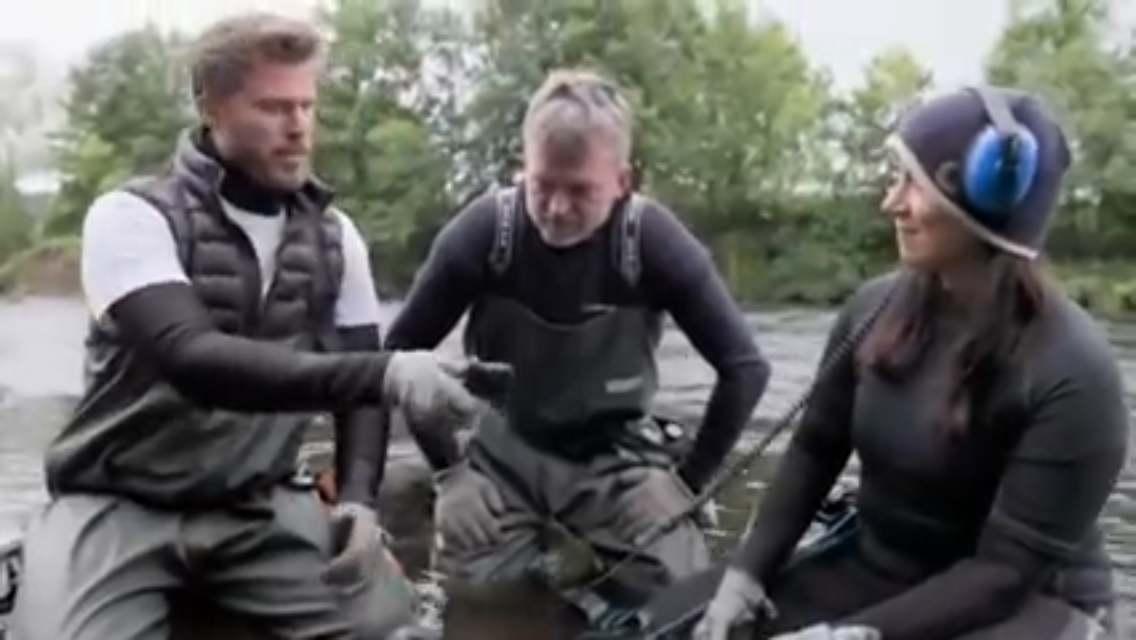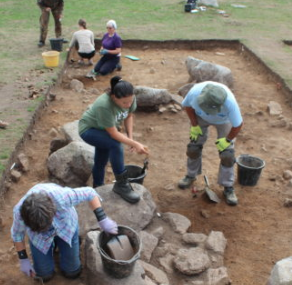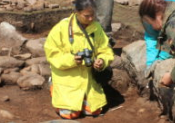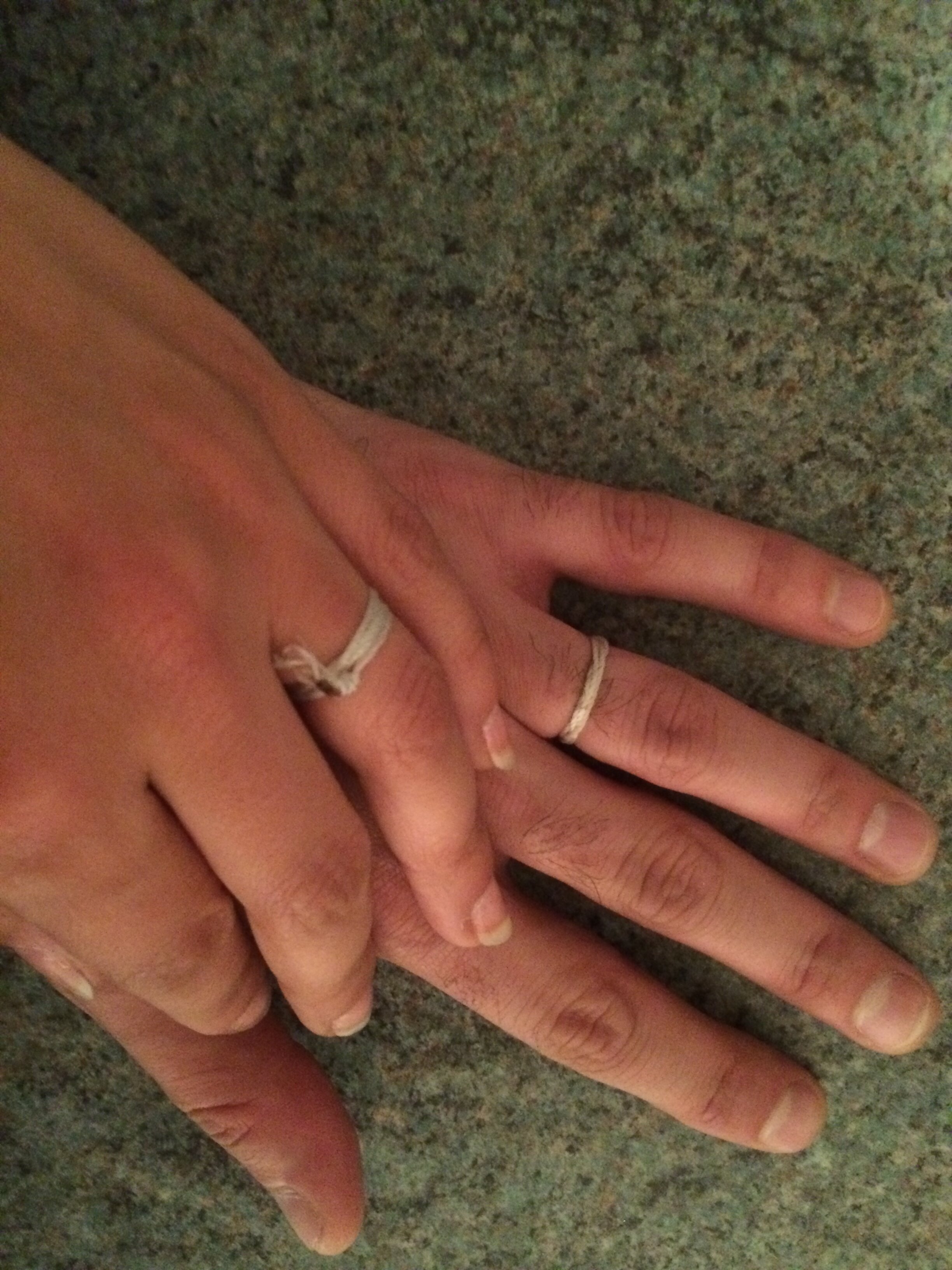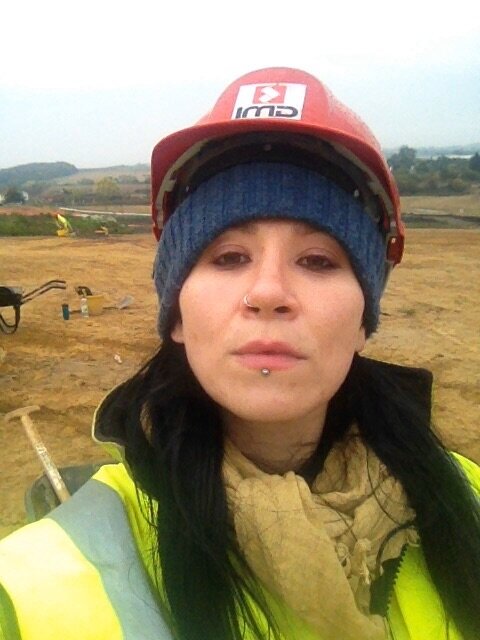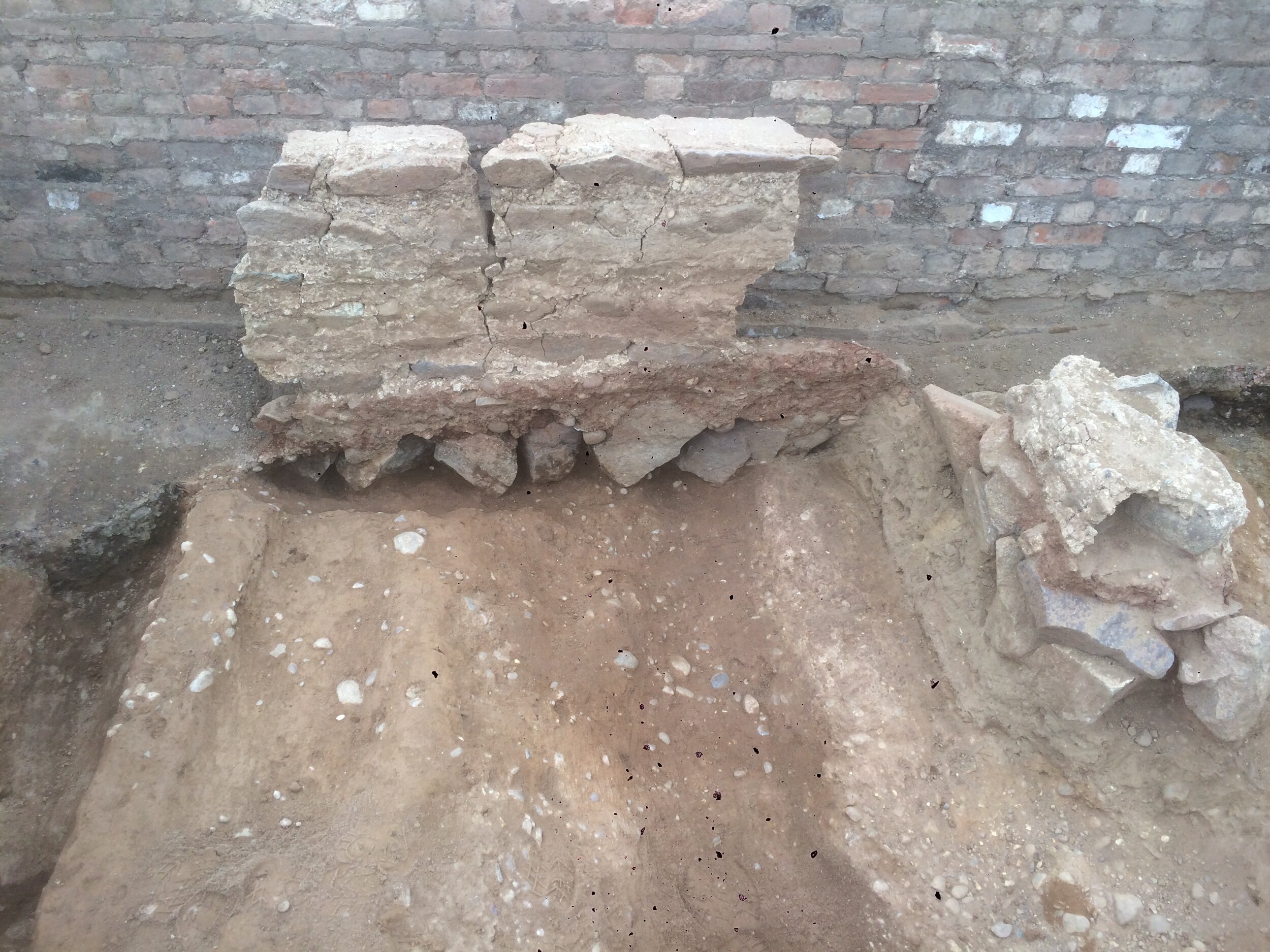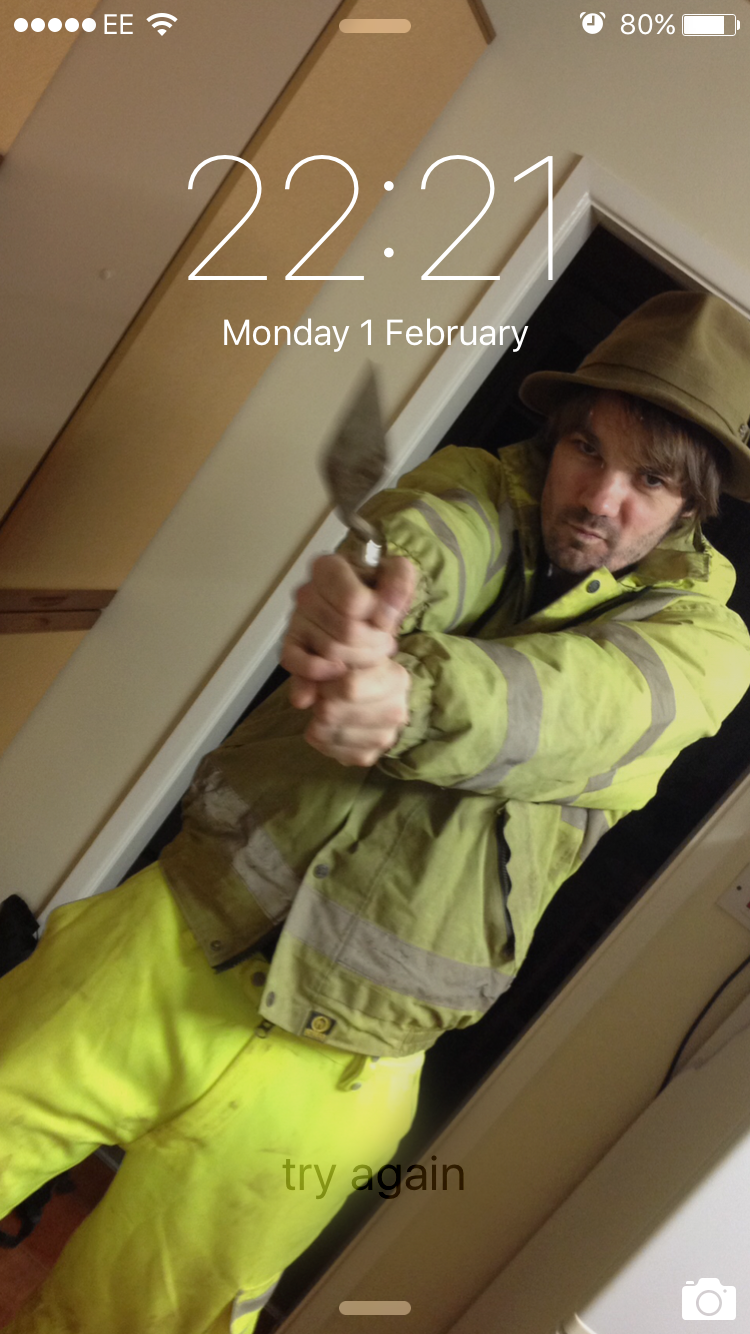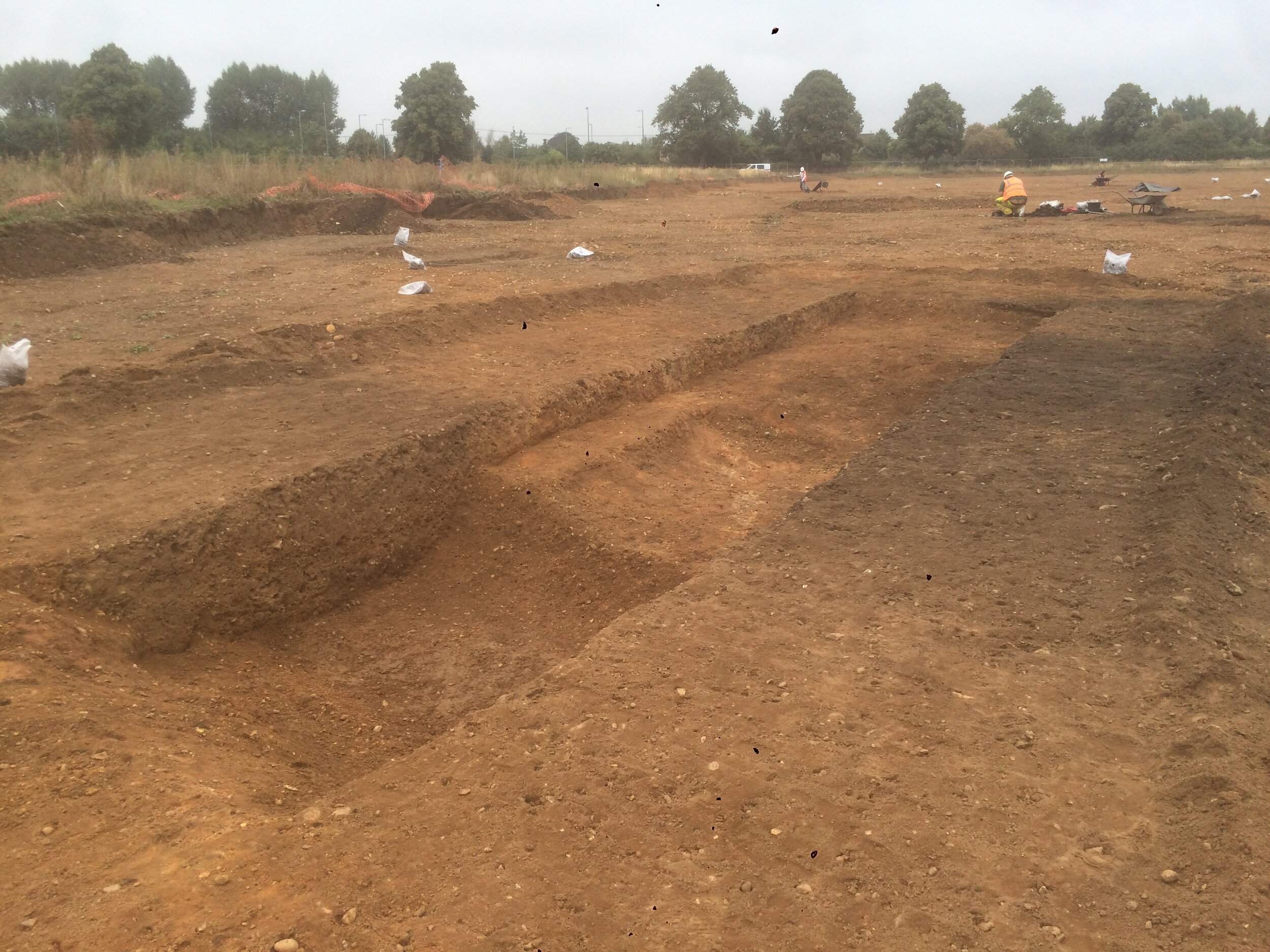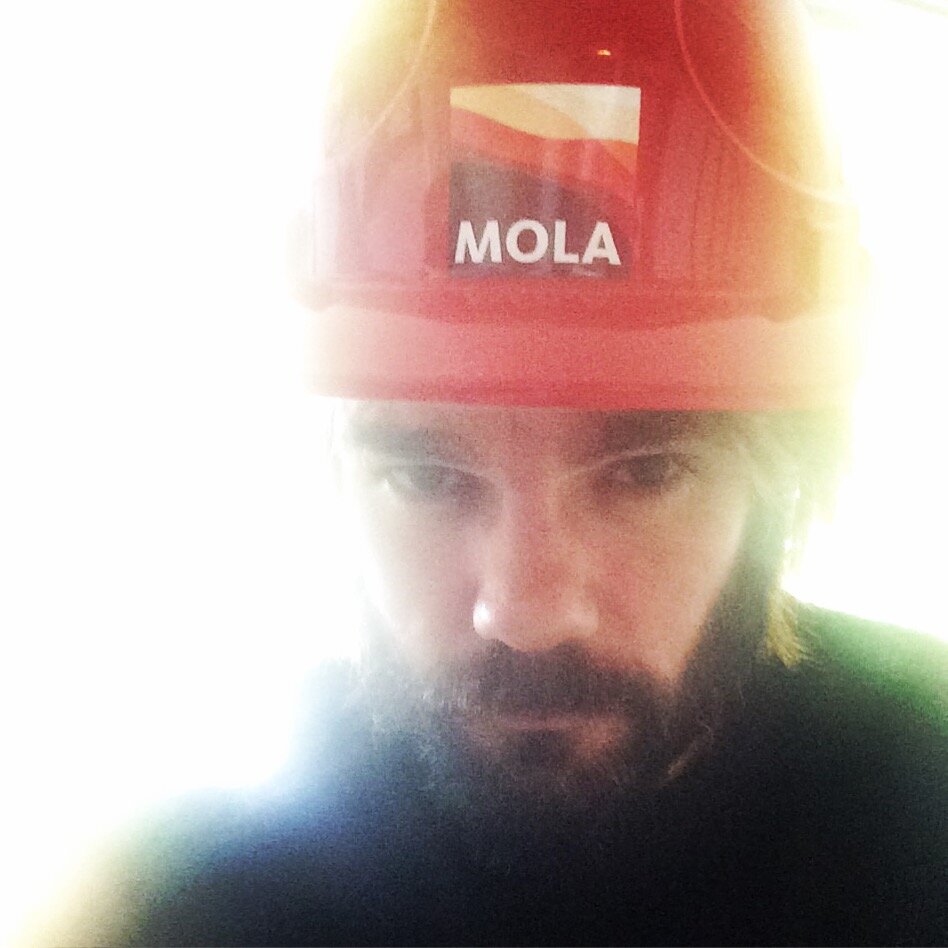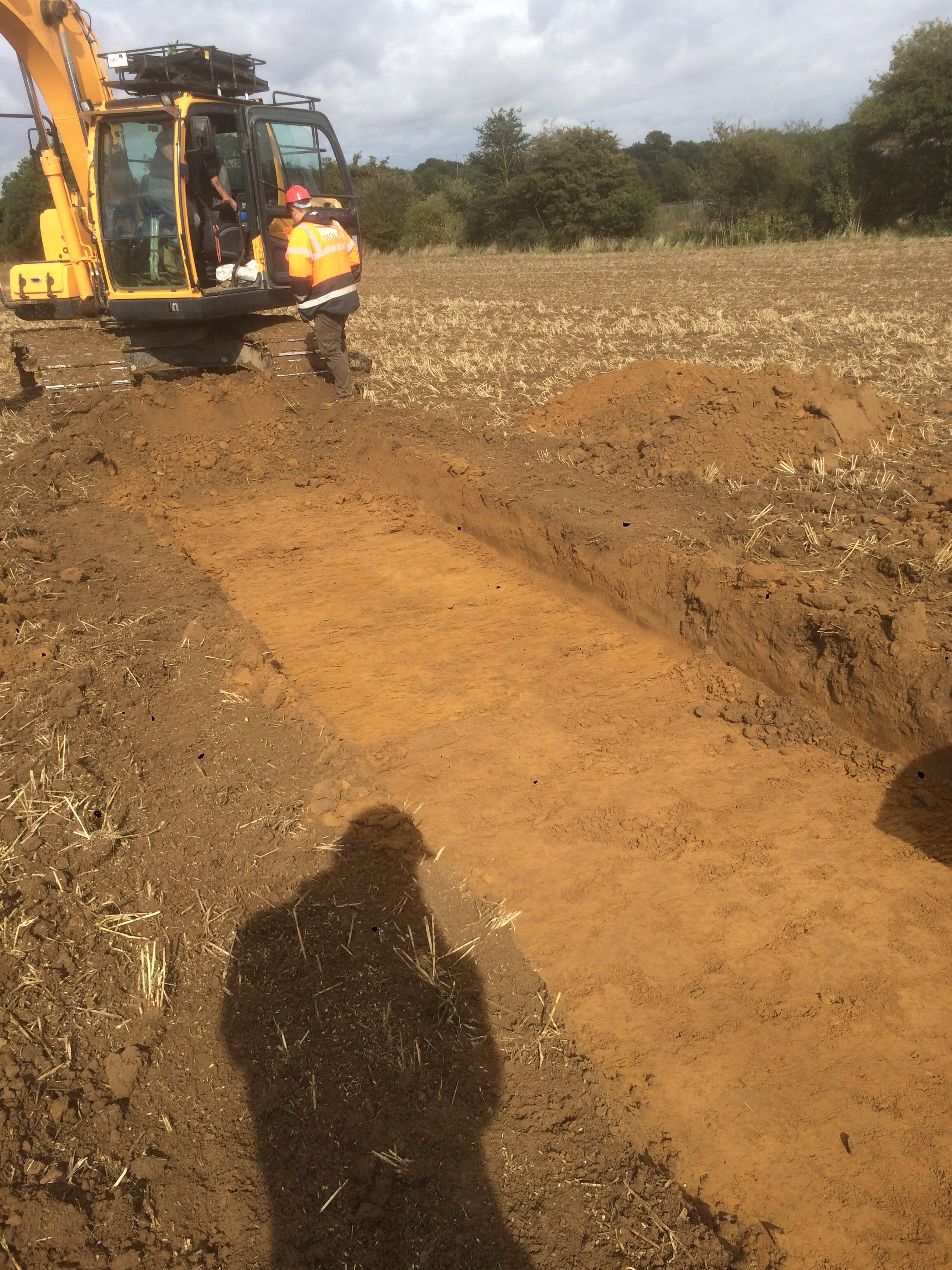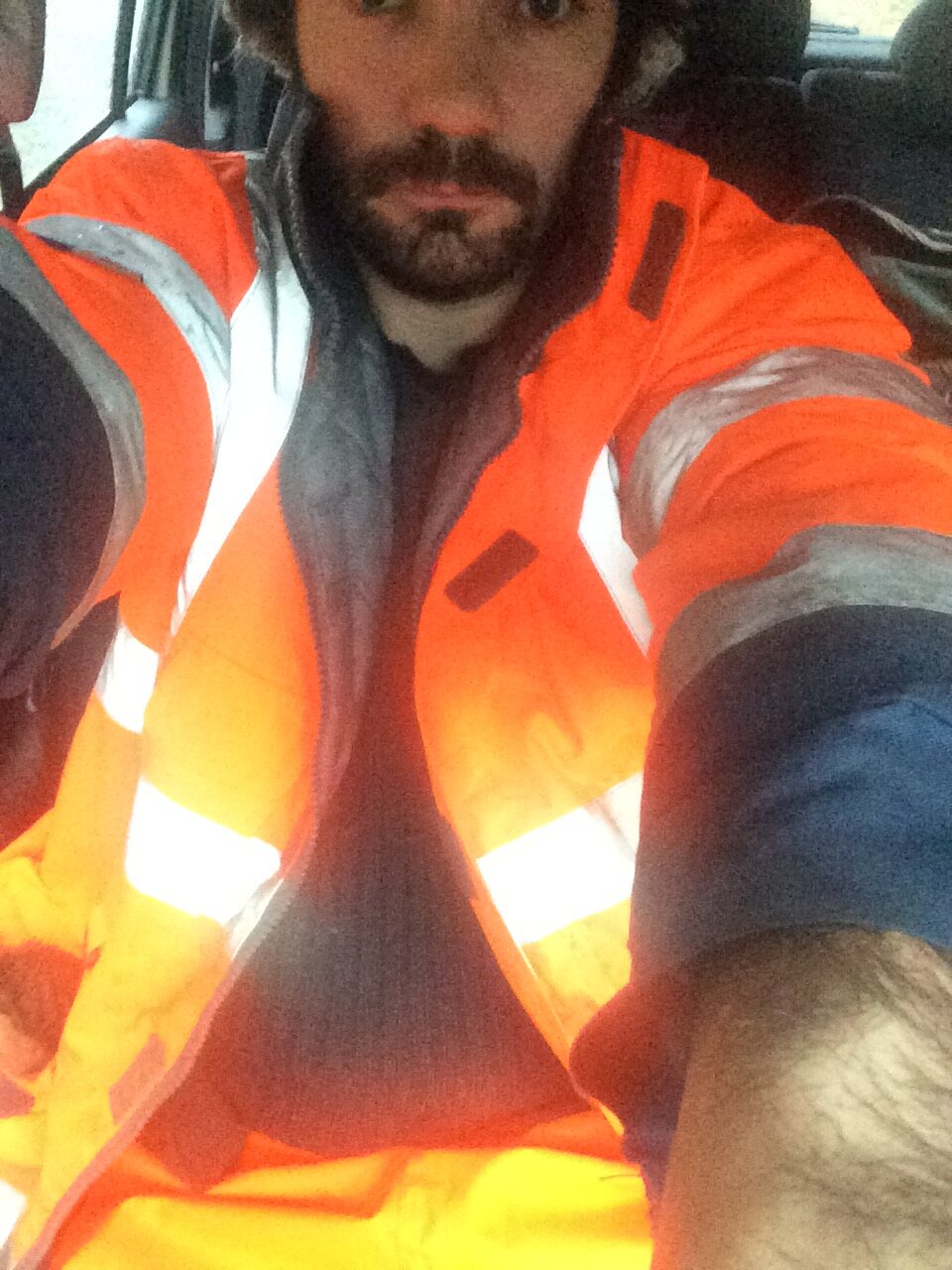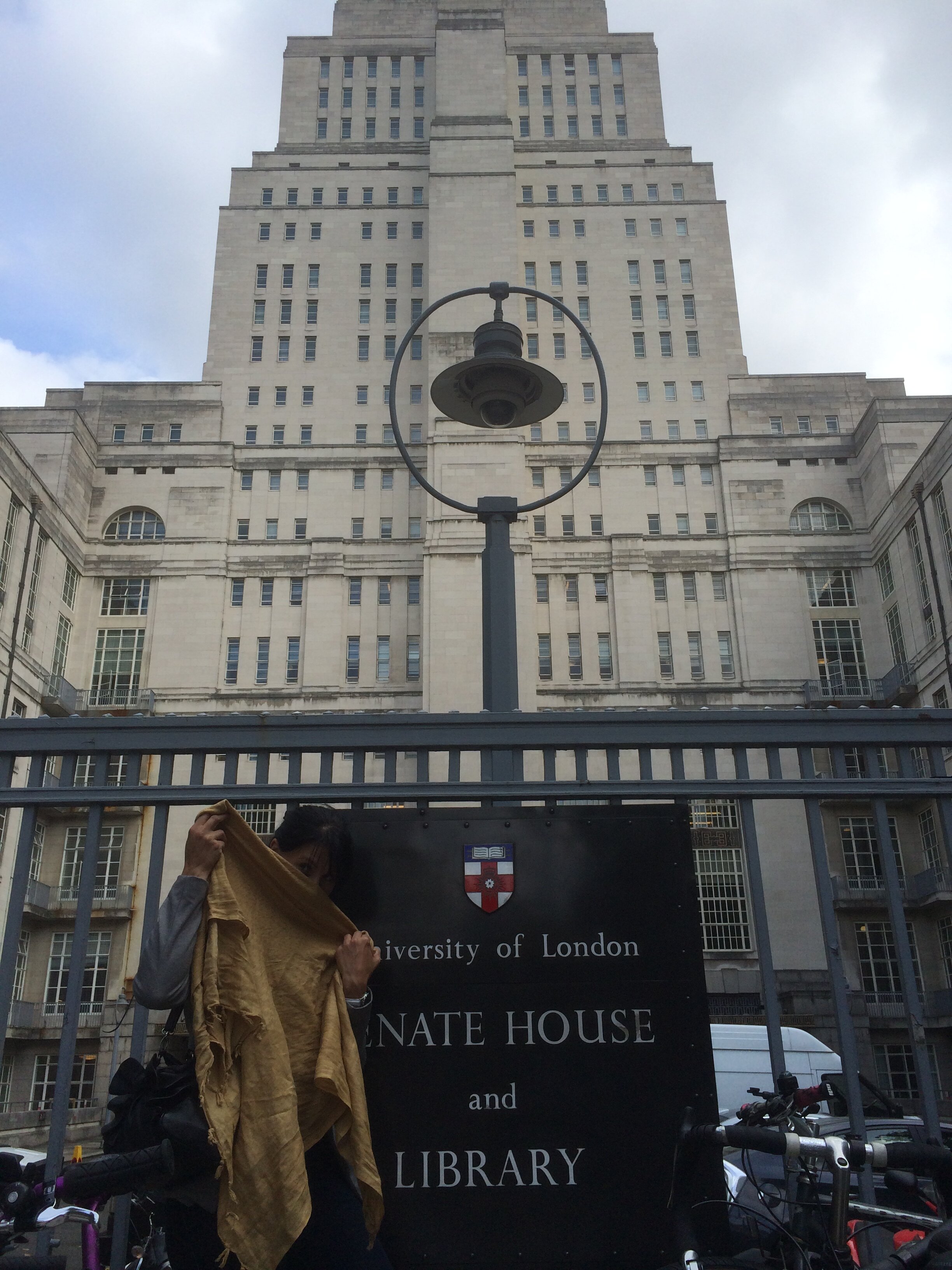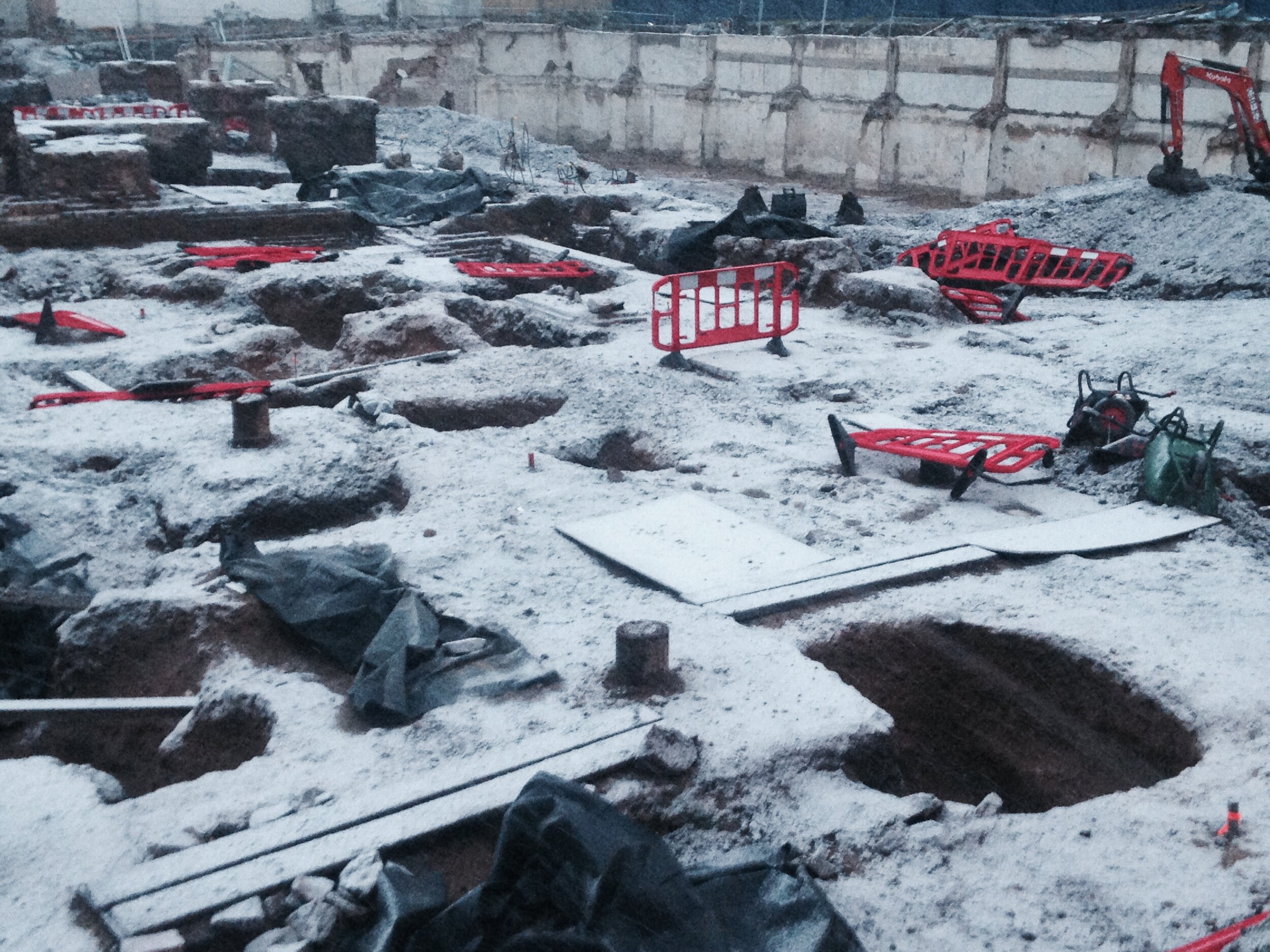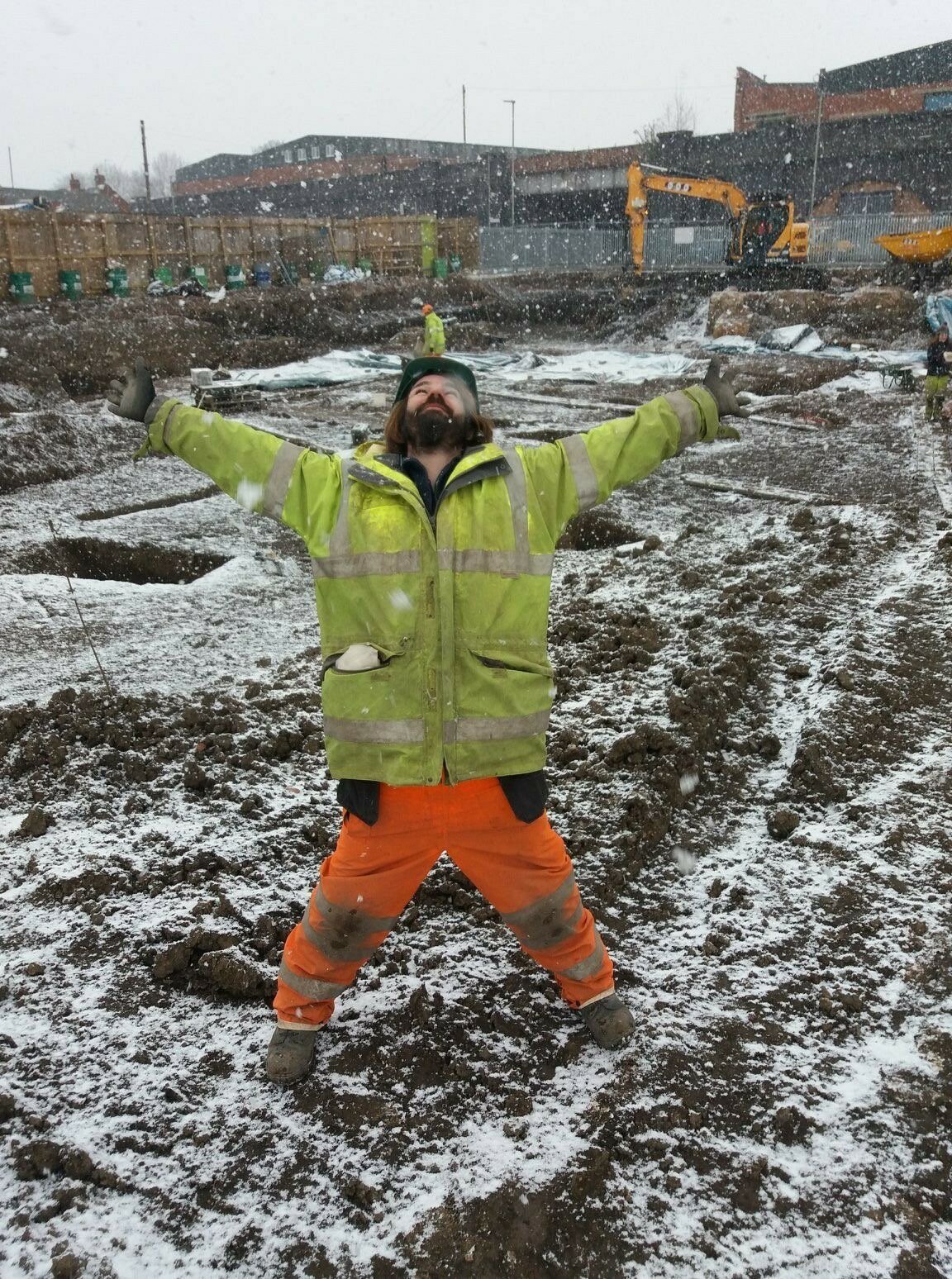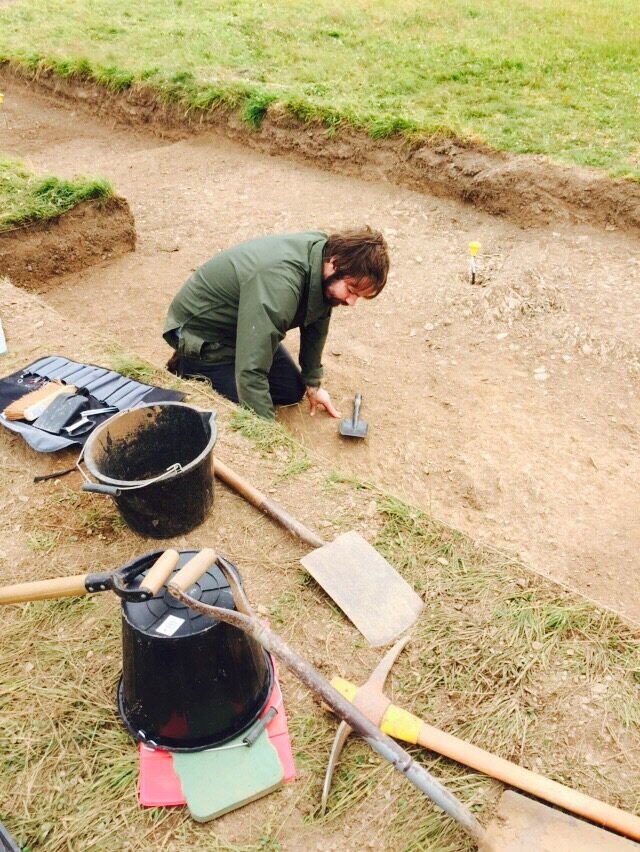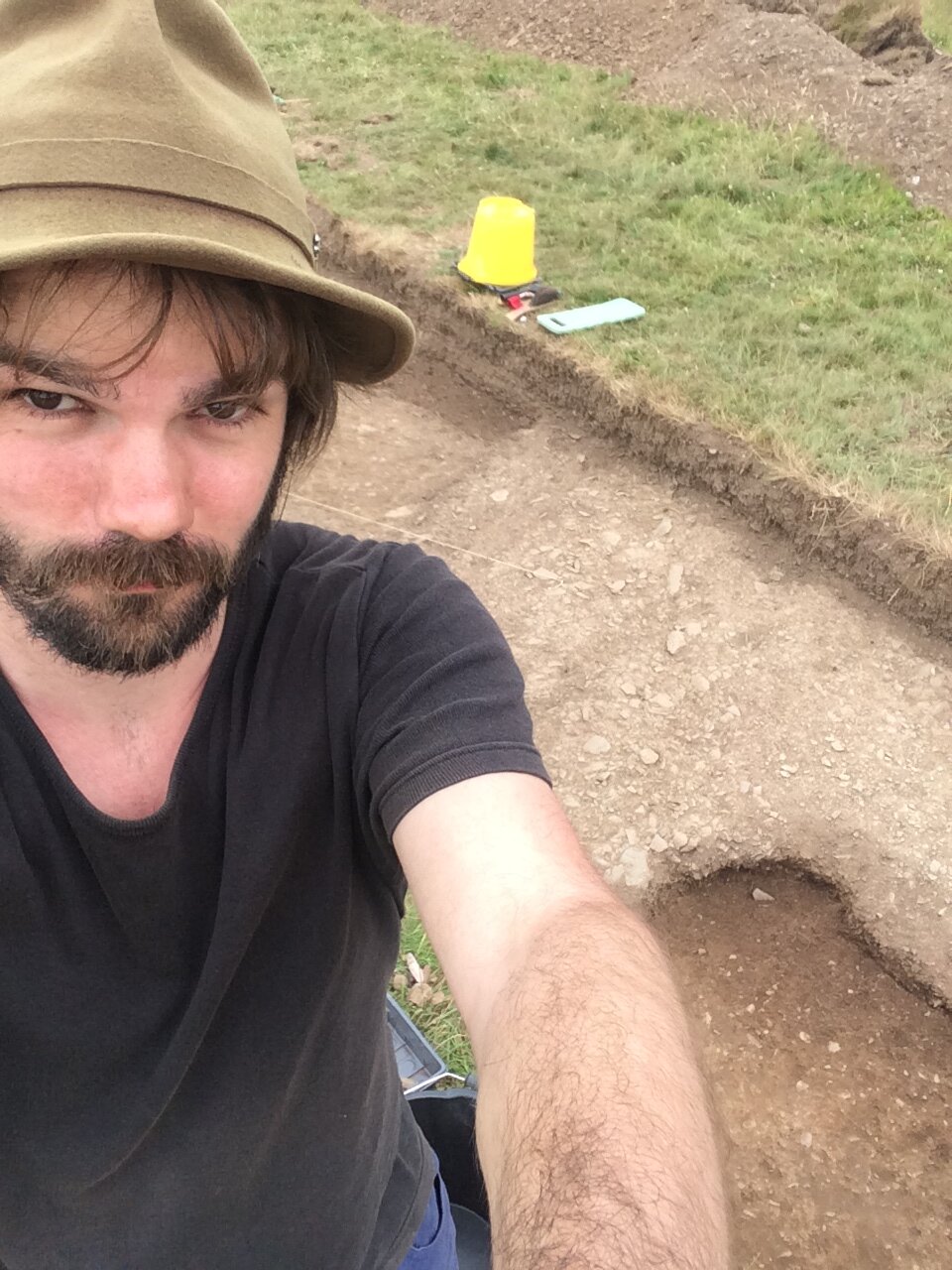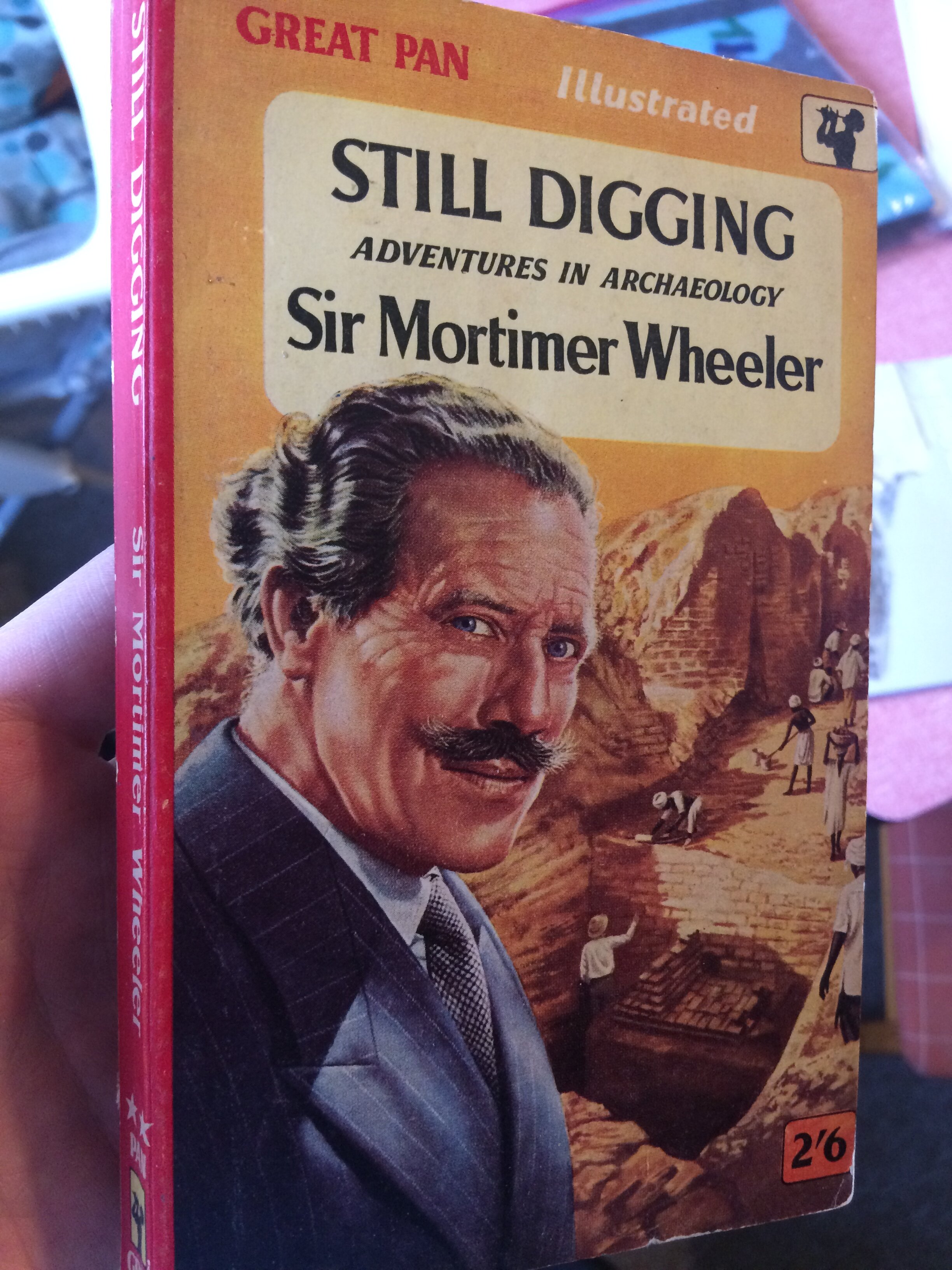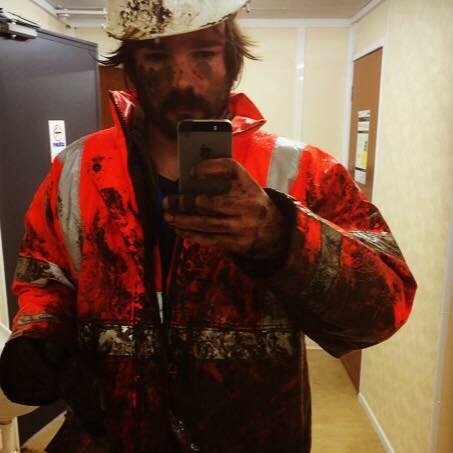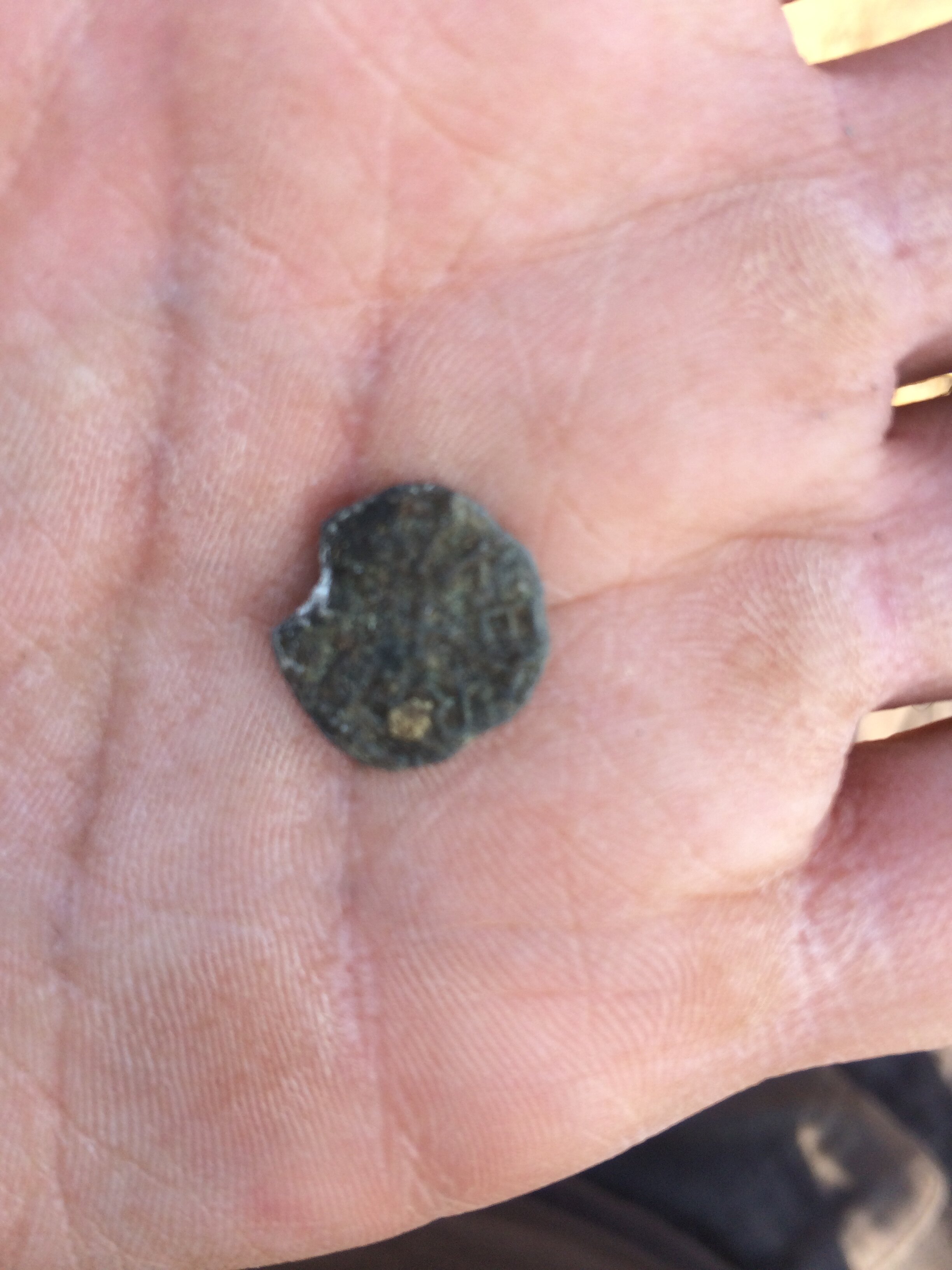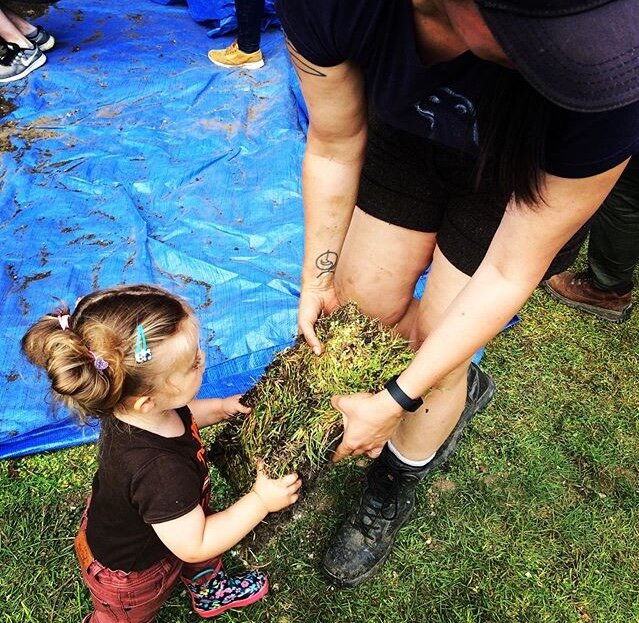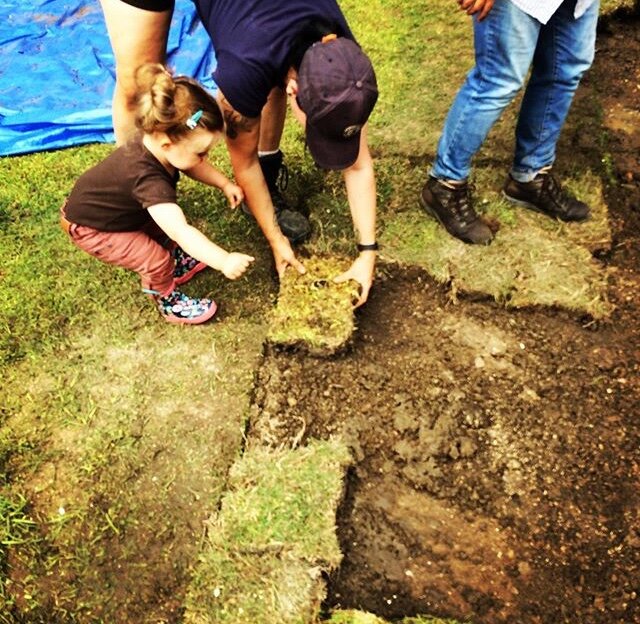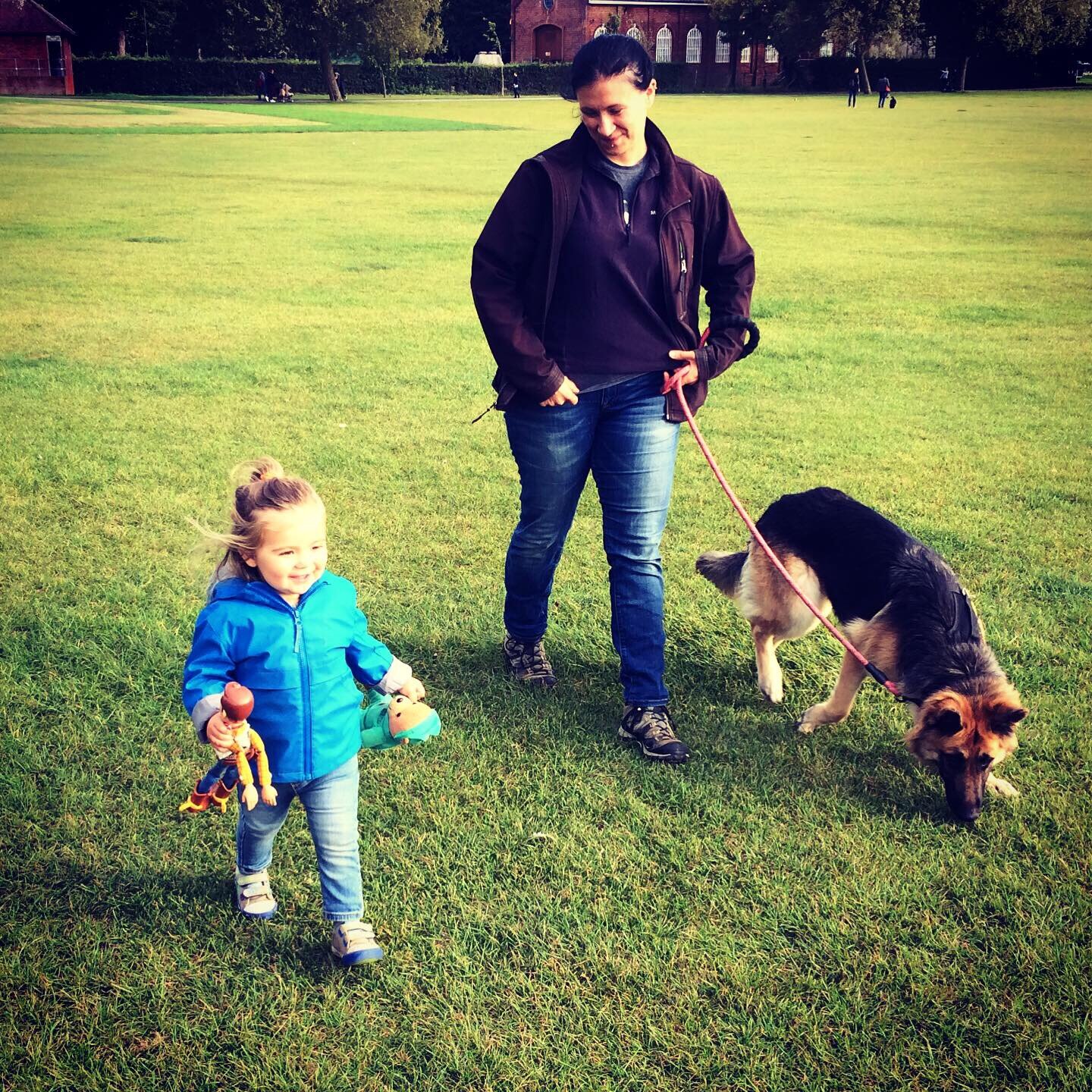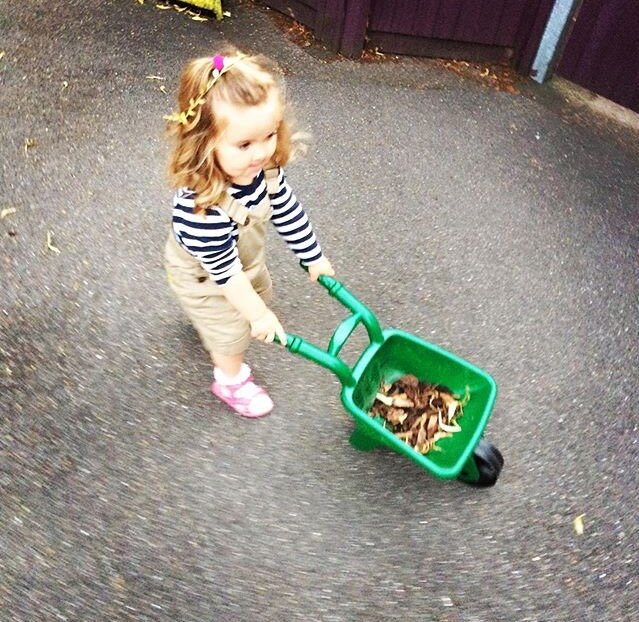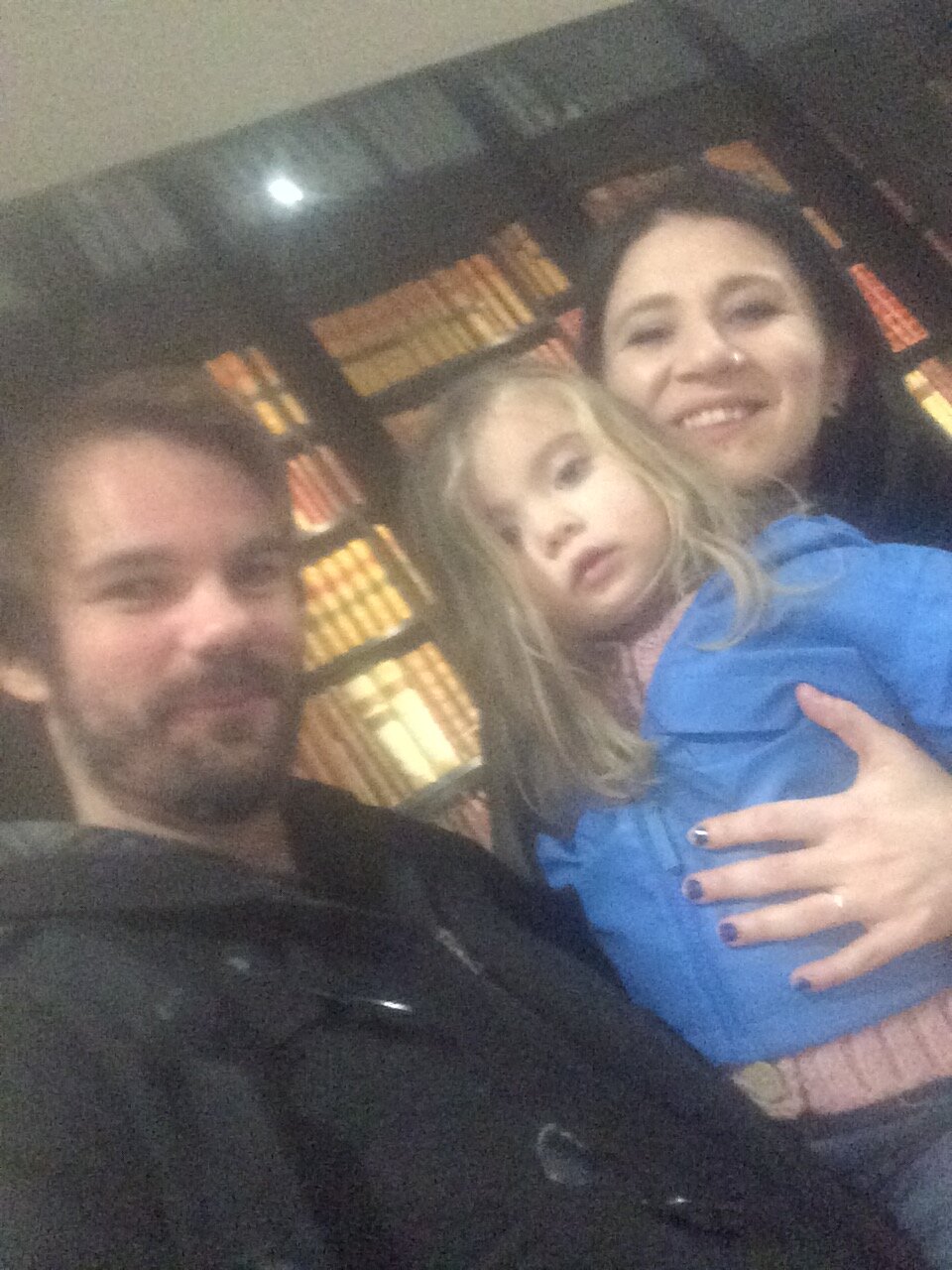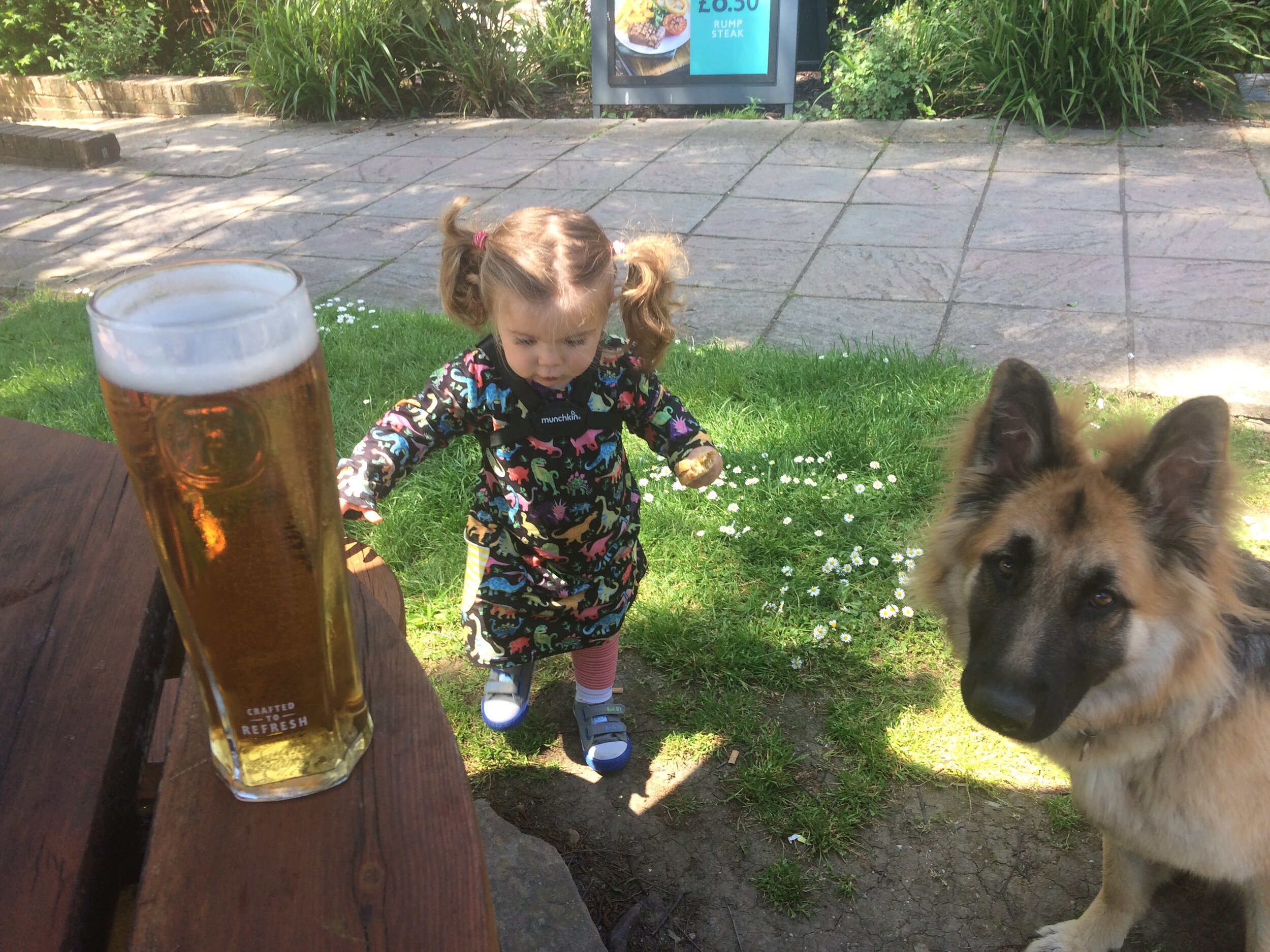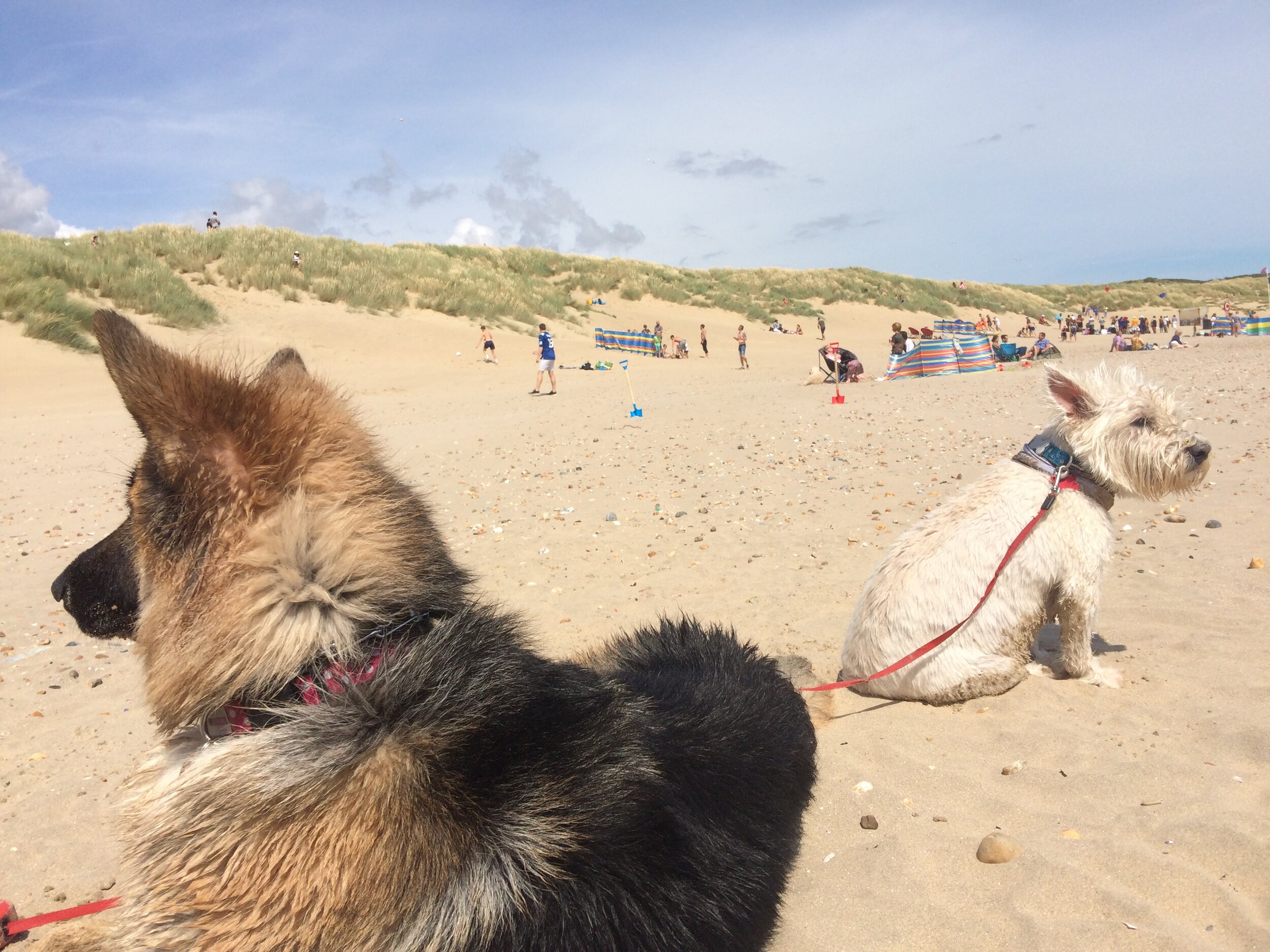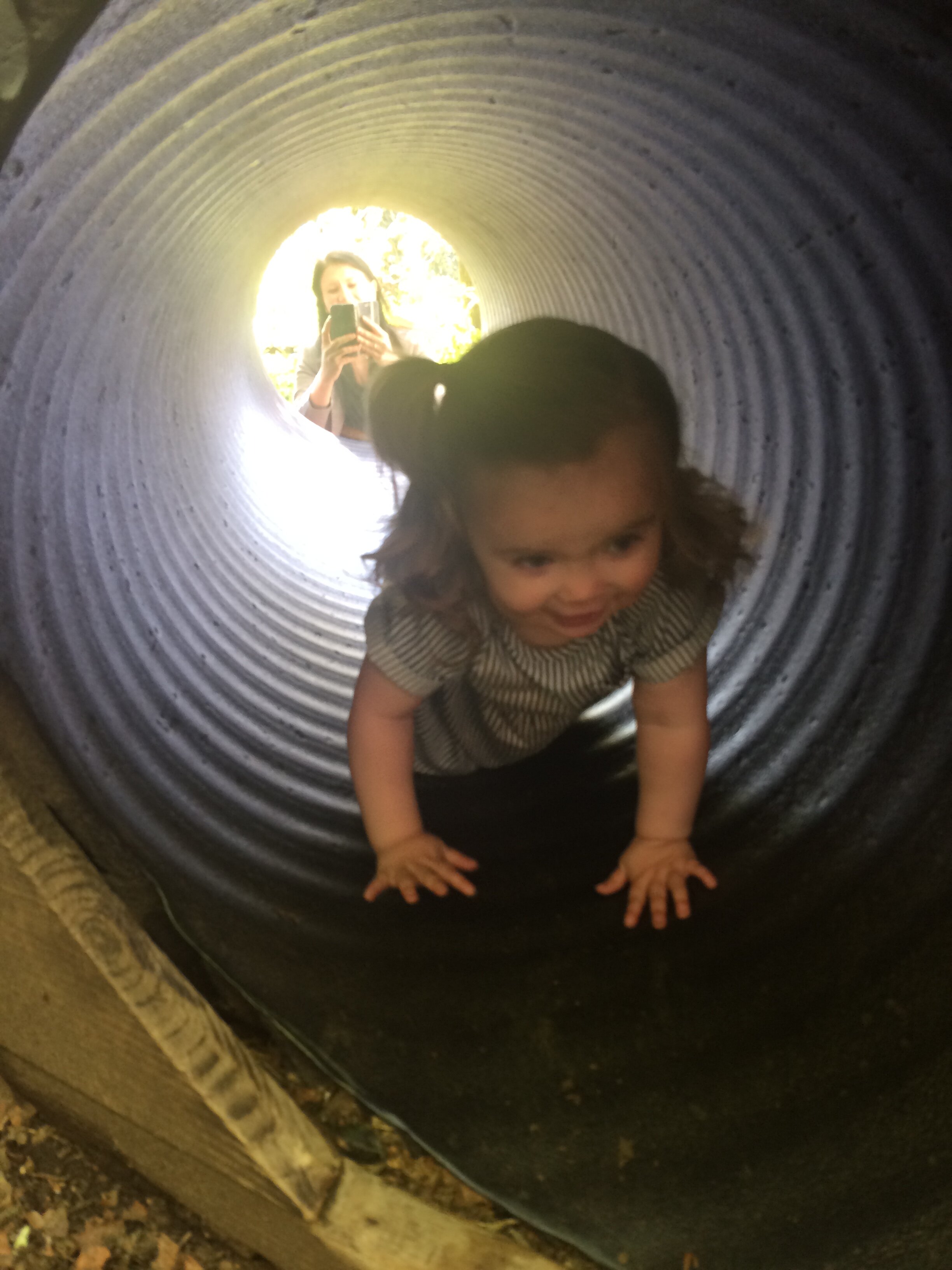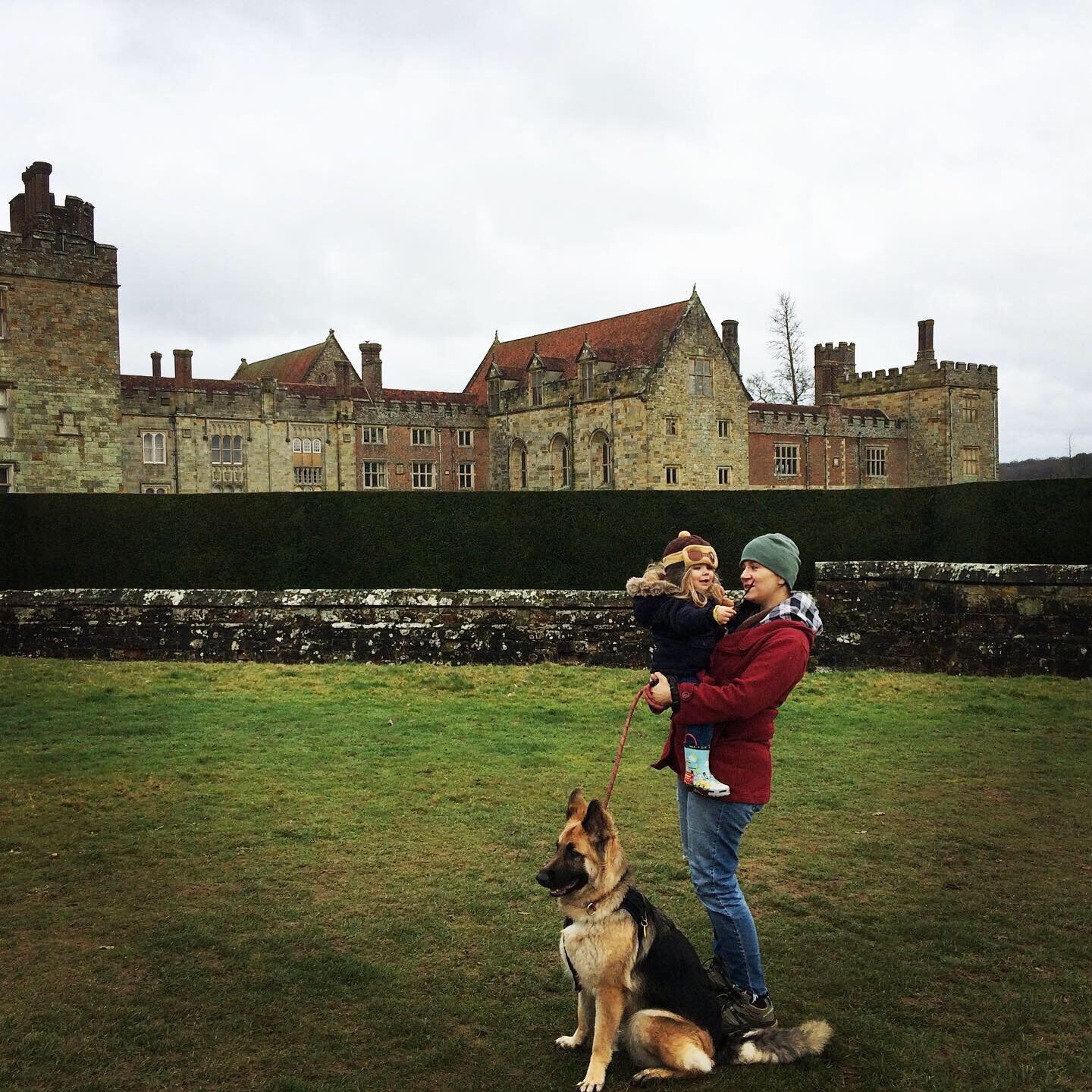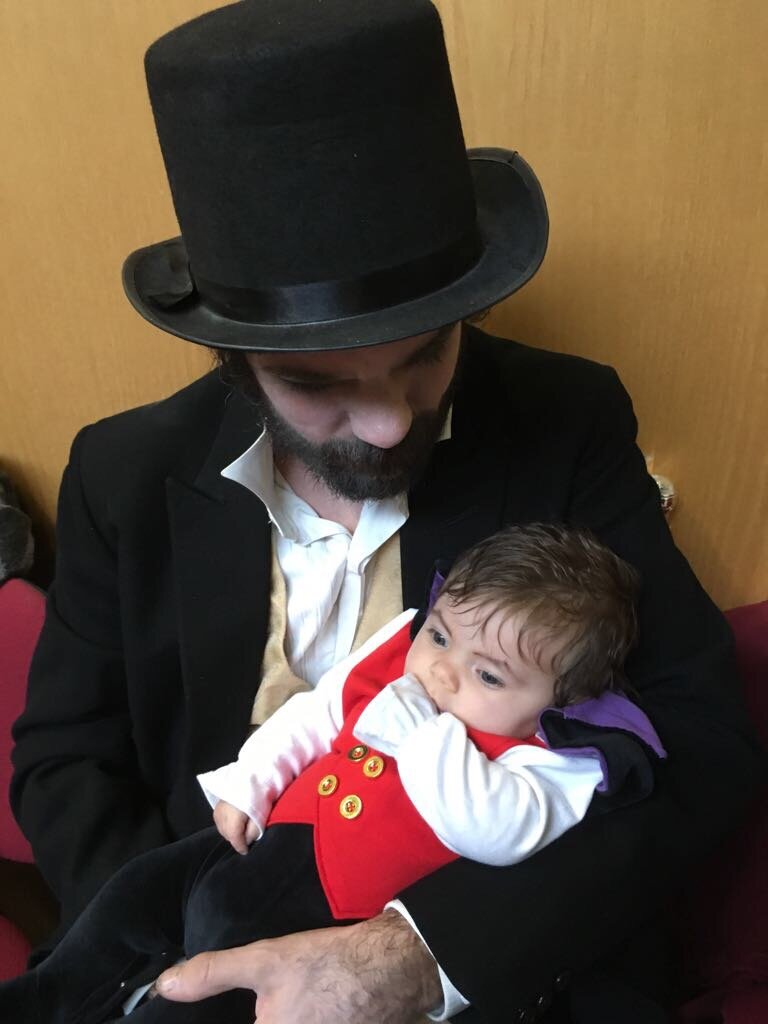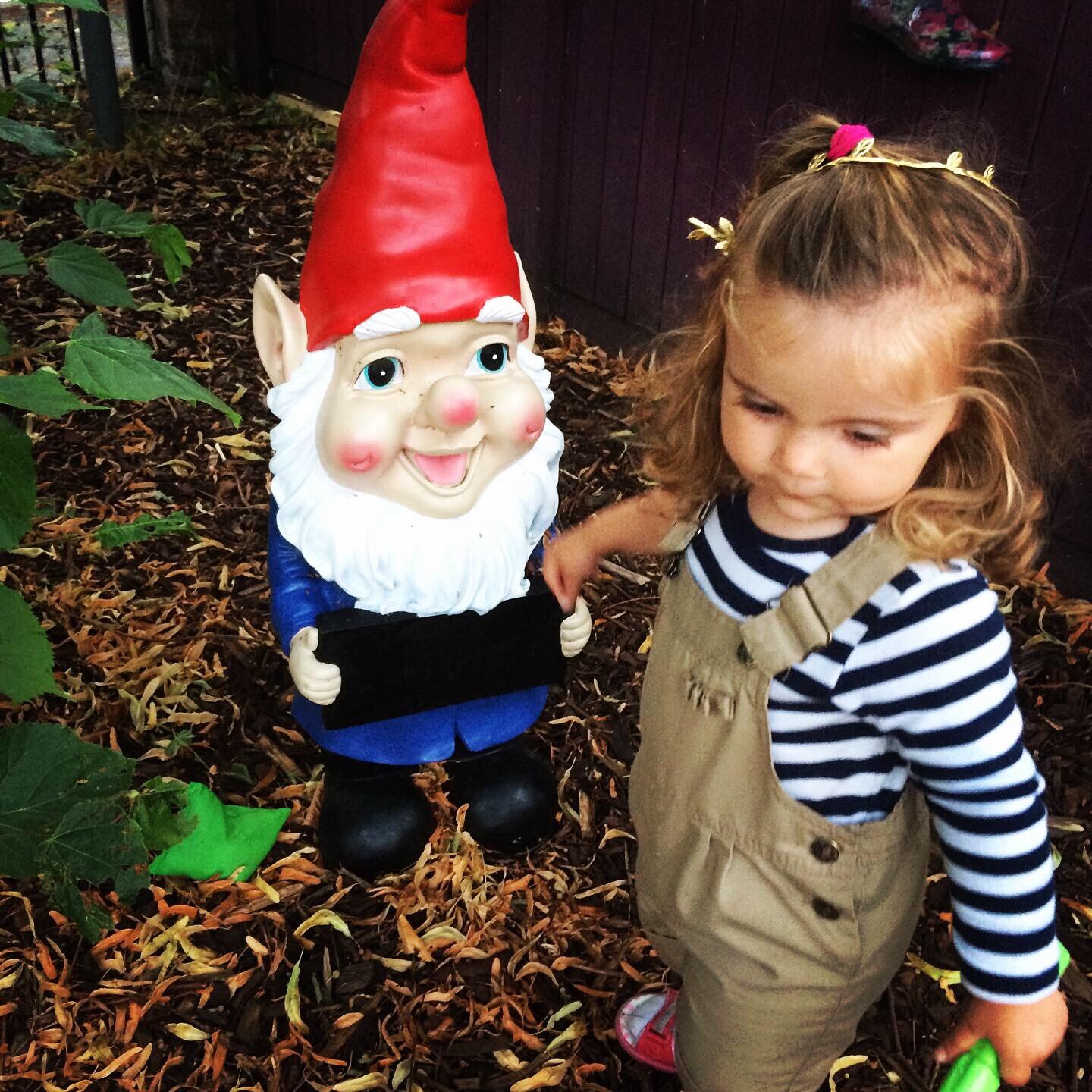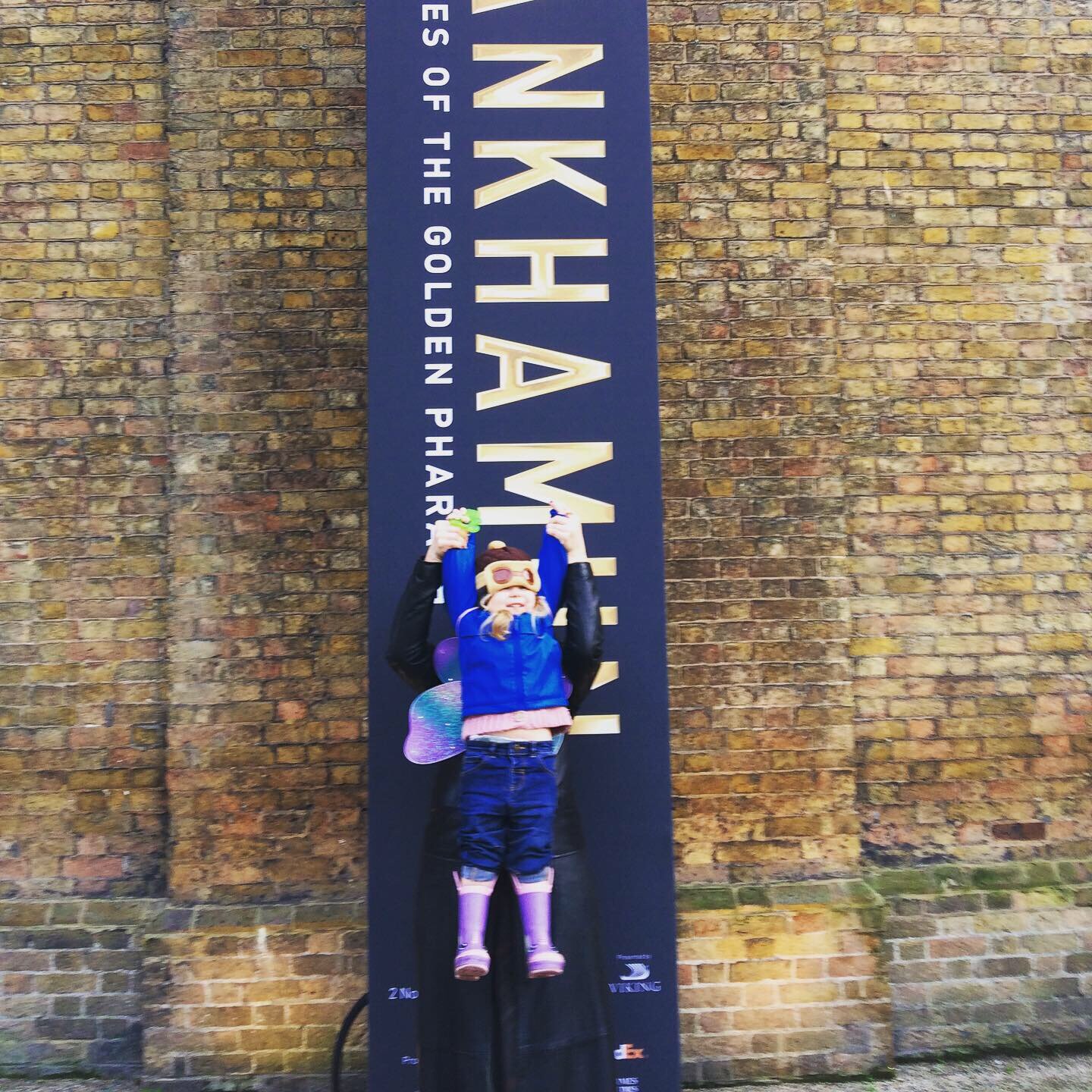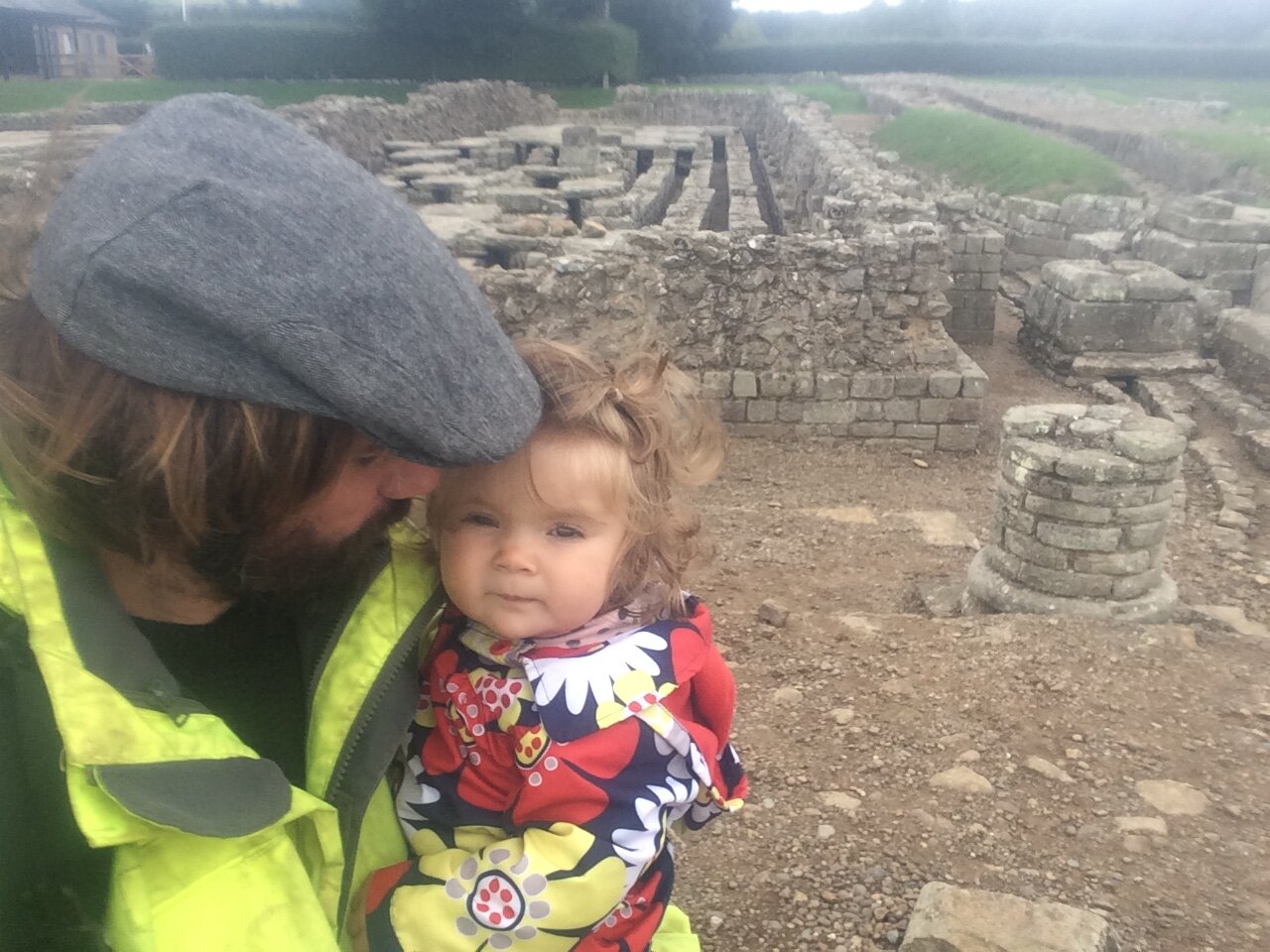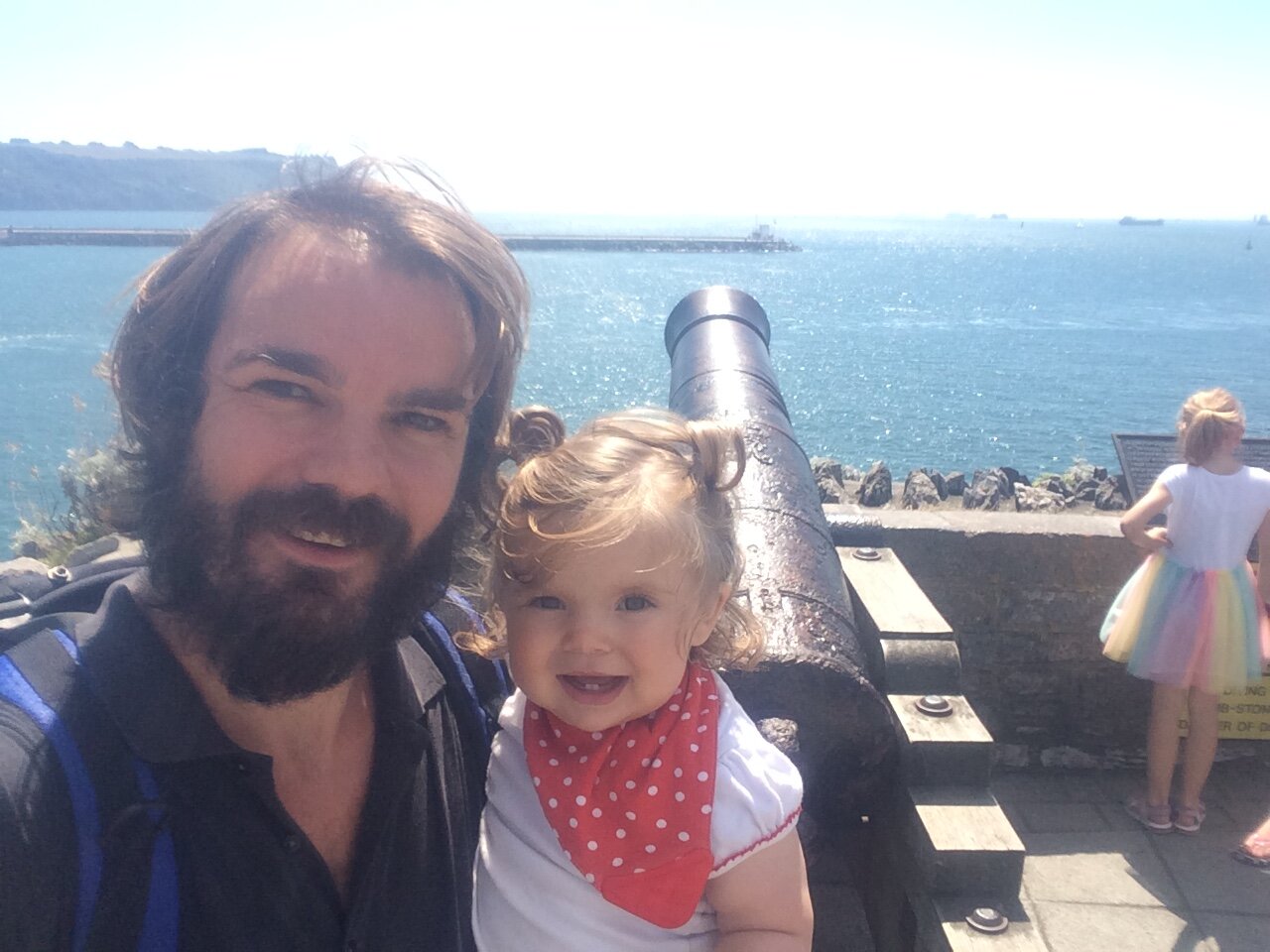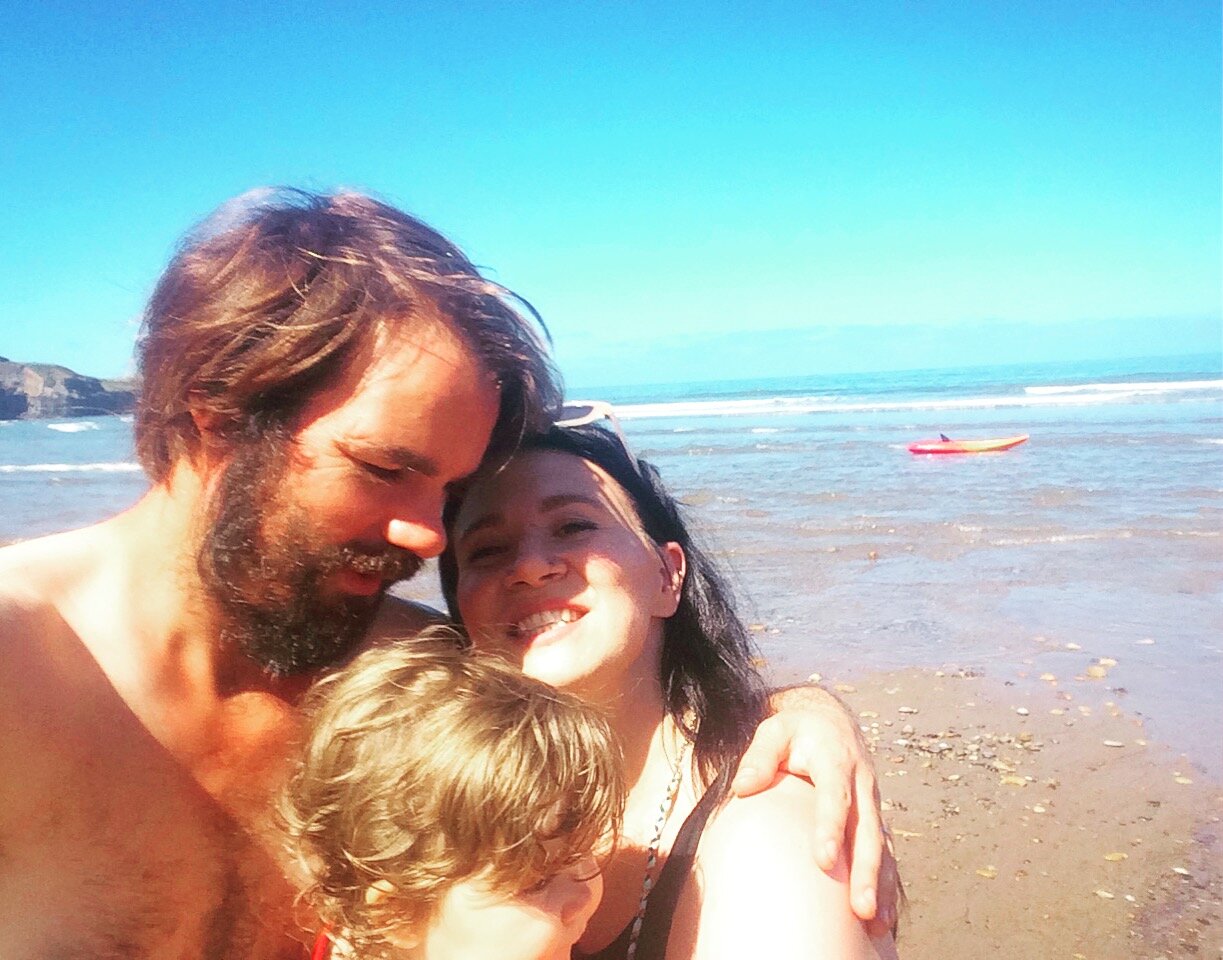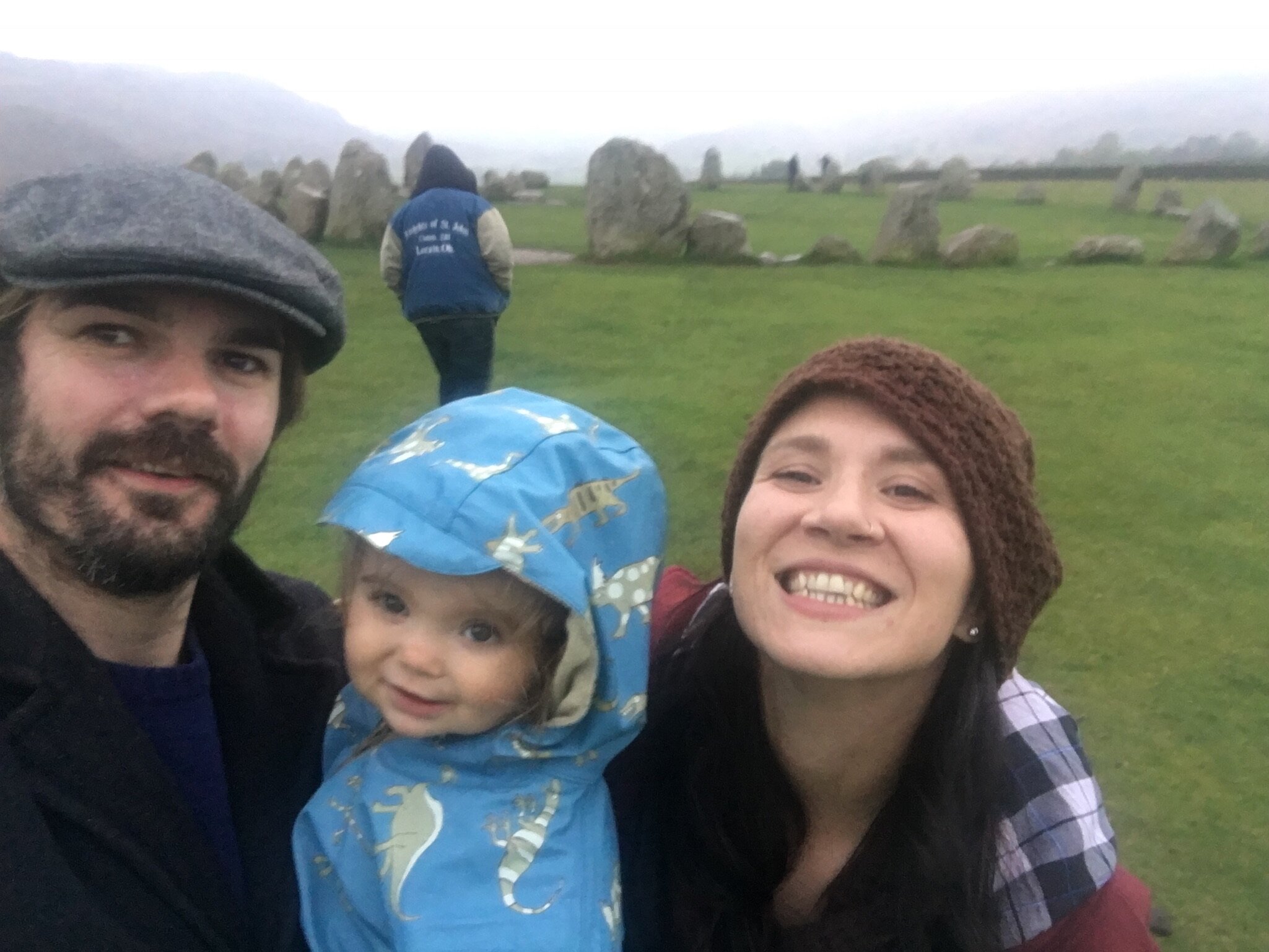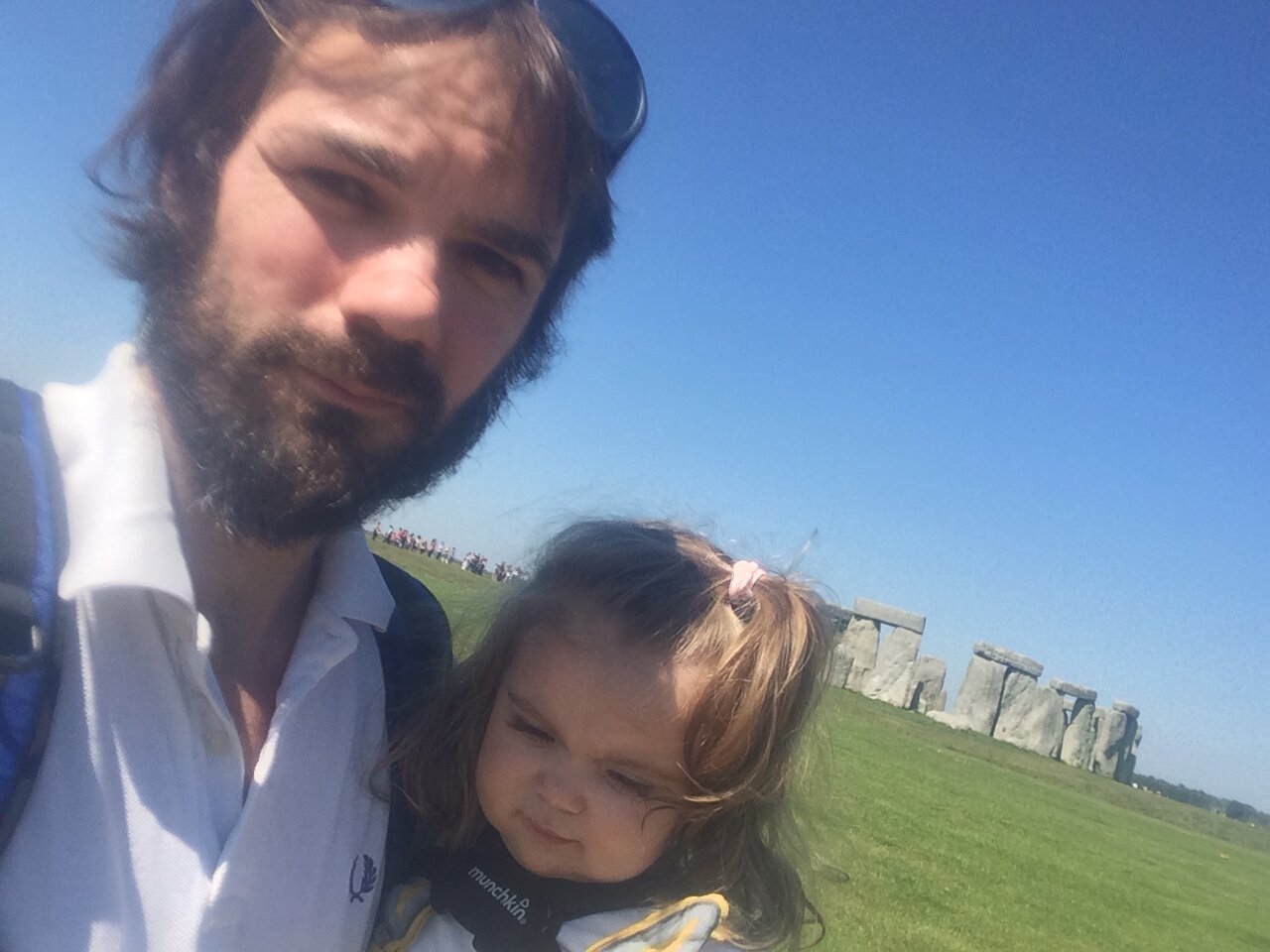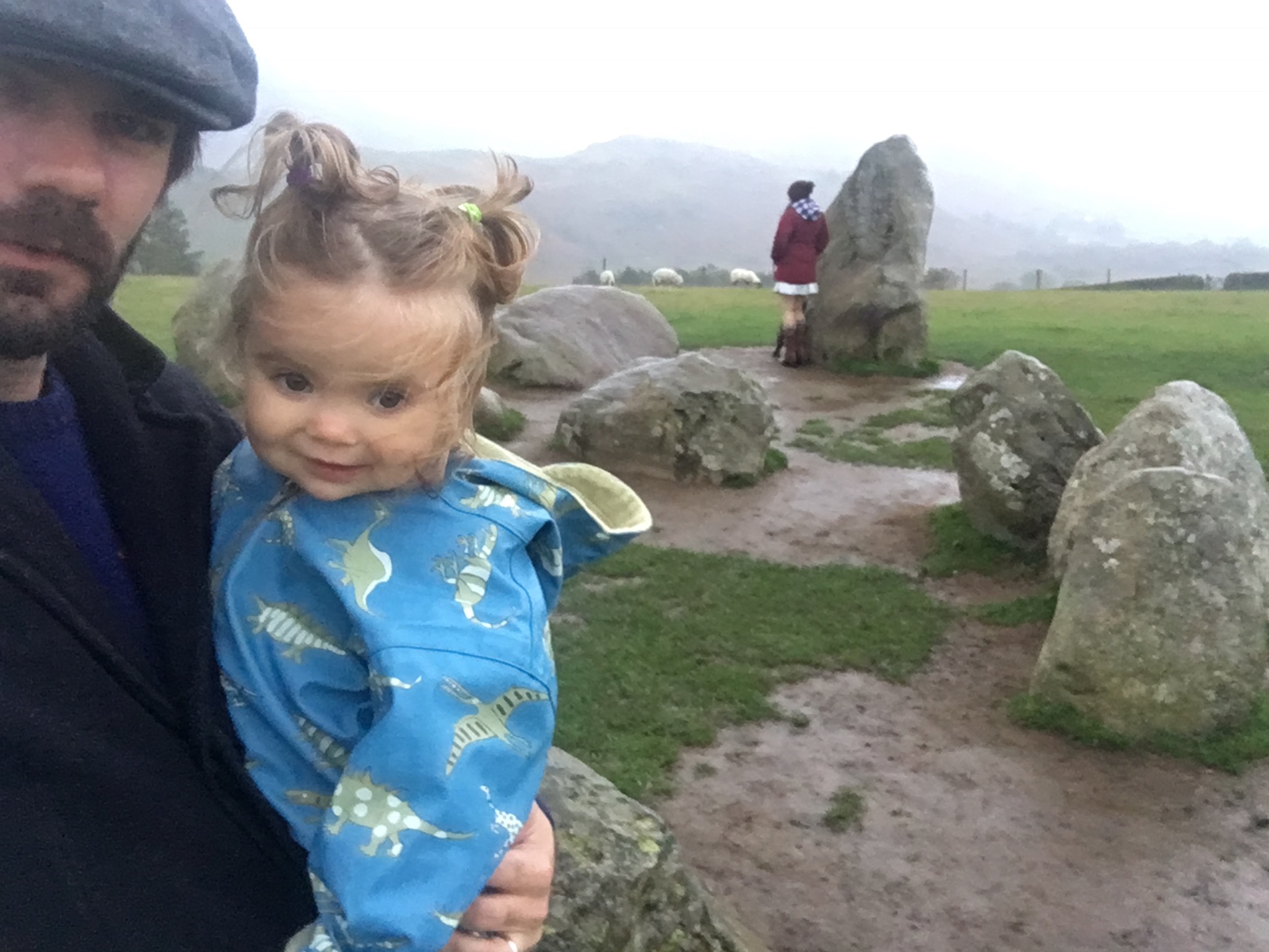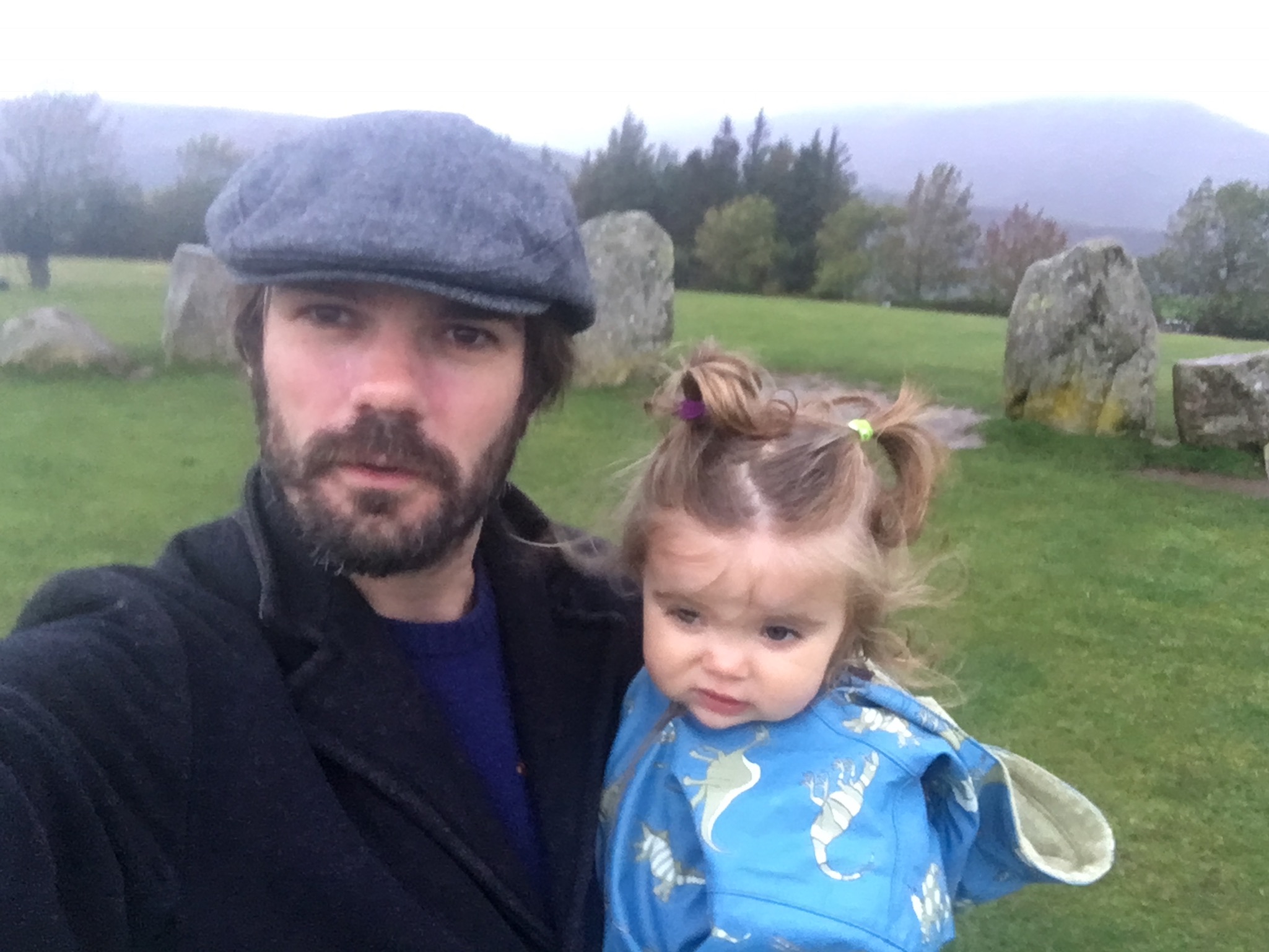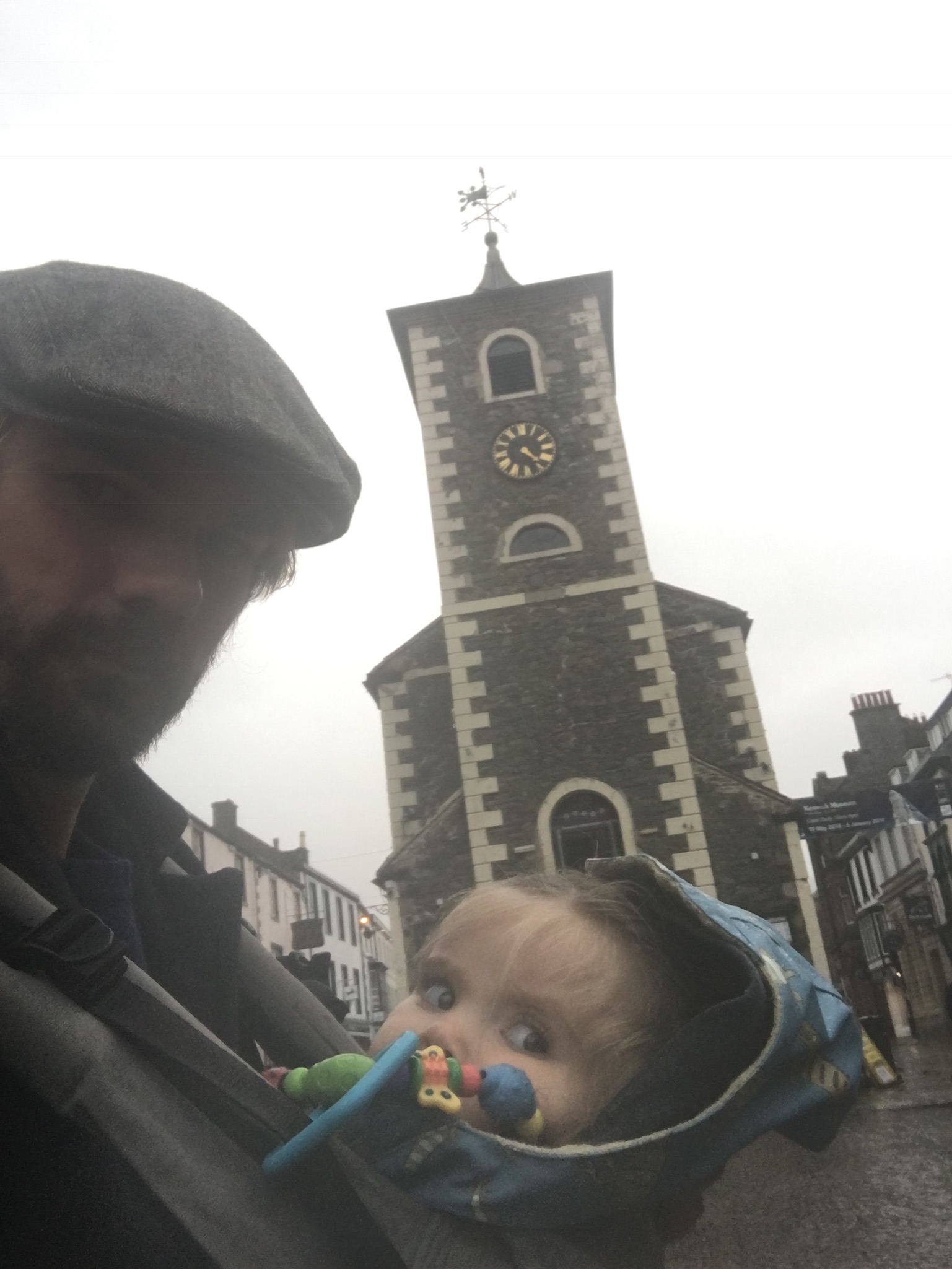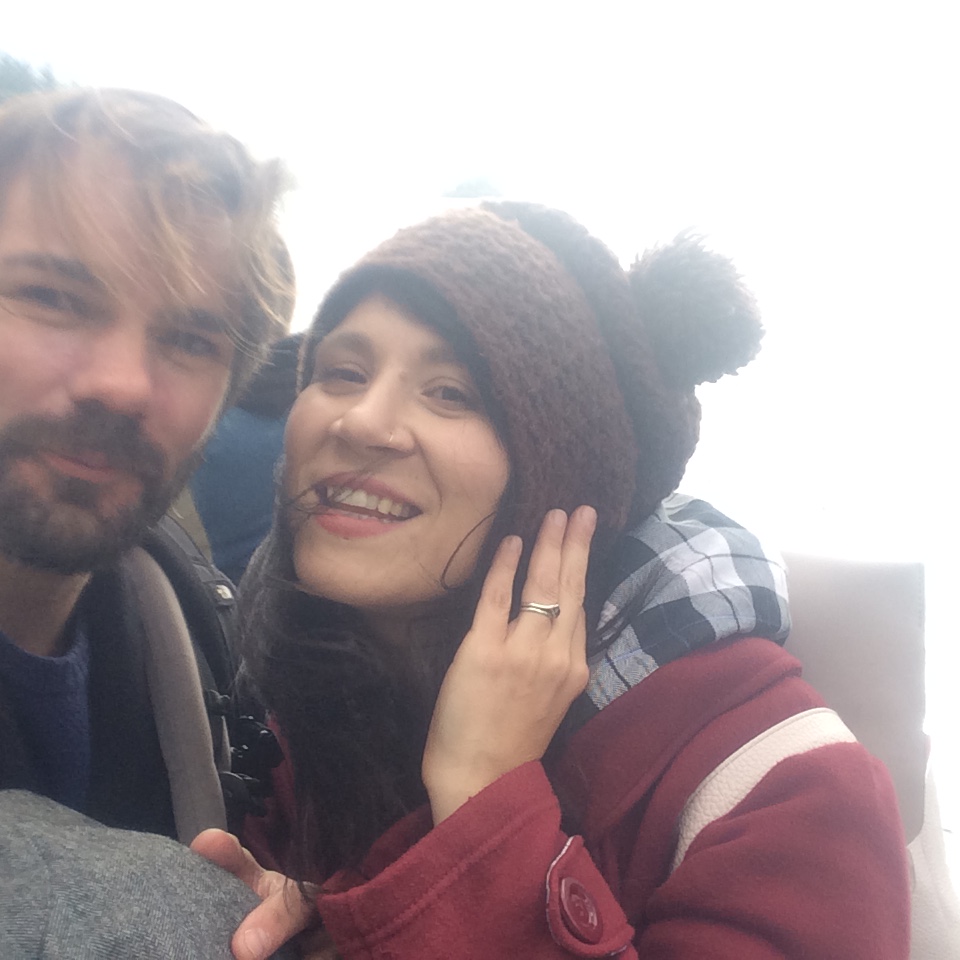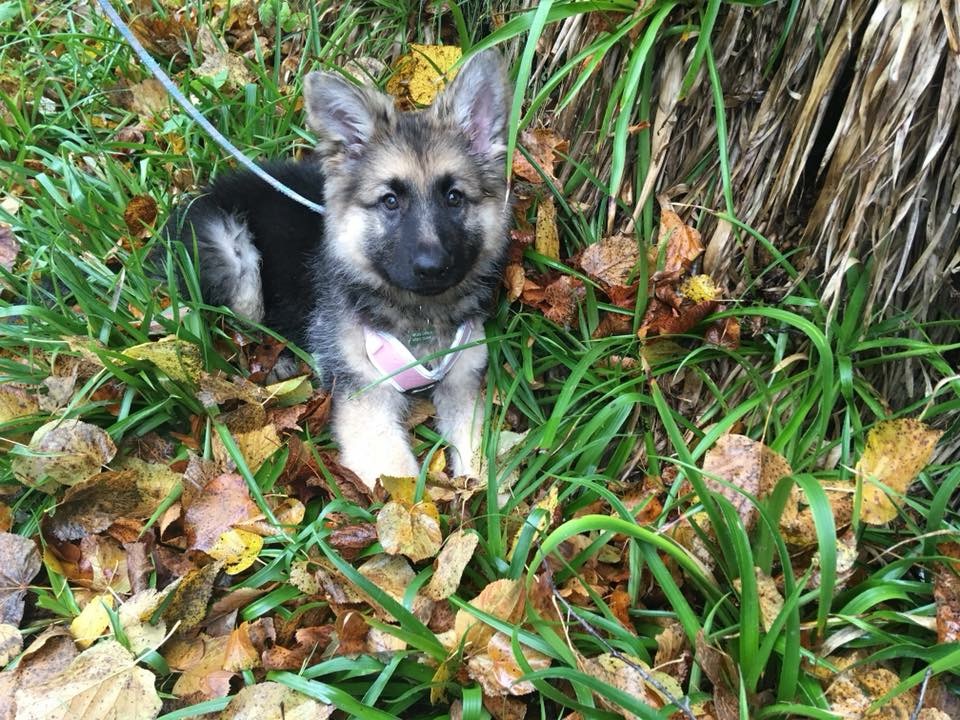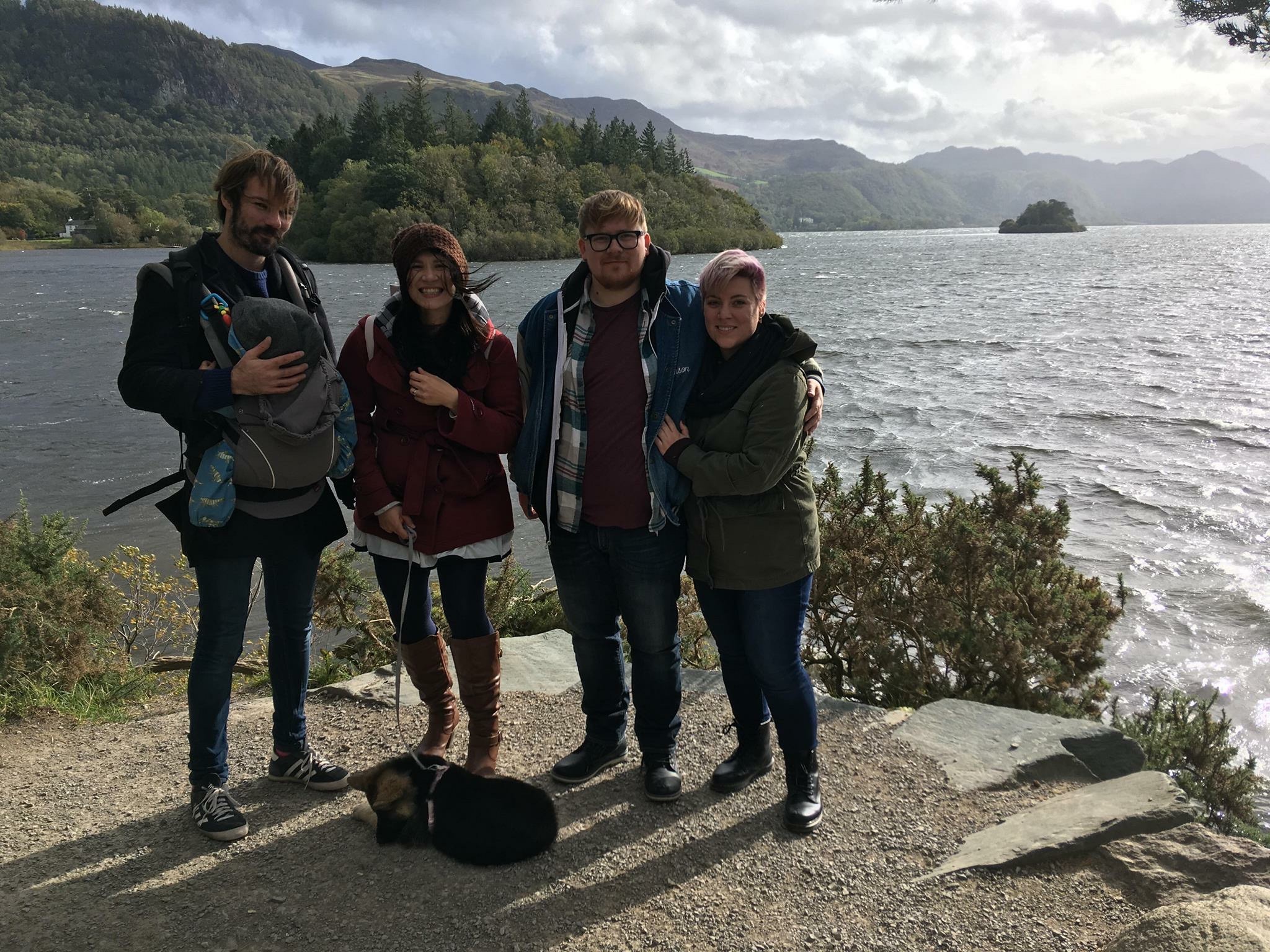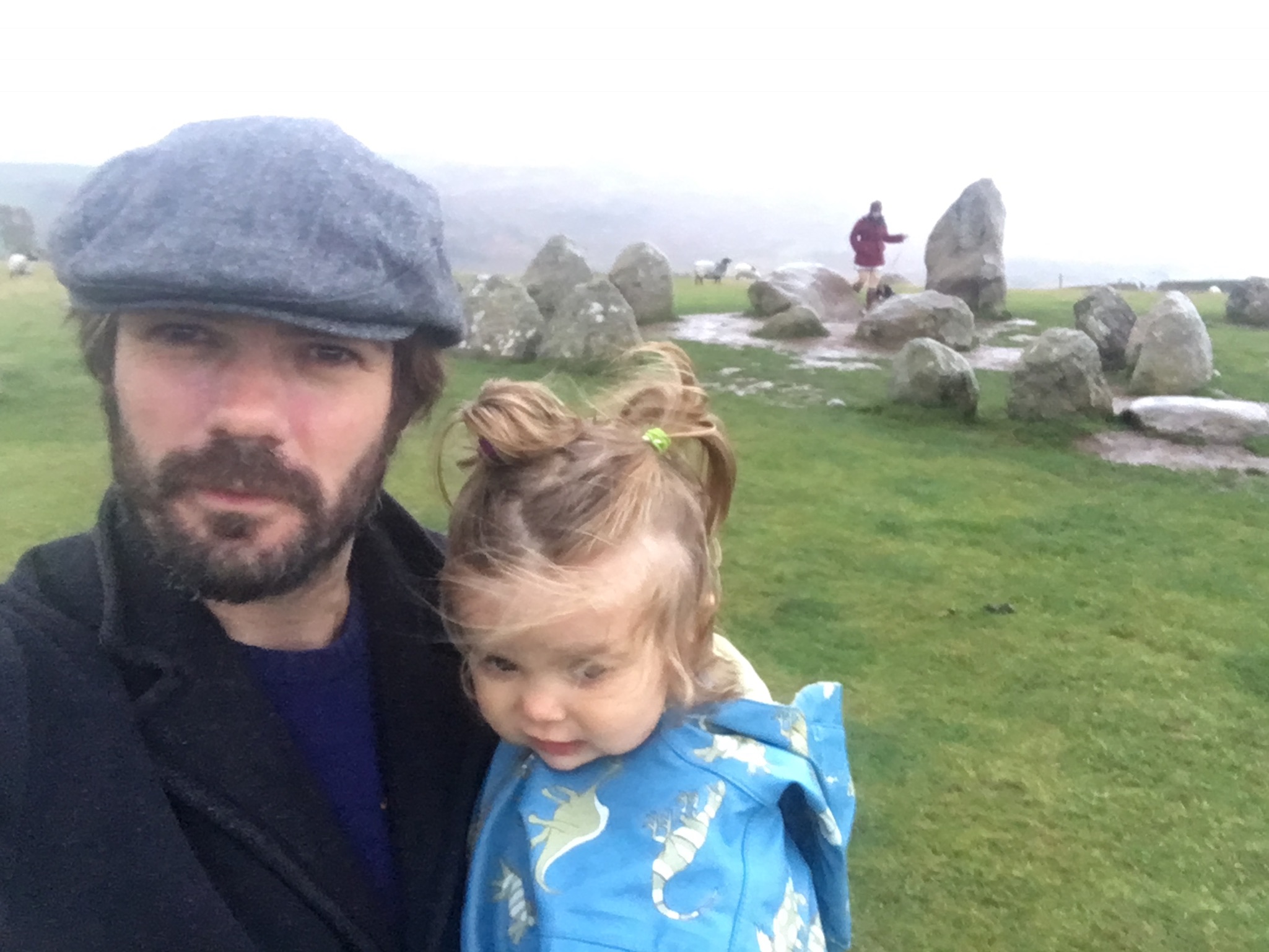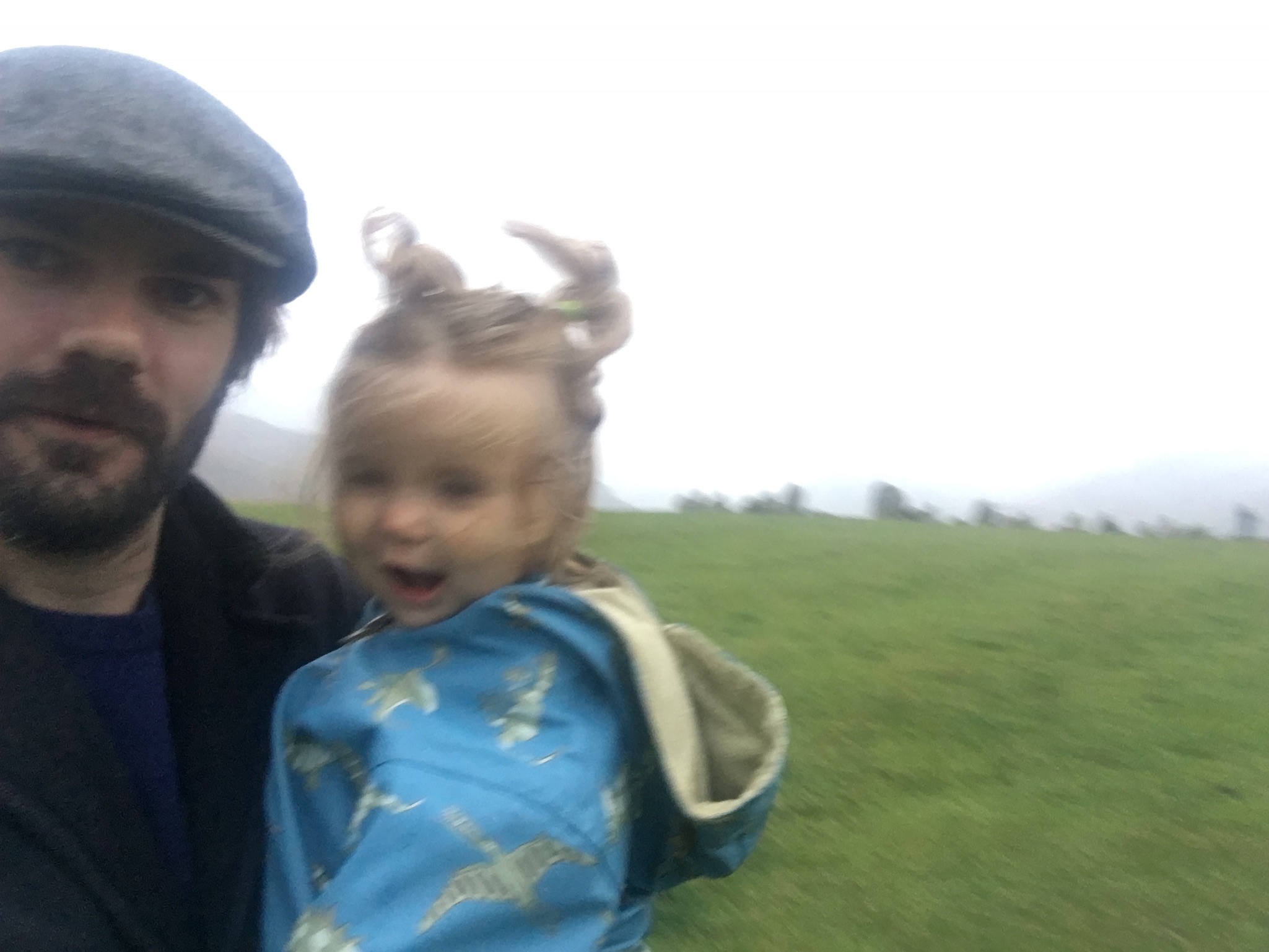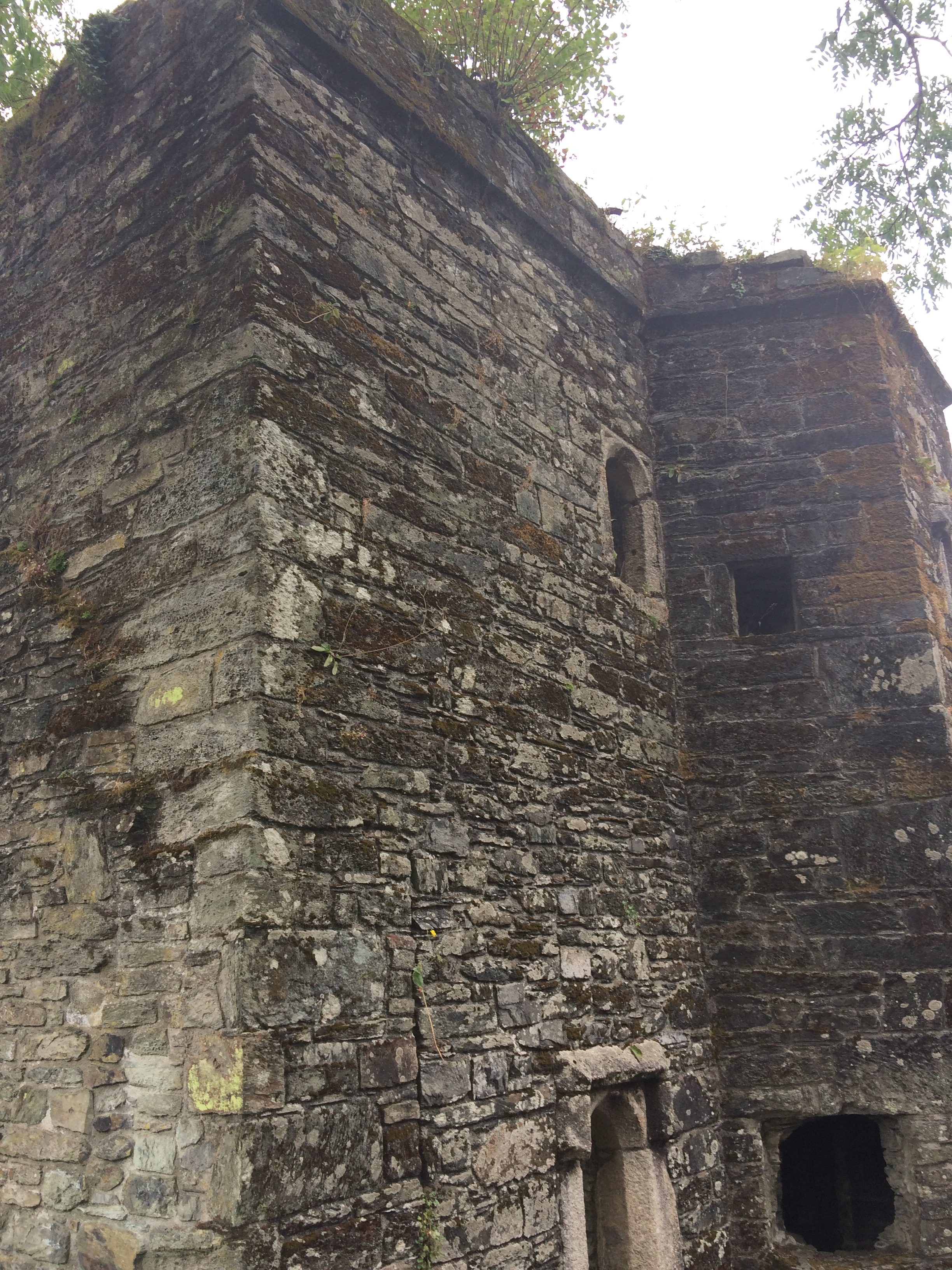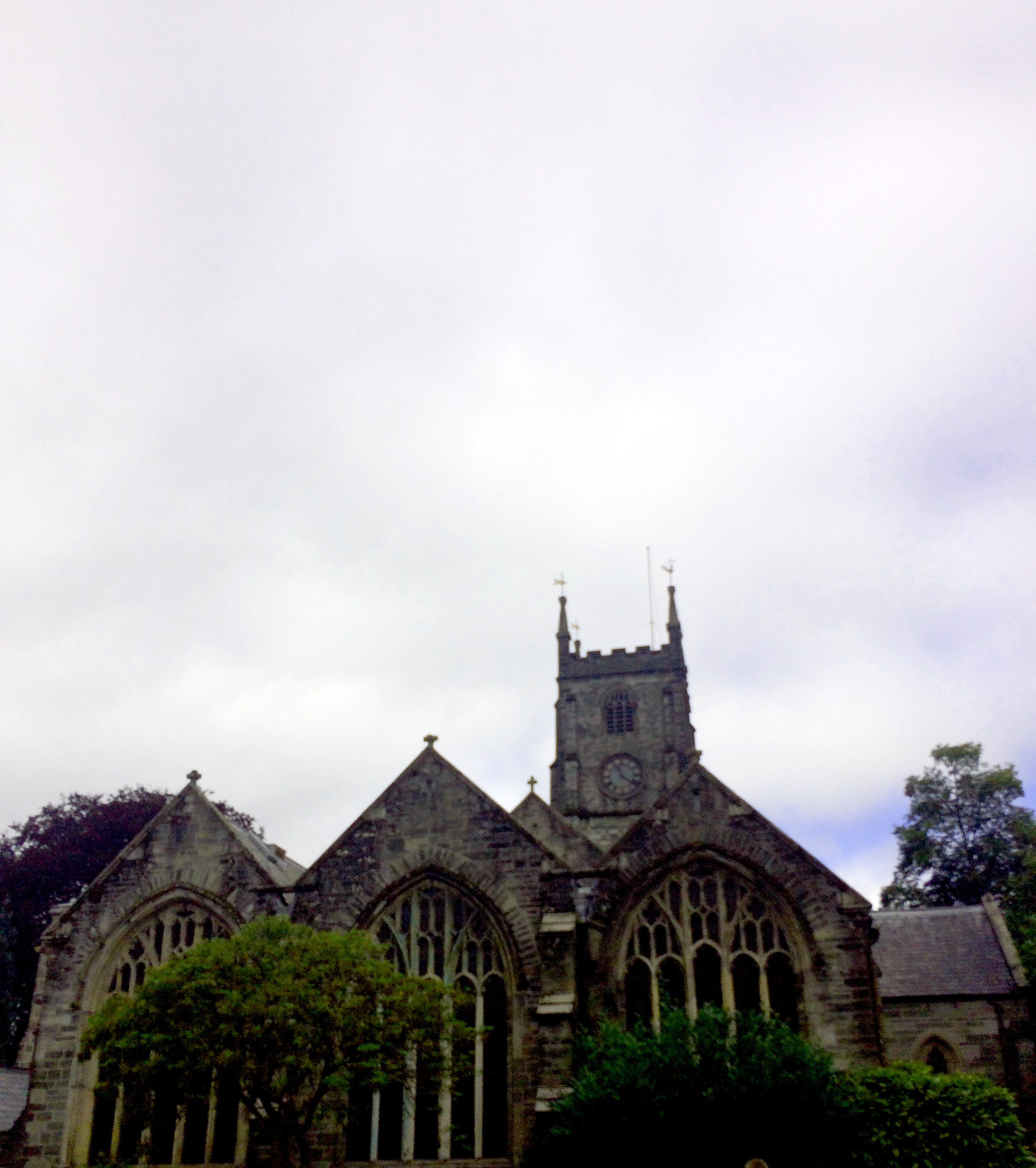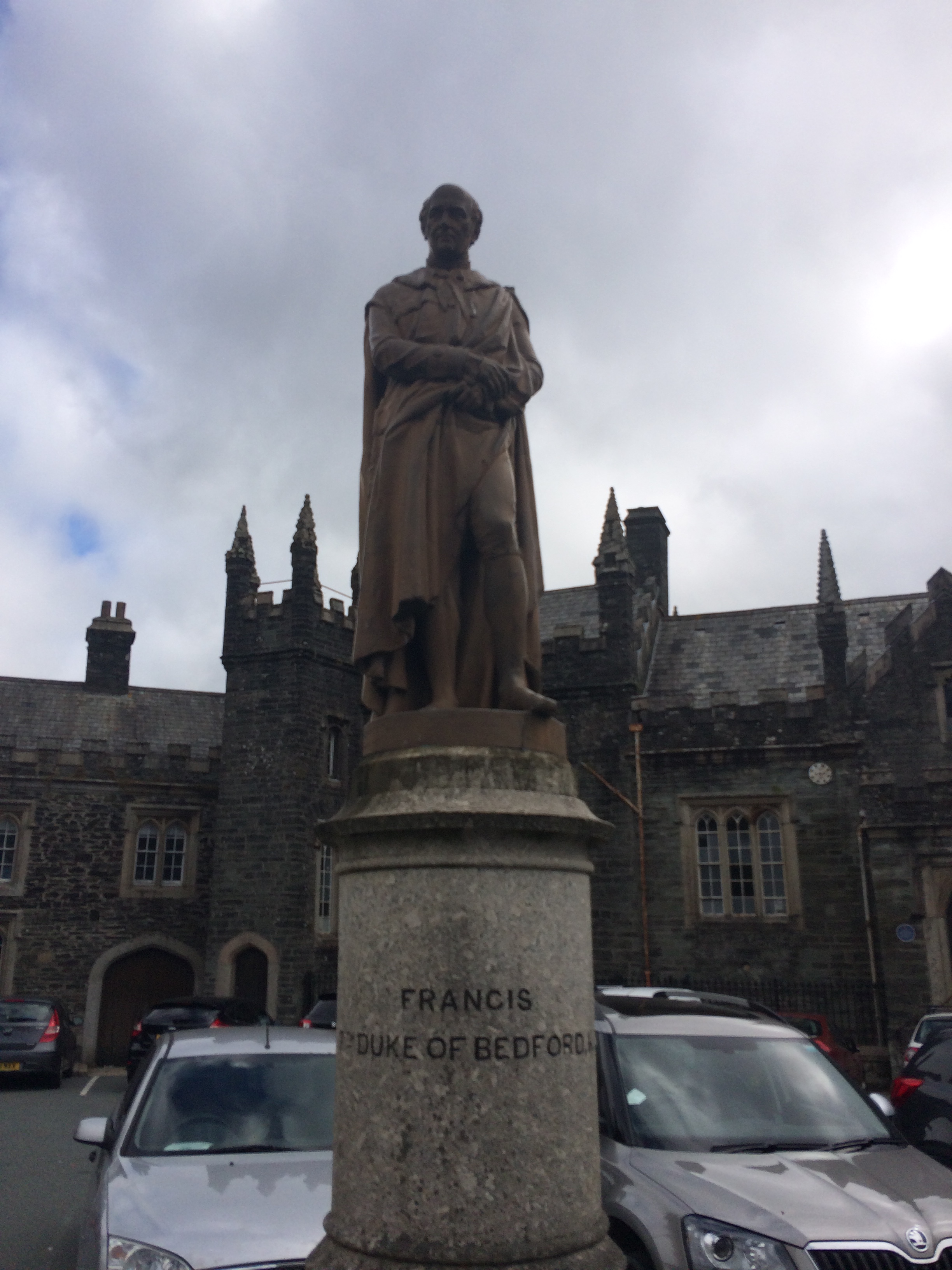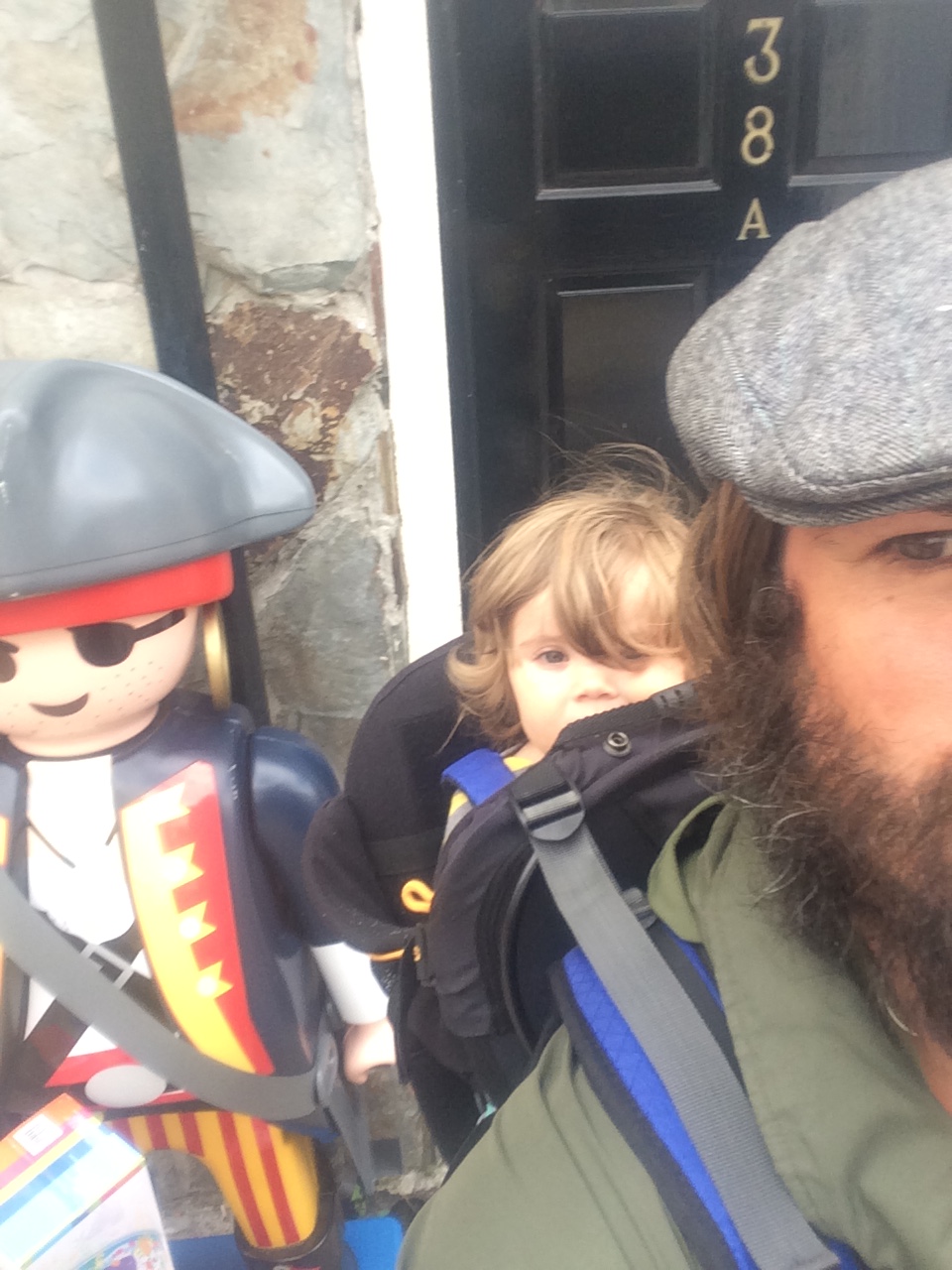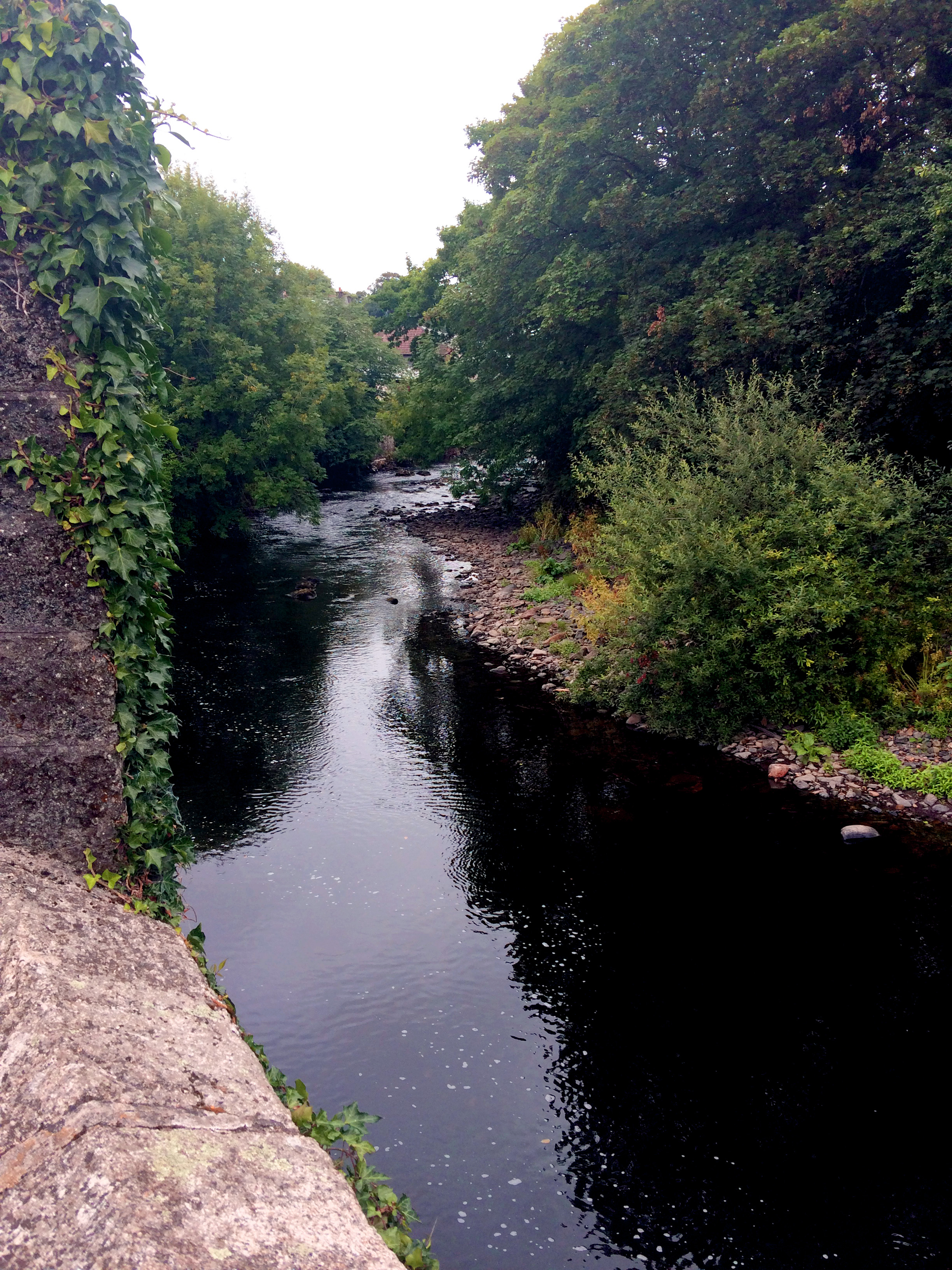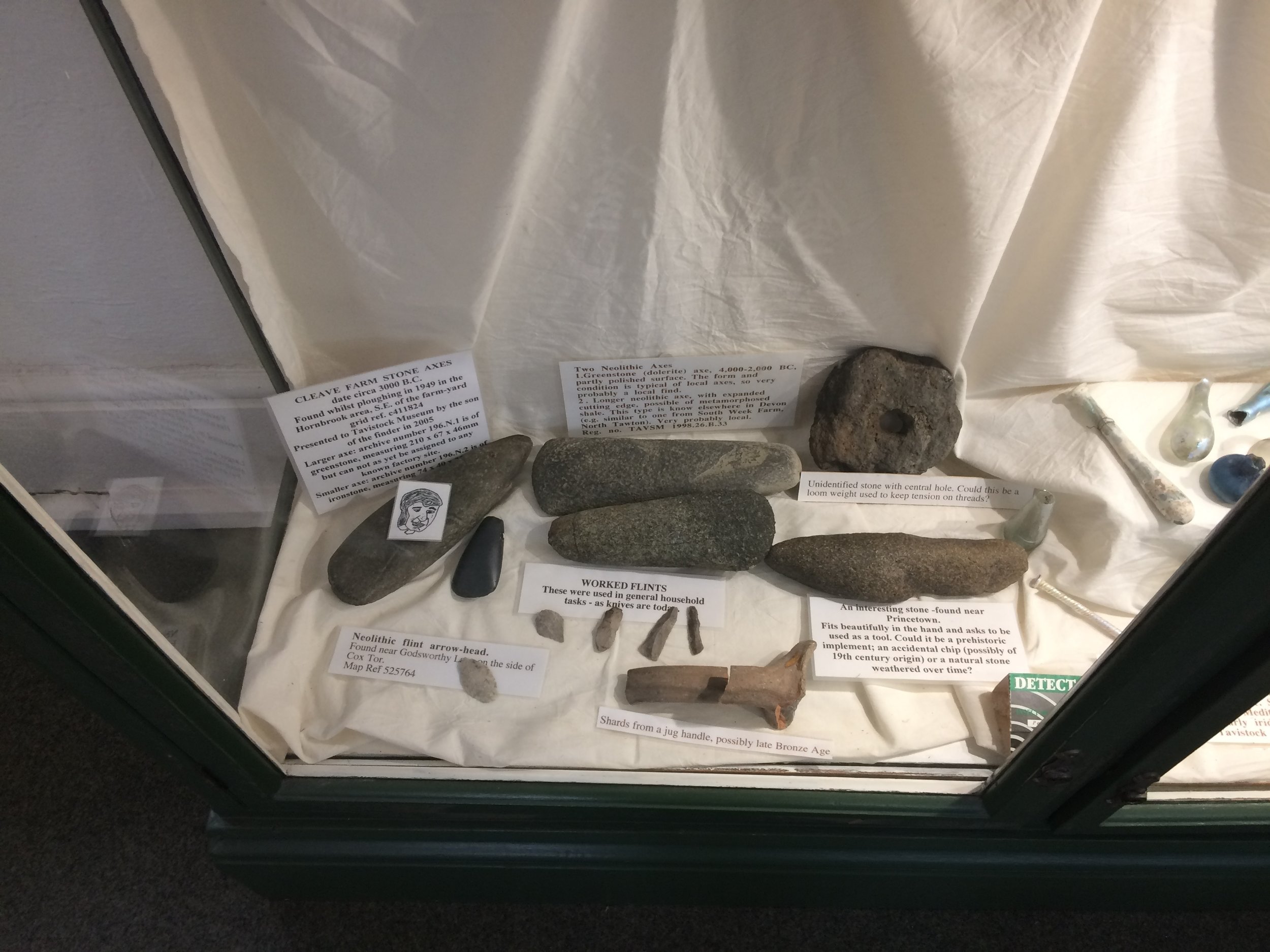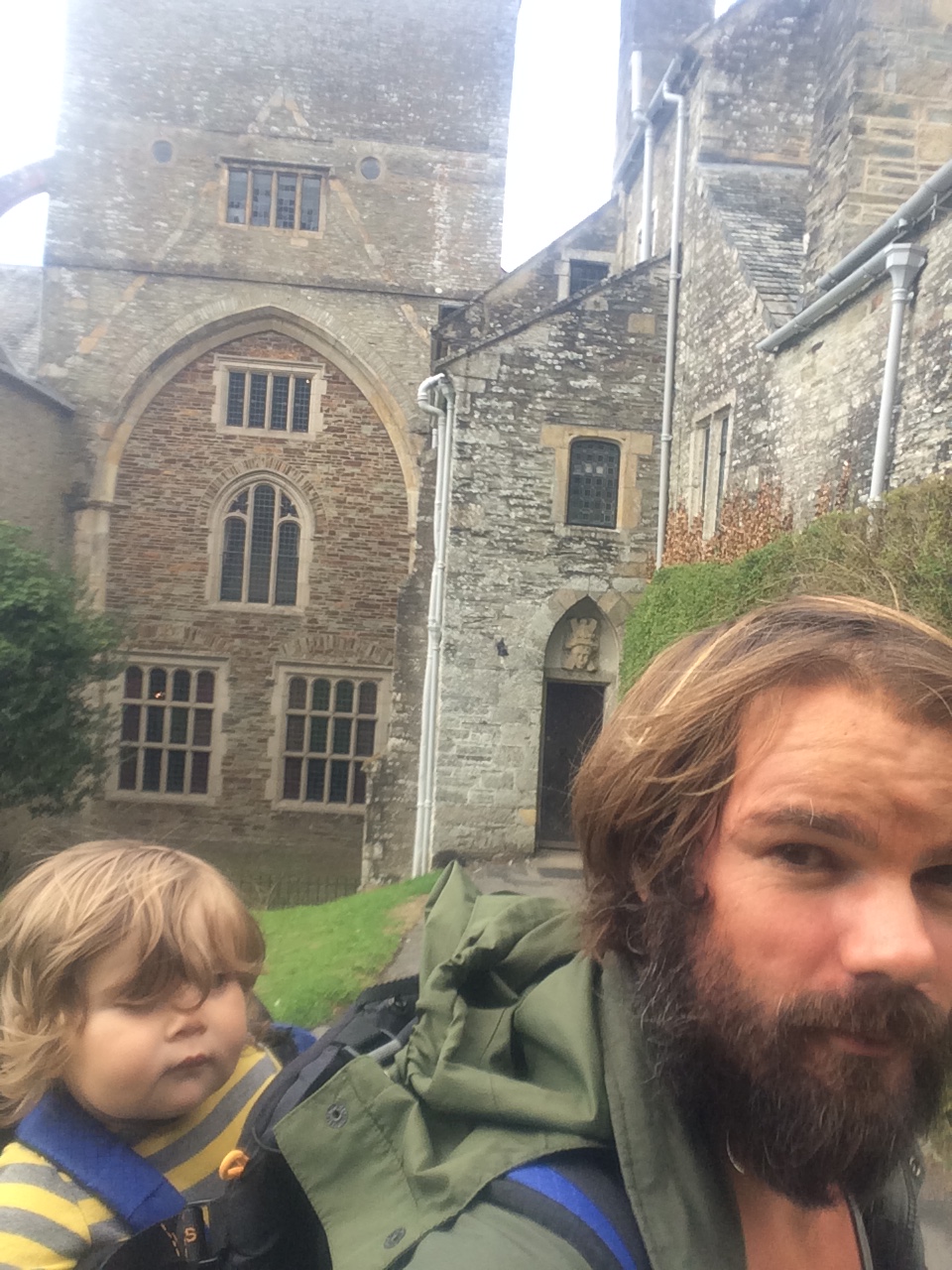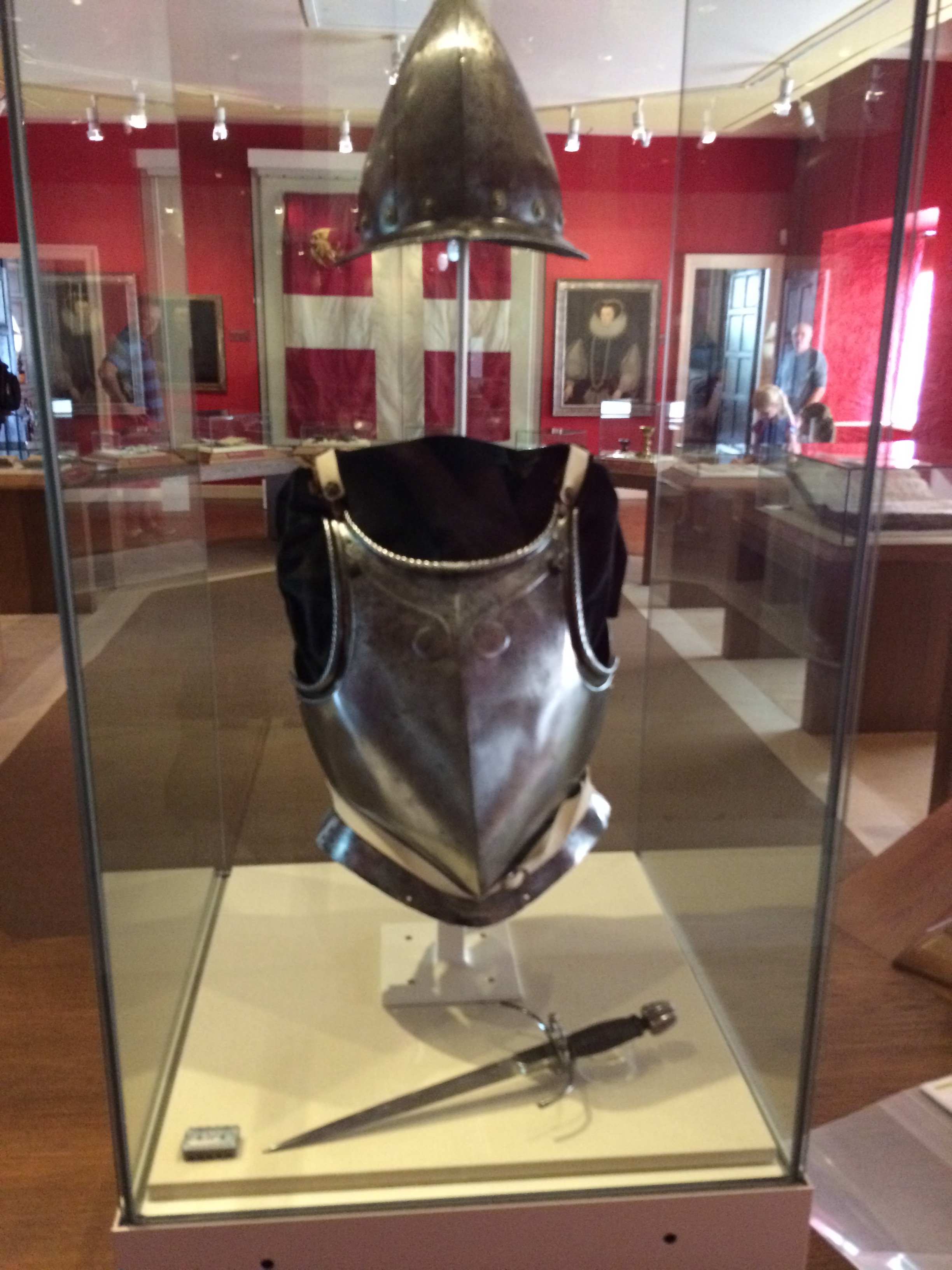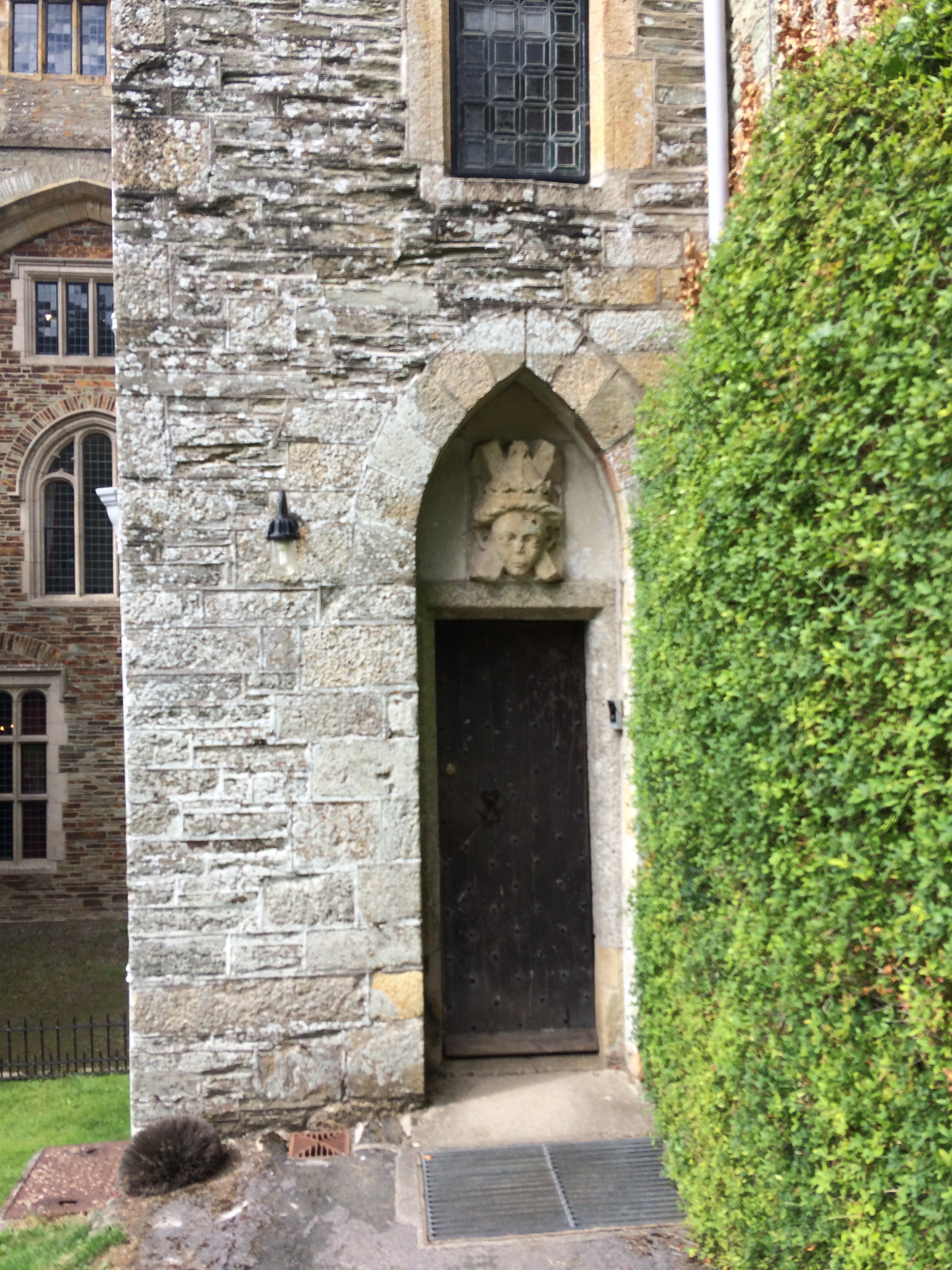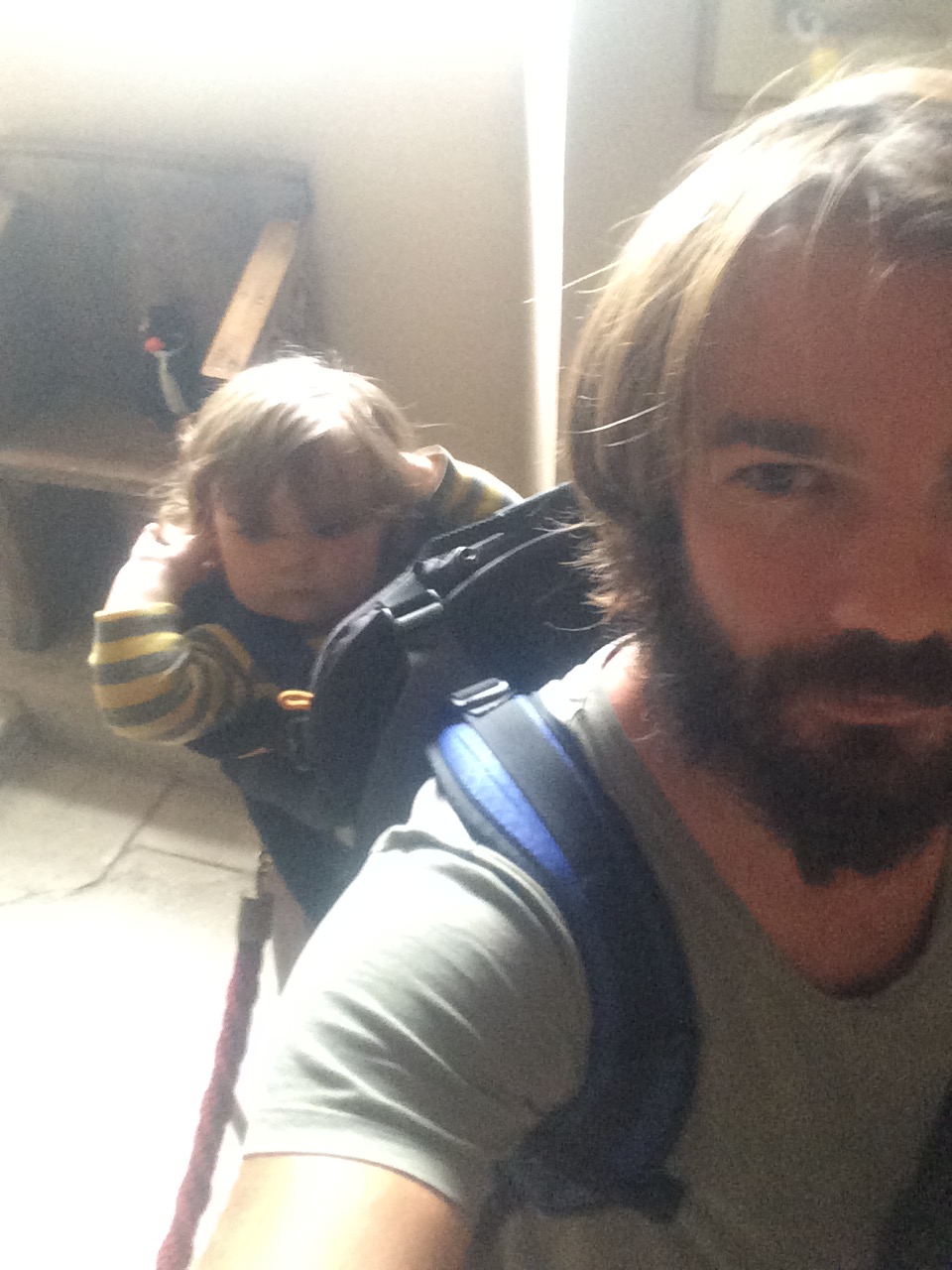We often opt for the lesser travelled path, for a little-known historical monument or an underappreciated ancient landscape. It is satisfying to explore the unknown, to venture beyond the obvious. There is a certain element of intriguing peril to it, the exhilarating anticipation of never quite knowing what to expect. It pounds the heart a little faster, fizzes the senses, accelerates the mind as we immerse ourselves, entering the brave world of the adventure action hero.
Then, some days we do not do that.
Some days we go all out, tacky tourist, history fanfam!
This was one of those days.
For years now we have known of the hugely popular, world famous, epic historical mega centres on our doorstep. There are loads of them. Kent is packed with historic houses. The proximity to the continent and to London have ensured a continued importance in this region. We constantly see the road signs as we drive around the county and always promise ourselves to “visit one day”, but schedules and distractions had always interfered, until now.
Finally, we ventured to that famous old family home, Hever Castle.
Of course, having had such a long time to plan a visit, we chose completely the wrong day! It was a special Mother’s Day adventure treat that we decided upon, which at first seemed like a lovely idea. But of course, we weren’t the only people to have that particular thought, and so from the very beginning, it was busy!
There were queues at the gates, masses of people streaming through the gardens, waiting for the facilities, packed into the cafes and shops. Thankfully, the grounds are extensive enough to accommodate such throngs, so wandering through the various elaborate gardens, mazes, water features and beautifully crafted landscapes was a thoroughly enjoyable experience. Audrey adored racing across the luscious lawns, up and down the rolling hills and through the plant peppered forests. The water maze added some slightly soggy excitement, whilst watching the archery was delightful fun, if sometimes slightly comical. Of course the promise of ice cream under the glorious spring sunshine led to smiles all around.
The house was a slightly different story. It was a little smaller than I had thought, having seen it in period dramas, documentary series and countless photographs. This is not a criticism, bigger certainly does not mean better in such architectural wonders and for a Tudor household it was still on a grand scale, I only mention it as it was my first impression, beautiful, stylish but smaller than I had imagined.
Then it became even more apparent as hundreds of us attempted to explore the narrow halls, compact rooms, and cosy corridors of the house. It is a truly stunning place, both inside and out. The décor is an astonishing mix of original Tudor and a stylish array of later additions. The walls are adorned with spectacular portraits, royalty and family staring down upon the countless crowds of visitors to the manor. The furniture is delightfully crafted and ornately decorated. Even despite the crowds, it was easy to feel the function of the place, and even to imagine living in such a building, with its politicised spaces and obvious impressions of power and importance.
Sadly though, with so many crammed inside, there was also a serious sense of claustrophobia. Impatience and frustration swelled as some moved slowly, some whizzed by, and others stood completely still, causing long queues and awkward shuffles. It is not quite so easy to imagine a sixteenth century saunter through the historic house when surrounded by protruding limbs extending smart phones, cameras flashing in all directions and the ambient audio of hundreds of voices chatting about their latest employment woes, dinner plans, drunken exploits and fashion faux pas… although to be fair, these may have been precisely the same conversations being conducted within these very walls five hundred years previous. Aisi sera groigne qui groigne!
Hever Castle began life following the Norman Invasion of England, as a Motte and Bailey castle, surrounded by kitchens, barns, stables and outbuildings. Around 1270 the castle was strengthened with a medieval gatehouse and walled bailey, owned by the 1st Baron Saye and Sele, James Fiennes. During the fourteenth century a moat, further defensive walls, towers, and the great hall were added to the property. A curtain wall surrounded a number of timber buildings, and the castle took on its familiar shape, though its image would have been rather different, as a bright, whitewashed fortress. The house continued to grow throughout the fifteenth century when it was purchased by its most famous family inhabitants, the Boleyn’s.
The Boleyn family seem to have their origins in Boulogne in France and moved to England in the years following the Norman invasion, setting up home in Norfolk, but they are best known for their association with Hever Castle. The property was converted into a manor in 1462 by Geoffrey Boleyn, adding a prominent Tudor building within the imposing castle walls.
Of all the eras of Boleyn residence, it is of course the sixteenth century occupants who attract the most attention in the pages of history. Thomas Boleyn inherited the house in 1505 and went on to live in Hever Castle with his wife, Lady Elizabeth Howard (of the very powerful, Tudor era, Howard family and herself lady in waiting to Catherine of Aragon) and their children, George, Mary and of course, Anne Boleyn.
Recent studies have highlighted modern parallels with life at Hever. During 1528, the country was gripped by the sweating sickness, a deadly disease sweeping through the population of the island, fatal to commoner and aristocrat alike. Hever was used as a quarantine for the Boleyn’s. Anne and several family members suffered with the sickness but were fortunate to survive it. Henry VIII even sent his second-best physician to aid Anne in her hour of need, his first choice being unavailable. We have always been at risk of fast spreading disease, something that all ages will likely experience and sadly, lockdown isolation is nothing new.
The story of Anne has been replayed in endless history books, novels, theatre, television programs, movies and more. The impressive rise from maid of honour to queen, and the dramatic plummet from favour to decapitation are engrained in the well documented narrative of British royal legend. It seems everyone has their opinion on whether Anne was a scheming control freak desperately climbing the social ladder of elite power, a cunning, stylish, ambitious image of sixteenth century power politics, a victim of petty and fleeting male obsessions, a pawn in a family playbook, a scapegoat in a wild and mentally unstable court, an innocent young girl who fell in love with the wrong man, or a little bit of it all?
It has been so widely discussed that I shall not venture into the lives of Anne Boleyn and King Henry VIII here, but merely direct any readers curious for more information on this most famous of tragic love affairs, to the multitude of reference materials available.
In all honesty, the volume of argument and discussion, media and mentions of Anne Boleyn has often put me off exploring the subject. Diving into to the minefield of opinion on every over analysed moment of her life seemed a little exhausting, but this apprehension was washed away a little upon visiting the incredible home of the Boleyn’s. Being able to walk in the spaces they frequented, see the rooms they lived within, the space not dissimilar from how it would have been half a Millenia ago, brought a human element to the story we had not encountered in Hollywood blockbusters and glamorous historical fiction.
Despite the spectacular fall from grace suffered by the Boleyn family, Hever continued to be an important residence after Annes death and was owned and occupied by a string of wealthy and important individuals through the centuries. This included another of Henry VIII wives, Anne of Cleves, who of course, managed to keep her head but not her crown. Anne of Cleves almost found herself embroiled in the infamous Wyatt rebellion, which rose nearby in Kent against bloody Queen Mary, but somehow, she seems to have avoided serious accusation.
After this, Hever was mostly the home of tenants who farmed the vast estates and worked the lands. It changed hands on a number of occasions but was rarely extended or renovated, allowing its historic fabric to remain mostly intact to this day. One interesting tale comes from the later history of the house. In 1808, a gruesome murder occurred on the estate. A possible love triangle led to the murder of John Humphrey Jr, shot dead as he walked along the footpath to the castle. His wife later married a certain local farmer who seemed to have more knowledge of the frightful business that he ought to have. It has been said, the ghost of John Humphrey Jr returned to Hever to haunt his wife and her new husband. Things became so bad at the castle that the local clergy were called in to exorcise the house with water from the red sea and wax candles.
We left the impressive house and its masses of happy tourists and made for an even more chaotic castle. The playpark!
Now, Hever Castle on a busy day can be overwhelming, but Tudor Towers… that place is pure bonkers! I mean, it is an incredible play space, as a four-year-old, I imagine I would have been in a medieval fantasy dreamland. As a forty+ year old however, desperately trying not to lose a wildly overexcited four-year-old whirlwind of energy, it is a very different experience! Audrey dashed through inner mazes, under tarpaulins and through tiny narrow tunnels, slides, and chutes, appearing in some random other location I had no idea how to find. Thousands of children raced manically through the dark echoey spaces, screaming and shouting, laughing, and screeching. It was a scene straight from my nightmares, I was losing my head... My child appeared one second, only to disappear completely the next! I am no doubt over cautious, Audrey had everything under control, and I did not see any other parents quite as terrified, but still, I needed a strong cup of tea and a long quiet rest after the ordeal!
Audrey absolutely, bloody loved every minute of it 😊
As we made our way back into the elegant gardens of Hever, enjoying tea and juice and the fresh spring air, a desire to sit, relax and perhaps eat dinner suddenly struck. A local pub was advertised just beyond the outer perimeter of the castle grounds, a rustic old building with an ancient charm. We made our way out of the gardens and to the pub, but alas, just as the house had been full to bursting, so too was the tavern. No space to even sit and enjoy a final drink in the medieval landscape. So, a little dejected and a lot exhausted, we made our way slowly to the car and made for home.
It had been a wonderful day, despite the crowds and the chaos, we had revelled in the famous home of historic legends. Hever is definitely worth a visit, probably more than just a visit! But perhaps hold out for a quiet spot on the calendar and avoid the better-known holiday options, if you can.
From our Archaeofam to yours,
La Plus Heureuse

